REWILDING SINGAPORE
NUS School of Design and Environment | Department of Architecture

LA4701 MLA Studio Quarter, 9 Aug - 22 Nov 2019
Bargotra Poornima | Cheng Jing | Chin Carissa | Dhuri Ruiee | Feng Zihan
Han Cong | Lim Wenfa | Lyu Jiawei | Rakholiya Ekta | Shao Zhongran
Tanaka Mamiko | Wang Haobo | Xiao Xinyan | Zhang Bingqian | Zhang Bingyi
Zhang Yifei | Zhong Yixin | Zhou Xianfeng |Zhou Zuyuan
Tutors: Hwang Yun Hye | Endo Kenya
As a studio product which is not censored, it may contain mistakes or deficiencies, and proposed ideas may not represent the positions of NUS.
Published by
CASA Centre of Advanced Studies in Architecture
Department of Architecture
School of Design and Environment
National University of Singapore
4 Architecture Drive
Singapore 117566
Tel: +65 65163452
Fax: +65 67793078
Copyright © 2019 Hwang Yun Hye and Endo Kenya (ed.)
ISBN: 978-981-14-4217-9
THE THIRD SERIES OF REWILDING SINGAPORE
REWILDING SINGAPORE studios pay attention to the ecological role of landscape architects in greening of Singapore beyond tidy appearance and maintainability The series of studios began with an understanding of spatial and temporal characteristics of the primary tropical rain forest – one of the most complex and exuberant ecosystems in the world – made up 99% of our island just a century ago. In the context of the compact tropical city, massive urban developments, disrupted and disconnected urban ecosystems are not avoidable but the urban environment alternative design strategies integrating forest ecology into the built environment.
IN THE STUDIO described in this book, 19 graduate students in the Landscape Architecture program, part of the National University of Singapore, worked to develop rewilding strategies for 12 landscape typologies within 1km radius of Central Catchment Nature Reserves (CCNR) over a 14-week period (Aug – Nov 2019). Work included preliminary research to understand theory eld trips to identify opportunities and challenges within the assigned typology, and design activities visualizing relevant concepts and operational systems.
MANY THANKS to the following collaborators: Dr. Shawn Lum (Nature Society (Singapore)) who framed the studio at the initial stage and guided us in CCNR through multiple eld trips; Dr Tan Puay Yok (NUS), Ms. Boo Chih Min (Camphora), Dr. Anuj Jain (BirdLife International) who provided fundamental understanding of the forest ecosystem of Singapore; Landscape architect, Ms. Evi Syariffudin, Ms. Liu Huei Lyn (PUB), Mr. Alfred Lee (STX), Mr. Ryan Shubin (RSD), and Mr. Tan Yit Chuan (NParks) for technical and practical advice to the projects; D r. Jessica Diehl (NUS) and Dr. Ervine Lin (NUS) who gave guest criticism and offered valuable advice.
THIS BOOK is a compilation of work from the studio. The first half of the book documents the sequential studio process with the studio chronology and the group’s site analysis to explain the context and motivate subsequent design topics. It goes on to describe eld trips and ends with design suggestions. 12 design outcomes appear in the second half of the book under the following headings: WILDLIFE MATRIX, COMMON GROUND, WILDING STREETSCAPE, CONNECTED LANDSCAPES, CLIMATE SENSITIVE TAGORE INDUSTRIAL ESTATE, SHOPPING IN THE FOREST, MIMIC A FOREST EXPERIENCE, TEMPORAL CONNECTIONS, FRAMING TIMELINE, RECONCILED LANDSCAPE IN HDB, WILDLIFE IN THE YARDS, and REFLOWING NATURE.
ections on the process. We hope the book will launch new discussions of alternative design approach of urban greening to address long-term ecological sustainability.
Hwang Yun Hye
STUDIO INTRODUCTION CHRONOLOGY
PRELIMINARY RESEARCH
PROPOSALS REFLECTIONS
5
6
STUDIO INTRODUCTION
Hwang Yun Hye and Endo Kenya
The tropical ecosystem is both highly diverse and structurally complex; 90 per cent of the world’s known species are found in the equatorial zone The vibrant and exuberant landscape results from a combination of geological conditions, historical geography, complex interactions between abundant flora and fauna, and a humid climate [i] In theory, a rich tropical rainforest can be grown from bare fertile soil within a century [ii]. From early Victorian naturalists to modern-day ecologists, investigators have highlighted the optimal tropical conditions of the Southeast Asian region for seed propagation and plant growth, and its complex interactions that result in an abundance and diversity of species Yet this aspect of the landscape has been de-emphasized and underappreciated in the contemporary landscape architectural industry and practice of the region
St Situated 1° north of the equator, Singapore is a biodiversity hotspot despite its small size of 719 1 km2 In his documentation of Singapore’s history, Moore talks about the vivid, full-of-life landscape of the early twentieth century, when the vegetation growth seemed almost perceivable ‘in every single moment’ [iii] However, the intended and unintended consequences of drastic land transformation during the periods of colonization and rapid economic development heavily eroded the coverage and diversity of greenery across the city-state [iv]. As a consequence, primary rainforest remains on only 0 16 per cent of the total land cover [v] The ever-shrinking remaining secondary forest is also being usurped by swathes of manmade nature, which is highly engineered and heavily managed Open lawns and single-tiered vegetation with biotic homogenization constitute the majority of urban greenery in Singapore. These tidy forms of greenery are the by-product of the deliberate greening policy established by the nation in the 1960s the Garden City vision which emphasized giving visitors and investors a clean and favourable impression of the country [vi] Regrettably, with the loss of the biodiversity of the rainforests, ecological services have been heavily diminished, to the detriment of the city. Urban greenery has been noted, however, to have the capacity to be an important determinant of the ecology of a city [vii], and the utilization of urban greenery in this manner is essential in space-scarce, compact cities
m, is a means of restoring both the physical and ecological landscape. ven now, the cityscape is not as homogeneous as it may appear. Ingo high biological richness occurs across a wide variety of novel ecosystems in cities ecological, environmental, and social values of urban wilds have been detailed in some studies and others note that wild greenery plays multiple roles in urban landscapes and is temporally and spatially dynamic e that as it may, the process of its creation is less documented and less accepted by the general public, given the current predisposition for manicured urban greenery ban space
Sites I Central Catchment Nature Reserve (CCNR) is selected as a "L anding" site and serves as a point of reference for all design activities sites selected should be inspired by findings from the forest/wetlands and its surrounding context Students should choose his/her own site in one of green spaces typologies in Singapore, based on problem statements and topics arising during the research period, aided by the various design exercises and input sessions.
7
How can we accumulate ecological value for existing urban green space aside
Design questions | from simply pledging areas for green? Can we be more actively involved in selecting more ecologically valuable landscapes through multiple scale analysis? Given the city’s development requirements, how could initial landscape planning be guided towards a more ecologically sustainable direction? Can landscape architects propose design prototypes that can infuse greater ecological functions and diversity into the urban context? How can design promote a healthier lifestyle that is closer to nature for city dwellers? The studio seeks to answer these questions by devising new strategies and design applications of ecological principles, predicated on deep awareness of the multi-faceted nature of our city landscape and the intricate feedbacks between social and ecological factors in the city.
The studio aims to highlight the value of natural resources and
Design principles and approach | ecological services, and propose ways to integrate them into our urban environments. We capitalize on the academic nature of the studio to develop ideas and schemes free of restrictions commonly faced in the practice, and beyond any constraints of political correctness. Multiple issues such as identity, multifunctionality, and livability will be examined. Students are also expected to develop their ability to read existing landscapes, to assess the environmental impact of design and planning decisions, and to convert their vision into a feasible landscape architectural form. In this studio, we also emphasize the importance of designing with reference to principles. Specifically, we look to the field of urban ecology to provide guidelines and tenets for formulating design strategies and proposals. As a starting point, we present a set ecological urbanism concepts and their design implications proposed by Spirn [xii]; Cities are habitats; Cities are ecosystems; Urban ecosystems are connected and dynamic; Every city has a deep structure or enduring context. However, these are not meant to serve as design restrictions and limitations, and students are encouraged to also read and reference other materials to guide their project
Studio structure I This is the first studio in Master programme of Landscape Architecture with participants from fourth year in NUS architecture and graduates from other universities in bachelor of Landscape architecture or associated fields. The 14-week period consists of 3 weeks of preliminary research to understand site context, with in-depth input sessions from professionals and field trips to identify problems and challenges. The next 3 weeks are devoted to applied research activities (including site observation & measurements, interviews with residents and other relevant persons, and detailed mappings) to acquire relevant knowledge while building design strategies. The last 8 weeks focus on design application, which will culminate in a convincing design solution for the issues identified by the individual designers. A group of experts including ecologists from the Nature Society Singapore and National Parks Board, housing planners from URA, and NUS MLA lecturers will assist students in avoiding the pitfalls of shallow and superficial interventions in this academic exercise. Students will be tasked to work as individuals and in groups according to the requirements of each stage of the studio. Designers may end up with an individual project or small group projects after discussing with tutors.
8
There are two exercises; 1) Exercise 01_ Infographics of tropical forests: based on the given theory of urban ecology, translating your understanding of the scientific knowledge into artistic drawings of tropical forests (Refer to what a Prussian geographer, Alexander von Humboldt did [xiii]). The knowledge must be based on published data and information. B/W, 1 A0 posters; 2) Exercise 02_Landscape typologies as potential design sites: collective understanding of various landscape typologies in terms of contexts, functions, and systems.
There are two important reviews; 1) Interim review to assign typology and to finalize issues; 2) Final review to assess design tactics and development. Submission format and requirement will be announced prior to one week in advance of each submission
[i] Peter Shaw Ashton, On the Forests of Tropical Asia: Lest the Memory Fade (Richmond: Kew, 2014).
[ii] M. Poffenberger and B. McGean (eds.), Communities and Forest Management in East Kalimantan: Pathway to Environmental Stability, Centre for Southeast Asia Studies, Research Network Report no. 3 (Berkeley, CA: University of California, 1993).
[iii] Donald Moore and Joanna Moore, The First 150 Years of Singapore (Detroit: Donald Moore Press, 1969).
[iv] Yeow Chin Wee and Richard Corlett, The City and the Forest: Plant Life in Urban Singapore (Singapore: Singapore University Press, 1986).
[v] Alex Thiam Koon Yee et al., ‘The Vegetation of Singapore—an Updated Map’, Gardens’ Bulletin Singapore 63/2 (2011), 205–212.
[vi] Neo Boon Siong, June Gwee, and Candy Mak, ‘Growing a City in a Garden’, in: June Gwee (ed.), Case Studies in Public Governance: Building Institutions in Singapore (London: Routledge, 2012), 11– 64.
[vii] Marina Alberti, ‘The Effects of Urban Patterns on Ecosystem Function’, International Regional Science Review 28/2 (2005), 168–192; Mary L. Cadenasso and Steward T.A. Pickett, ‘Urban Principles for Ecological Landscape Design and Maintenance: Scientific Fundamentals’, Cities and the Environment (CATE) 1/2 (2008), 4–16.
[viii] Ingo Kowarik, ‘Urban Wilderness: Supply, Demand, and Access’, Urban Forestry & Urban Greening 29 (2018), 336–347.
[ix] Norbert Kühn, ‘Intentions for the Unintentional: Spontaneous Vegetation as the Basis for Innovative Planting Design in Urban Areas’, Journal of Landscape Architecture 1/2 (2006), 46–53; Peter Del Tredici, Wild Urban Plants of the Northeast (Ithaca: Cornell University Press, 2010); Michael McKinney, Ingo Kowarik, and Dave Kendal, ‘The Contribution of Wild Urban Ecosystems to Liveable Cities’, Urban Forestry & Urban Greening 29 (2018), 334–335.
[x] Caragh G. Threlfall and Dave Kendal, ‘The Distinct Ecological and Social Roles That Wild Spaces Play in Urban Ecosystems’, Urban Forestry & Urban Greening 29 (2018), 348–356.
[xi] Joanne Yu Ting Khew, Makoto Yokohari, and Toshinori Tanaka, ‘Public Perceptions of Nature and Landscape Preference in Singapore’, Human Ecology 42/6 (2014), 979–988.
[xii] Spirn, Anne Whiston. ‘Ecological urbanism: A framework for the design of resilient cities (2014).’ The ecological design and planning reader. Island Press, Washington, DC, 2014. 557-571.
[xiii] Von Humboldt, A., & Bonpland, A. (2010). Essay on the Geography of Plants. University of Chicago Press.
9
CHRONOLOGY 15 August-22 November 2019
The studio started off with the orientation of studio “Re-wilding Singapore” by tutor, Ms Hwang Yun Hye, associate professor and Mr. Endo Kenya followed by intorduction to the entire semester ’s schedule.



Introductory seminar was provided by Dr Tan Puay Yok throwing insights into vegetation cover and ecological networks in Singapore. This learning was further more enahnced by Ms. Boo Chih Min (Camphora) who provided us the in-depth understanding of Forest dynamics vs Manicured landscapes.


15 August Studio Orientation
19 August CCNR Orientation and Field Trip
Dr. Anuj Jain provided insights into Biomimicry and gave a presentation on the Human and wildlife interactions followed by introduction of Ecological Design Projects by studio tutor After the presentation, eld trip with Dr. Shawn Lum, President of the Nature Society Singapore, to learn more about forest ecology
12
The students had a pin-up of their group works for the Exercise 01, presenting work-in-progress drawing of four major topics covering Topography & Soil, Habitat, Water - Nutirent Cycle and Human Activity
26 August Exercise 01 pin ups & discussion
2 September Exercise 01 & 02 presentation
The students had a pin-up of Exercise 01 presentation and Exercise 02 group screen presentation for the typology study
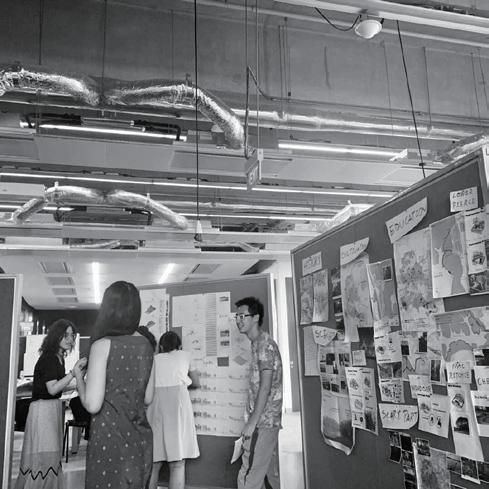
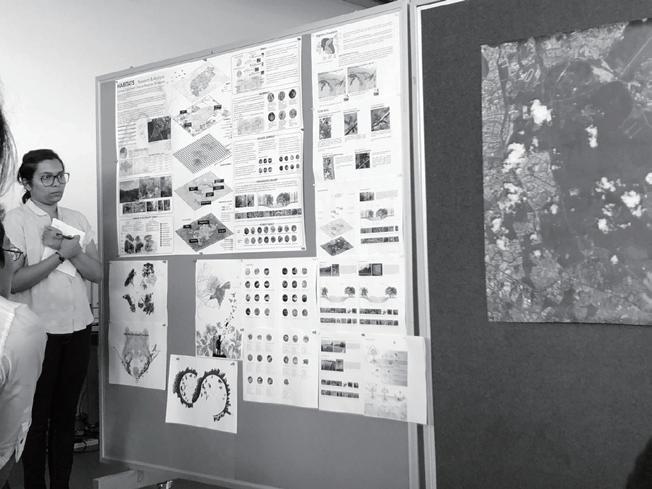

13

14

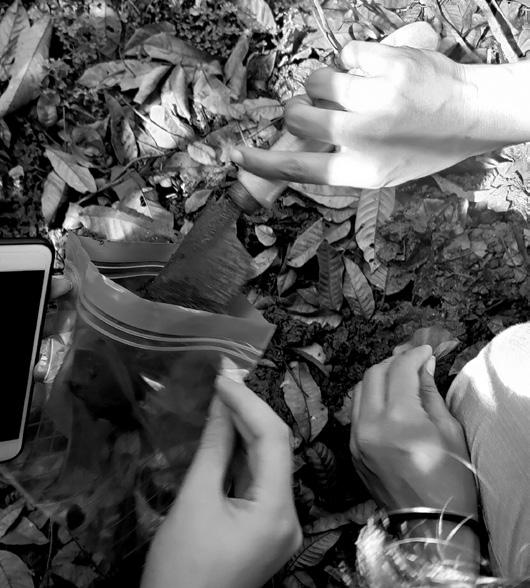



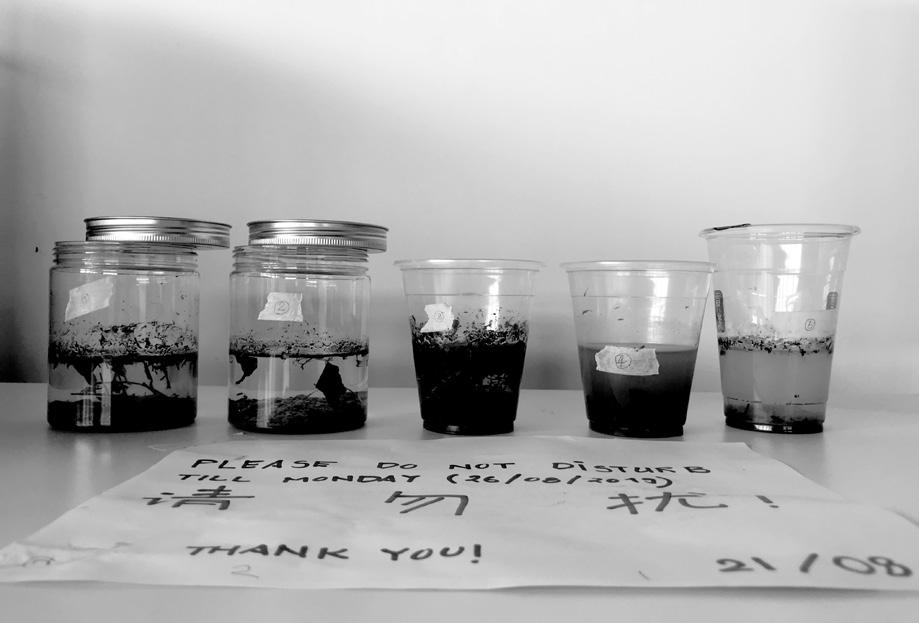
15
The students spend time to have a longer discussion with studio tutors regarding project direction towards mid-review preparation.
9 September Issue & site selection presentation
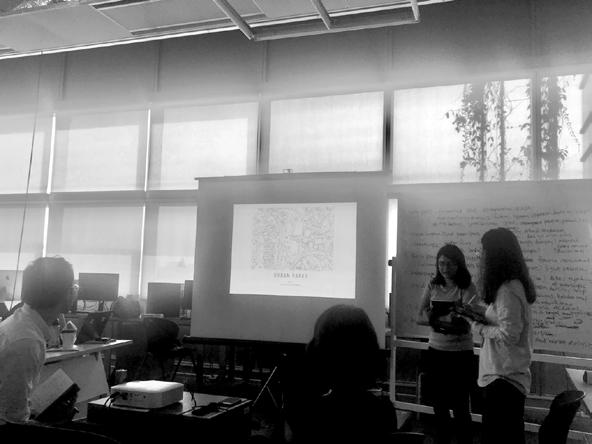
16 September Mid-review preparation
In preparation for the upcoming mid-review,each studnet had a series of personal consultations with our tutor; which included typology studies, sites and design approach.


16
Four guest reviewers were invited for the Mid Review, namely, Dr Anuj Jain (BirdLife International); Dr Tan Puay Yok, Dr. Shawn Lum (Nature Society Singapore); Dr Ervine Lin (NUS) landscape architect Ms. Evi Syariffudin; The reviewers gave us advice in diverse aspects regarding our typology research, site selection and design approaches.
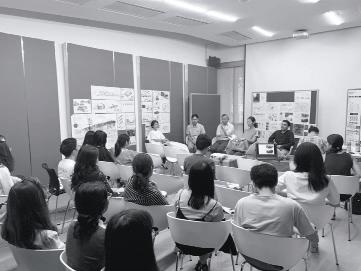
24 September Mid Review


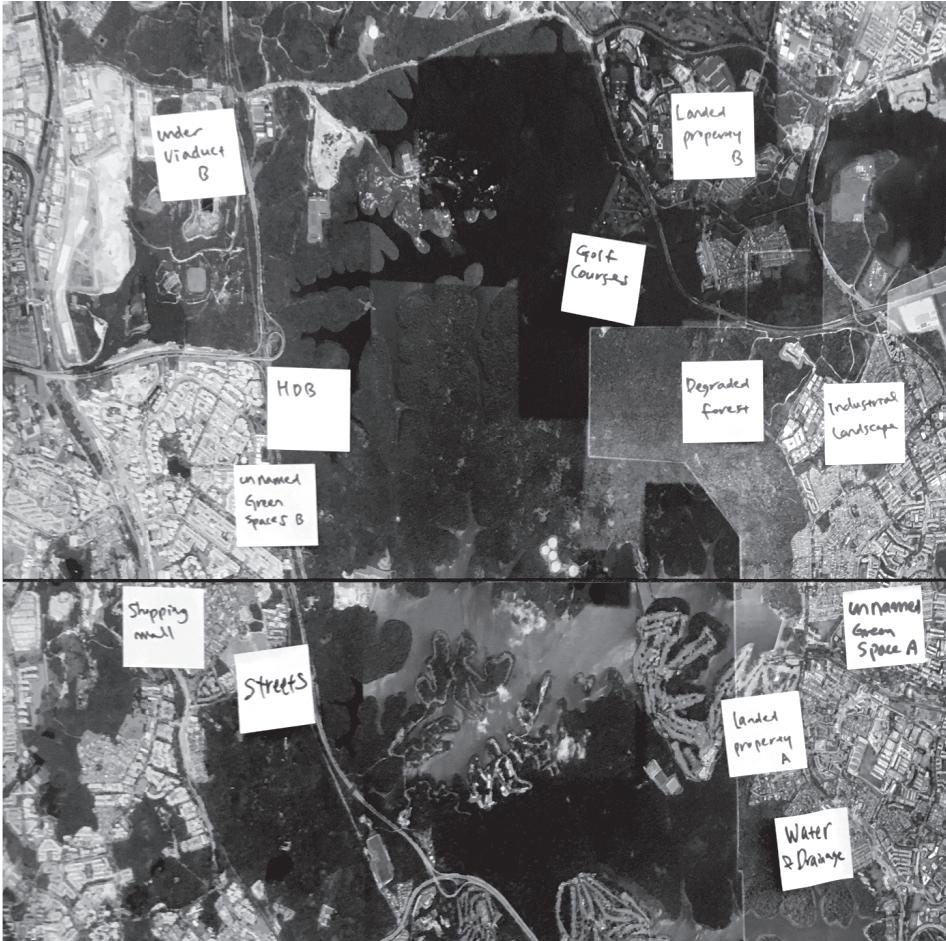
We divided the design site of buffer area into two parts, and conducted site vist led by Ms. Hwang Yun Hye and Mr. Endo Kenya respectively
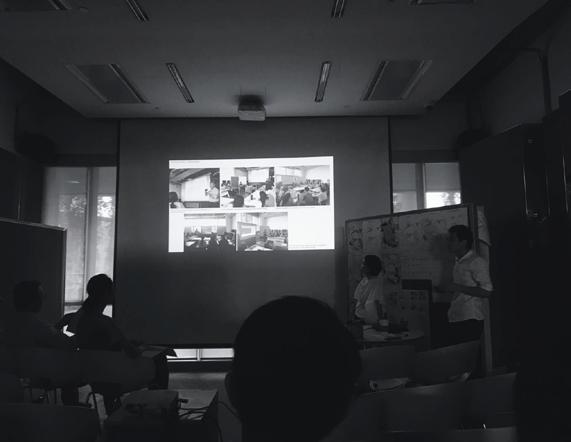
17
30 September Site visit with the tutor
The groups shared their problem statements, design approach and physical model. This was followed by more in-depth site analysis being presented during each studio session. Each person or group was to come up with their individual problem statements with regards to the site and data gathered.
1 October-3 November Design development
4 November Interm review
Each of students had a 5-mins presentation with site introduction (with models) and plans with overall plan (master plan), supportive materials and narrative. Some guest reviewers were invited to give technical and practical advice to the projects; Ms. Liu Huei Lyn (PUB), Mr. Ryan Shubin (RSD), and Mr. Alfred Lee (STX).


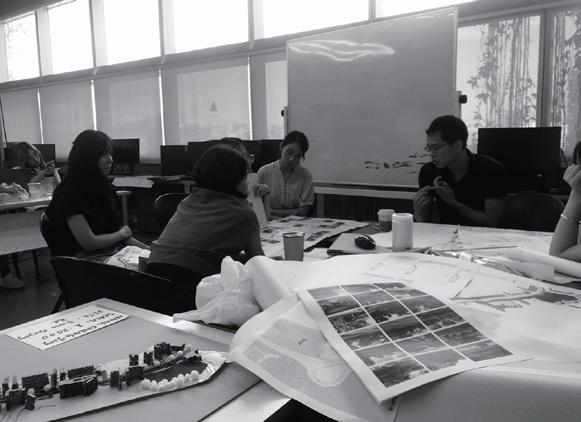
18
consultation.
5-21 November Individual consultation

22
November
Final Review
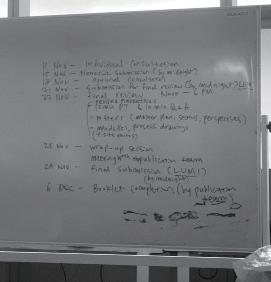
During the Final Review, 5 external reviewers were invited. They were Dr. Tan Puay Yok, Ms. Boo Chih Min (Camphora); Dr. Ervine Lin (NUS). Dr.
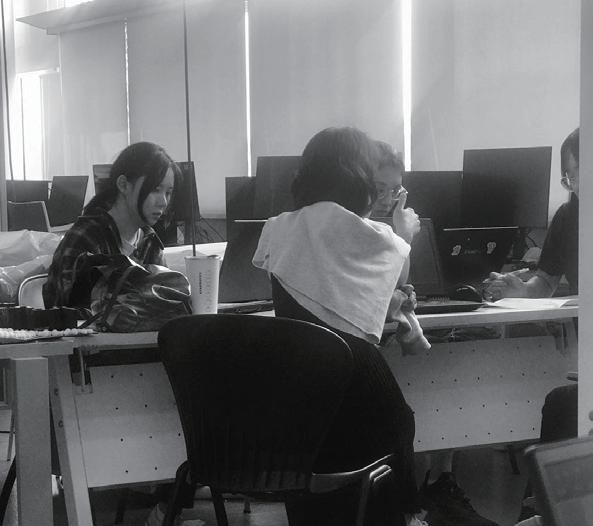
19
Jessica Diehl, Mr Tan Yit Chuan (Nparks);






20
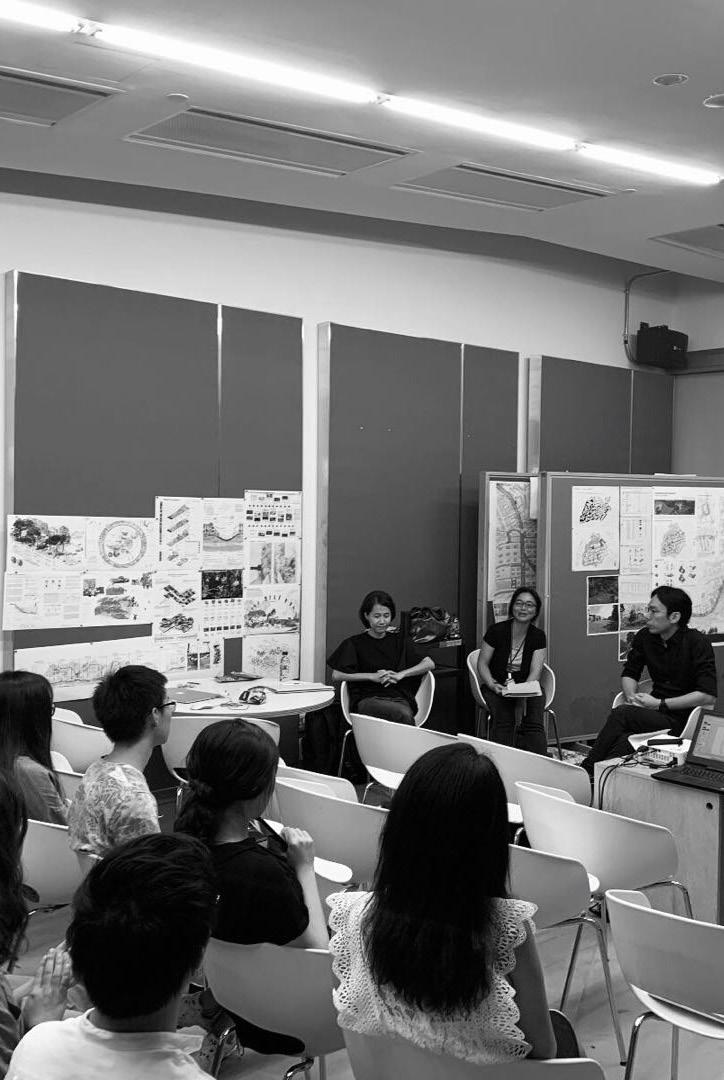
21
INFOGRAPHIC OF TROPICAL FORESTS
Based on the given theory of ecology, translating understandings of the scientific knowledge into interpretative drawings of tropical forests.
Topics investigated into were:
Topography & Soil Habitats
Water & Nutrient cycle
Human activities
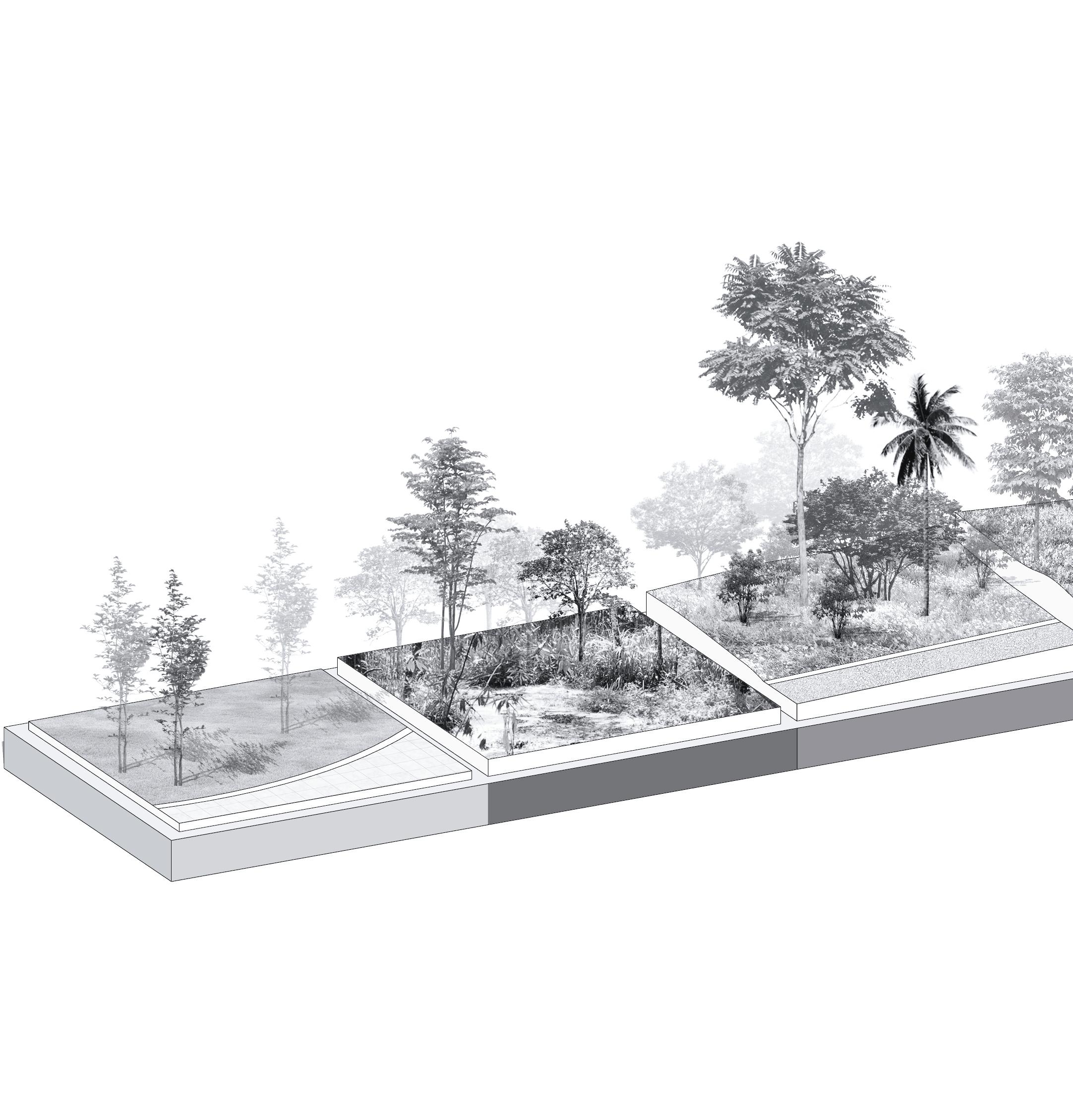








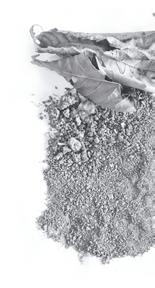







24 Forests Condition Humidity 76.7% big small 89.7% 75.6% 85.6% 75% Particle Comparison Humus branch big leaf small leaf animal
3.nearprimaryforest one hour later one day later muddy very loose and can't processed into any shape beige 1 1 1 2 2 3 3 4 4 5 5
SOIL IN DIFFERENT FORESTS
5.springleafpark(manmade)4.swampforest
TOPOGRAPHY AND SOIL
2.mature secondary forest




Soil Analysis

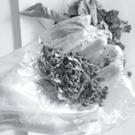

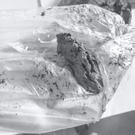

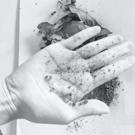
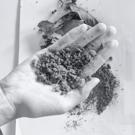




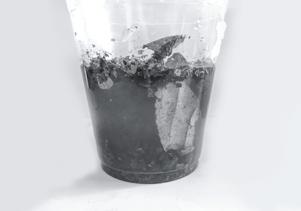




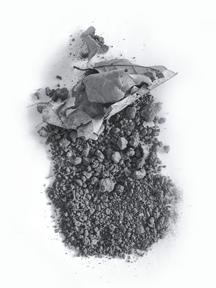
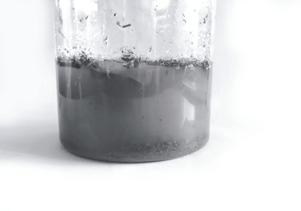
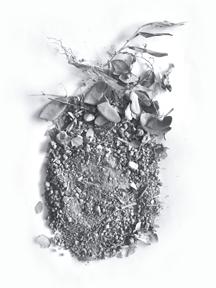









25 75%
Upper Seletar Reservoir Springleaf Nature Park Carpark Central Catchment Nature Reserve 1 2 3 4 5
1.carpark(manmade)
Texture Touch Sense Stratifi cation
muddy muddy muddy clean branch, big leaf can't be shape
animal soil brown dark brown dark brown black 2 3 4 5
very loose and can't be processed into any shape Individual grains of sand are readily felt and seen form a wet block and can be processed into any shape loose and sticky can be processed into some shapes samll leaf
MICRO-ORGANISMS AND BACTERIAL COMMUNITY
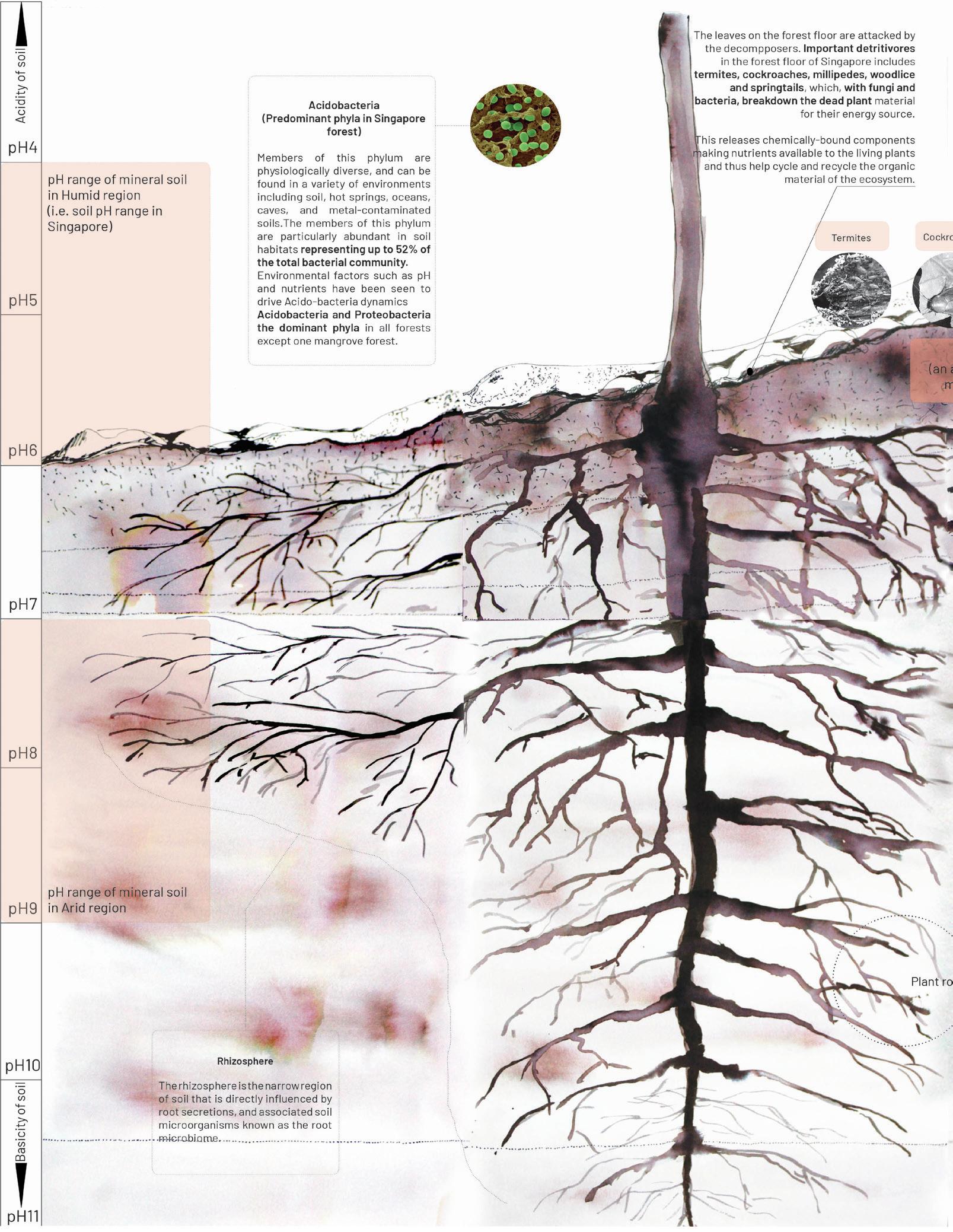
26
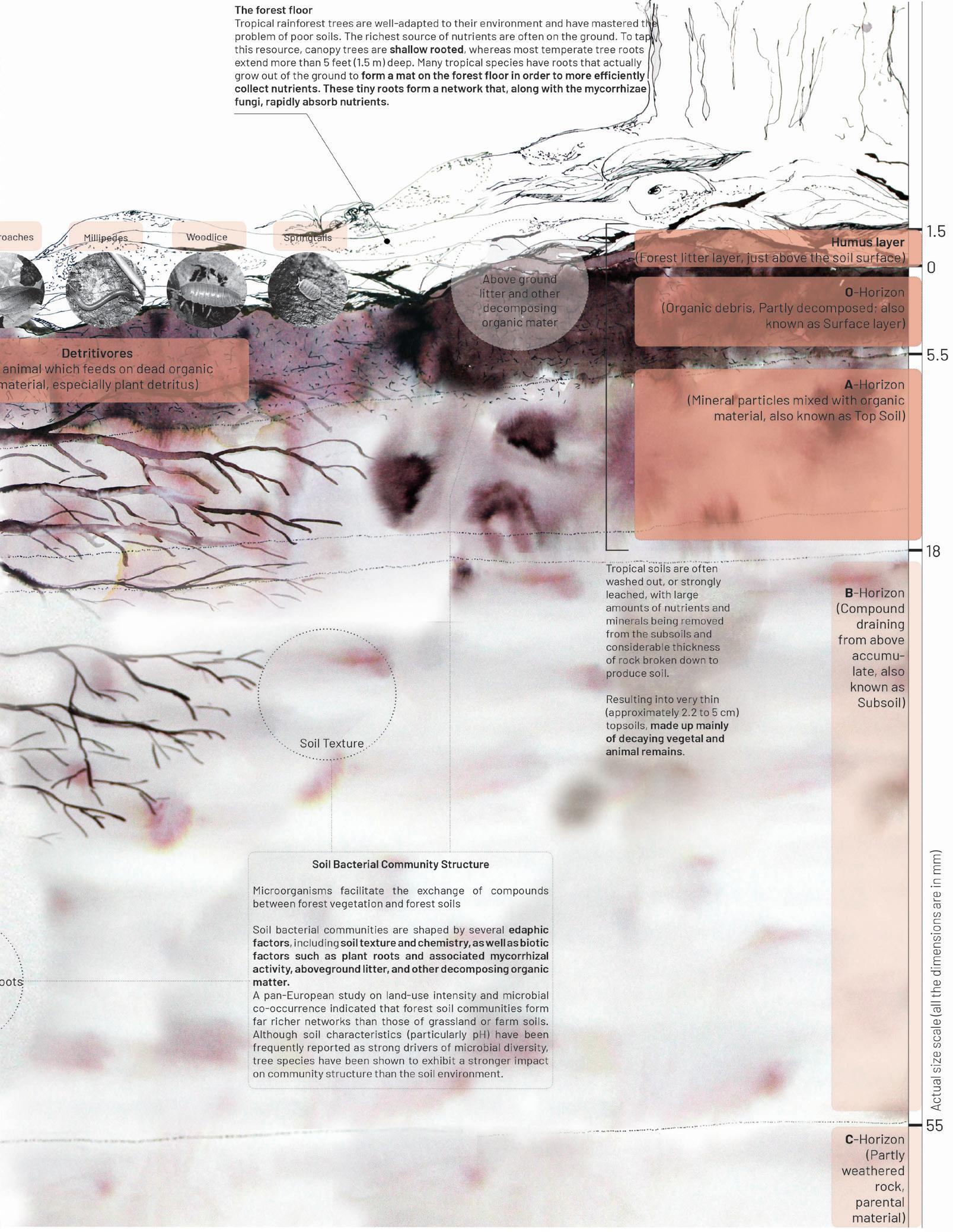
27
syncline
Bukit Timah fault scarp
igneous rock (Bukit Timah 4 km 2 km 1 km 1 km anticline
Weathering grades
GV (Completely Weathered) GIV (Highly Weathered)
GVI (Residual Soil)
GIII (Moderately Weathered)
GII (Slightly Weathered)
Bukit Timah Granite
Age: early to middle Triassic (250 – 235 my)
Rocks: predominantly granite; granodiorite, adamellite, and diorite
surface layer (O horizon) topsoil (A horizon) subsoil (B horizon) parental material (C horizon) bedrock (R horizon)
Mineralogy: quartz (30%), feldspar (60-65%), biotite & hornblende (<10%)
Texture: medium to coarse grained, light grey but sometimes pinkish
faultSeletarstructure
Surface Typology

primary forestsecondary forest wetland forest water
Residual soil Completely weathered Highly weathered Moderately weathered Slightly weathered Fresh rock 3 km
6 km 3 km
5 km 2 km
Seletar fault structure
4 km
faultNeeSoon structure
Hindhede Quarry Hindhede Quarry Singapore Quarry Upper Peirce Reservoir Upper Peirce Reservoir Bukit Timah Hill 0 m -10 m -20 m -30 m -40 m Bukit Timah Hill elev.: 135 m AMSL avg. depth≈9m 42 m AMSL 30 m AMSL Riverbank Flatland Forest Topsoil Weathering Plant Key factors Topsoil Weathering Plant Key factors Topsoil Weathering Plant Key factors Topsoil Weathering Plant Key factors thin topsoil slightly weathered lithophytes human activities medium topsoil highly weathered primary forest topography thick topsoil highly weathered wetland / manmade hydrology thick topsoil highly weathered secondary forest organisms
Soil Profile Variation of the thickness of layers 0 0-5 5-10 10-15 GVI thickness GV thickness Depth to rockhead (m) 15-20 20-25 25-30 30-35 >35 10% 40% 70% 20% 50% 80% 30% 60% 90% 100%
GI (Fresh) granite) 0
SOIL AND TOPOGRAPHY FORMATION
LANDFORM AND HYDROLOGY



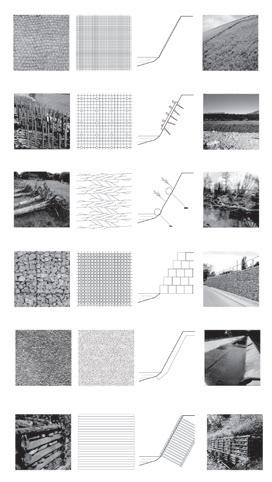












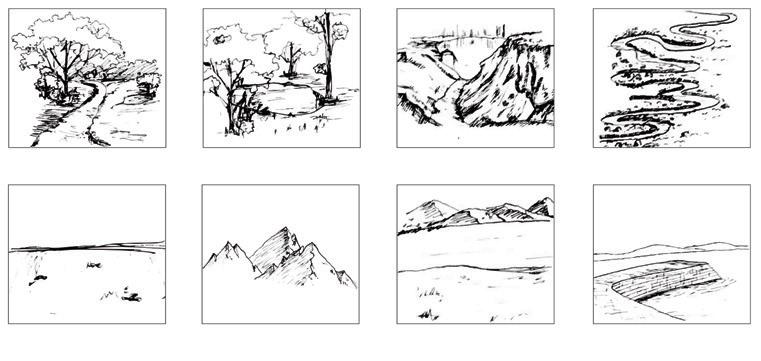
29
Initial Stage downward erosion and traceability Medium Stage(1945) Downward erosion Maturity Stage(2019) Side erosion CONTOUR LINE SLOPE HILLSHADE CCNR contour line CCNR 0-2% 2-5% 5-8% 8-15% 15-30% 30-60% 254 0 NATURAL RIVER LANDFORM RIVER PLAIN POND HILL GOLLY ALLUVIAL PLAIN MEANDER DAM COIR GEOTEXTILE GARBION PILED STONE ECOLOGICAL CONCRETE BRUSH MATTRESS CONCRETE GROUTED RUBBLE ECOLOGICAL BAG ROOTED COMPOSITES WOODEN FRAME WALL DRY RUBBLE MATERIALS IN RIVER BANK MAN MADE RIVER LANDFORM WATER IN THE SOIL O Organic A Surface B Subsoil C Substratum R Bedrock Underground water <0.2cm 0.3-1m <1m bed bed load stream bed gravity gravitational water hygroscopic water hygroscopic water hygroscopic ater ground water Transpiration atmosphere rainfall water vapor capillary water capillary ater SOIL HORIZON SOIL HORIZON RIVER EROSION UPSTREAM MIDSTREAM DOWNSTREAM adhesion Hygroscopic Water water soil particle pore Capillary Water cohesion gravity Gravitational Water adhesion ●thin film around soil particle ●unavailable to plants ●exist in soils with few pores(ex: clay) ●the main water available to plants ●exist next to the roots ●can turn into gravitational water ●free water ●can't be absorbed by plants ●drain down rapidly into groundwater Gravitational water Capillary water Hygroscopic water
NUTRIENTS AND ELEMENTS IN FOREST SOIL

30
Distance
Aquatic Species:
NNSF contains 48%of the primary freshwater fish, 71% of amphibians, 28% of the reptiles and 34% of the avian fauna of Singapore. Important species in terms of basal area were Pometia pinnata, Palaquiwn xanthochymum,Mangzfera griffithii, Gluta wallichii and Strombosia ceylanica. Corner
Soil Composition:
Coarse-grained sand;Organic matter; leaf; silty; rocks; peat; wood dust.
NEE SOON SWAMP FOREST
NNSF: 479 hectares approx.
Swampy area in NSSF:50 hectares approx
The NSSF is connected in the lower reaches two freshwater reservoirs (Upper Seletar Reservoir and Lower Seletar Reservoir) via spillways and canals, with the Upper Seletar Reservoir being the nearer reservoir.
A water pipeline linking the Upper Seletar Resevoir with the Lower Peirce Reservoir also runs through the NSSF. The vegetation in the NSSF consists of primary forest as well as mature secondary forest , with the plant community being adapted to the waterlogged and hypoxic substrate present. Canopy cover is generally high, except at the edges of the NSSF where there has been greater human influence.
Underground
Distance to Reservoir —
Periodical Flooding: rainfall
spill-over of floodwater from adjacent rivers and streams groundwater fluctuations
Ph mesurement and Nutrients:
Stream water and soil water lay in the range 4.6-5.5, mean 5.2. With soil PH at 5 cm depth to be lower, 4.04.5.

31 Species Richness Distribution of streams in NSSF
L 3 L 1 L 2 L 1 U 2 U 1 M 2 M 1 Lower 1 Lower 2 Lower 3 Mid 1 Mid 2 Mid 3 Upper1 Upper2 Streams Firing range Water supply pipeline Upper Seletar Lower Peirce Upper Peirce
FOREST DRYLAND FOREST SLOW-FLOWING STREAM
freshwater swamp forest Canopy
+ Rainfall
of floodwater from adjacent rivers and streams
Primary freshwater
71%
Avifauna PH 4.6-5.5;mean 5.2 Silt substances — Water supply pipeline Above ground Water supply pipeline Below ground PH 4.0-4.5 5cm Depth+ Coarse-grained sand Organic matter leaf silty rocks peat wood dust Groundwater fluctuations 20-40m
and anoxic soil
DRYLAND
Development
cover
Spill-over
48%
fish
Amphibians 28% Reptile 34%
Waterlogged
of
Bedrock Lake muds Thin layer
peat
water Mineral soil
Width+
—
to Reservoir
1 2 3 2 2 2 1 3 3
HABITAT
PRIMARY AND SECONDARY FOREST
PRE-DEVELOPMENT SINGAPORE
Multiple layers, complex structure;


forest floor, understorey, canopy &




















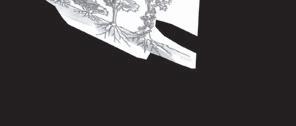

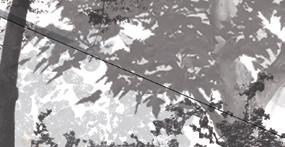

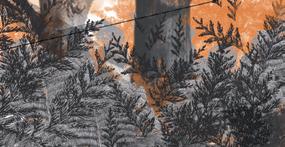





emergent layer


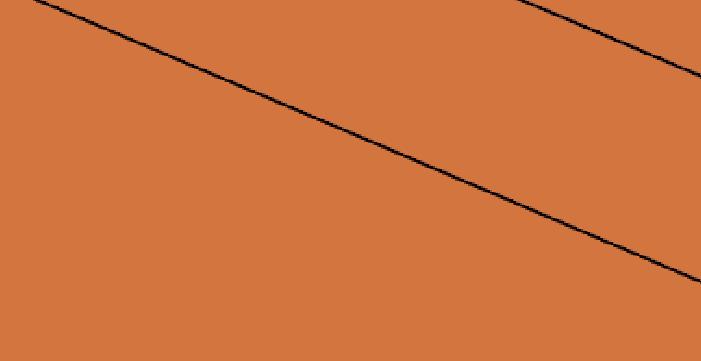










Usually trees with bigger fruits.
Artocarpus spp., Dipterocarpus spp., Gluta


Angiopteris evecta, Anisoptera megistocarpa,

WOODY CLIMBERS:SHRUBS & UNDERSTOREY: Tacca integrifolia, Selaginella willdenowii
Bauhinia semibifida
wallichii, Macaranga spp., Shorea spp., Freycinetia sumatrana var sumatrana
NATIVE SECONDARYDOMINATED FOREST





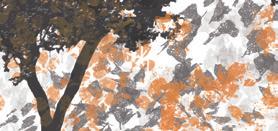


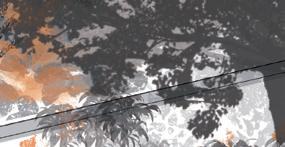

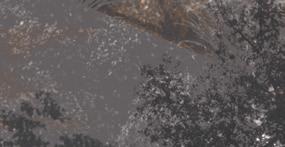

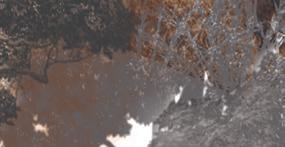
SECONDARY
HUMAN PLANTED FOREST
Late Successional
Structurally similar to primary forest,













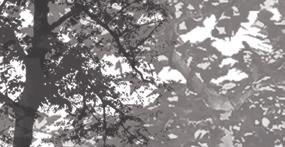



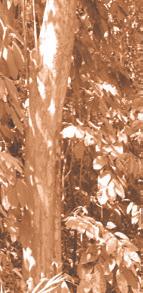

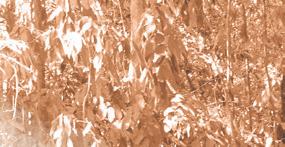
PRIMARY FOREST PRIMEVAL SINGAPORE angustifolia, Campnosperma auriculatum, Litsea
less diversity of emergent & canopy
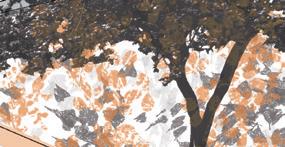
Adiantum latifolium, Artocarpus dadah, Artocarpus rigidus, Asplenium nidus, Baccaurea parviflora,

. Usually trees with smaller fruits.
da var. semibifida, Blechnum orientale, Calophyllum spp., Cyathea latebrosa,
Davallia denticulata, Dipteris conjugata, Macaranga spp., Molineria latifolia, Ophioglossum
Source: Garden’sBulletin, Singapore
pendulum, Platycerium coronarium, Pteridium aquilinum, Pteris ensiformis, Taenitis blechnoides

Percentage breakdown of totalSingapore’s land area Nature
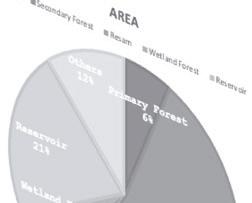


Vegetation percentage breakdown of CCNR
Source: NatureSociety, Singapore
BTNR
1950
elliptica, Rhodamnia cinerea, Syzygium Agrostistachysgrande borneensis, Anisophyllea disticha
SHRUBS & UNDERSTOREY: Agrostistachys
Adinandra dumosa, grande
A






























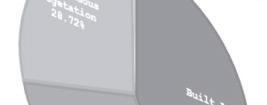



















































































































































































































































































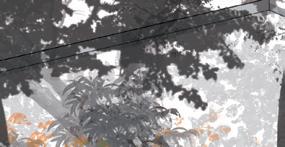











Abandoned Plantation
but and


ABANDONEDSECONDARYPLANTATION FOREST
ABANDONED LAND LEFT TO REGROW
ABANDONED
Look out for & rubber trees! A mix of




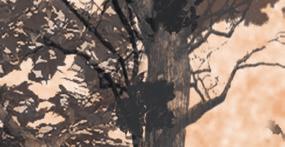





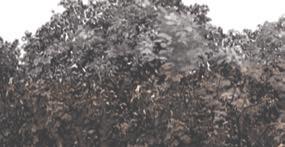

Kampung Plantation
MIX OF FRUIT, PLANTATION & NATIVE SPECIES
TIMELINE OF PRIMARY & SECONDARY
native and exotic species.
Durio zibethinus
rates campanulata, Aglaonema commutatum, Dieffenbachia seguine, Heliconia spp
: Durio zibethinus, Nephelium lappaceumORNAMENTAL PLANTS: Spathodea








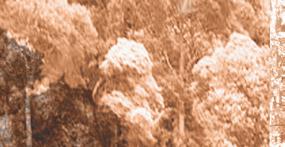
WASTE SECONDARY ABANDONEDMAJORITY

Abundance moluccana) easily,
TREES: FalcatariaAcacia leucocephala, SHRUBS (mainlyPennisetum maximum
32
@ UPPER SELETAR @ MACRITCHIE
Shorea
Gluta wallichii
Durian fruit
disticha
Macaranga spp.
spp.
Alstonia angustifolia
Macaranga spp.
Angiopteris evecta
dried
to lower
High density & variation of shrubs
leaves due
decomposition
Nephelium lappaceum
Piper sarmentosum
An abundance of Epiphytes such as Asplenium nidus in primary forests
and
Angiopteris evecta
Common species found in forestssecondary
30m
Historical use of a plantation, therefore the main canopy species are remnants from the



























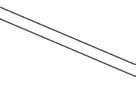

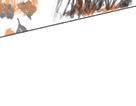
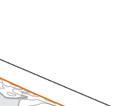
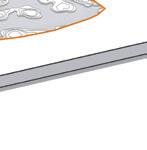



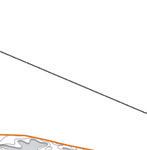














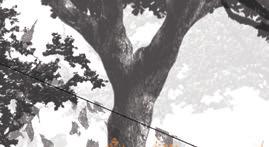

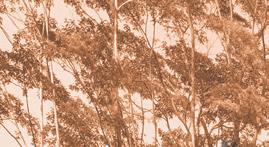











20m
10m






Understorey & Forest Floor
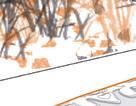
MANDAI PRECINCT & ZOO DEVELOPMENT: Construction could affect groundwater quality, disrupt habitats and species and raise noise and vibration levels.
KEY TAKEAWAYS































Although secondary forests generally contain less species compared to primary forests, they can still be important for the conservation of biodiversity, especially in Singapore. Rewilding is not just “greening”, it’s designing for the future by choosing the right species that can create a diversity & add value to the eco-system.
Fragmented Forest Patches






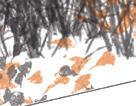
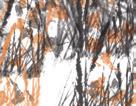



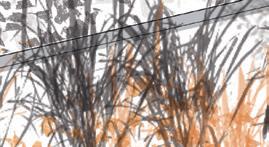







The vegetation of CCNR is not homogenuous, it is a mix of different types of forests due to human intervention, thus creating a fragmented forest. The fragmentation limits species distribution & is highly exposed to urban invasion. We cannot afford to fragment it further.

Waste Woodlands: First to go!
Future plans for housing/commercial/mixed recreational development in the area between Upper Thomson

MAJORITY OF EXOTIC SPECIES


LAND IN SMALL FRAGMENTS

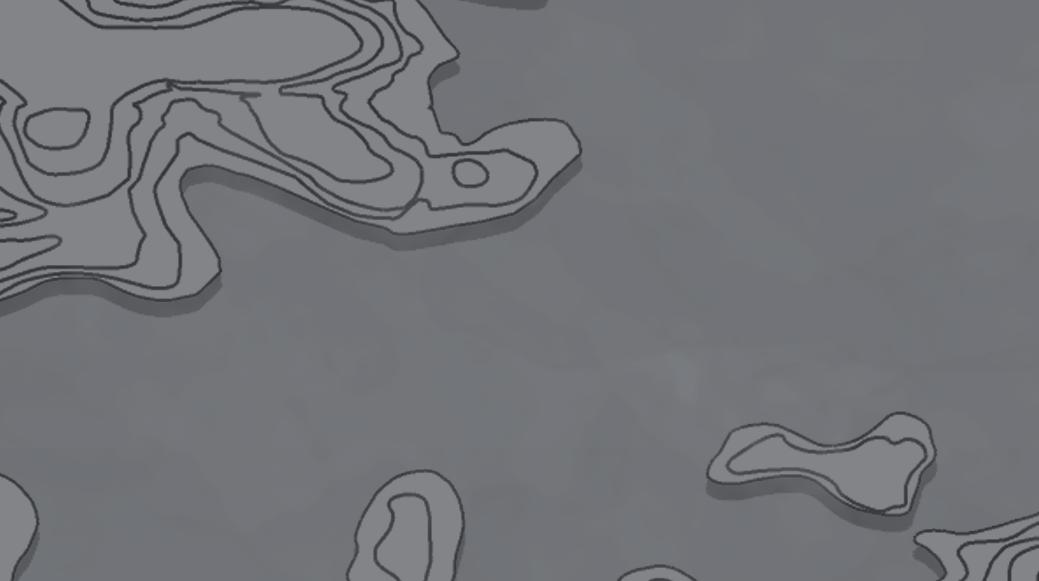







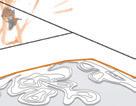

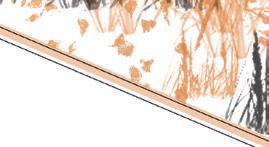
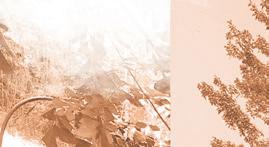
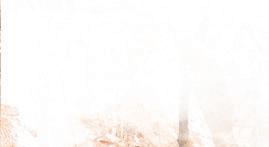
&PRESENT FUTURE CCNR
Cross Island Line to cut through CCNR


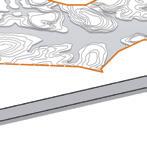


Abundance of Albizia (Falcataria moluccana) Warning: They break
General location of Primary Forests

keep distance!
Acacia leucocephala,moluccana,auriculiformis,Leucaena
Mimosa pigra (mainly exotic species): purpureum, Panicum









WASTE SECONDARYWOODLANDFOREST FOREST TYPE ABOUT IDENTIFICATION
KEY SPECIES

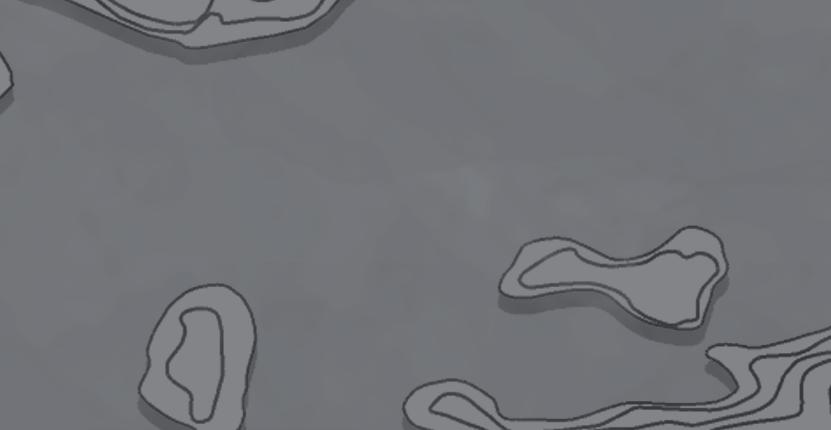

FRAGMENTED FORESTS


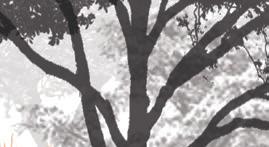


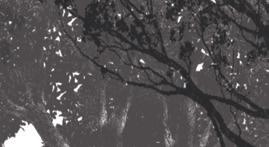

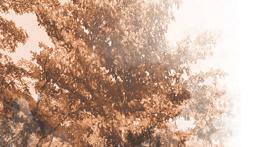



33
Canopy Layer Emergent Layer @ OLD UPPER THOMSON @ SPRINGLEAF PARK Bukit
Nature Reserve MacRitchie upper seletar reservoir lowerreservoirpierce
Timah
Falcataria moluccana
Pennisetum purpureum
Panicum maximum
Acacia auriculiformis


34 MAMMALS
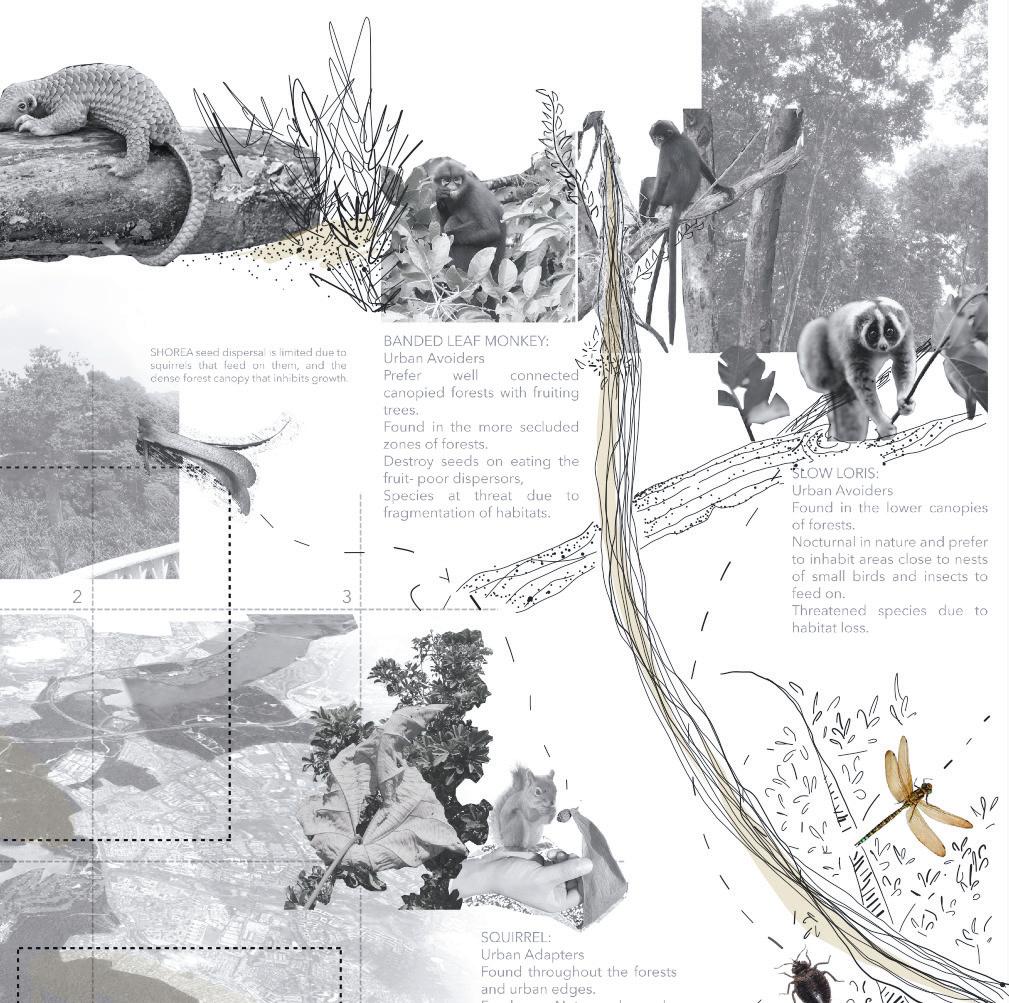

35
FRESHWATER FISHES
Of the 8 000 or so freshwater species, over 1000 species are found in South East Asia, a very high density and richness by any standard. Of the many groups of fishes, only the bony fishes (as opposed to those with cartilaginous or “soft” bones like sharks and sting rays) are present in Singapore freshwaters. These fishes also have typical fins which have many spines and rays.

However, human activities have greatly affected the survival of aquatic animals. The introduction of alien species and the change of habitat environment brought by urban construction have led to the destruction of the numbers of the balance of species.

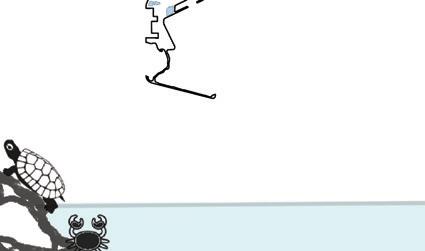

8000 1000 about 86











freshwater species in the whole world

freshwater species in South East Asia


most of them living in
freshwater fishes present in Singapore CCNR
About 10 kinds of animals


About 8 kinds of animals
About 86 kinds of animals




About 30 kinds of animals
About 30 kinds of animals
36
1 2 8 9 3 4 5 6 7 10 11 seconderyconsumers seconderyconsumers bacteria bacteria producers producers tertiar consumers tertiar consumers primar consumers primar consumers phytoplankton phytoplankton decomposer & detritus feeders decomposer & detritus feeders Number of species normally situation (The closer you get to the top the number of species decreases (The Species Numbers began and become unstable) When one of the variables
Activities
Human
Dissolved oxygen levels in water depend, in part, on the chemical, physical and biochemical activities occurring in the water. Oxygen has a limited solubility in water directly related to atmospheric pressure and inversely related to water temperature and salinity.

theimpoundment


Human
Large amphibian, carnivorous fish









Therefore, humans should seek better ways to improve fish habitat to ensure the balance of species in the ecosystem, such as increasing the number of protected habitats, reshaping the wild and original habitat environment and finding scientific ways to reduce the impact of human activities on the ecosystem through scientific predation and planned human intervention
Shrimp, small fish
decomposer & detritus feeders & producers














Source: https://www.nparks.gov.sg/biodiversity/wildlife-in-singapore/species-list/freshwater-fish

37 of the food chain,
step by step)
fluctuate
Activities Temperature Nitrogen and phosphorus content in water Air Pressure Water dissolved oxygen Died Fish
1984 Before 1900 2019 1940 1990
decreases
to
variables changes
Before
of streams canalization pollution poaching habitat-loss competition from introduced non-natives
standing
of
2019
large
bodies
water
ESSAYS IN Z OOLOGY, by Chou Loke Ming & Peter K. l. Ng Local geographic range predicts freshwater fish,by Xingli Giam 1 *, Ting Hui Ng 2 , Alvin F. S. L. Lok 2 and Heok Hee Ng
O2 N
P
Over the last 30 years, 152 species of birds have been recorded within the MacRitchie reservoir Forest. These make up 68% of the total species recorded within central catchment nature reserves.
Out of these 152 species, 36 species are known to be nationally threatened. Of these, the Brown-chested jungle Flycatcher is classified in The Singapore Red Data Book (2008) as “vulnerable” (VU), 11 as “endangered (EN)” and 25 as “critically endangered (CR)”. The Straw-headed Bulbul being one of the twenty- five CR species is in the last stage prior to extinction.

38
Home Greater Racket-Tailed Drongo Rare resident Diets - Nectar
MacRitchie Primary Forest Diets - Fishes 152 bird species
ParkMacRitchiesource.foodinRich-spaces.activitiesflyingMorepredators.natureLess-
Habitat - Primary/Secondary forest - Wooded areas Rare resident Common resident Critically endangered Brown-Chested Jungle Flycatcher Vulnerable Migratory species Blue-Eared Kingfisher Crimson Sunbird Straw-Headed BulBul BIRDS Reservoir Park
-Lesserfoodsource.-Limitedflying/activitiesspaces. -Morenaturepredators. -Homeandrestpoint.
The Blue-eared Kingfisher and the Greater racket-tailed Drongo are two of the local rare resident species to be looked out for in CCNR. Common resident species such as the Crimson Sunbird is informally nominated by nature lovers as the national bird of Singapore since 2002, which can also be found in CCNR as well.

39 forest
Windsor Nature Park Springleaf Nature Park SeletarUpper ParkReservoir ParkNatureChestnut Lower Peirce Reservoir
70 bird species Habitat - Moist lowland forest - Mangrove forest - Small streams Habitat - Parks and Gardens - Cultivated areas Forests Forest Dependent 21 bird species 36 Nationally threatened MacRitchie Forest 152 bird species CCNR 222 Bird Species Other parts of CCNR 70 bird species Parks Gardens Wetlands Diets - Forest insects Diets chain Distribution chain Diets - Forest berries - Fruits
MacRitchieSecondaryForest
WATER AND NUTRIANT CYCLE
NUTRIANT CYCLE
Cycling nutrients include inorganic mineral salts from rocks and atmosphere. Inorganic salts will be absorbed turned back to inorganic salts by decomposers. From forest to urban vegetation, cycles are similar but the speed secondary forest are slower, leaving more leaf litter. In grassland and urban vegetation, leaves and nutrients


40 Nitrogen Fixing Plants Legend Leaf Litter Water(Reservoir, Swamp, Stream) Soil Layers Nutrient Flows
by roots, cycling through the food chain,from plant to animals,then to dead organic material, and finally speed decreases. Cyclings in primary forest are fast, leaving less leaf litter and nutrients in soil. Cycling in will be carried away by wind and drainage, leading to nutrient lost and thinner cycling than forest.


41





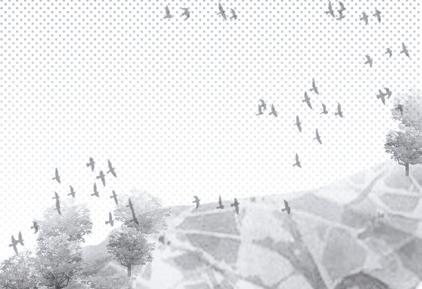








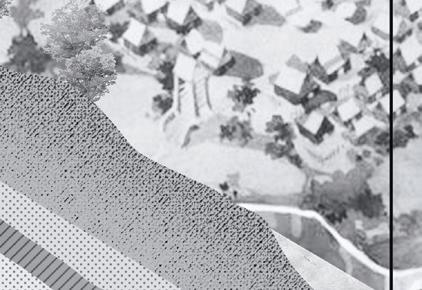





















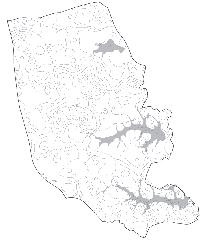



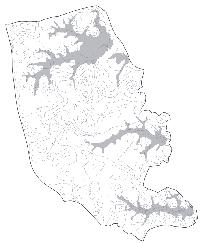


42 INFILTRATION Infiltration is the process by which water on the ground surface enters the soil. It is commonly used in both hydrology and soil sciences. The infiltration capacity is defined as the maximum rate of infiltration. The Central Reserveis in Singapore, hectares in the geographical city, it houses sites, including the Night Safari, as facilities appreciation the HSBC The nature catchment reservoirs. reservoirs Seletar, Peirce are reserve. SURFACE RUNOFF EVAPORATION Evaporation is a type of vaporization that occurs on a liquid as it changes into the gas phase. Surface runoff (also known as overland flow) is the flow of water that occurs when excess stormwater, meltwater, or other sources flow over the Earth's surface. SOIL SOIL Leaves in grassland are usually very small, which can cause interception losses and transpiration become very small 10CM MANMADE 6.5CM GRASSLAND LEAVES The vegetation transpiration in grassland is very small. The grass there has very short roots, which absorb so little water from the soil. And the infiltration here is 0.07.32s per 100ml water.
GRASSLAND
SECONDARY FOREST 3 6 C M 10.6CM PIONEER SECONDARY FOREST 3 C M 9CM MATURE SECONDARY FOREST 1 3 3 C M 4.4CM 1 5 6 C M 5.6CM PIONEER SECONDARY FOREST 0.04.25 MATURE SECONDARY FOREST 0.03.53 LEAVES Upper Selatar Kallang Service Shooting Range Fundamental analysis 1953 1966 1974 2019 Changes during the peroid Section
BASIC INFORMATION




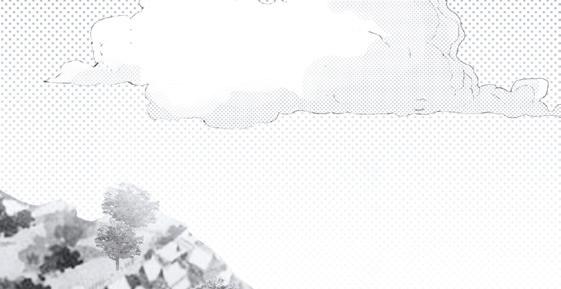

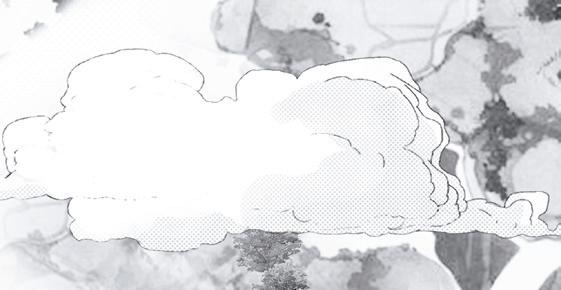
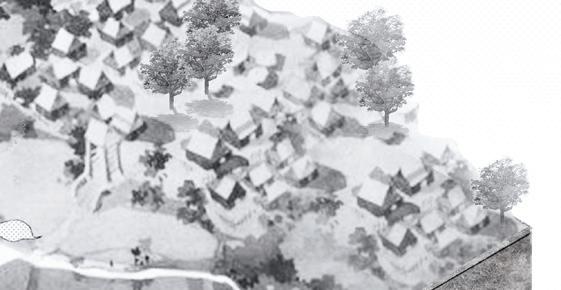

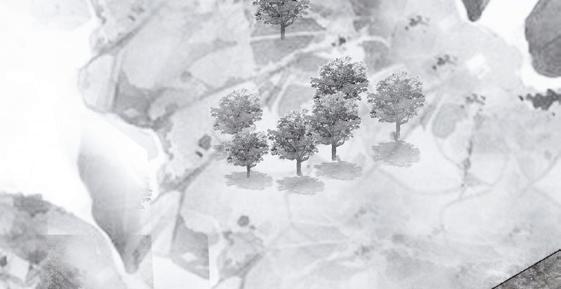







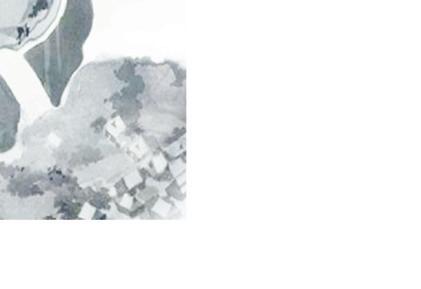
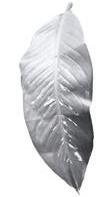







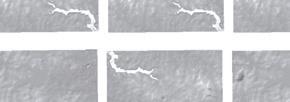
























43 Central Catchment Nature the largest nature reserve Singapore, occupying 2880 Forming a large green lung geographical centre of the houses several recreational including the Singapore Zoo, Night Safari and the River as well as several newer built to encourage public appreciation of the reserve, such as TreeTop Walk. nature reserve acts as a catchment area for the surrounding reservoirs. The country's main reservoirs – MacRitchie, Upper Upper Peirce and Lower are located within the This is the water flow simulation in 18 years,mainly shows the water changes during the peroid. As the topography is very flat, the water changes is very slow. PRECIPITATION TO LAND precipitation is any product of the condensation of atmospheric water vapour that falls under gravity. CONDENSATION Condensation is the change of the physical state of matter from the gas phase into the liquid phase, and is the reverse of vaporization. TRANSPIRATION FROM VEGETATION Condensation is the change of the physical state of matter from the gas phase into the liquid phase, and is the reverse of vaporization. the surface of PRIMARY SWAMP 3 5 C M PRIMARY SWAMP 20CM PRIMARY SWAMP FOREST 0.28.01 SOIL LEAVES Water Flow Analysis WATER CYCLE 1month 10month 2month 11month 3month 12month 4month 13month 5month 14month 6month 15month 7month 16month 8month 17month 9month 18month
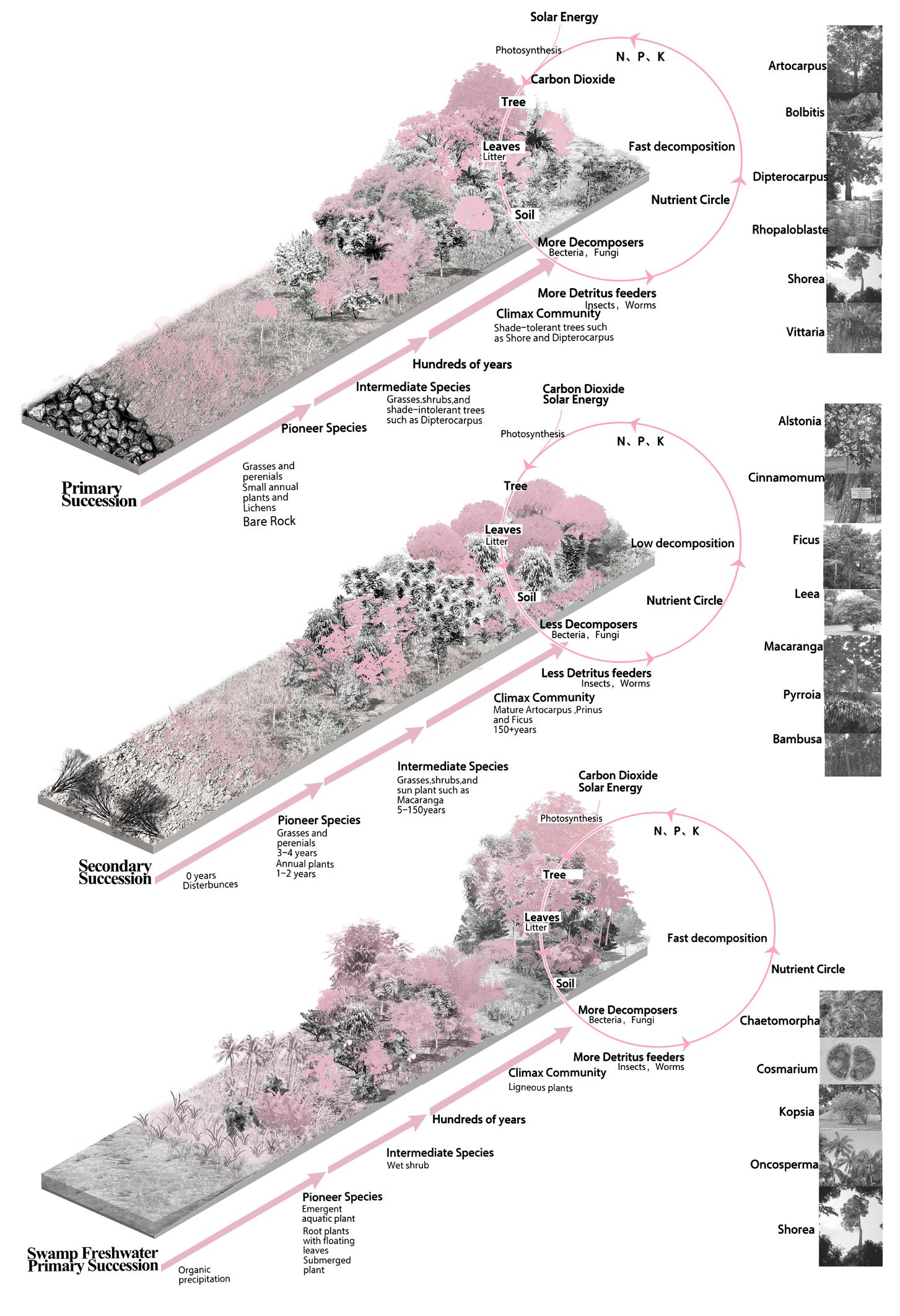
44
PLANT SUCCESSION

45
Cause Of Microclimate























The different openness of canopy in different part of the primary forest influence the passing rate of light, rainfall and wind, which influence the reflection of microclimate like tempeture, photon flux density, humidity, and wind speed.
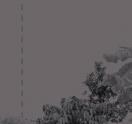
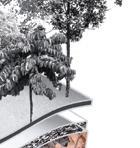
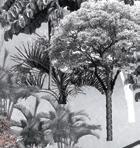
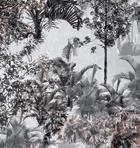

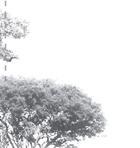
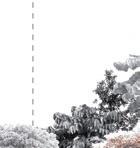






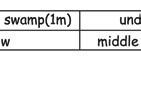
The impact of soil type on microclimate is mainly reflected in the difference in soil moisture and water absorption, which leads to the impact on humidity

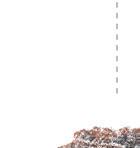



The influence of topography on the microclimate is mainly reflected in the change of wind direction and speed, which leads to the impact on humidity and tempeture.



The influence of water body on the microclimate is mainly reflected in absorbing the light and heat from canopy and evaporating water vapor, which leads to the impact on humidity and tempeture.



Effect On Forest
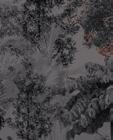


The microclimate formed by different regions affects the species, growth and density of trees.
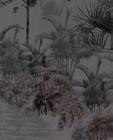




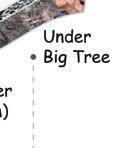
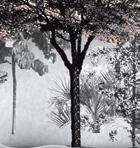







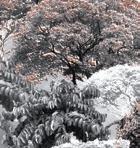





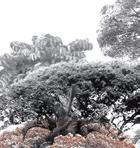



Observation Data Of Microclimate






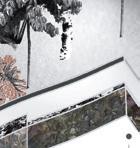




















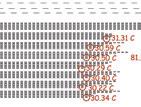



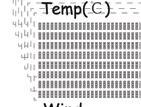
The data from primary forest are significantly different from the disturbed and the temperature rises extremely quickly within 5 minutes in the disturbed area, while the humidity drops rapidly. The edge is cooler and drier than the interior. The valley is hotter than the hill and has a high humidity. It is the wettest area in the lowland forest. As the distance from the water increases, the temperature rises and humidity decreases.






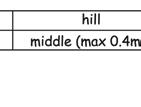
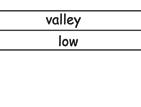
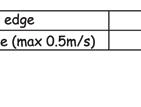
 Moisture
Moisture
Moisture
Moisture
Pass by Weaken
Wind direction Wind speed Light Evaporation Precipitation Water amount 1.Canopy
Light, rainfall,wind
Intercept
2.Topogrpphy
4.Water body
3.Soil Type
Dense shrub More Biomass Less density More big arbors Less density More arbors More herbs Complicated canopy More herbs Complicated canopy Less new-growth
Evaporation Storage
MICROCLIMATE
HUMAN ACTIVITIES
DISSERVICES OF TROPICAL FORESTS
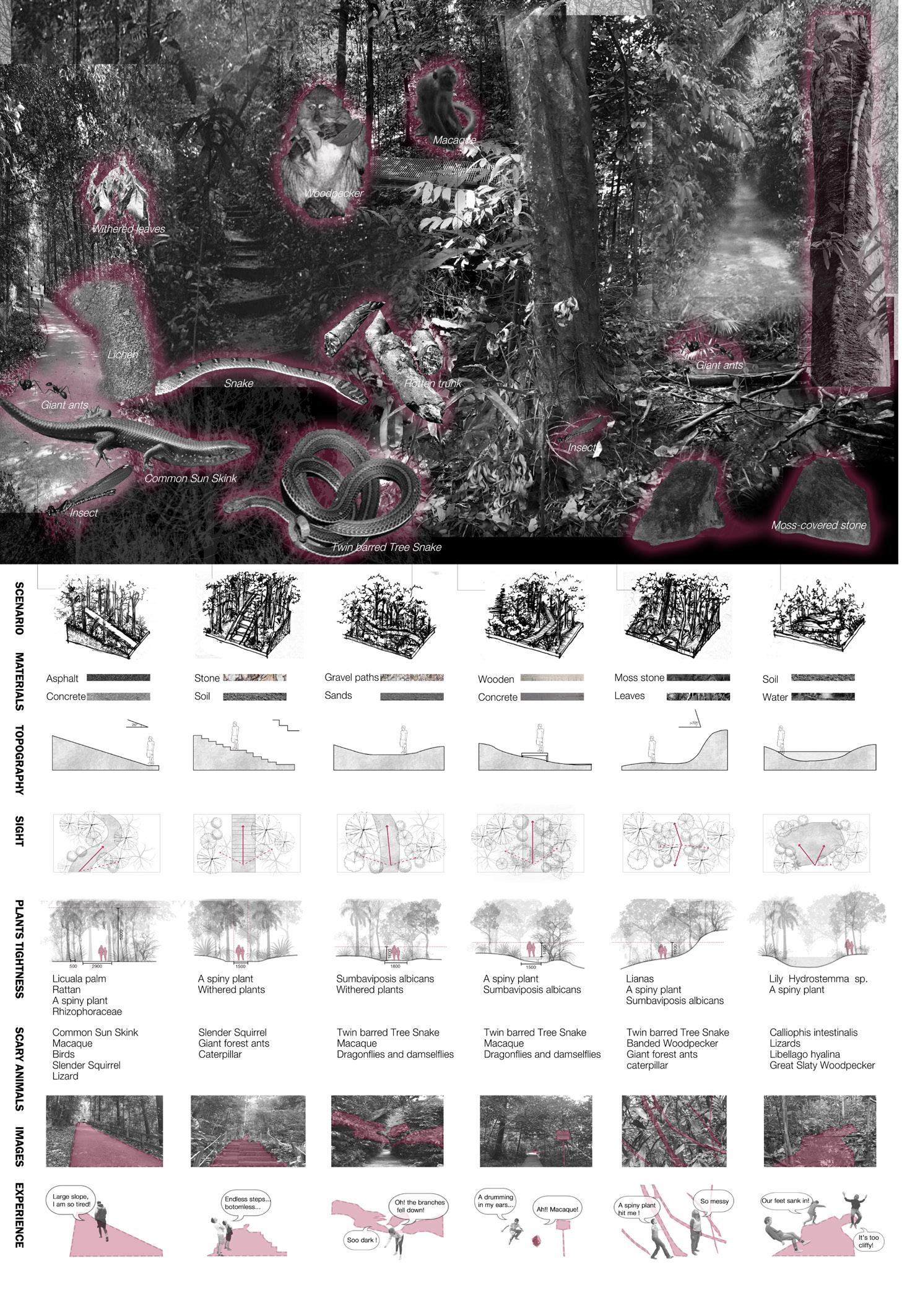
HISTORY AND CULTURE OF FORESTS
The antiquity of human occupation of Singapore is unknown but there is considerable evidence for a significant settlement before the rise of Temasik at the mouth of the Singapore River. Temasik and its predecessors were probably largely coastal trading settlements with little impact on the forested interior of the island.

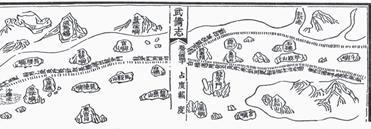

Stamford Raffles and his entourage landed on the island,the island was almost entirely covered in rain forest, with a flora similar to the adjacent Malay Peninsula but a relatively depauperate vertebrate fauna.



There were also populations of riverine boat-dwellers in the Kallang and Seletar estuaries, and perhaps elsewherearoundthecoast. These people grew no crops but must have had some impacton the forest products for subsistence and trade. Pre-European human occupation may have contributed to the extinction of large vertebrates inSingaporebut significant deforestation is unlikely.
At the end of the 13th century, the Palembang prince Sri Tri Buana was on an expedition in Bentan (Bintan) when he spotted the white sandy coastofTemasik from a distance.He decided to relocate here and rename the island Singapura.
After Temasik’s decline, some sort of settlement seems to have survived.
Many Malaccans followed William Farquhar when he moved here. The British East India Company brought prisoners to build local infrastructure. Therefore, diverse peoples from around the region and beyond came together.
Singapore signed the Convention on Biological Diversity along with 152 other countries to reaffirm its stand on the protection of animal and plant life.
The Garden City plan aimed to transform Singapore into a clean andgreencity. In subsequent years, thousands of trees and shrubs were planted throughout the island, not only including nature reserves, bot also in built-up areas and along roads.

The outlook of forest reserves in Singapore improved when control of the Bukit Timah reserve was given back to the Botanic Gardens to ensure its conservation. In the following year, mangrove forests at Kranji and Pandan were gazetted as forest reserves.
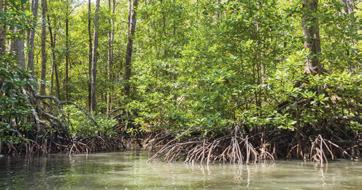

In 1972, the Ministry of Environment was formed for the express task of creating a clean environment for the people.Singapore wasone ofthe first few countries at the time with a ministry dedicated to environmental matters.

Bukit Timah reserve suffered severe damage during the Japanese invasion ofSingapore.The ensuing battle troops left its toll on the reserve:trenches and caves were excavated, trees were felled, and mortar shells were strewn all over.


Bukit Timah had become Singapore’s only forest reserve when the government decided to revoke all the other forest reserves, citing the afforestation efforts as “unjustifiable”.

48
1300s 1992 1200s 1400s 1972 1819 1967 1846 1938 1936 1821 1942
Much of the primary forest was lost to indiscriminate deforestation. Once removed, primary vegetation is lost forever as it cannot regenerate on cleared land. Over time, much of the cleared land became overgrown with lalang, a weed that was very difficult to rid of. By 1859, it was reported that some 45,000 acres of land in Singapore had been abandoned.
Along with the boom in trade, cultivation of cash crops for export also took off.Gambier and pepper, proved to be the most economically viable crops in Singapore. Thus their cultivation flourished due to an increasing demand for gambier by the dyeing and tanning industries, which had a detrimental effect on the primary forest.

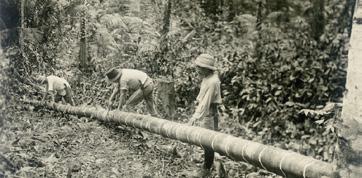
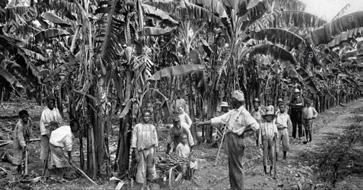
A forest report commissioned that put together by Nathaniel Cantley, reported the “extensive deforestation” and“no sufficient attempts have been made to conserve the forest lands”.
The government paid heed: based on Cantley’s recommendations, eight forest reserves, totalling about 8,000 acres, were carved up.
There was no attempt to control the rate of deforestation yet. John F.A. McNair conducted a survey on the state of the timber forests in the Str aits Settlements. McNair's 1879 report described the dismal scene in Singapore: diminishing timber trees, indiscriminate deforestation, and an absence of legislation for forest protection.

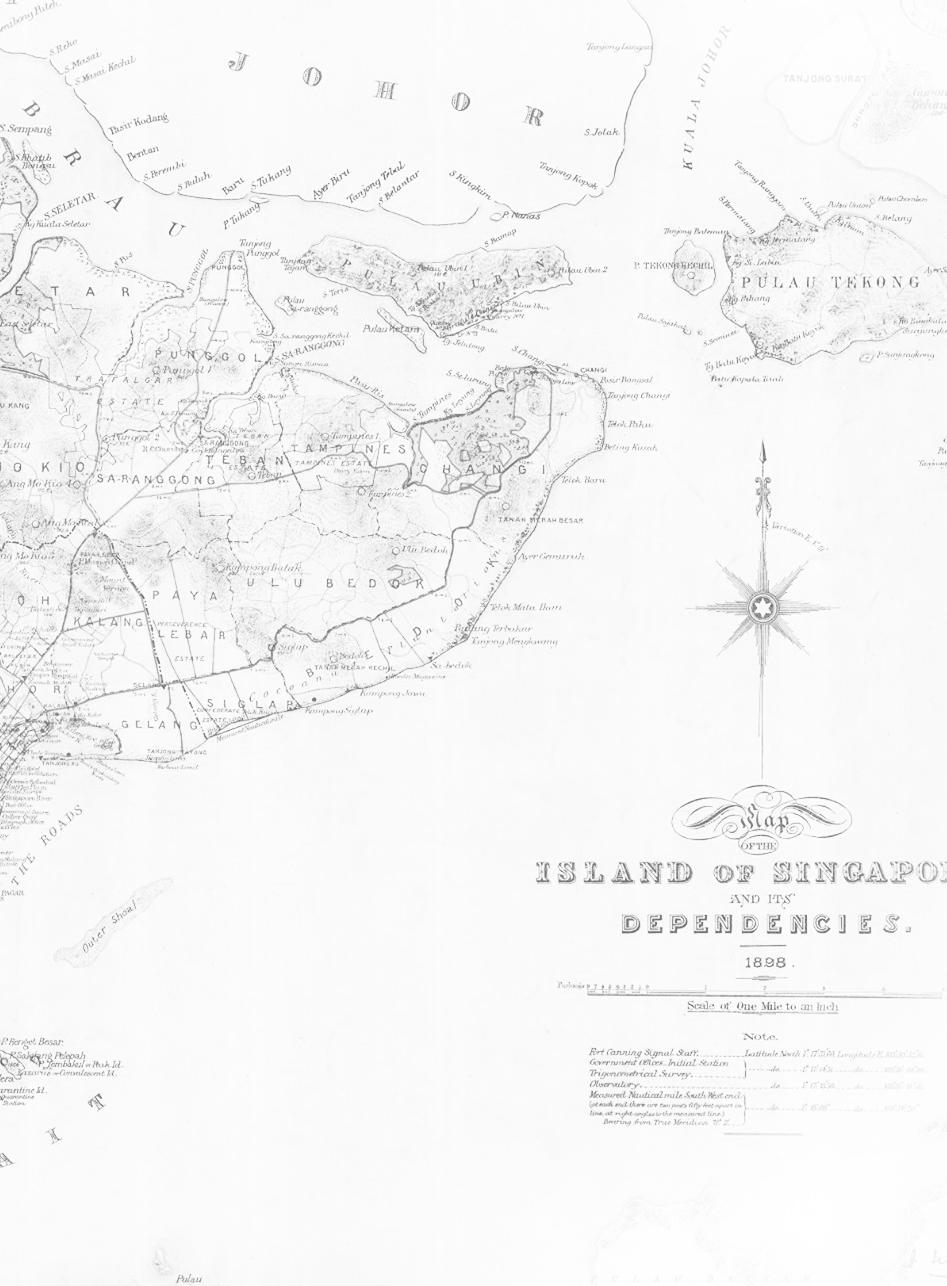
Most of Cantley’s recommendations had been implemented. A total of 12 reserves were demarcated: Blukang, Murai, Kranji, Selitar, Ang Mo Kio, Changi, Bukit Panjang, Military, Chan Chu Kang, Mandai, Sambawang, Bukit Timah, Pandan and Jurong.
Generations of human activity on the island have wreaked disastrous consequences on the native fauna.
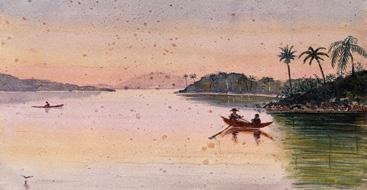
The objectives of the forest reserves were not for commercial exploitation but for"absolute protection to provied areas for research, education, recrration and as samples of the country's biographic history and heritage." And this remained as the guiding policy of nature conservation to present times.
Land from the Seletar, Changi, Pandan and Bukit Timah reserves were used for the cultivation of vegetables. Part of the Changi reserve was also sacrificed for the construction of a naval base. Land was cleared from Sembawang and Mandai reserves for military purposes


Having lost their natural source of prey and the protection of thick forest cover, tigers ventured into the plantations and attacked workers. In response, the government offered rewards for the capture of tigers. The tiger population had shrunk drastically.
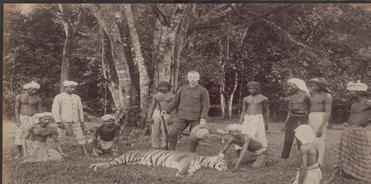
The last wild tiger was shot in Singapore in 1930.
The Wild Animals and Birds Protection Ordinance was founded.Apart from the protection of birds, the new legislation prohibited the killing and capture of wild animals.

The Forest Ordinance enacted which made it an offence to “trespass, pasture cattle and cut, collect or remove any forest produce” from a reserve.
Unfortunately, it was not effective in preventing further exploitation.
The control of the reserves was transferred from the Botanic Gardens to the Land Office, which neglected the reserves even further as they were deemed unprofitable.
Even with their protected status, the reserves suffered from further deforestation in the following decades.


49
1859 1935
1930
1927 1886 1909 1904 1895
1849
1879
1883
CULTIVATED LANDSCAPES IN FORESTS


50
JACK
CULTIVATIONTIMELINE-Gambiergrowspeppercultivation
SCENIC VIEWS IN FORESTS
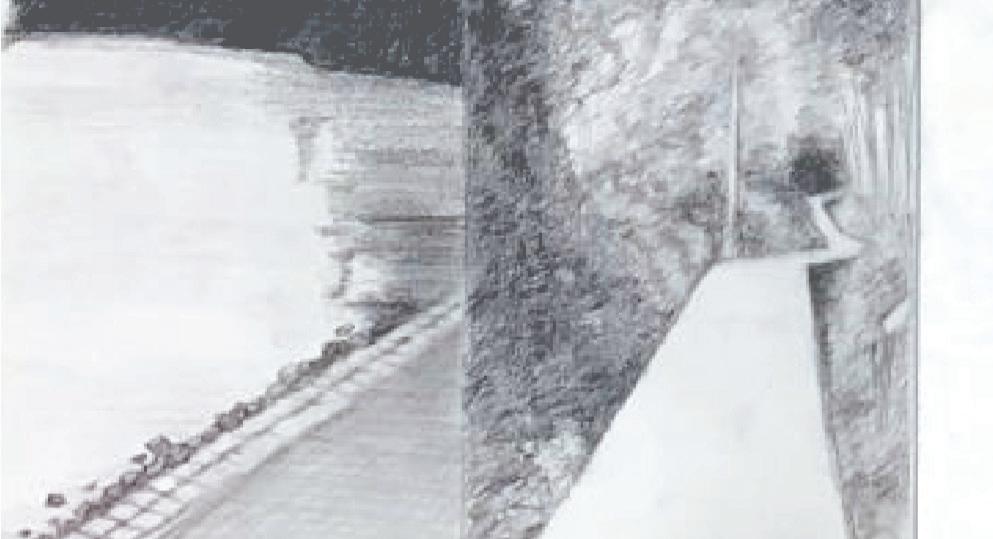
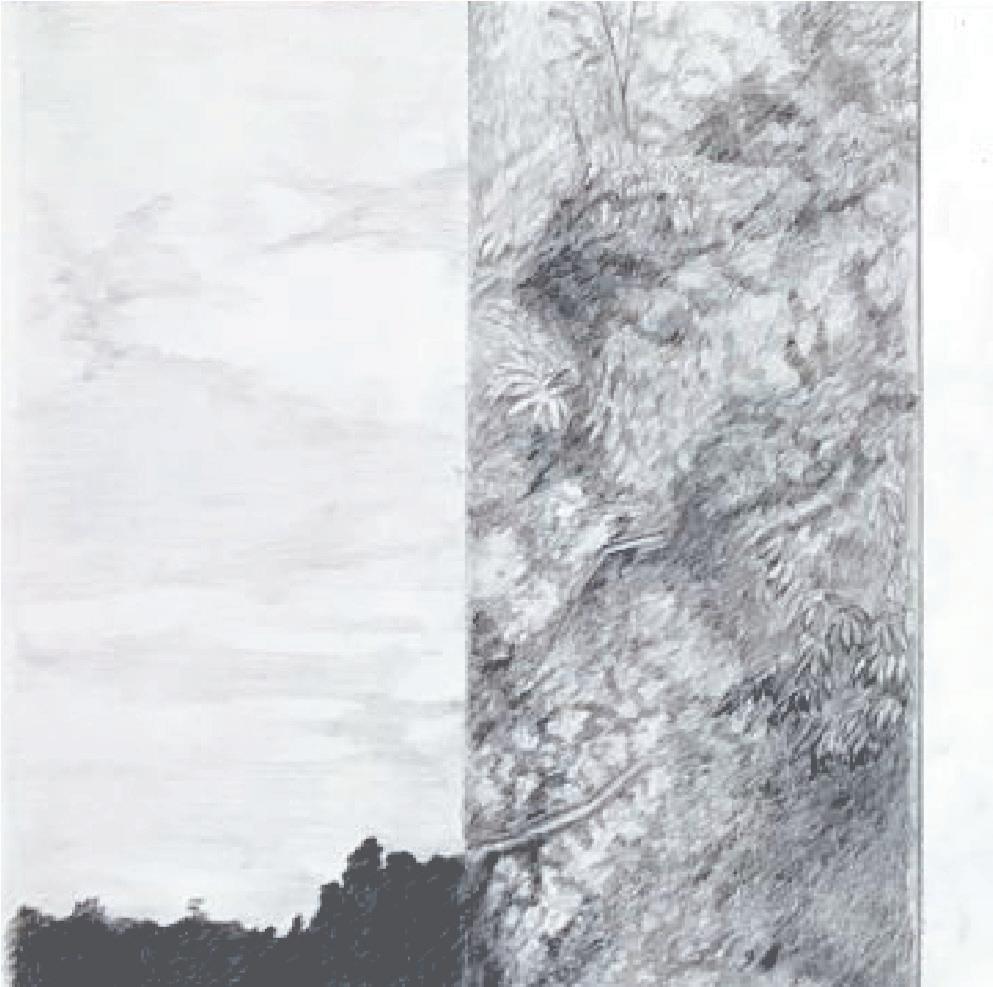
52

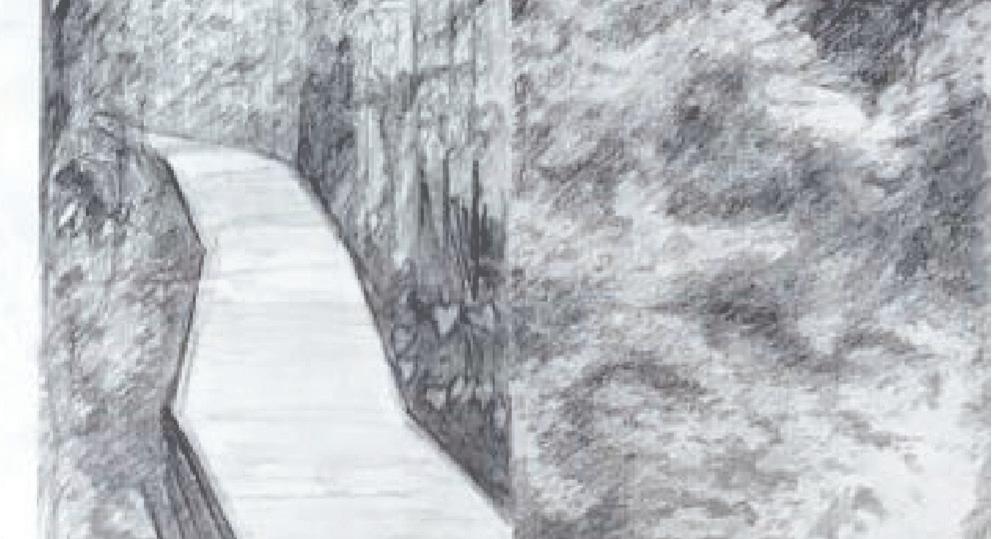
53
LEARNING FROM FOREST
What Can We Learn From Nature ?
REWILDING SINGAPORE






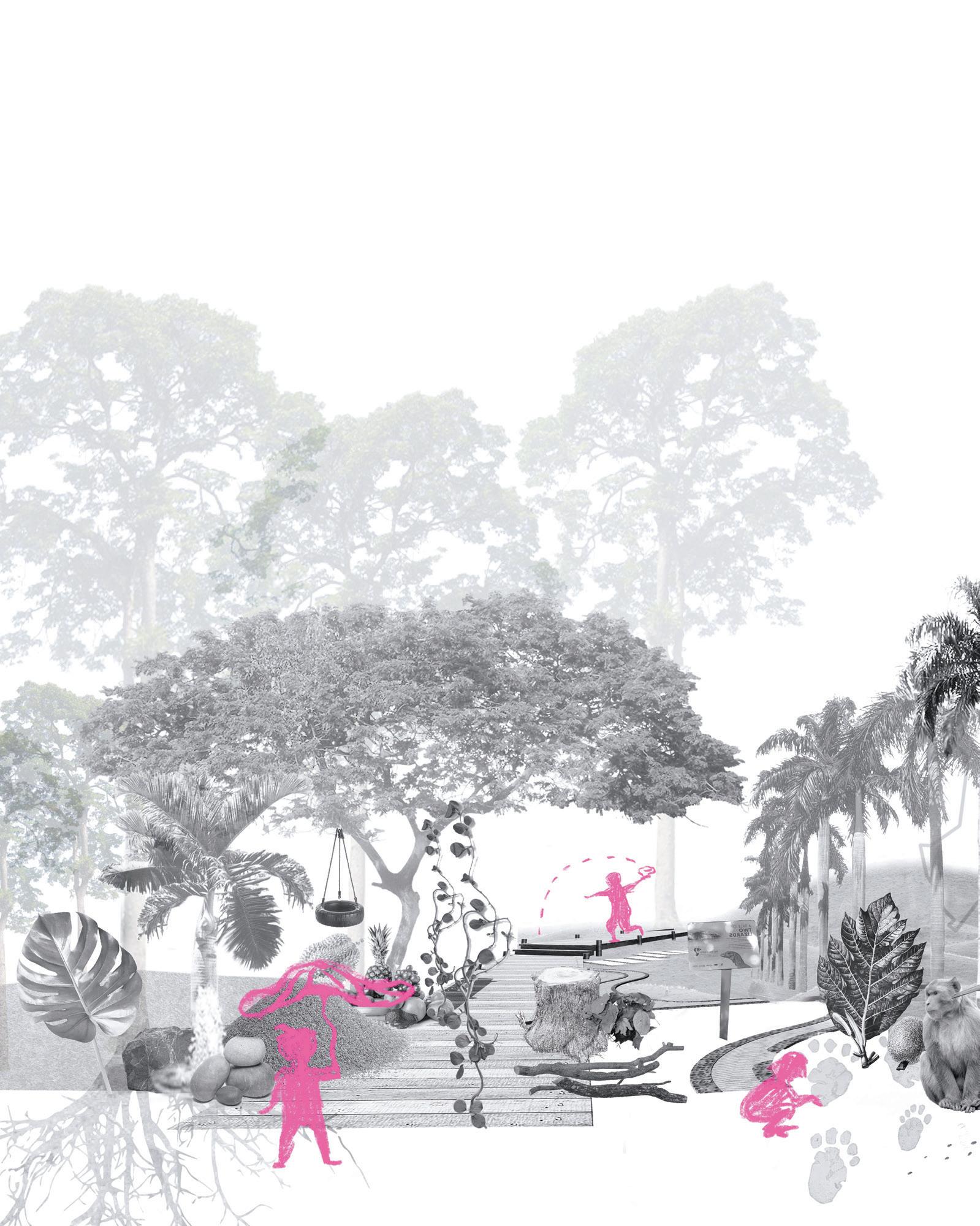
Singapore is a city garden which has a large amount of green designs. However, how many of them are actually useful for education? Education is not only about indoor class, meanwhile, it not only targets young people. The teaching materials could be any element in our forests, from leaves to different types of trees, animals to cultivation lands. All ages have the opportunities to take this lesson.
What Can We Learn From Nature ?

Singapore is a city garden which has a large amount of green designs. However, how many of them are actually useful for education? Education is not only about indoor class, meanwhile, it not only targets young people. The teaching materials could be any element in our forests, from leaves to different types of trees, animals to cultivation lands. All ages have the opportunities to take this lesson.
4 yrs old Visits the forest on a field trip and plays in tree pods
54
JUST4 FUN JUST 4 UNDERSTAND
32 yrs old with 2 yrs old Attend the workshop about flora



primary forest




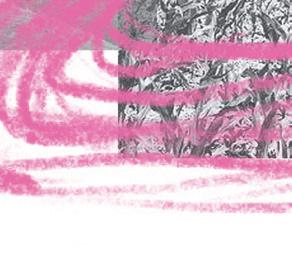





74 yrs old Volunteers in the docent walk about disturance history during weekends
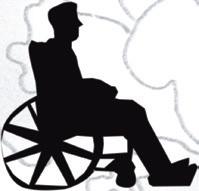


secondary forest
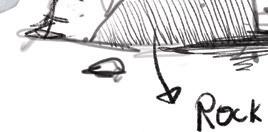

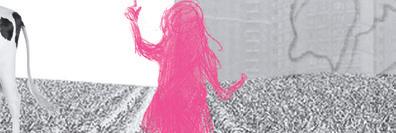






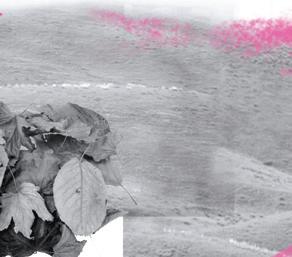
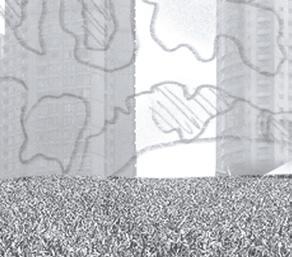

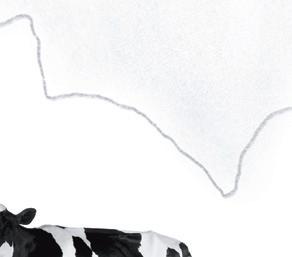

55
CREDIT TO: XIAO Xinyan
UNDERSTAND JUST4 MERMORIZE
LANDSCAPE TYPOLOGIES
Eight landscape typologies were studied by the following steps of investigation.
1.Dissecting the selected typologies by analyzing the Function, System and Context
2.Identifying the current and projected issues
3.Explore opportunities for “Re-wilding” by understanding the site & its precedents
URBAN PARKS
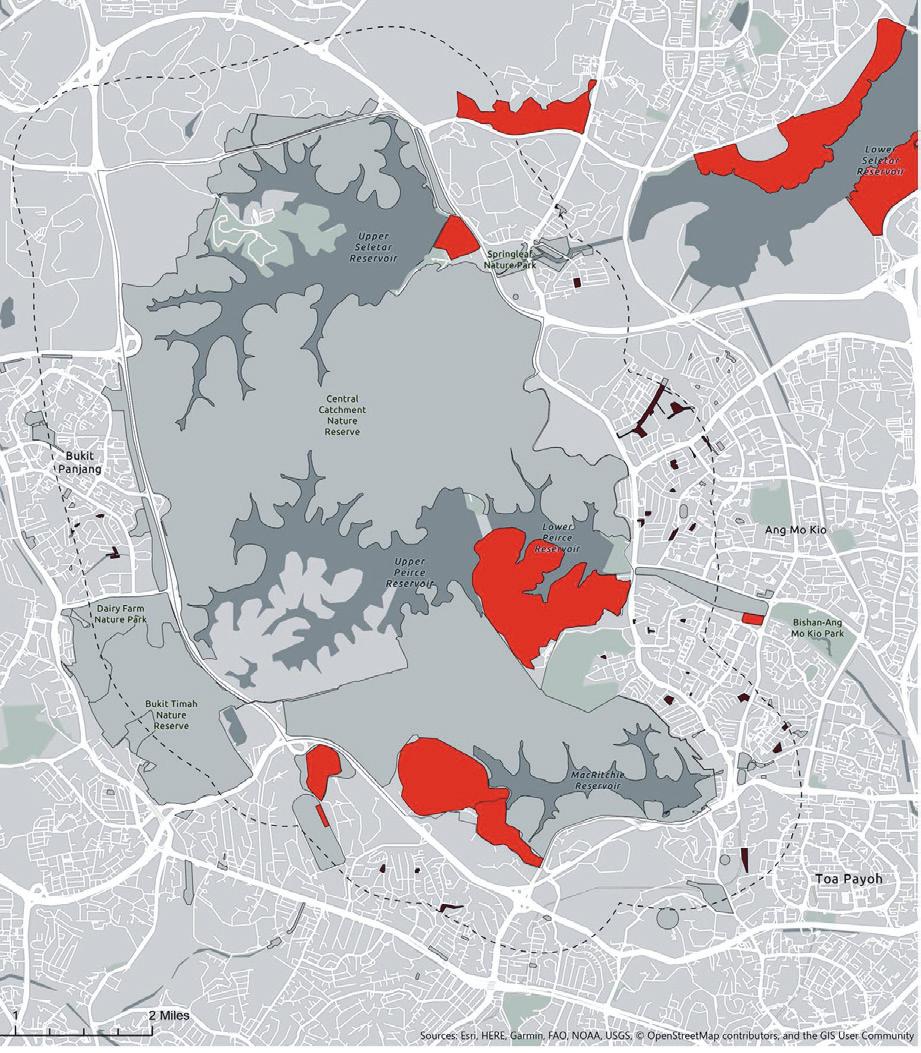

•Use
•Size
•Shape (vegetation density)

•Physical features with urban fabric
•Immediate context

•Proximity to nature
•Physical features with urban fabric
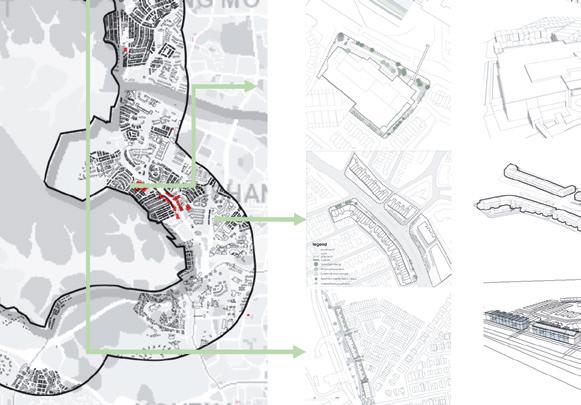


•Fragmentation
•Management practice
•Time analysis
•Soil permiability
•Issue statement
COMMERCIAL AREA
COMMERCIAL AREA
Vegatation
Fajar Shopping Center
Green Ridge Shopping Center
Biodiversity
Bukit Panjang Hawker
Thomson Plaza
Upper Thomson Road (South)
Upper Thomson Road (North)
58
Playgrounds 1Km Buffer Zone Golf Course All parks around CCNR URA SubZone Legends
N

CCNR Site Boundary


Legends
CCNR Site Boundary Building

Approx. 1km buffer away from CCNR, larger buffer patch for restoration

59
DEGRADED FOREST
Abandoned Land Waste Woodland Forest/ Park Areas N
Less than 0.5km buffer between the abandoned land and CCNR
UNDERUTILIZED BUILT STRUCTURE



Urban & urban + simplicity + open

Greenland & urban + complexity + closed

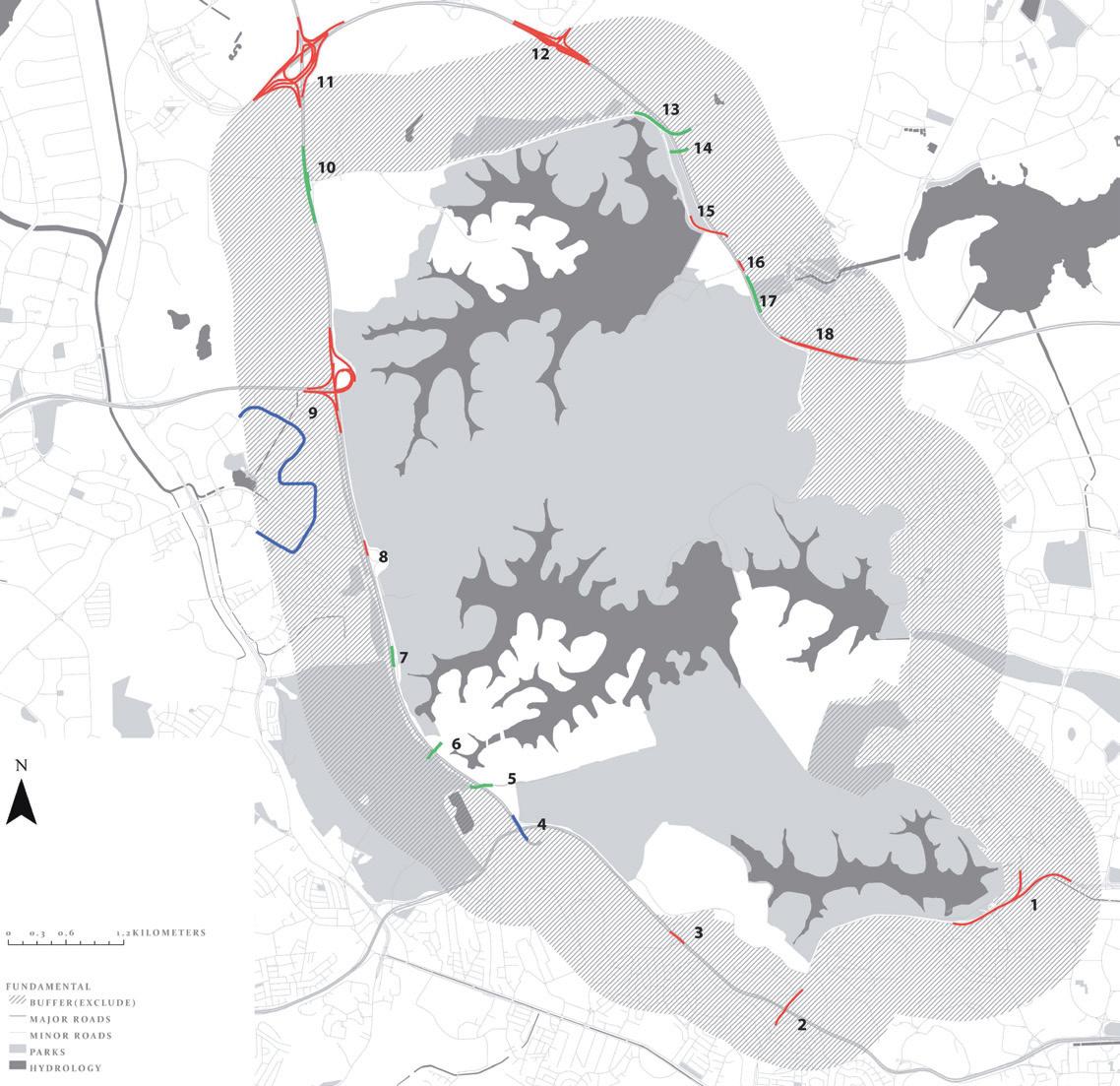


Greenland & greenland + simplicity + open

60
Surrounding context Vegetation density Morphology Underpass context Structure Surrounding context Vegetation density Morphology Underpass context Structure Major roads Minor roads Parks Hydrology 0 0.3 0.6 1.2 km
UNUSED OPEN SPACES


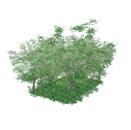











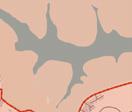

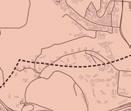

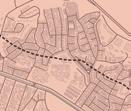

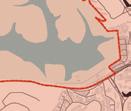
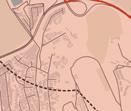






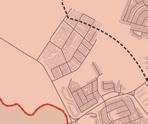




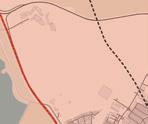

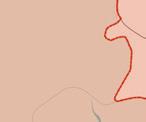

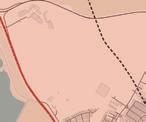



103.840166




























61
SIZE 0.30ha - 1ha 1ha - 4ha 4ha - 10ha 1 Bukit Panjang, BLK 436 Fajar 1.382035, 103.772432 1.14 ha 2 0.65 ha Bukit Panjang, BLK 251 Bangkit 1.380208, 103.773040 3 4.4 ha Bukit Panjang, Blk 274 Bangkit 1.379213, 103.775396 4 0.30 ha Bukit Panjang, BLK 229 Pending 1.375940, 103.771510 5 1.74 ha, 1.39 ha Dairy Farm, Almond Avenue 1.370979, 103.774321 6 7.2 ha Dairy Farm, Petir Road 1.366974, 103.776763 7 Bishan, Ang Mo Kio Avenue 1 1.367695, 103.833629 5.29 ha 8 3.5 ha Bishan, Ang Mo Kio Avenue 1 1.367695, 103.833629 9 0.90 ha Bishan, Sin Ming Avenue 1.359706, 103.831475 10 4.87 ha Bishan, Sin Ming Dr 1.358317, 103.834849 11 1.1 ha Bishan, Upper Thomson Road 1.350622, 103.836743 12 0.7ha, 1.5ha Bishan, Marymount Road 1.347196,
13 Braddel,
1.342714,
3.2 ha, 8.1 ha 14 1.2 ha Braddel, Thomson Road 1.340330, 103.838513 0 1 2 3 4km 1 3 2 5 6 7 9 11 10 12 4 8 13 Mostly large reserved sites with no public housing Industrial area with low transport & walking connectivity Large forested areas with mainly landed properties BUKIT PANJANG & DAIRY FARM BISHAN & BRADDELL Upper Seletar Reservoir Upper Pierce Reservoir Macritchie Reservoir Sembawang Sungei Kadut Bukit Brown Bukit Timah CRITERIA Proximity to CCNR public transport connectivity close to public housing potential to create a network TYPOLOGY unused pocket green vacant land patches of forested area COMMON SPACE IN RESIDENTIAL AREA
types of residential areas: Landed properties Condominiums HDB flats
Single household units
Privacy
Yards and fences used to dmarcate the house from the public streets
high population density
open parking lots
shared activity space
accessible for public
Comprehensive set of facilities and greenery
Accessible only for owners
Braddel Road
103.842737
3
•
•
•
•
•
•
•
•
•
WATER AND DRAINAGE
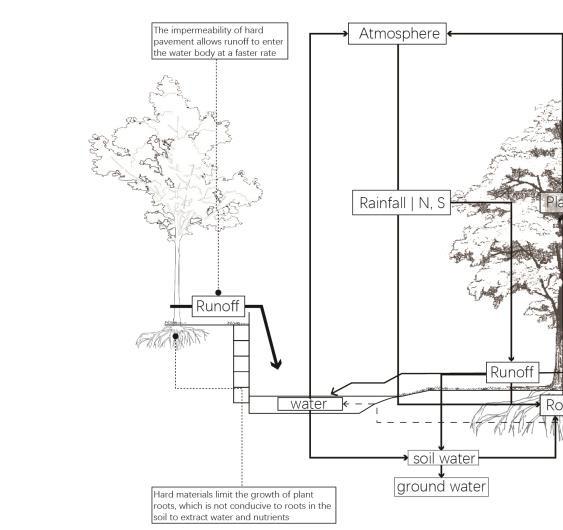


62
A Natural | Soft | Natural Lakeside | Permeable | Full Cycle
B Manual | Soft and Hard | Urban Vegetation
A. Natural | Soft | Deep in Forest B. Natural | Soft | High Accessibility to Water | Low impermeability


D. Manual | Soft & hard | Midium accessibility to water | Midium impermeability
C. Manual | Soft | High accessibility to water | Low imperme-
E. Manual | Hard | Midium accessibility to water| Midium impermeability

F. Manual | Hard | Low accessibility to water | High imperme-
F. Manual | Hard | Low accessibility to water | High impermeability


Vegetation | Semi-Permeable | Impeded C Manual | Hard | Urban Vegetation | Impermeable | Severely Impeded

63
BUKIT PANJANG RD & BKE
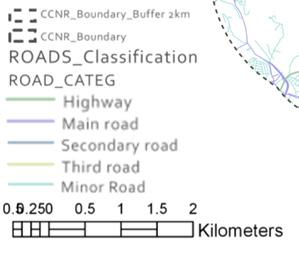



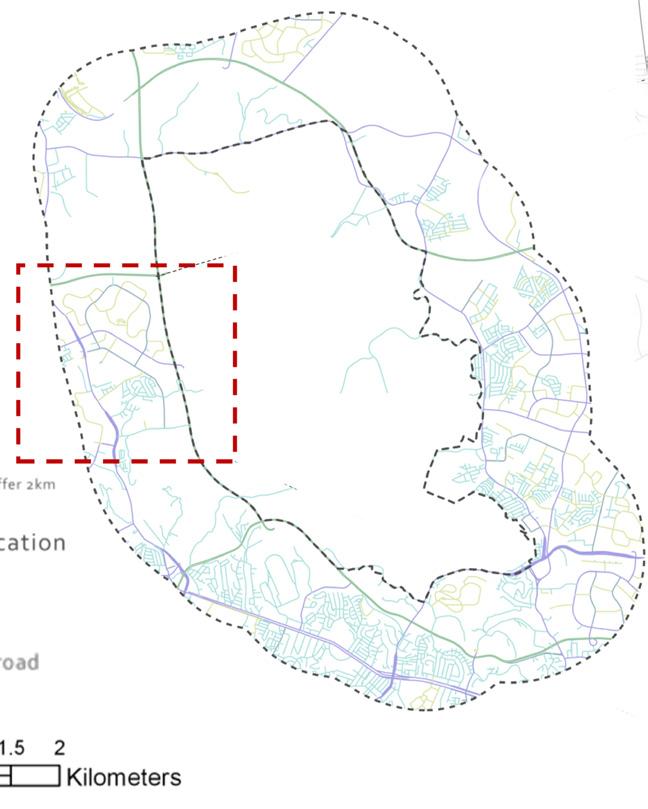
64 STREETSCAPE
Rd &
Rd &
Petir
Daity
PCN
 Daity farm
Daity farm
PROPOSALS
WILDLIFE MATRIX
Chin Carissa, Dhuri Ruiee, P69- P93
CO_HANITABLE "COMMON GROUND"
Rakholiya Ekta, P94-P111
WILDING STREETSCAPE OF SINGAPORE
Cheng Jing, Lyu Jiawei, P112- P133
CONNECTED LANDSCAPES FROM NEGLECT TO VALUE
Feng Zihan, Zhou Zuyuan, P134-P173
CLIMATE SENSITIVE TAGORE INDUSTRIAL ESTATE
Han Cong, Zhou Xianfeng, P174-P209
SHOPPING IN THE FOREST
Zhang Yifei, P210- 221
MIMIC A FOREST EXPERIENCE
Xiao Xinyan, P222=P233
TEMPORAL CONNECTIONS
Bargotra Poornima, P234-P261
FRAMING TIMELINE
Lim Wenfa P262-P289
CLOSE TO NATURE: RECONCILED LANDSCAPE IN HDB
Shao Zhongran, P290-P303
WILDLIFE IN THE YARDS
Zhong Yixin, Zhang Bingqian, P304-P335
REFLOWING NATURE IN WINDSOR NEIGHBORHOOD
Wang Haobo, Zhang Bingyi, Tanaka Mamiko, P335

WILDLIFE MATRIX INJECTING BIODIVERSE HABITATS INTO DEGRADED LANDSCAPES
Carissa Chin, Ruiee Dhuri
While the existing Central Catchment Nature Reserve (CCNR) forms the largest nature reserve in the geographical centre of Singapore’s mainland, the forested areas along the periphery of it are fragmented, resulting in multiple disturbed habitats as remnants of abandoned cultivations. How can landscape architects reconfigure this forest structure into a resilient and biodiverse habitats?
The primary intent is to investigate and chalk out possible future scenarios at conserving and enhancing the ecological richness of these patches of degraded forests within an area of 130 Hectare, while creating interactive canvases for different user groups including fauna, to benefit from. For fauna specifically, it is done by injecting relevant plant species to mimic or create habitats for the targeted wildlife. For humans, it is done by creating experimental inserts that magnify the habitat experience of the animal. These sites of intervention are bound together by grounded and arboreal connections, for all user groups, by means of planting as well as built structures.
The sites exist within the upper Thomson nature park and along the Tagore drive, towards the upcoming MRT station. With the CCNR on one side of the site and the Tagore industrial estate on the other, it makes for an interesting balance of challenges; both natural and urban. For the three different sites, the primary guiding approaches for design are on the basis of projected human activity and targeted fauna species.
The project aims at primarily restoring the ecological state of the landscape and then magnifying the experience of animal habitats for humans to engage and learn from. At a larger scale, it is envisioned that such fragments of degraded forests, with specific approaches and interventions, create sanctuaries for biodiversity as well as provide interactive spaces for the community island wide
DEGRADED FOREST
Timeline
Patches of Degraded Forest

151 Ha. of degraded forest patch. Approx. 1km buffer away from CCNR
Proposed buffer parks as a part of the Forest Restoration Action Plan by NParks
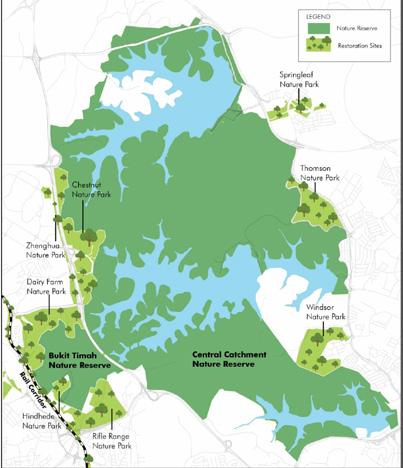


70
• Forest • Forest • Cultivation • Residential • Forest • Cultivation • Residential • Forest • Residential • Commercial • Industrial Transport • Forest • Residential • Commercial • Industrial Parks Sports & Recreation Reserved • Forest Residential Commercial Industrial • Parks • Sports & Recreation • Reserved • Utility
0 1 2KM
PERIPHERY STUDY
Central Catchment Nature Reserve
• Larger cohesive patch of degraded forest on the CCNR buffer.
• Located on the water systems network connecting Lower Seletar Reservoir to CCNR
• Multiple patches of low vegetation index within a densely forested area




• Located on the periphery of CCNR, surrounded by built areas that create a disconnect within the patches of dense vegetation
• Relatively lower density of population resulting in lower disturbance
• MRT cutting through indicating potential future projections for development

• Forms the urban interface of forested area putting it under threat of future developments

71 Existing vs Interventions Land use Legend Reserve Site Legend Reserve Site Legend Park Legend Residential
Could...
If? 0 1 2KM
2
What
What
1
20 YEARS LATER
DESIGN APPROACH


Source : Ecological network by ABDUL RAHIM BIN ABDUL HAMID Thesis Paper

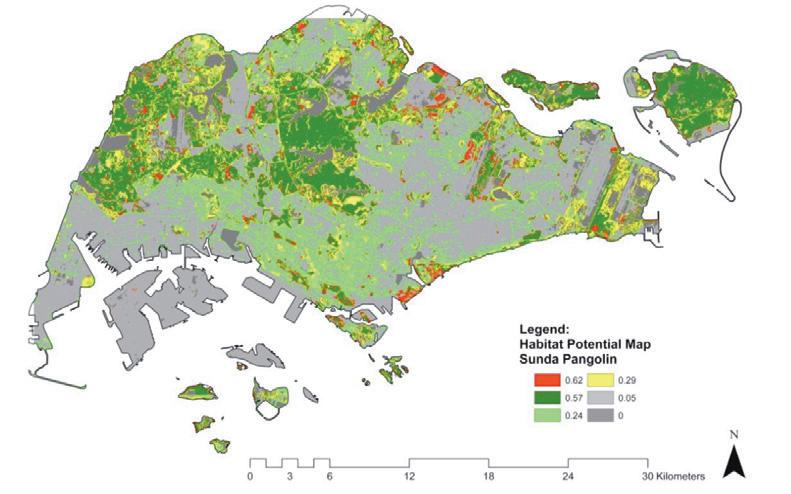



72
Plant Conditions
Potential Map
PHYSICAL Physical and visual barriers Human Activity Fencing Roads Canals Low rise Buildings High rise Buildings Legend: Habitat Potential Map Palm Civet Legend: Habitat Potential Map Sunda Pangolin VISUAL
for Fauna Movement Topsoil Residual Soil Weathered Soil Granite Bedrock N N Intermixed Pioneer Species Cultivated Species Remnants of plantation tree species Invasive exotic plant species Existing Soil Conditions +
Food Source Types and
Habitat
EXISTINGCONDITIONS
Barriers
Contour Slopes
Water Flow
CANOPY (30M)
UNDERSTORY (17M)
SHRUBS (5M)
DESIGN APPROACH
Existing Site Sections


Pedestrian Access
EMERGENT (>40M)
CANOPY (30M)
UNDERSTORY (17M)
SHRUBS (5M)
EMERGENT (>40M)
CANOPY (30M)
UNDERSTORY (17M)
SHRUBS (5M)
SITE ANALYSIS
Existing and Interventions Land use

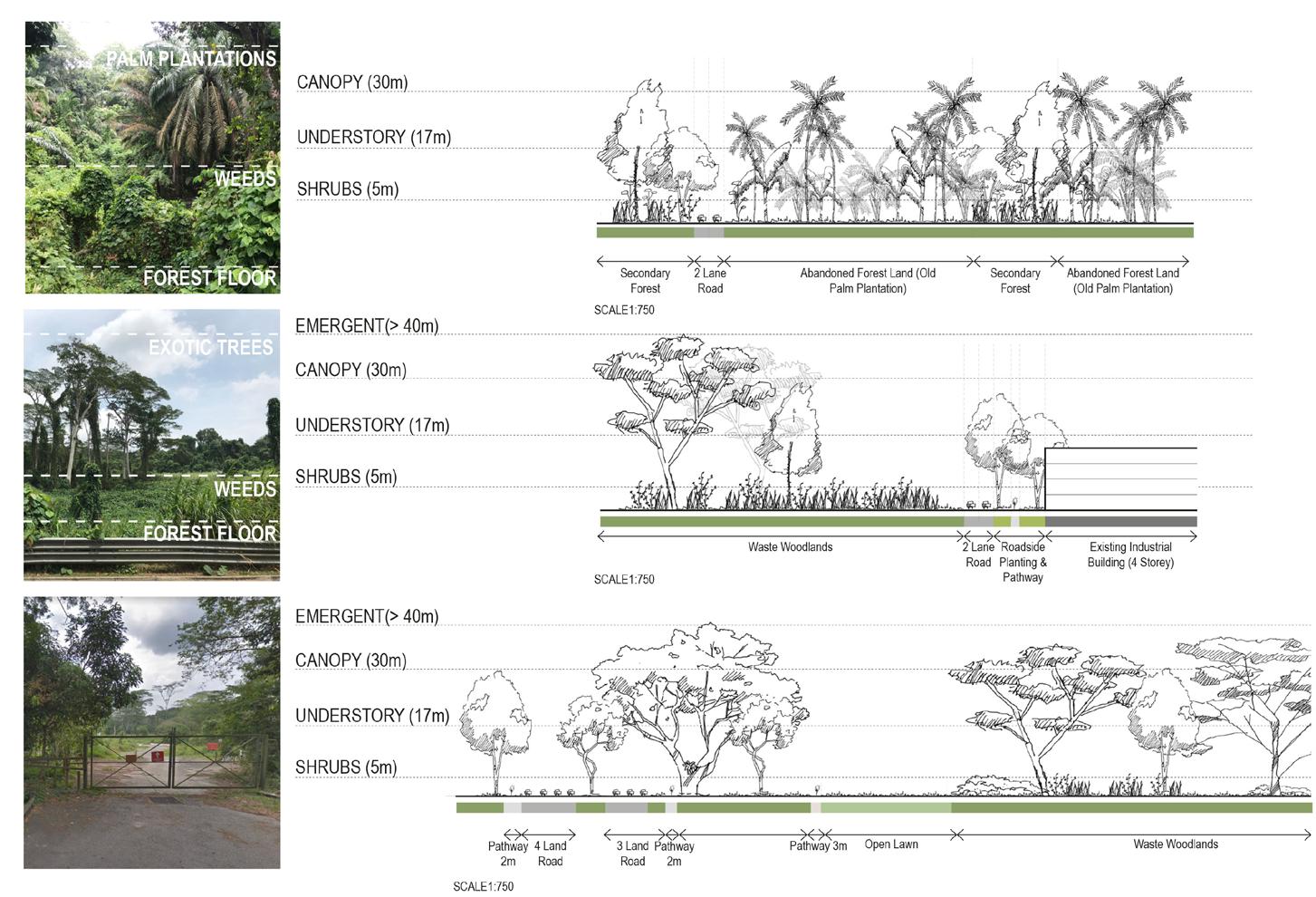
Proposed Changes
Existing Tree Canopies
73
Built
MRT Station Electric Substation Thomson Nature Park Tagore Industrial Est. Restricted Area Legend
Open Patches
Secondary Forest Secondary Forest 2 Lane Road Waste Woodlands Existing Industrial Building (4 Storey) Roadside Planting & Pathway Abandoned Forest land (Old Palm Plantation) Abandoned Forest land (Old Palm Plantation)
Scale 1:750 Scale 1:750 Scale 1:750 2 Lane Road 3 Lane Road Open Lawn Waste Woodlands 4 Lane Road Pathway 2m Pathway 2m Pathway 3m
OVERALL DESIGN STRATEGIES

Food Source + Fauna Species
Road Barrier:
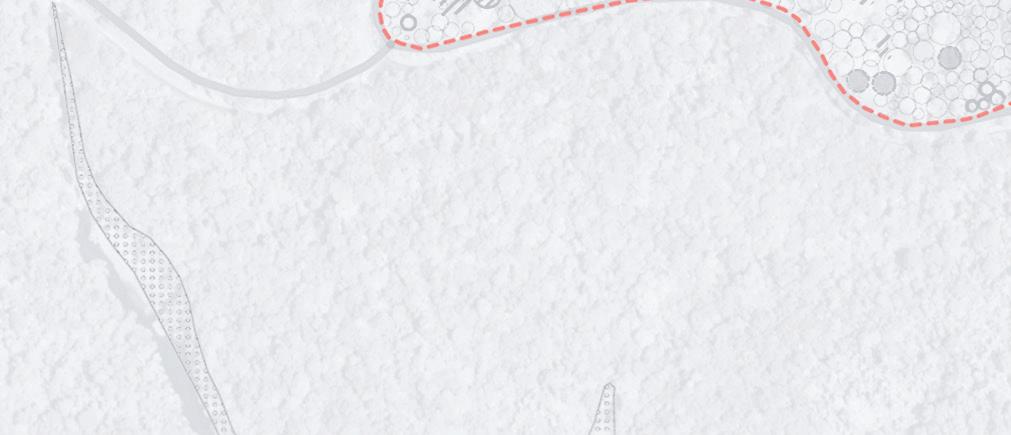

Enhancing as stepping serves as movement
Node 03

Soil :
Restoration of existing soil conditions to promote good foundations for specific plant species to thrive in.
Node 01


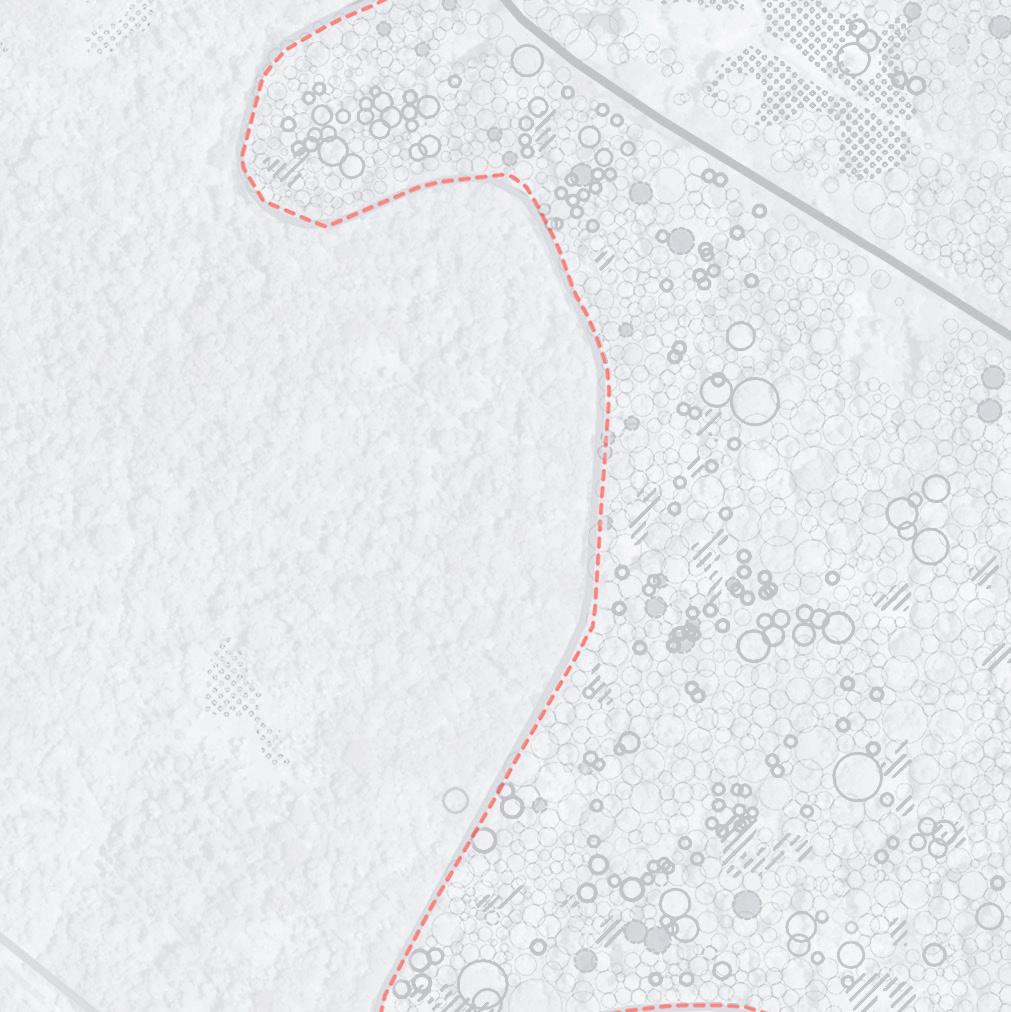
Node 02
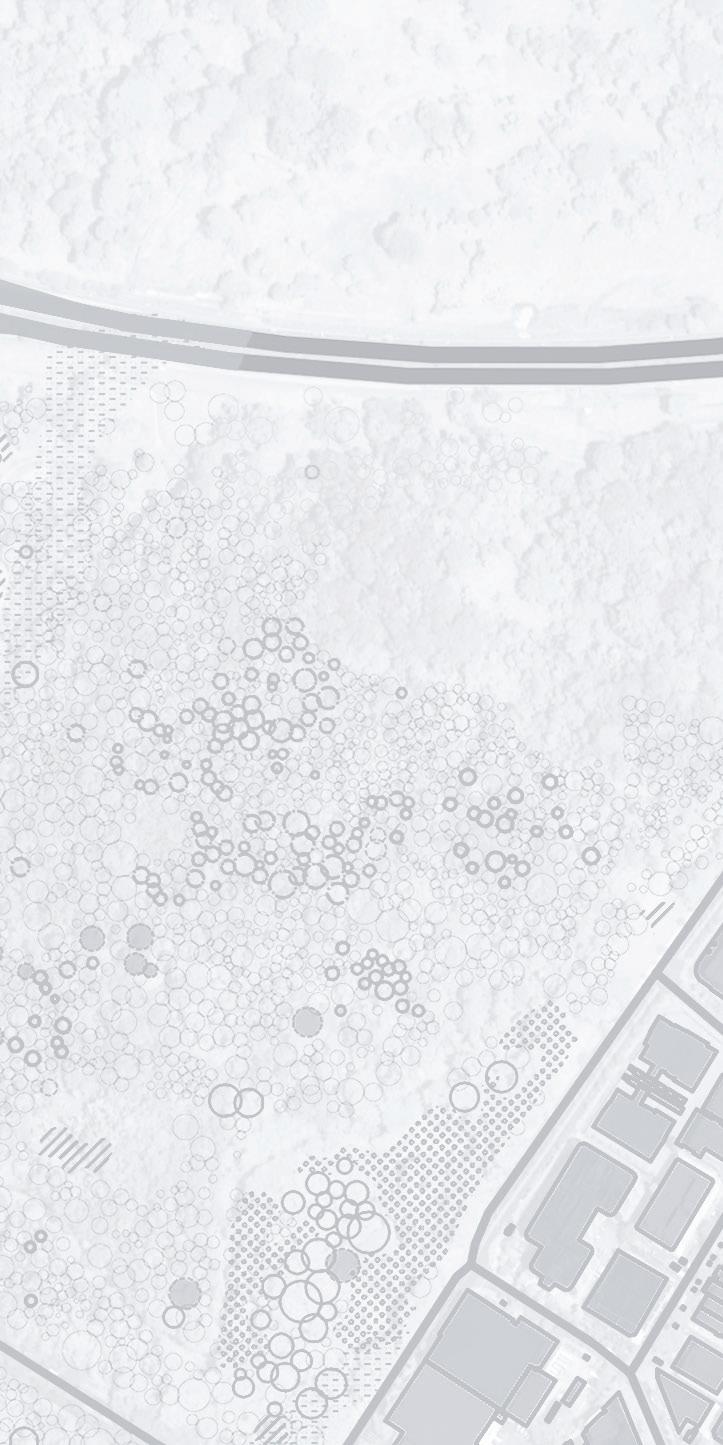
N
Barrier:
Enhancing and utilising fast growing pioneer trees stepping stone along the road side planting which as routes of connection across roads for fauna movement
Urban Open Patch :
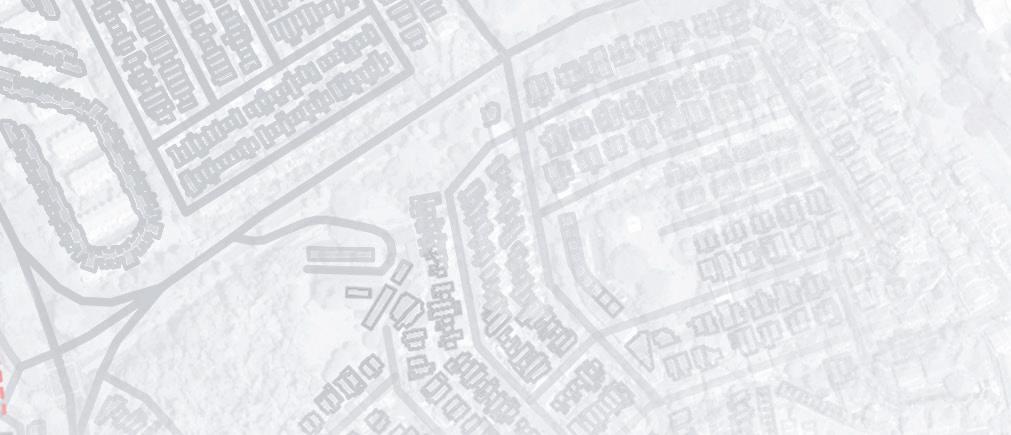
Semi Urban Open Patch :



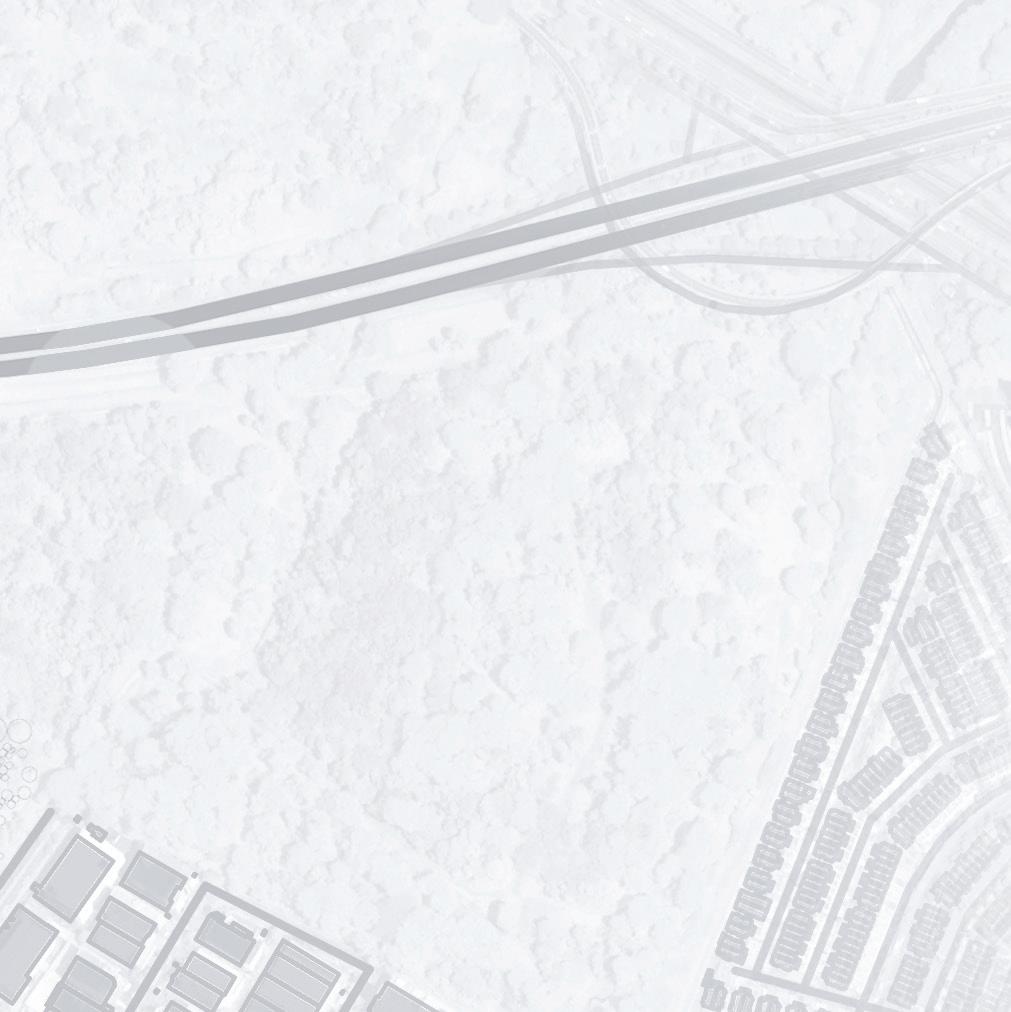
Developing a variety of protected niches on open patches of land serving as a refuge for wildlife
Replacing unwated invasive planting species to re-establish a rich forest structure
Inclusion of fauna habitats in developed industral areas to enhance coexistence of wildlife and human interaction
Maximise land use towards the transitioning of wildlife diuranlity and nocturnality.
Injecting a diversity of plant food sources strategically to increase and attract wildlife.
Forest Open Patch :
Creating a network of forest core species that is regenerative and requires minimal maintainence.
Introducing plant species that provides suitable habitat conditions for fauna nesting
Establish stepping stones to allow movement of interior fauna species between patches
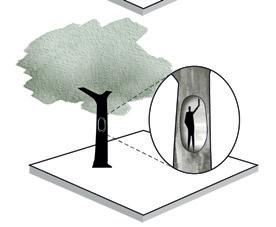
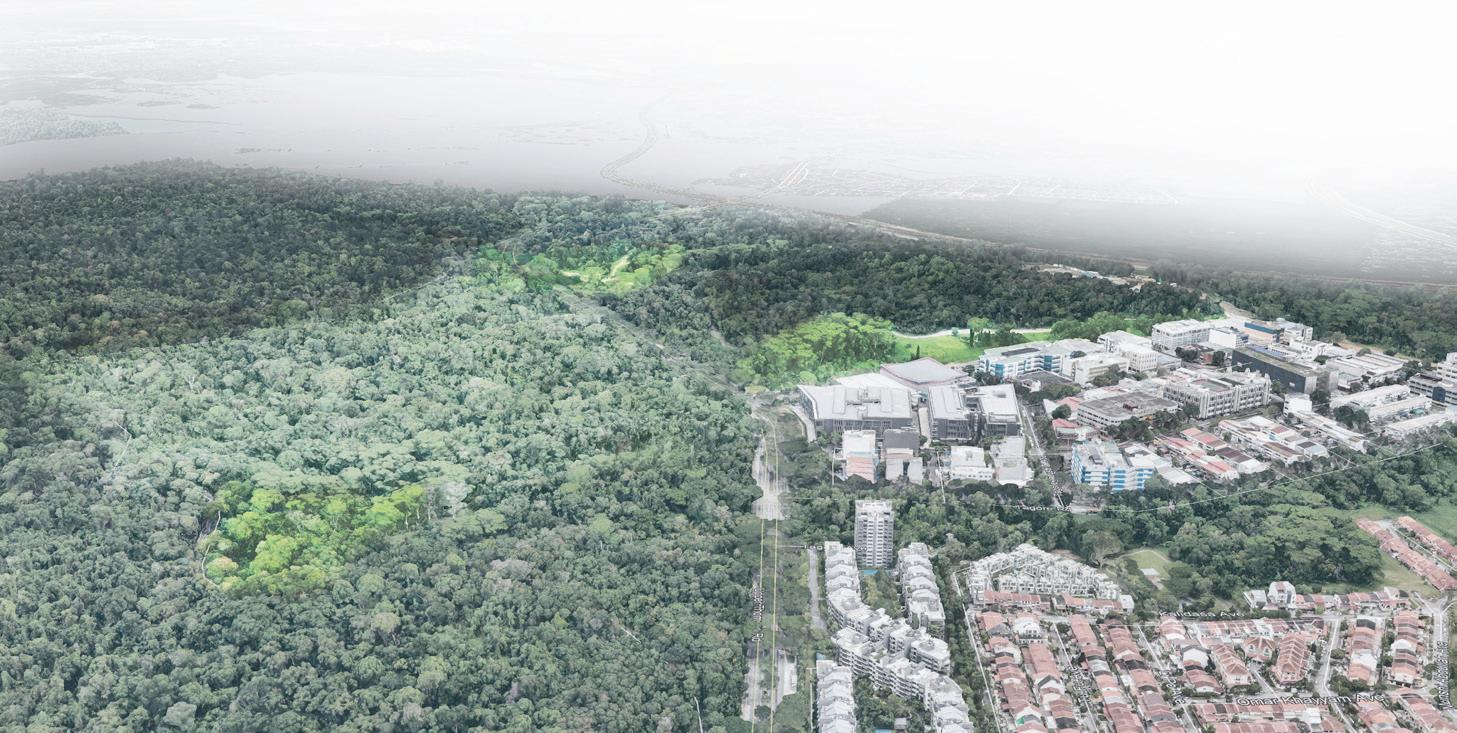

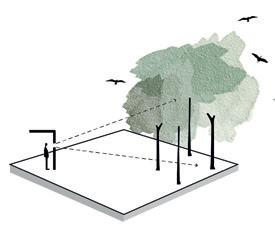


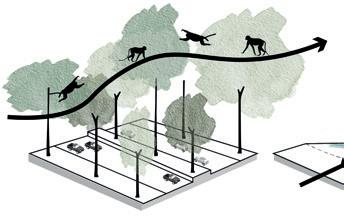















76 Core Area Core Area Forest Palmpsest Buffer Area Connectivity Endangered Species Habitat Transitioning Interface Nee Soon Swamp Forest Old Upper Thomson Road Thomson Nature Park Upper Thomson Road Protected Area Targore Drive Lower Seletar Reservoir
Creating Interfaces and Enhancing Connectivity Soil Conditions Lack of Food Sources Fragmented home range (Fauna) Soil Regeneration Landscape Succession (Food Source) Expansion of home range (Fauna)
Process
Over-exploited Soil Eliminating Invasive plants Habitat Expansion Regenerating Soil Increase in Leaf Litter High Nutrients Forest Floor Quality Habitation Injecting Native Plant Species Food source for Biodiversity Native plant species Maturity Invasive plants species Habitats Fragmentation Connecting Tree Canopies 10 Years Projection 50 Years Projection Creating Human Nature Interface Enhancing connectivity for movement of humans and wildlife
IDENTIFYING VALUABLE VEGETATION PATCHES Proposed Zoning Interventions
Current Issues
Projections
POLLINATORS
VEGETATION SPECIES MAPPING
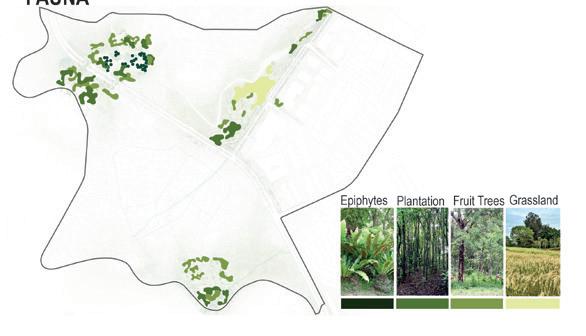


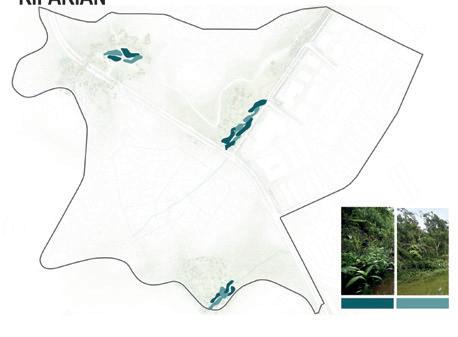
Existing Plant Identification
Legend
ROADSIDE TREES
Samanea saman
Tabebuia rosea
Peltophorum pterocarpum
Cacra cacauliflora
Barringtonia recemosa
Claxylon indicum
Pterocarpus indicus
Swietenia mahagoni
Lagerstroemia speciosa
Cyanometra ramiflora
SECONDARY SUCCESSION
Falcataria moluccana
Spathodea campanulata
Syzygium grande
Terminalia catappa
Vitex pinnata
Andira inermis
Cinnamomum iners
Macaranga gigantea
Ficus variegata
Alstonia macrophylla
FRUIT TREES
Nephelium lappaceum

Cocos nucifera
Durio zibethinus
OLD PLANTATION
Hevea brasiliensis
Elaeis guineensis
Landscape Planting Typologies



77
Butterfl y- attracting RIPARIAN Ferns Water Logging SOIL STABILISATION Legumes CONNECTIVITY Epiphytes Fast Growing Canopies Slow Growing Canopies Understory FAUNA Epiphytes Plantation Fruit Trees Grassland 0 100 500m
MASTERPLAN
Landscape Projection
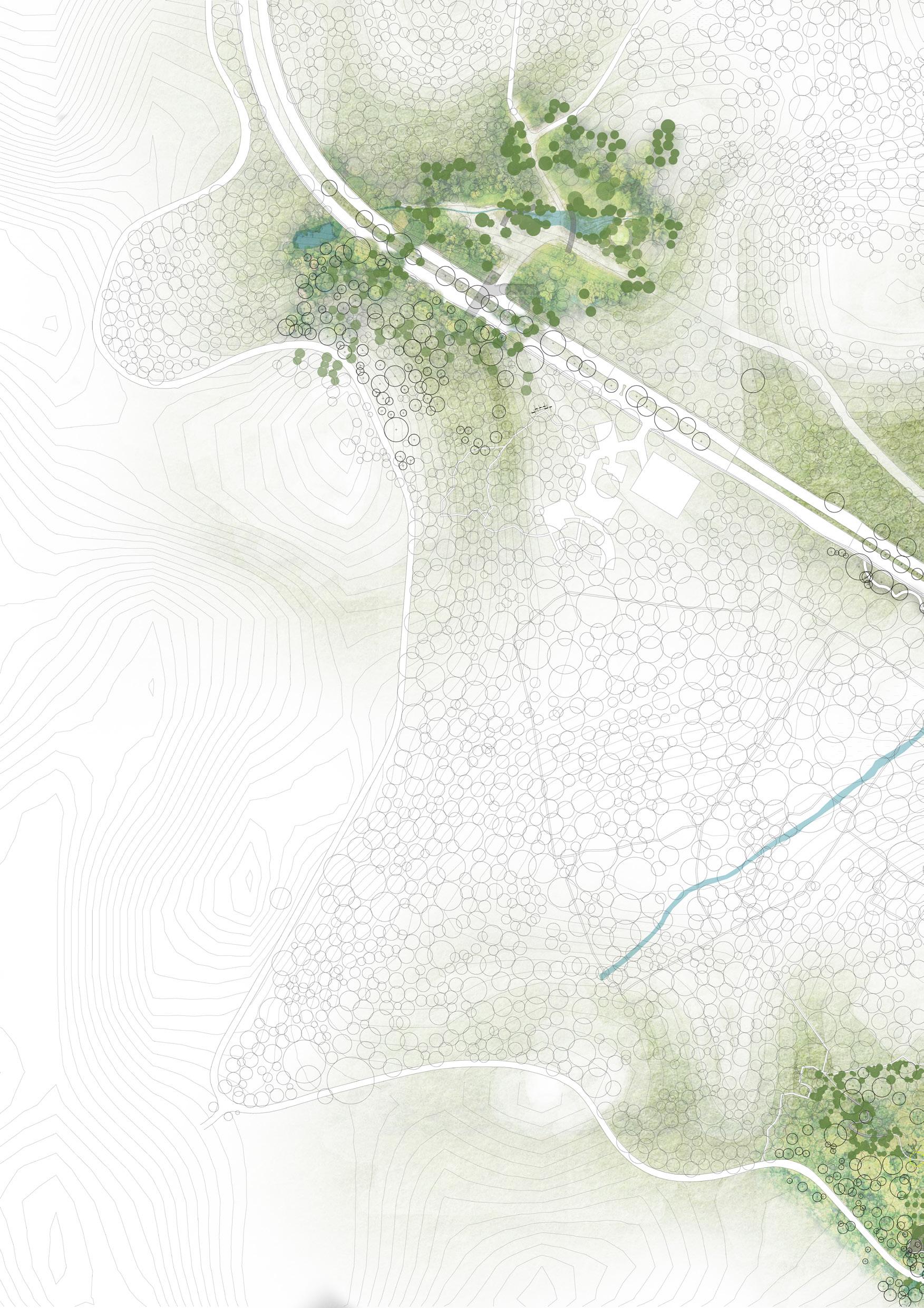
NODE3
Underground Wildlife Culvert Wildlife Canopy Link
Detention Pond Pangolin Sanctuary
Forest Theater
Masterplanning Concept




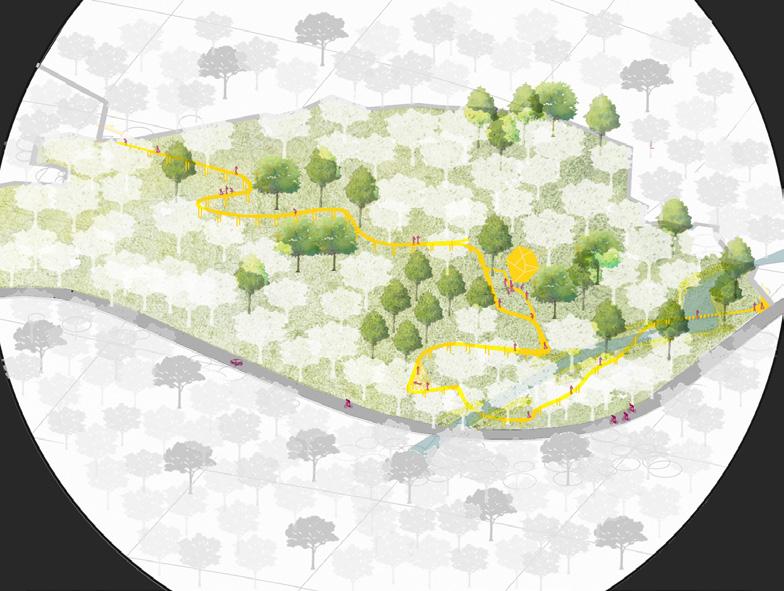
NODE1
Crossover Bird Hideout Squirrel Run Scale Pop up Butterfly Trail
House The Niche River
Old Plantation Trail
Thomson Nature Park Trail Net Rest
Idle Place
Elevated
NODE2 Lizard
Cross
Existing
The
NODE 1 Landscape Projection
A linear stretch connecting the upcoming Springleaf MRT station to the Thomson Nature park. The node sits along the urban edge that faces the Tagore industrial estate. The intent is to enhance habitats for certain species by planting appropriate flora and creating experiential spaces for humans to observe and interact with these species from a distance.

SPECIES EXPERIENCES








80
Elevated Crossover
Bird Hideout
Squirrel Run Butterfly Trail
Scale Pop up
Fauna Planting palette



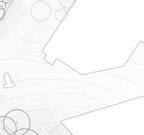


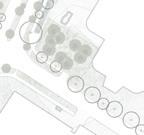
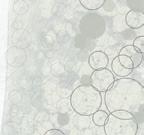



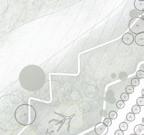





Red-cheeked
Flying Squirrel

Hylopetes spadiceus

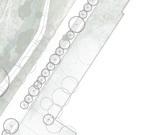

Nocturnal
Lives on tree tops/ holes in barks
Feeds on flowers, fruits & leaves even cultivations




Lesser Harlequin
Laxita thuisto thuisto

Shaded areas in the forests, fields, gardens, and grasslands





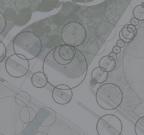






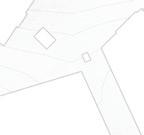
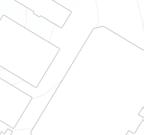
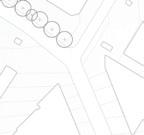

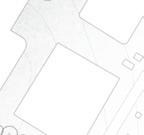




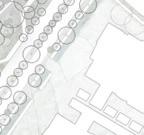





Flower nectar, pollen, ripe/rotting fruits

Straw-headed Bulbul


Pycnonotus zeylanicus
Scrubland and rainforest
Found higher on tree trunks and holes within. Feed on insects
Syzygium chloranthum
Melastoma




malabathricum









Syzygium polyanthum
Artocarpus heterophyllus
Ardisia elliptica
Alstonia angustifolia
Baccaurea motleyana


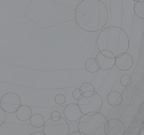




Pterocarpus indicus
Flacourtia inermis Leea indica
Archontophoenix alexandrae
Bridelia tomentosa
Ficus fistulosa
Dillenia suffruticosa
81 01 -
Section
Upper Thomson Road
composition Plan Breathable Skin Look Out Point Entrance Lightning
Core Elevated Canopy Walk Axonometric
Section AA’ KEY SECTION 01-
AA’
Structure
Protection
0 100m A A’ ECOLOGICAL Node 1
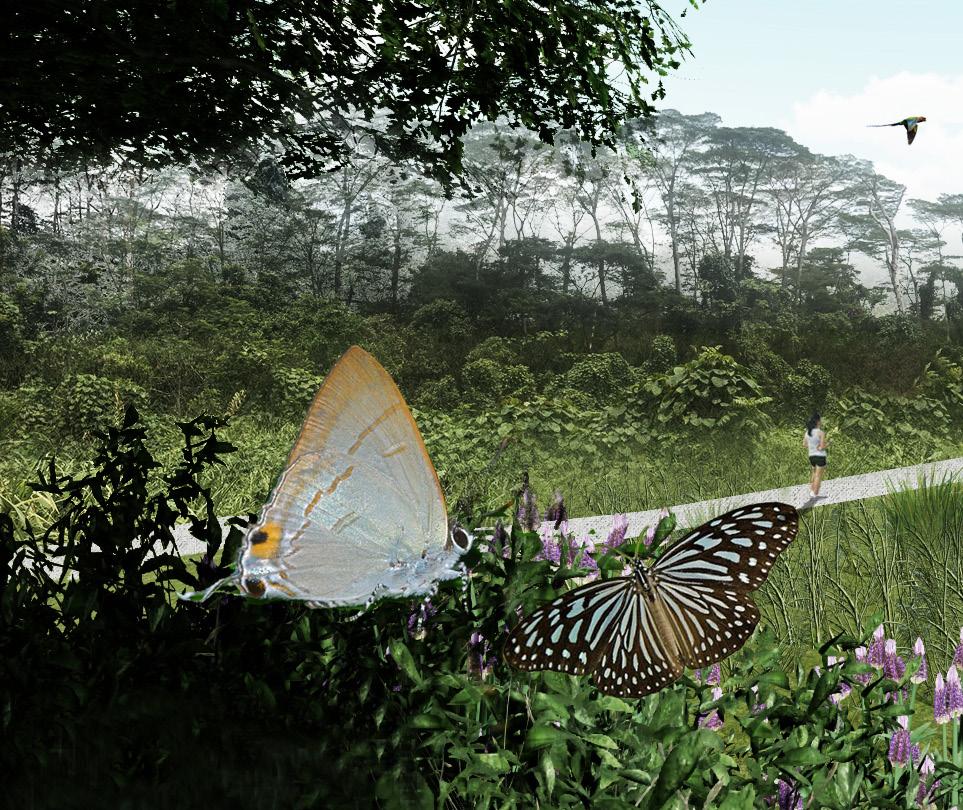
82
Artist Impression : Looking towards the bird hideout along the butterfly trail

83
NODE 2 Landscape Projection
The niche is an activated landscape for both wildlife and humans with the means of planting strategy and structural intervention. A walkway that meanders through the various layers of landscape on site which includes creation of habitat for species that thrive in plantations. An attempt to scale up an element of a habitat, for humans to be able to experience it the way a species probably does.

SPECIES EXPERIENCES








84
Existing Thomson Nature Park Trail
Net Rest
The Niche Lizard House
Old Plantation Trail
River Cross
Lizard

























ECOLOGICAL STRATEGIES Node

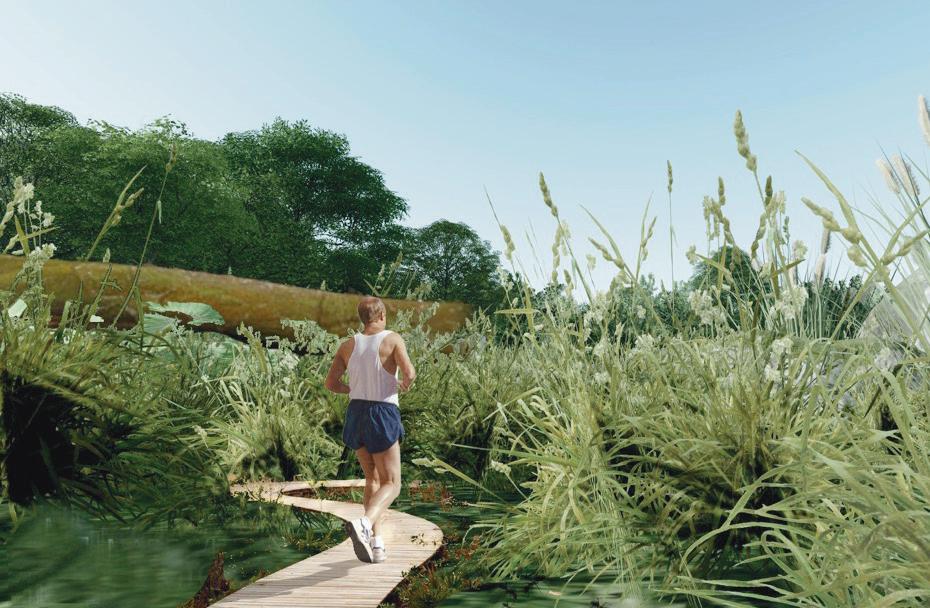
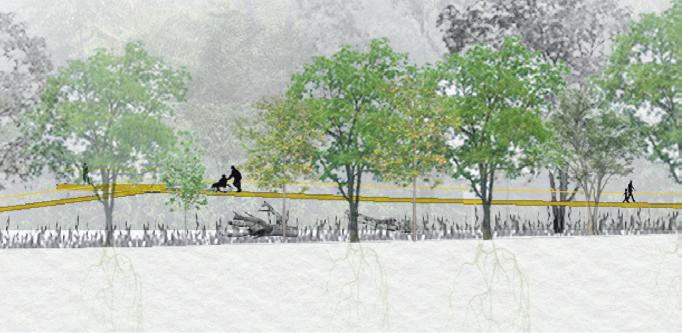































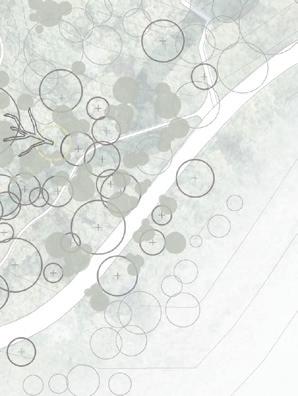


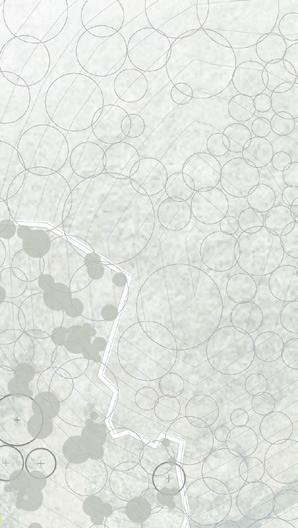
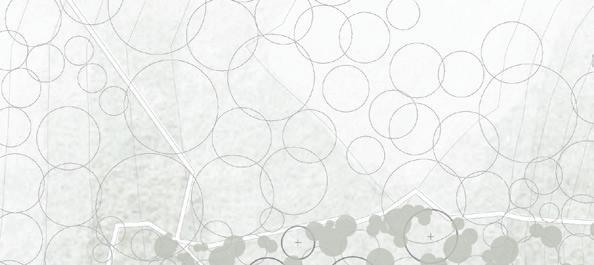
Fauna

Monitor Lizard



Varanus nebulosus
Inhabit terrestrial Scrubland and rainforest




Found higher on tree trunks and holes within.
Feed on insects
Palm Civet Paradoxurus

musangus Arboreal
Found in secondary forests, fruit orchards
Feed on fruits
Nest in hollow trees
Fully Nocturnal



Red cheeked

Flying squirrel


Hylopetes spadiceus
Nocturnal
Lives on tree tops/ holes in barks
Feeds on flowers, fruits & leaves even
cultivations







Planting palette
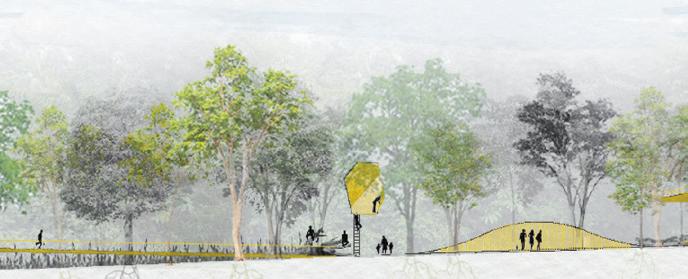






Ficus microcarpa
Calophyllum inophyllum
Artocarpus heterophyllus
Averrhoa carambola
Caryota mitis
Nephelium lappaceum



Coffea arabica L.
Syzygium chloranthum






Melastoma malabathricum
Syzygium polyanthum
Artocarpus heterophyllus
85
B B’ 0 100 500m
SECTION
01 - Section BB’
KEY
Nutrients Cycle Flow Leaf Litter Decomposer Primary Consumers Secondary Consumers
2
01 - Section BB’
House Mound Walk Viewing Decks
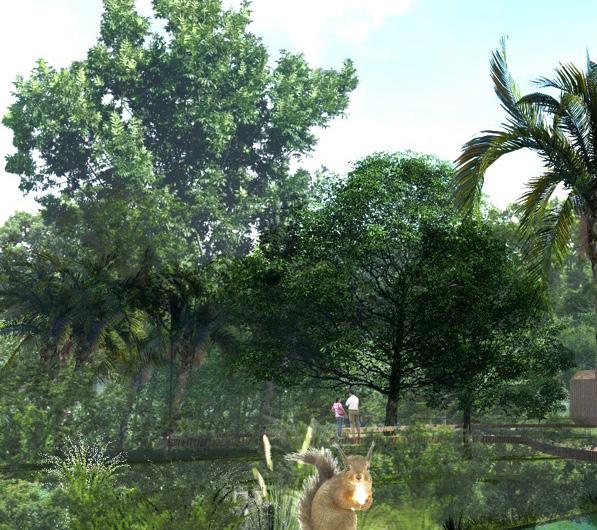
86
Artist Impression : Elevated pathway through the old plantations
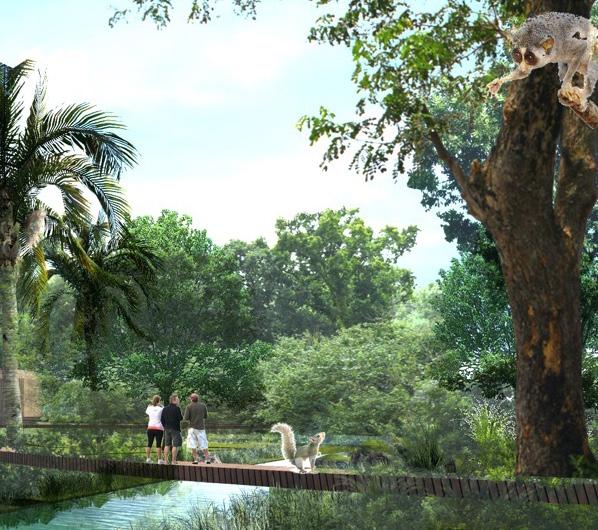
87
NODE 3

Landscape Projection
The primary approach on this site was to create arboreal and underground connections for expanding home ranges of threatened species. The creation of habitats utilises what the landscape offers and creating opportunities by mimicing their existing habitats. The forest theater is imagined to be an interactive spot which is not frequented by humans while the idle place, is a resting space derived from the structure of branching and serves as a hideout to view the monkeys in transition.

SPECIES EXPERIENCES







88
Forest Theater
Detention Pond
Pangolin Sanctuary
Underground Wildlife Culvert
Wildlife Canopy Link
Fauna Planting palette









































































































































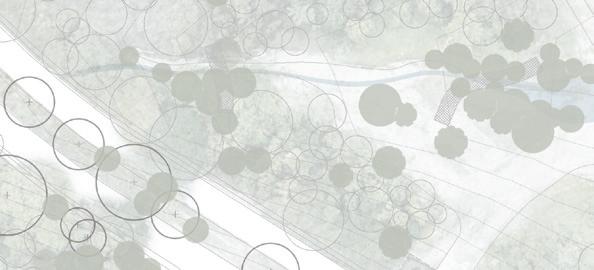
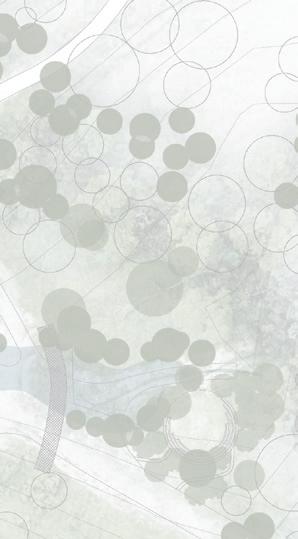


Banded Leaf Monkey

Presbytis femoralis Arboreal Feeds on New leaves and forest fruits. foraging areas are generally larger. Rest on higher branches of trees
Very shy in nature
Slow Loris

Nycticebus coucang








































Found on branches and tree holes. Mainly inhabit pforests but adapt to orchards, plantations and bamboo groves. Solitary in nature
Arboreal
Sunda Pangolin

Manis javanica
Found in forested habitats and plantations

Feeds wholly on ants and termites. Nest in burrows, treeholes & epiphytes.
Hevea brasiliensis
Nephelium lappaceum








Adinandra Dumosa
Ixonathes recticulata
Bambusa multiplex
Ficus fistulosa
Artocarpus heterophyllus
Elaeis guineensis
Asplenium nidus
Caryota mitis
Cyrtophyllum fragrans
Syzygium myrtifolium
KEY SECTION























Section AA’


































89
01 Section CC’
Left : Creation of habitat for Pangolins
Top : forest theater - design derived from anatomy of an epiphyte
The Idle Place Wildlife Canopy Link
0 100 500m C’ C
ECOLOGICAL STRATEGIES Node 3
Artist Impression : Forest Theater within enhanced habitat for Banded Leaf Monkey and Sunda Pangolin

90
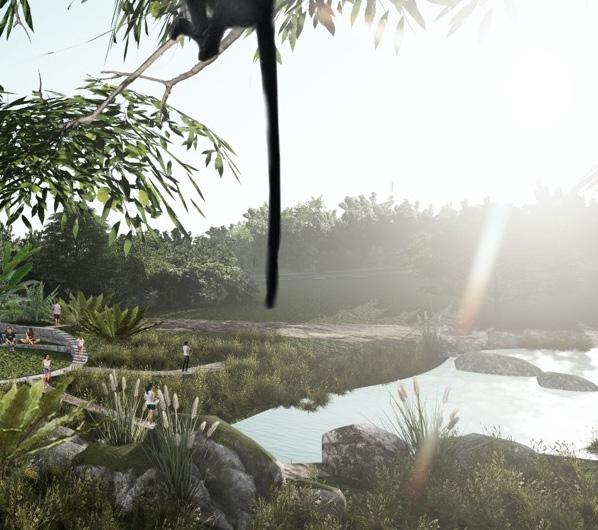
91
WILDLIFE MATRIX

Proposed Patch, Corridor, Matrix Landscape Model
Quantification of Habitat Expansion
TOTAL NUMBER OF EXISTING DEGRADED FOREST PATCHES : 1327 Ha. EXISTING SIZE OF CENTRAL CATCHMENT NATURE RESERVE : 2880 Ha.
47.6% OF DEGRADED FOREST TO BE RESTORED

92
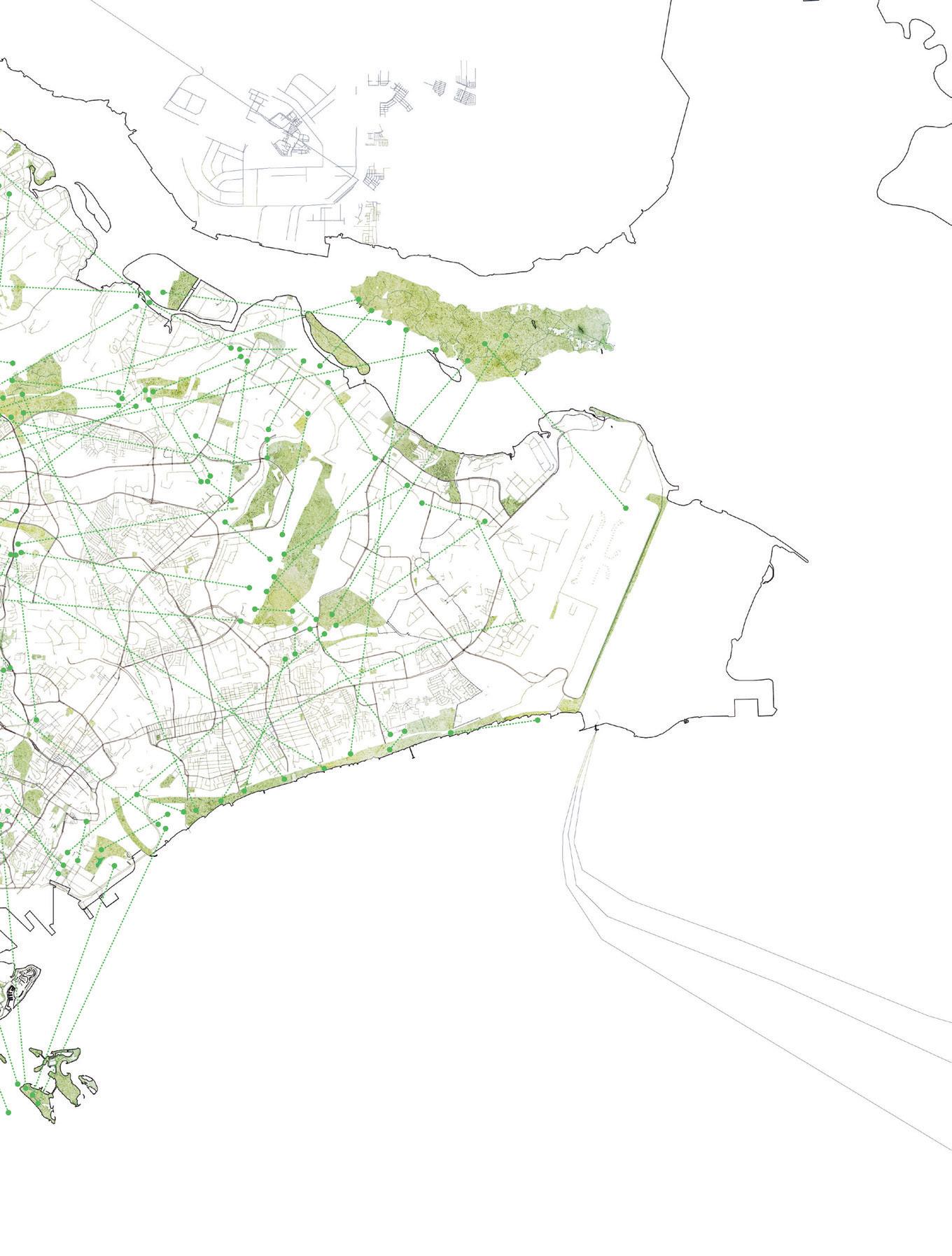
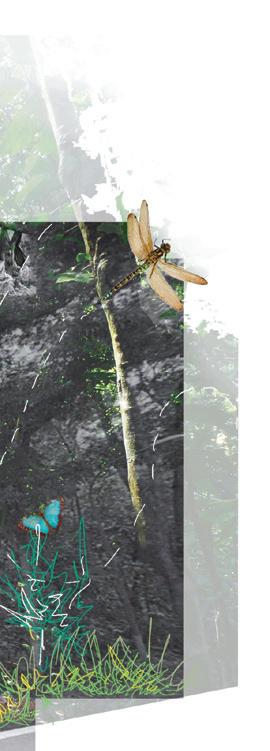





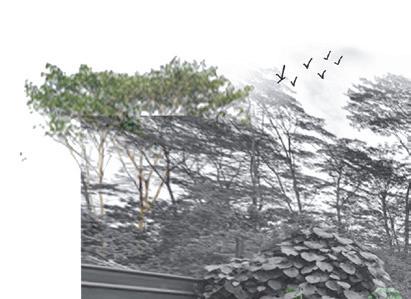

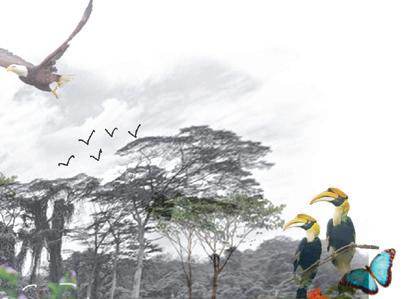





93
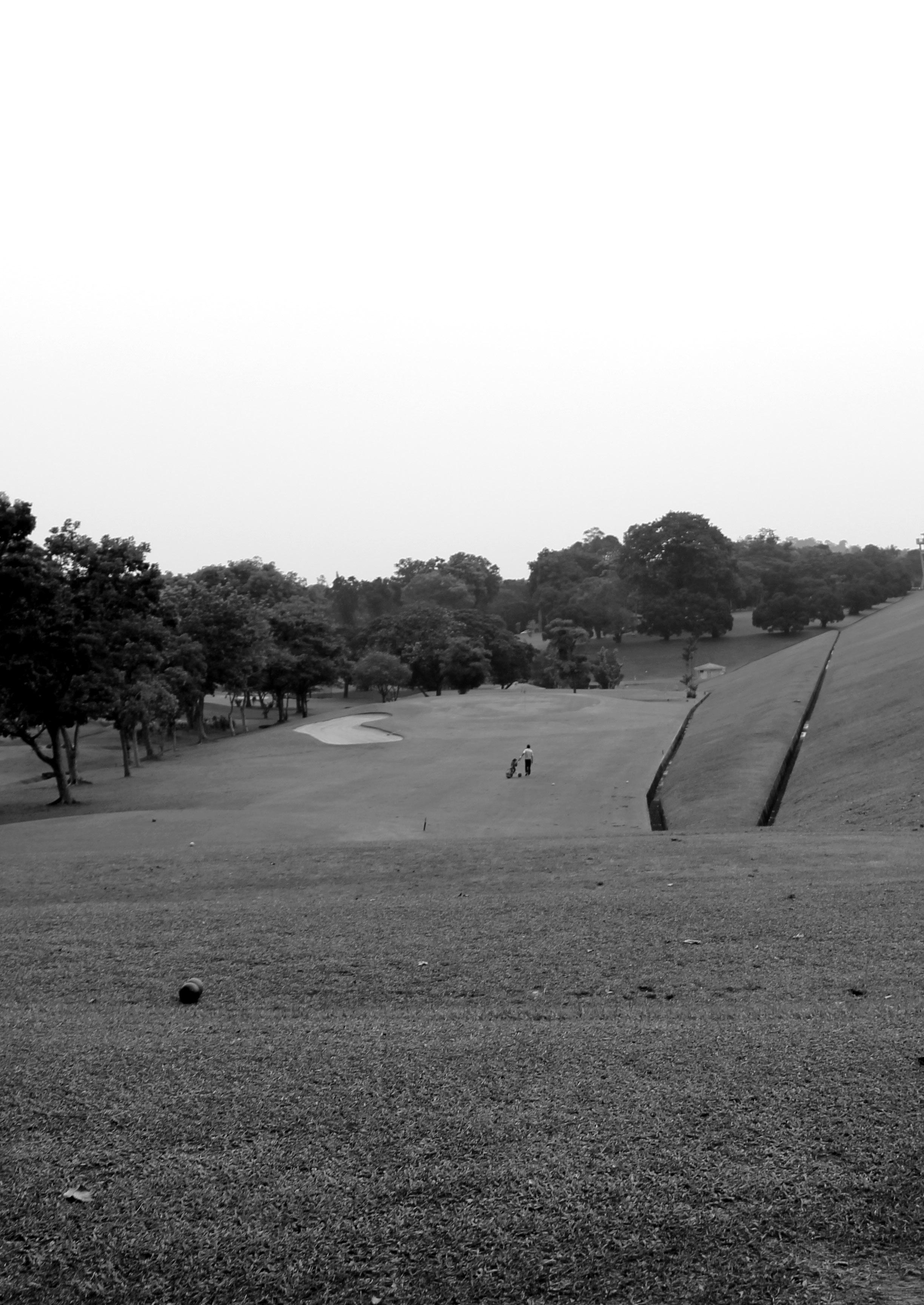
CO-HABITABLE “COMMON GROUND”
Ekta Rakholiya
Co-Habitable “Common Ground” is a project with the vision to re-define Golf Course as a conjunction of the Game of Golf and ecological habitat creation with larger emphasis on ecological processes related to water, vegetation and soil. The project is situated right at the base of Upper Seletar Reservoir where currently it functions as “Mandai Executive Golf Course (MEGC)” facility. It happen to be also situated on the location where it is said (and recently mapped) that once pristine Fresh Water Swamp Forest (FWSW) thrived.
Through in-depth study of the current condition at MEGC - in terms of Golf course use, management practice, flora-fauna and its relevance in a larger context of Nee Soon FWSF; the issues identified are : heavy water consumption as well as contamination, forest fragmentation and degraded soil quality.
The fact that it has affected the area in adverse manners but at the same time provided recreational facility cherished by many; the design proposal focuses on the re-development of MEGC as an Eco-sensitive golf course that is ecologically sound and supports habitat enhancement. To create so; the water-based challenges are tackled through firstly tapping into the potential of rainwater to meet the water needs, secondly improving the golf course drainage infrastructure through a network of a vegetated open dry/wet swells and lastly enhancing irrigation system to minimize water consumption. Forest fragmentation is addressed through introduction of forest patches on the golf course with careful layering of grass, shrubs and trees clustered to form continuous corridor. An attempt is made to minimize the “Green” areas and increase natural vegetation with careful consideration of rules for the game of golf. Combination of both the strategies leads to decreased chemical-based maintenance of the course and adds to the improvement of soil quality.
With enhanced water-based infrastructure and introduction of appropriate flora-fauna, larger aim is to formulate right conditions so that Fresh Water Swamp Forest can once again thrive in this region. An eco-sensitive golf course intrinsically adds to the challenge faced by a golfer during the game, hence provides them with an opportunity to master their short-range game. In a larger context, the whole proposal act as a buffer zone between forest and developed areas, which otherwise tend to have sharp edges without any provision of a niche for the forest edge species.
UNDERSTANDING THE CONTEXT
current locaiton of Mandai Executive Golf Course (Built in 1996)
1 Map showing major vegetation type (1819)
The site for the proposed design is Mandai Executive Golf Course (MEGC) which is situated right at the base of Upper Seletar Reservoir.

Not only it is adjacent to Singapore’s only surviving pristine secondary forest ecosystem, but it happen to be also situated on the ground where it is said (and recently mapped) that once Fresh Water Swamp Forest (FWSF) thrived.
current locaiton of Mandai Executive Golf Course
2 Map showing major vegetation type (1994)


The MEGC was constructed in 1992. Though it has served many golf enthusiast, but had contributed not only to the forest fragmentation but the regular use of pesticides and fertilizers has contaminated water and degraded soil.
3 Candidate FWSF Areas superimposed on current land use and roads base map.
Source// Reserach paper : The freshwater swamp forest of Sungei Seletar catchment: A status Report by Tony O’DEMPSEY and CHEW Ping Ting
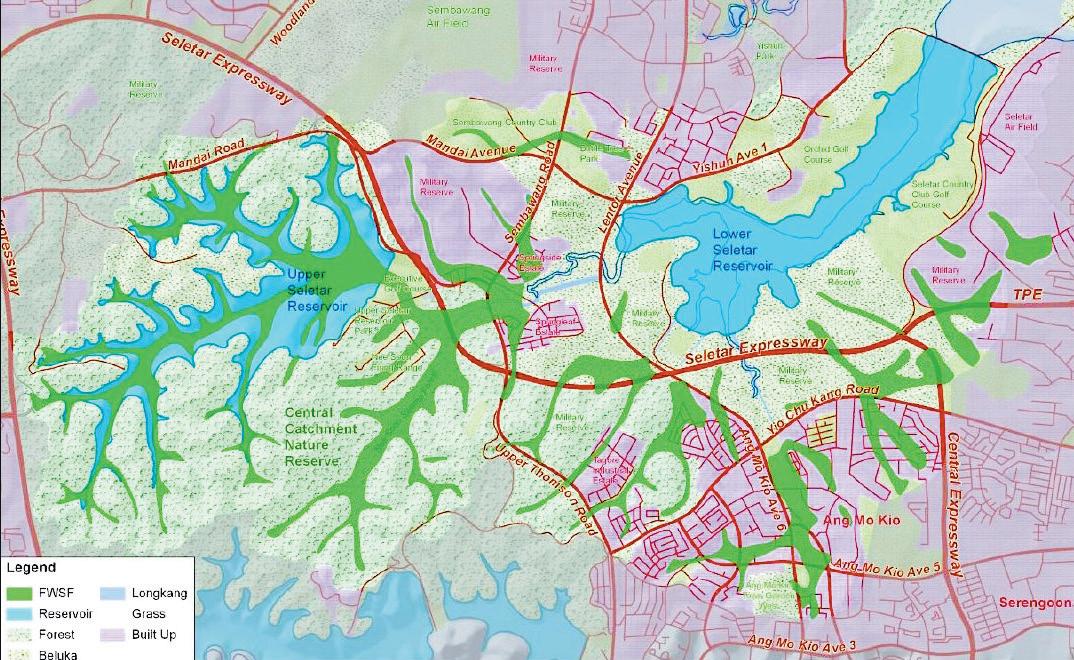
96
1 & 2 // Historic account for spread of Fresh water swamp forest (Indicate site area)
Source// Book: A first look at Biodiversity in Singpaore (1994)
Keruing (Dipterocarpus


Meranti (Shorea
critically endangered Raffles Banded Langur (Presbytis femoralis)

Sunda Pangolin (Manis

Today, less than 0.5% of the original primary forest cover remains and it can only be found in small patches within the Central Catchment Nature Reserve and the Bukit Timah Nature Reserve. An even rarer forest type in Singapore is the primary freshwater swamp forest, with the most significant remaining patch being the Nee Soon Swamp Forest in the Central Catchment Nature Reserve.1 The existing habitats are home to a magnificent diversity of plants.
References//
1. Central Catchment Nature Reserve. (2019, October 2). Retrieved from https://www.nparks.gov.sg/gardens-parks-and-nature/ parks-and-nature-reserves/central-catchment-nature-reserve.
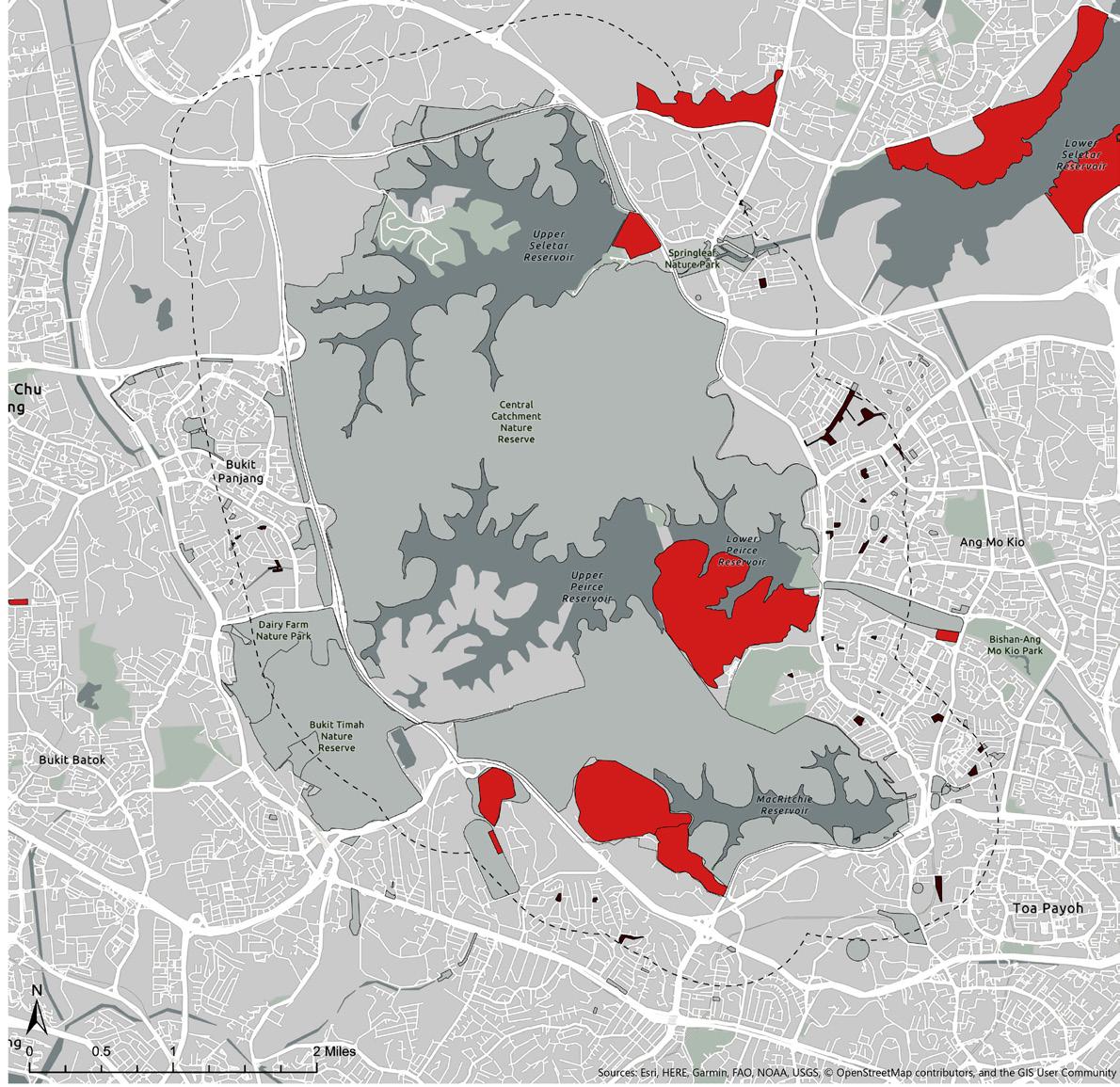
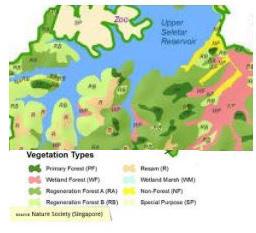
Sembawang Country club
Orchid Country club
Site// Mandai Executive Golf Course
Singapore Island Country club
Champion’s public Golf Course
Singapore Island Country club
Legend
Key Map// Site situation with respect to CCNR and all the golf courses In-and-around CCNR

97
spp.)
spp.)
javanica)
EXISTING SITE CONDITION

Mandai Executive Golf Course








Overview
The Mandai Executive Golf Course is a 9-hole, Par 29 public course situated next to Upper Seletar Reservoir. Opened in 1993, the friendly course features a nice variety of par 3s and par 4s that allows golfers to use most of the clubs in their bag and is a perfect facility for beginners as well as experienced golfers who wish to sharpen their short game skills.
As a sport, from its beginning in Scotland, the game of golf has been connected to nature by playing and enjoying the game in natural surroundings. Ever since it has evolved into a refined practice of molding landscapes in peculiar way in order to suit the game. The regular use of pesticides and turf management chemicals heavily impact the environment and ecology.
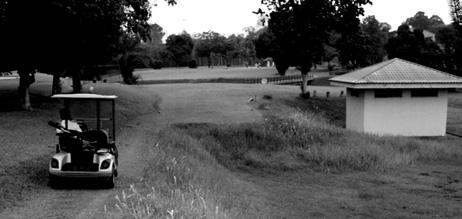
Management Practice

Irrigation and Drainage
Average water requirement: 100,000 to 1,000,000 gallons (378.5 m3 to 3,785 m3) of water per week in summer to maintain healthy vegetation.
Irrigation system: is comprised of sprinklers, field controllers, central control systems and valves. These are the components of an automatic sprinkler system.
Watering program: is developed to determine the timetable for the watering and how much of water to use. Different plants need different watering timetables. Some plants do not need to be watered every day but some others require daily watering.
Turf Management/ Pitch care

Mowing: though excessive mowing will compact the grass. During the growing season daily mowing is required.
Verticutting: to remove excessive thatch
Scarification: to remove moss and stop the collection of moisture on the green.
Grooming: to reduce the thickness of clumps.
Aerating: to remove excessive organic matter, modify the root zone composition, improve rooting and drainage
Soil surfactants and wetting agents: to manage localized dry spot
Turf type and required conditions
Turf: Blue serangoon grass (Digitaria didactyla)

Soil Requirement: Fairly wide tolerance but definite preference for lighter soils, tolerant of low nutrient levels.
Moisture: 900–1,800 mm AAR, survives seasonal dry conditions and drought by losing all leaf.
98
Hole 1
Hole 2
Hole 3
Hole 4
Hole 5
Hole 6
Hole 7
Hole 8
Hole 9
Golf hole layout and area wise percent distribution



- 9 holes course
- Has varieties of Par 3s & 4s - 40 bays of Driving Range

99
Mandai Executive Golf Course, Base Map
Mandai Executive Golf Course
ISSUES IDENTIFIED
Water based issues Canalization of natural water streams contributes to break in the natural flow of nutrients and aquatic life. Through research and studies, it is evident that locating MEGC has contributed to the shrinkage of footprint of Neesoon Freshwater Swamp Forest


Forest Fragmentation

Lack of diverse fauna on the golf course. Out of 320 trees on the course, there are only 16 types planted repeatedly. List of tree speices on MEGC are:
1. Pink Poui (Tabebuia rosea)
2. Jemerlang Laut (Peltophorum ptrocarpum)


3. Callitris species (Cupressaceae)
4. Ordeal Tree (Erythrophleum suaveolens)
5. Royal Palm (Roystonea regia)
6. Kapok Tree (Ceiba Pentandra)
7. Bunga Tanjung (Mimusops elengi)
8.AmericanMahogany (Swietenia macrophylla)
9. Paper Bark Tree (Melaleua cajuputi)
10. Jenaris (Callerya atropurpurea)
11. Jambu Laut (Synzygium Grande)
12. Sena (Pterocarpus indicus)
13. Burma Padauk (Pterocarpus macrocarpus)
14. Pakul Lima (Samenea saman)

15. Northern Banglow Palm (Archontophoenix Alexandrae)
16. Emang (Hopea mengarawan)

Diagram illustrating vegetation fragmentation
Soil Degradation

Golf courses demands high maintance and usage of water. Frequent use of fertilizers and pesticides causes leaching and degrade water quality as water drains through regular irrigation. As water percumulates, it tend to absorbe pestiside residue eventually affecting soil quality and ground water quality.
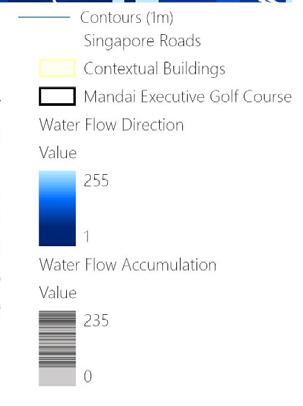


The land was clearled in 1993 for the construction of Mandai Executive Golf Course cleared up the forest existing over there creating complete segregation between regenerated forest. Within the Golf course, the lack of provision of continuous patches results into further forest fragmentation
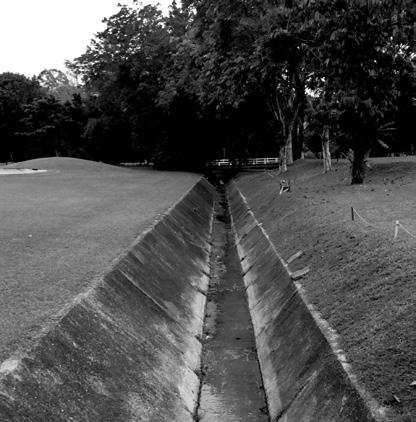




101
Sharp edge between forest and Golf course boundary
Disconnected patches within golf course
Presence of green in the canal indicates the fertilizer overdoze
White and black patches are indication of presence of weed and their resistance adoptation to the fertilizer based treatments.
Pesticide contamination mapping (lighter the shade, higher the accumulation tendency)
MASTER PLAN
Design strategies

WATER BASED SOLUTIONS
Tapping into Rain water potentials

Appropropriate Drainage Network Irrigation

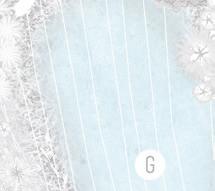






VEGETATION

Creating continuous corridors
Appropriate Plantation strategy
Integrated Plant Management
SOIL

Appropriate Turf Selection
Decreasing Greens and allowing
Natural vegetation

Sound Management Practice
INLET CONTROL// Bio-swale filteration strip, 25’Diameter no spary zone

RAIN WATER CATCHMENT// Shallow Pond
INLET CONTROL// Rain water run-off control , 25’ Diameter No-spray zone
RAIN WATER CATCHMENT// Infilteration basin
OUTLET CONTROL// Phytoremediation
102
RAIN WATER CATCHMENT// Shallow Pond
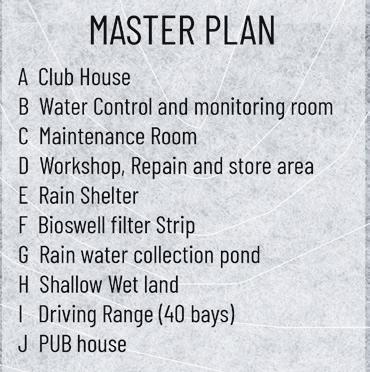




OUTLET CONTROL// Phytoremediation Zone
OUTLET CONTROL// Phytoremediation Zone




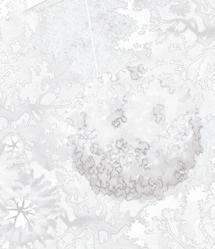



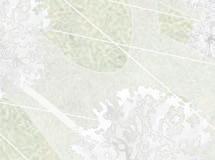





RAIN WATER CATCHMENT// Bioretention area (Shallow wet land)
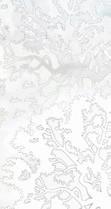

103 WATER CATCHMENT//
Pond
DESIGN STRATEGY - 1 // TENDING THE WATER

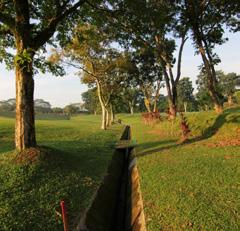



Water based solutions



104
Existing network of Canal
INLET CONTROL
To reduce the impacts of storm water on receiving water bodies, inlet control measures are designed to protect water quality by managing runoff before it is collected in the drainage system.
Vegetation Zone// Band of small trees and shrubs is used to reduce the velocity of storm water to promote infilteration into the soil and settling of solids.




Bio-swale filter strip// Bands of close growing vegetaion, usually grass, planted between pollutant source area and receiving water body to reduce pollutants such as sediment, organic matter & many trace metals by filtering acttion of vegetation.




CATCHMENT

Bioretention cum shallow wetland area// Shallow (6-9 inches of ponded water) storm water basins filled with porous soil mixture and then planted. With time, this area have tendency to acquire Fresh Water Swamp Forest ecosystem.
Infilteration Basin// Excaved trenches filled with stone aggregate used to capture storm water run-off.
OUTLET CONTROL
Phytoremediation



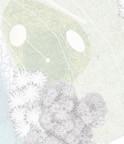
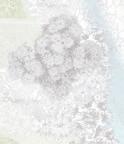

dry-wet swale Zone// Bands of small wetland at the edge of catchment basin as well as naturallised water canals to recover polluted soils, particularly those containing toxic organic substances and heavy metals.

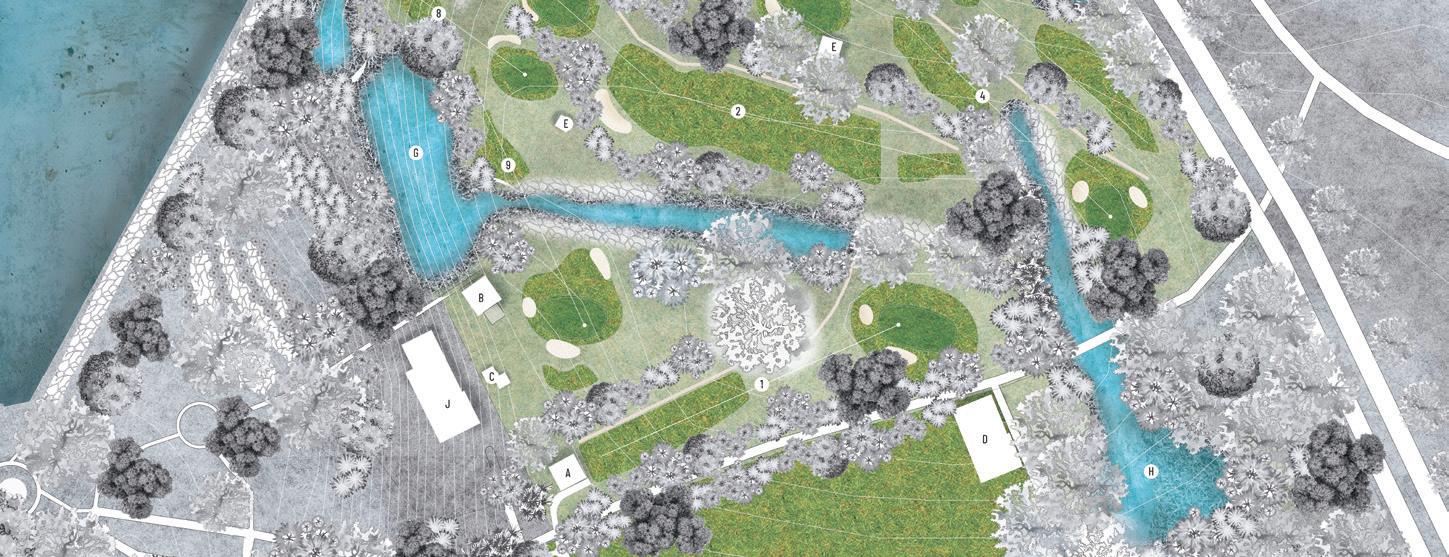
105
DESIGN STRATEGY - 2 // “LET IT GROW”
Plantation pallet and strategies
Flowering trees
Legumes or Bean trees/ Fruit Trees
Shrubs Timber trees/ Rain trees
Overstory Tall Timber trees
Understory
Semidwarf Legumes / Fruit trees
Ground cover
Flowering Trees
In Swales and Ground Range of grass cover
Tall Trees
Predominantly one species along the row
Short Trees



Occasional inbetween new plantation
Canal Edge plantation
Hardscape edge
Ground surface cover completely missing
106
TRANSFORMED LANDSCAPE
EXISTING CONDITION
Patch// A relatively homogeneous area that differs from its surroundings. Corridor// Narrow strip of land which differ from matrix on the either side of it. Matrix// “Background ecological system” of a landscape with high degree of connectivity.

Combination of these three spatial elements are used to improve connectivity and movement from forest to the Golf course. The term “connectivity” here is defined as the measure of how connected or spatially continuous a corridor, network, or matrix is.


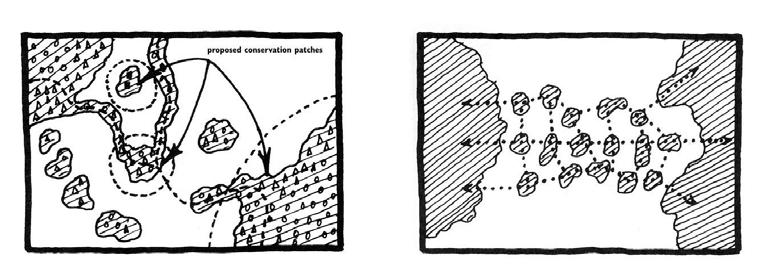

TREES RETAINED ON SITE

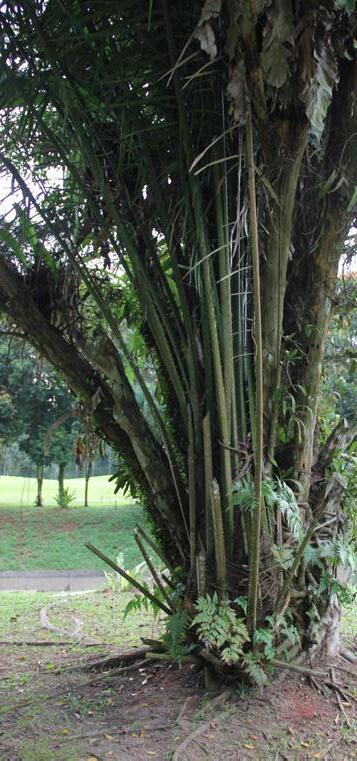

107
Patch - Corridor - Matrix Model
cover
Source// Book: Forman Science of Cities :Spatial Patterns & Mosaics
DESIGN PROPOSAL

DESIGN STRATEGY - 3 // “LET IT FORM”
Tending the soil
Existing
Hole 1
Length: 250m
Length: 150m
Length: 150m
Length: 330m
Greens are decreased by 10%, surrounded by continuous corridor of trees and shrubs
Greens are decreased by 7%, surrounded by continuous corridor of trees and shrubs
Greens are decreased by 18%, surrounded by continuous corridor of trees and shrubs
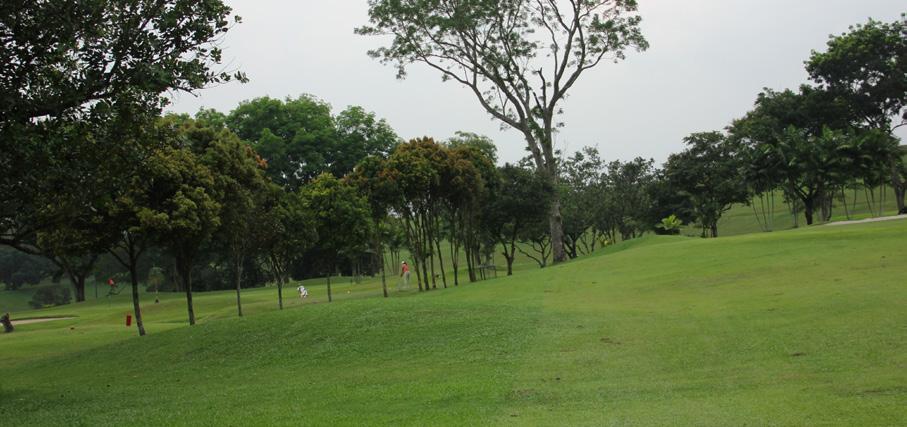
Greens are decreased by 25%, surrounded by continuous corridor of trees, shrubs, water body and swale.
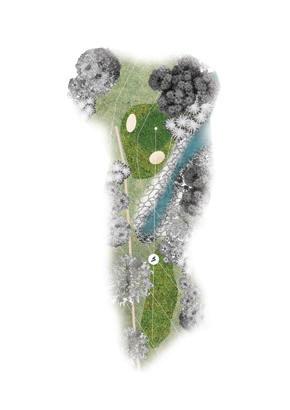
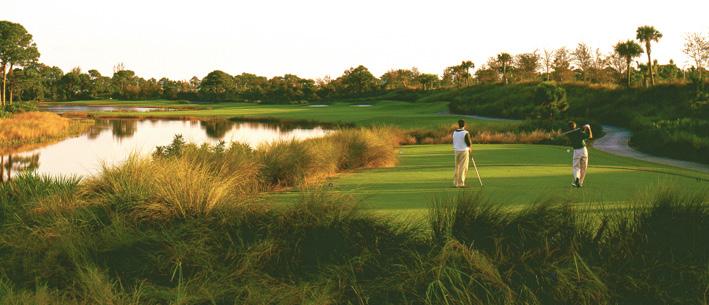
Greens are decreased by 5%, surrounded by continuous corridor of trees, shrubs and filteration strip.
Note: The length of the proposed course is kept as it is to meet the rules for 3s & 4s Par Golf Course design.

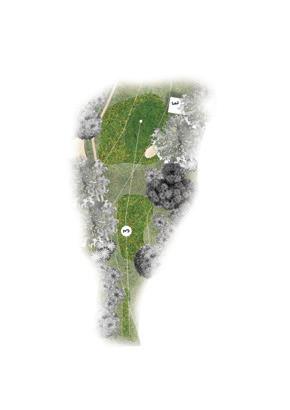

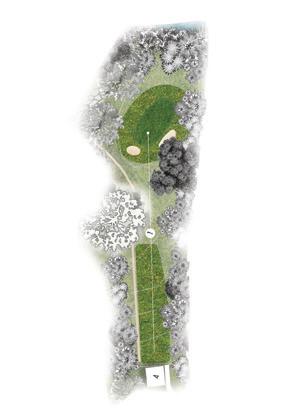


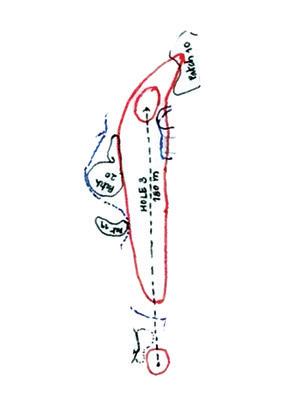

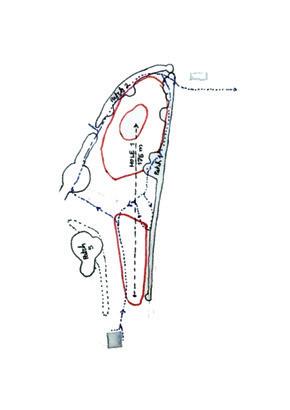
108
Plan view of a typical Golf Course
Out - of - play areas in proposed design (Opportunities for the use of native vegetation) Vision EXISTING
Hole 2
Hole 3
Hole 4
Hole 5
Length: 175m
MEGC - Course rating card

A golf course of standard playing difficulty has a slope rating of 113, and slope ratings range from a minimum of 55 (very easy) to a maximum of 155 (extremely difficult).

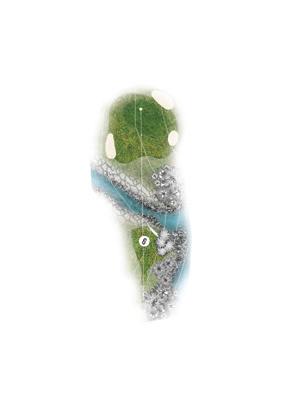






Currently, Slop rating of MEGC is between 82-87. With the proposed changes and ecological intervention, the difficulty level of the Golf course is expeted to rise upto 110 to 120.
Length: 130m
Length: 165m
Length: 110m
Length: 175m
Driving Range: 40 bays
Greens are decreased by 35%, surrounded by continuous corridor of trees, shrubs and water body.
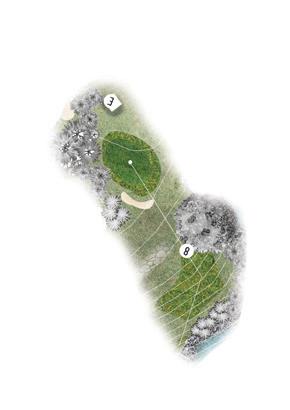
Greens are decreased by 6%, surrounded by continuous corridor of trees, shrubs and filteration strip.
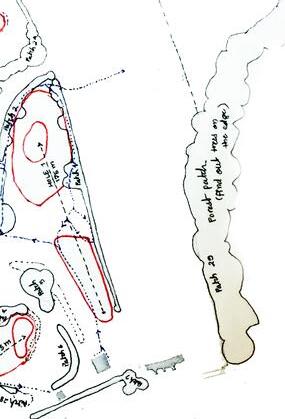
Greens are decreased by 20%, surrounded by continuous corridor of trees and shrubs.
Greens are decreased by 18%, surrounded by continuous corridor of trees, shrubs, water body and swale.
Driving range is shortened to accomodate FWSF creation at the edge. Maintenance room is also relocated from its original location.
109
Hole 6
Hole 7
Hole 8
Hole 9
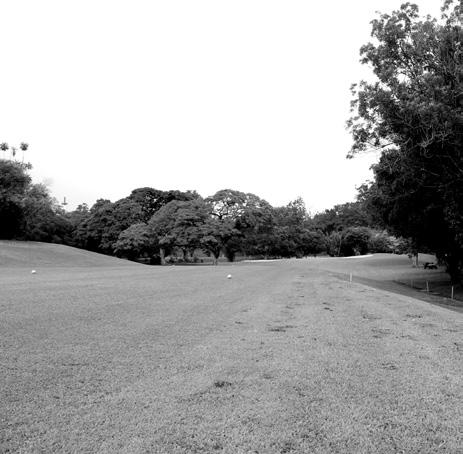
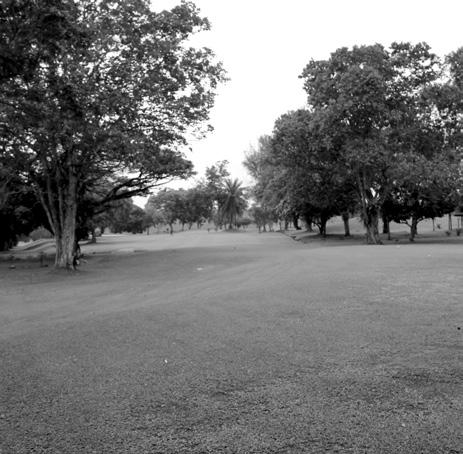
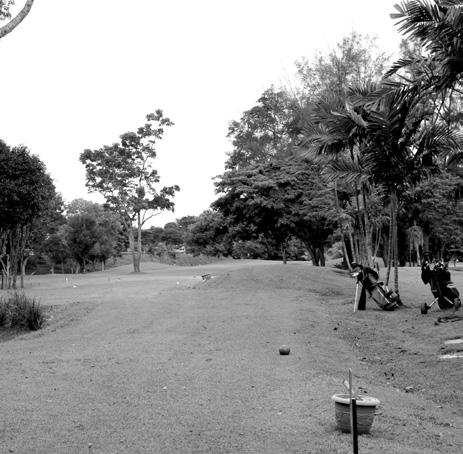






110 VISION Before

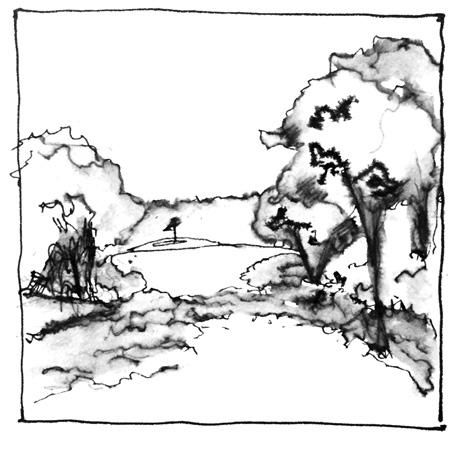


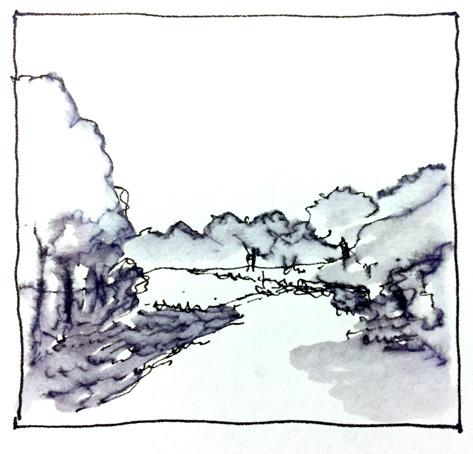




111 After


WILDING STREETSCAPE OF SINGAPORE
Cheng Jing & Lyu Jiawei
With rapid urbanization, the transportation system has become very complex. The current road network is 3425km long in Singapore which has resulted in severe habitat fragmentation, disconnected waterways, single-tiered vegetation, and so on. Streets have the potential to be more than just transport corridors. With an aim to strengthen the flora and fauna dynamics, and introduce hydrologically sustainable streets, two sites are selected.
Located at the junction between CCNR and Pangsua Pond, the Bukit Panjang road flora species are monotonous and lack habitat connections. Petir Road is located in Bukit Panjang new town, and surrounded by CCNR and Bukit Timah nature reserve. Historically, many streams and wetlands existed here. At present, it faces the threat of increased runoff and habitat loss.
Bukit Panjang Road: the first strategy is to enrich the variety and structure of roadside and buffer plant species. The planting strategy of trees is sparse or dense, giving consideration to the various stages of plant succession and the changes in the surrounding environment, providing diversity in space. The second strategy is to connect animal habitats by reducing barriers, which include infrastructure, hardscape slopes, and concrete canals. The strategy is divided into four parts- tree canopy connection, hydrophilic habitat construction, slope landscape formation, and infrastructure transformation, incorporated within the specific condition of each barrier
Petir Road, a water-sensitive road design: the first strategy is to reshape the waterway network in the site to lessen the increased runoff resulted from the new developments of residential along the street and improve water quality. The second strategy is to create a freshwater swamp ecosystem based on the swampy stream, which can provide a targeted habitat for woodland and aquatic animals that can adapt to the urban context, and combine human activity.
Our design envisions alternative streetscape by roadside greenery, and water sensitive road design which creates a continuum of habitats and improves the street environment. Meanwhile, it provides places for drivers, pedestrians, visitors and residents for recreation.
BUKIT PANJANG ROAD DESIGN ERINCH THE DIVERSITY AND STRUCTURE OF ROAD PLANTS










Conotonous landscape













Nature of available landuse

114
Long-tailed Macaque (Macaca fascicularis Mlayan Colugo (Cynocephalus variegatus Greater Racket-tailed Drongo (Dicrurus paradiseus Asian Fairy Bluebird (Irena puella Cicadas(Purana spp. Branded Imperial Butterflies (Eooxylides tharis diatanti) Giant ForestAnts (Camponotus gigas) Otte Teerapins Fish Drafonflie Pang Sua Pond Leopard Butterfly Lime Butterfly Appias libythe Olive-backed Sunbird Asians Be Parthenos sylvi Athym Bukit ButterflyPanjangGarden Pink-necked Green Pigeo Long-tailed macaque Long-brand bushbrown butterfly Saquirrel Monitor lizard Changeable lizard Green crested lizard Zhenghua park oodpecke Pink-necked Green Pigeo the Greater Racket- tailed Drong Long-tailed Parakee the Oriental Dollarbird Bukit Panjang Neighbourhood 2 Park Bukit Panjang Neighbourhood 5 Park Road Water Building Bridge Grassland Building Etrance Associate trees Phoenix roebelenii Phoenix canariensis Spathodea campanulata P Beauv Garcinia cymosa forma pendula Lagerstroemia langkawiensis Syzygium polyanthum (Wight) Walp Fagraea crenulata Pometia pinnata Fagraea fragrance Khaya nyassica Lophanthera lactescens Tabebuia rosea Syzygium grande Livistona chinensis Khaya senegalensis Peltophorum pterocarpum Casia fistula Flacourtia inermis Khaya grandiflora Plumeria obtusa Site trees 0 25 50m
Site surface condition
BUKIT PANJANG ROAD DESIGN

ERINCH THE DIVERSITY AND STRUCTURE OF ROAD PLANTS
Disconnection area
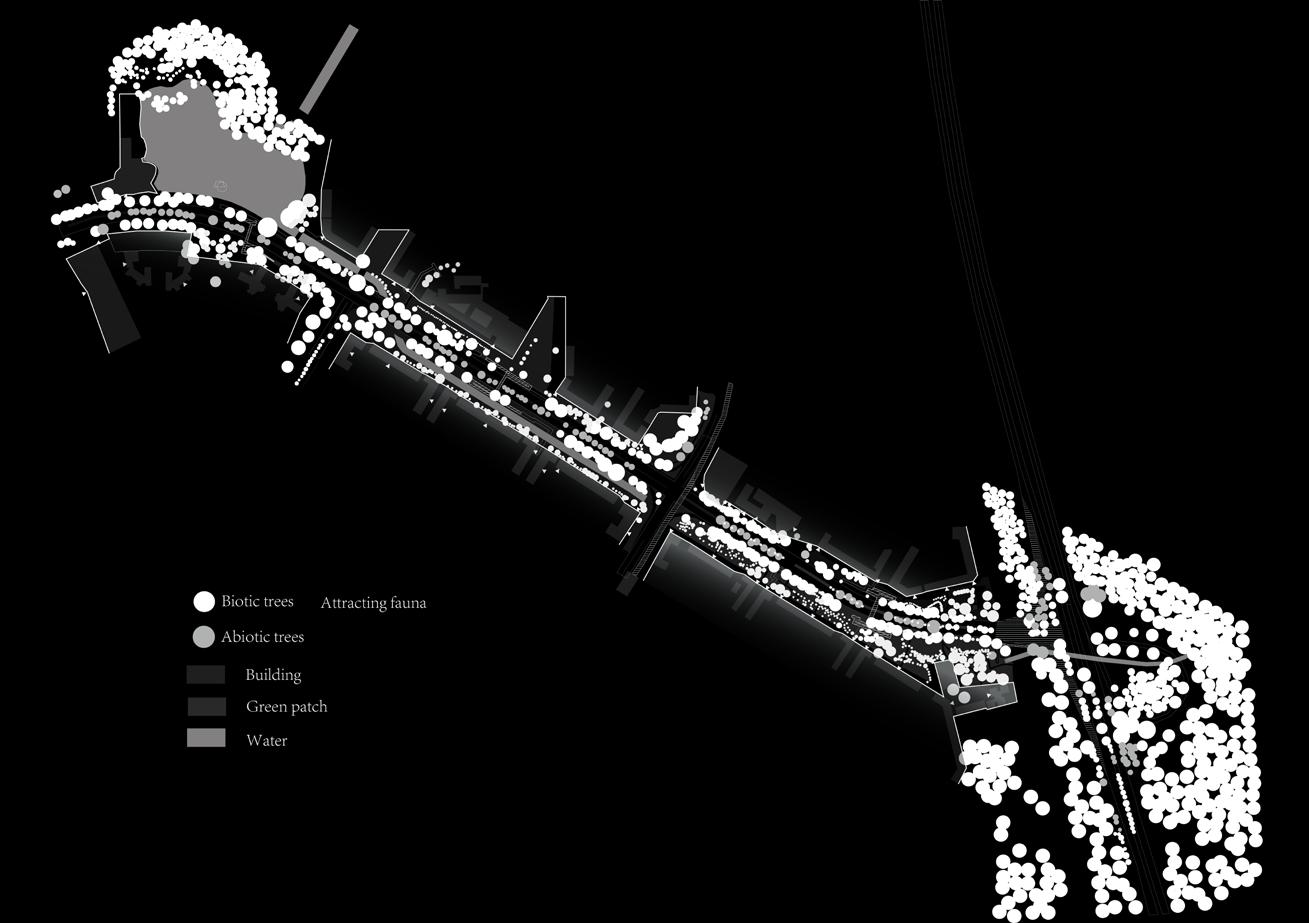
115
HABITAT LOCATION
Bukit Panjang Rd 3D overview




116
Barrier
Road peripheral space type
Associate trees
Phoenix roebelenii
Phoenix canariensis
Spathodea campanulata P. Beauv.
Garcinia cymosa forma pendula
Lagerstroemia langkawiensis
Syzygium polyanthum (Wight) Walp
Fagraea crenulata
Pometia pinnata
Fagraea fragrance
Khaya nyassica
Lophanthera lactescens
Khaya senegalensis
Tabebuia rosea
Syzygium grande
Livistona chinensis
Building Bridge Isolation Building Etrance
Road Water
Peltophorum pterocarpum
Khaya grandiflora
Casia fistula
Plumeria obtusa
Flacourtia inermis
Sandoricum koetjape& Araucaria heterophylla
Syzygium Calophyllumlineatum& soulattri
Burm.f.
Cinnamomum iners
Pithecellobium dulce
Brownea grandiceps
Climber, Vine & Liana, Shru
Mangifera indica
Terminalia catappa
Ficus tinctoria ssp
Artocarpus Lagerstroemiaheterophyllus& tomentosa

Musa sp.&Passiflora
Cocos
Durio zibethinus L.
Artificial canal Naturalize canal
Animal movement
0 25 50m
117
1、Infrastructure 2、Canal
STRATEGY 1——NATURALIZING CANAL
STRATEGY2——DESIGNING FOCAL POINTS


118
Node design Wide green belt Narrow green belt Road peripheral space type Design Slope green belt Green belt with canal Green belt with patch 1、Hardscape lsope 2、Canal Road peripheral space type
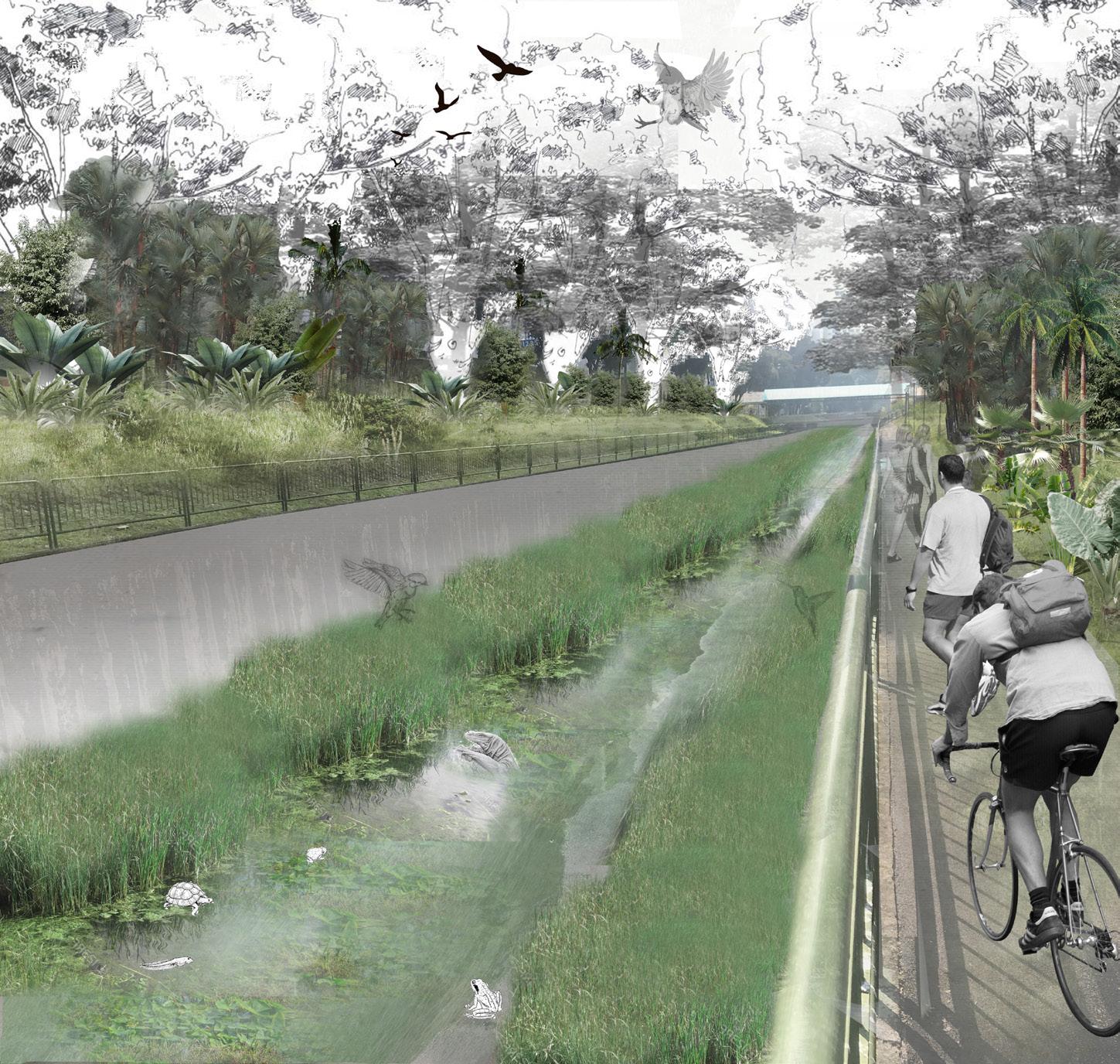

119 STRATEGY3——UTILIZING LANDFORMS
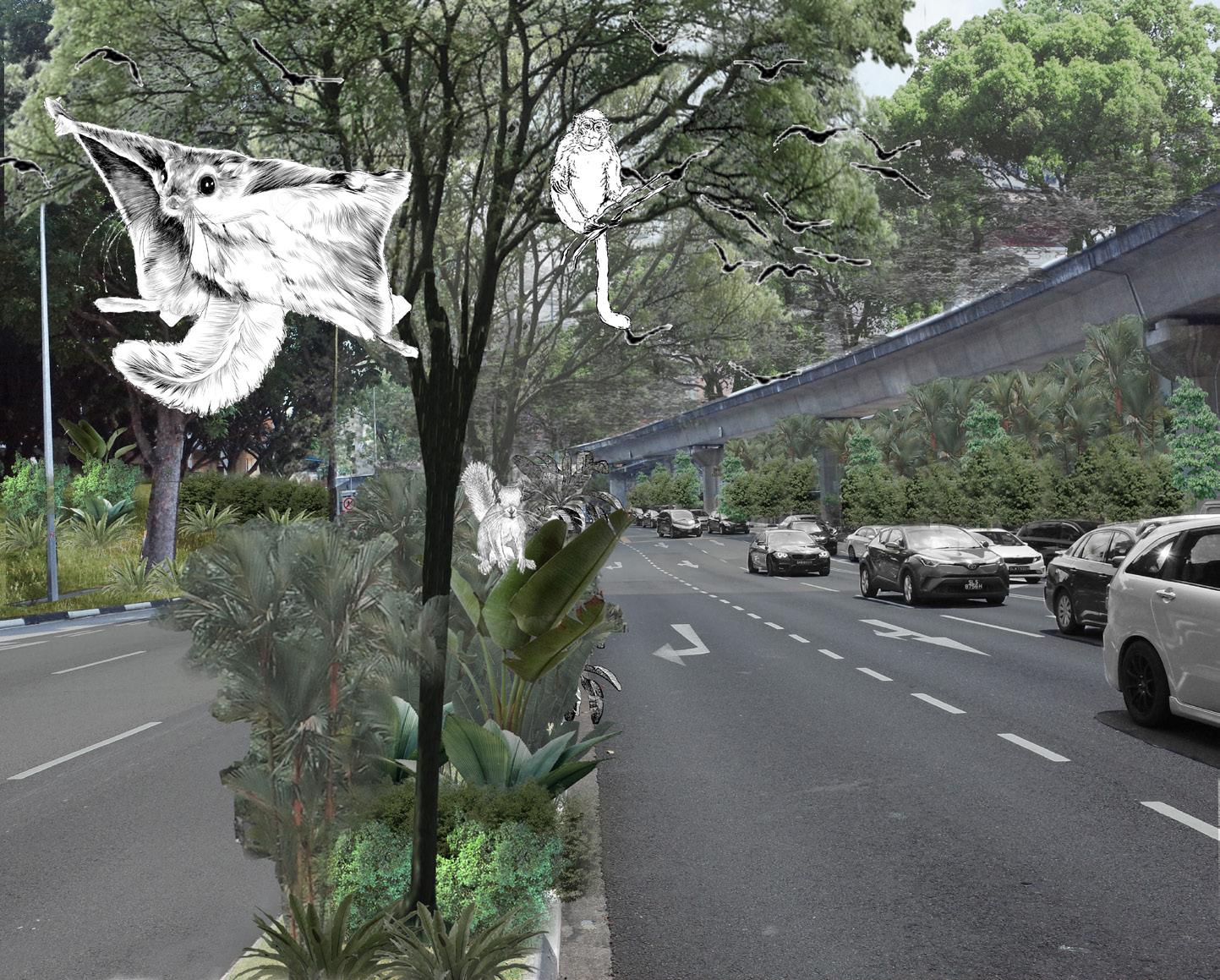
120
LRT
STARTEGY 4 —— SOFTEN BARRIERS
Road offset 5m

121
Overpass bridge
MASTER PLAN
Erinch the diversity and structure of road plants

122
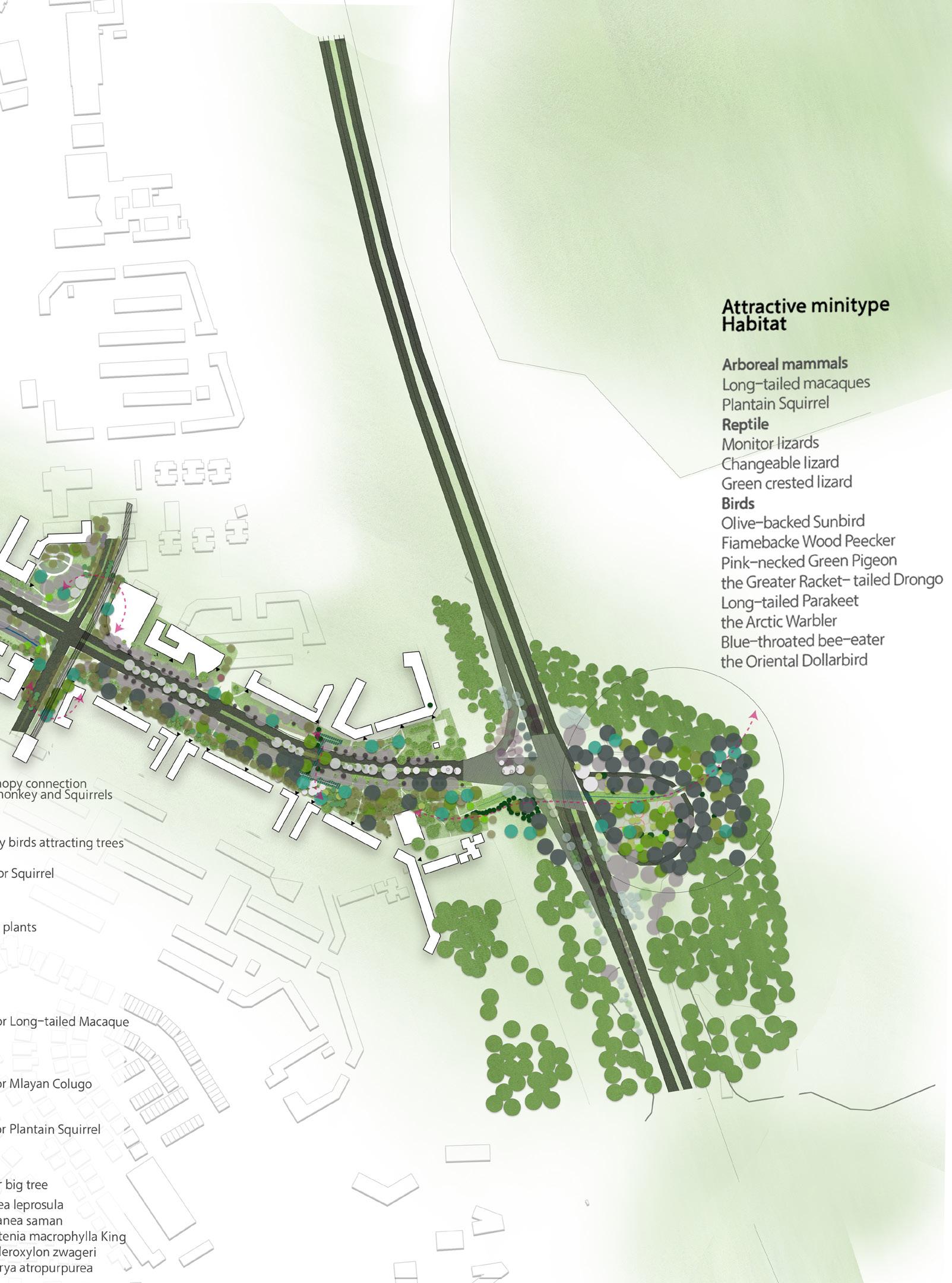
123
PETIR ROAD——WATER- SENSITIVE ROAD DESIGN











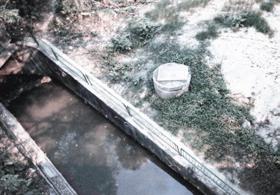

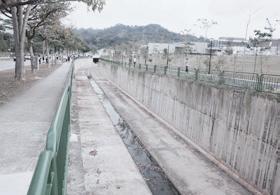








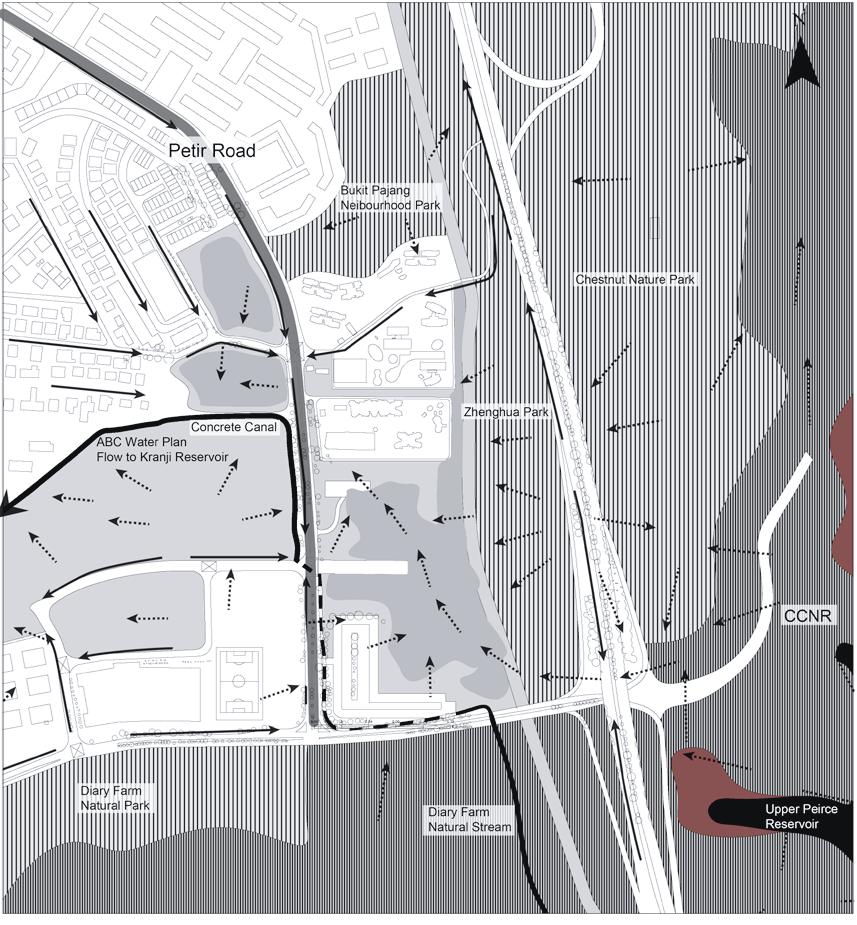


124
Site Location Historical Topographic Change 1945 1985 2019 Site Condition ≤63.82 ≤55.81 ≤47.8 ≤-25.19 ≤-11.84 ≤-3.83 ≤73.61 ≤86.07 ≤100.32 ≤4.18 ≤12.19 ≤19.31 ≤114.56 ≤128.80 ≤143.94 ≤26.43 ≤33.55 ≤40.67 ≤160.85 ≤184 Legend Main Canals Flow Old Secondary Forest Reservoir New Secondary Forest Freshwater Swamp Scrubland+Low Regeneration Forest Grassland Main Canals Underground Flow Driange Flow Surface Flow

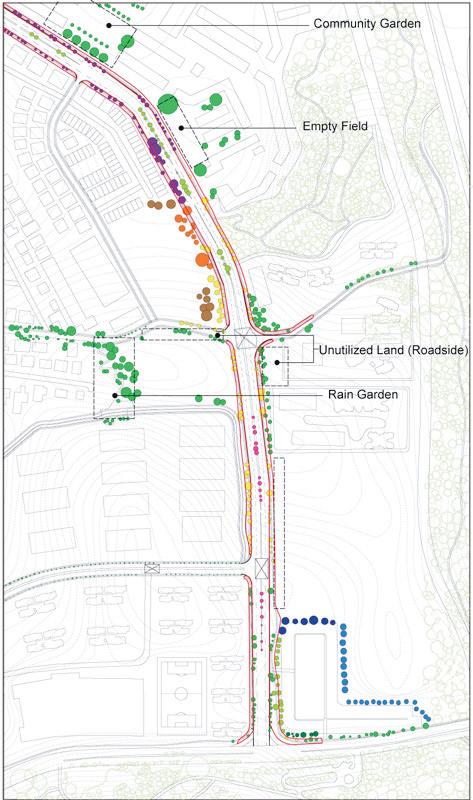
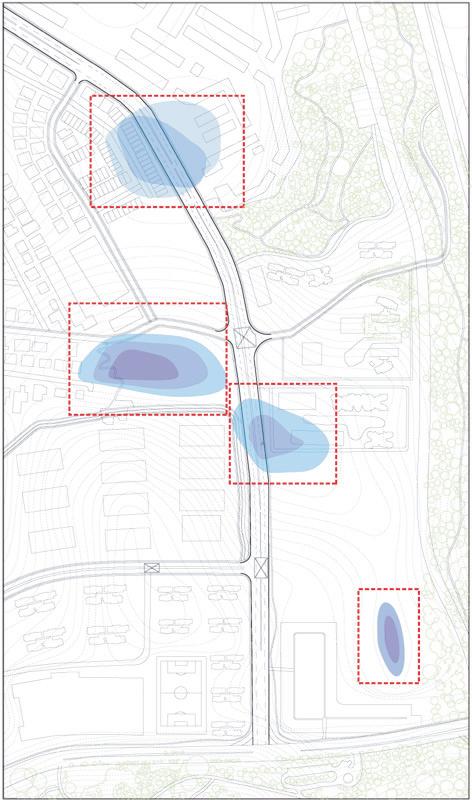
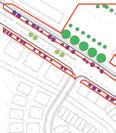






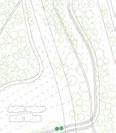


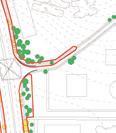



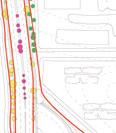

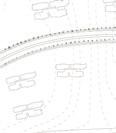


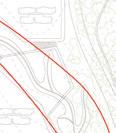
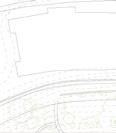

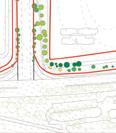



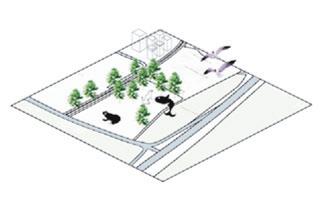
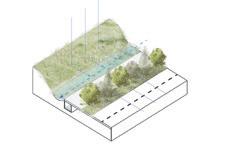



125 Establishing Habitat OVERVIEW OF THE SITE Land Use Changes Existing Boundary New Design Boundary Low-lying Area Nature Reserve Urban Green Space Built Area Canal
Reshaping Waterway
Strategy
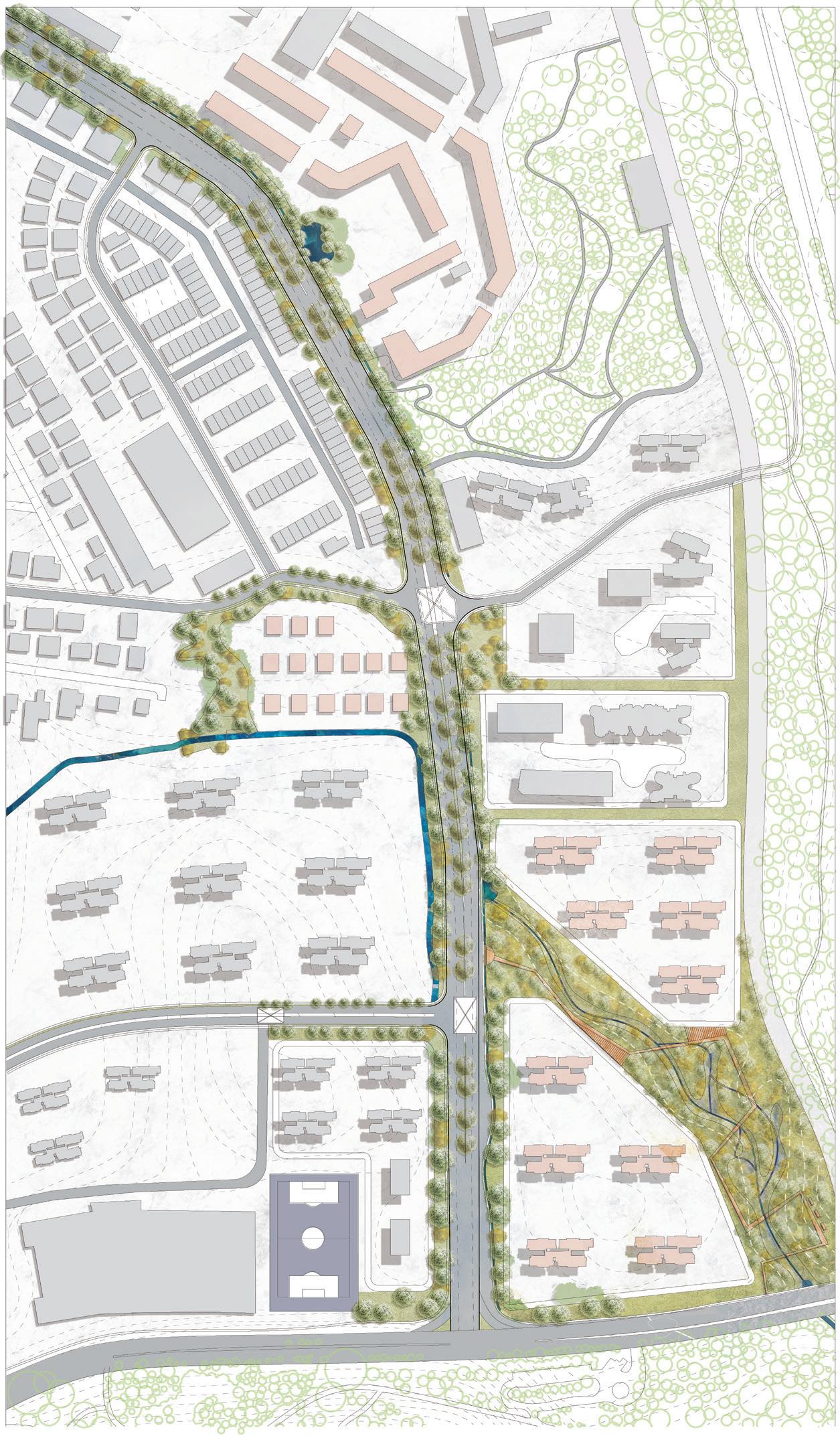


126 MASTER PLAN Retention Pond Retention Pond Swampy Stream Buffer Zone Forebay Diary Farm Natural Stream Diary Farm Nature Park New Residential Swamp Dryland Human Active Place Bukit Pajang Park Vegetated Swale Vegetated Swale Rain Garden Narrow Canal C C N R 0 25 100 50
URA Master Plan
STRATEGY 1——WATERWAY DESIGN

New Residential Layout Watershed Division
New Residential Development
Floor Area Plot
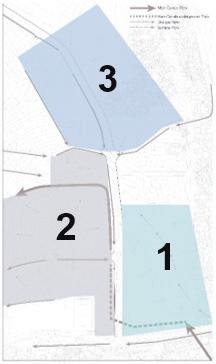
Increased Runoff Calculation:
New Residential: Three Development Areas:

83150 46627 e 28717
According to LUSH 3.0, Minimum softscape requirement is 40 in developments
Hardscape area in new residential: A1=49890 ; A2=27976 ; A3=17230 .
Q=CiA
I(max)=248mm/d I(min)=110mm/d
I=200mm/d (from SG government)
C= 0.8
Increased Runoff:
Q1=331.27m³/h Q2=185.76 m³/h Q3==185.76 m³/h
New increased waterbodies: 702.79 m³
Water System Design
Watershed
Runoff Coefficient:
Green:
Forest: 0.05
Grassland: 0.1
Urban Green: Manicured Lawn with Trees: 0.12-0.15
Manicured Lawn: 0.2
Playground: 0.3
Streetscape:
Driveway/Walkway/Pathway: 0.7
Streets: 0.9
Internal Recycle
127
y Foreba y Forebay Treatment Marsh Retention Pond
Inflow Outflow
Foreba
Swampy Streams
2.1 2.1 2.1 2.1 1.4 1.4 1.4 2.1
T
STRATEGY 1——WATERWAY DESIGN Design Plan




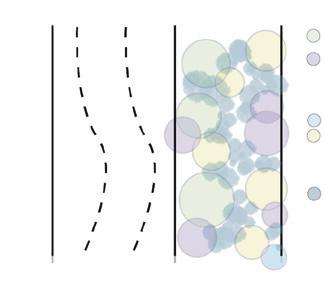
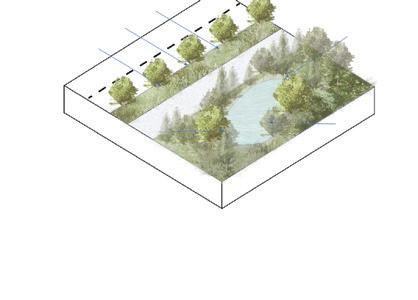
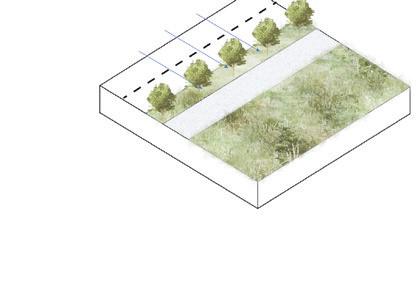


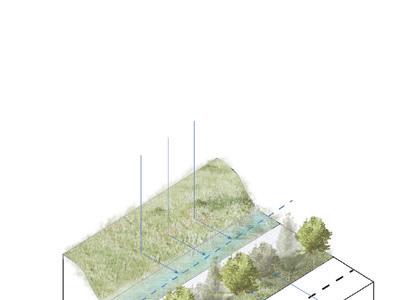
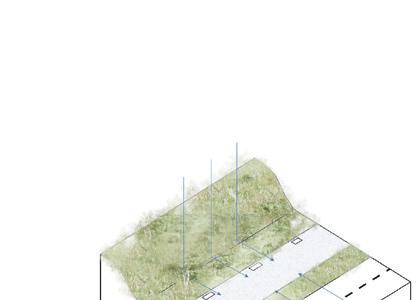

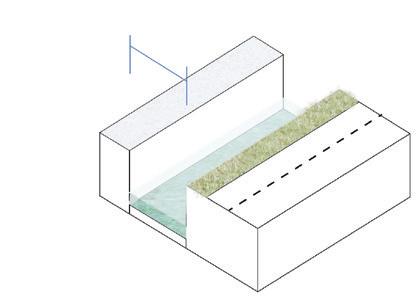

1) Fragaea fragrans
2) Dillenia excelsa
3) Ficus variegata blume
4) Dillenia reticulata
5) Dillenia grandifolia
Sub-canopy
1) Cyrtostachys renda blume
2) Ficus celebensis corner
3) Ficus ruginervia corner
4) Ficus rumphii Variegata blume
Understorey
1) Melastaoma malabathricum
2) Costus curvibracteatus
3) Ficus grossulariodes
4) Bougainvillaea
5) Alpinia purpurata
Tree&Palm 1) Cyrtostachys renda blume
2) Thalia dealbata
3) Pouteria obovata Shurb
1) Bacopa monnieri
2) Melastoma malabathricum
3) Dillenia suffruticosa
4) Alpinia purpurata
5) Costus curvilbracteatus Grass
1) Cyperus haspans
2) Pandanus pygmaeus
3) Arundo donax
4) Piper sarmentosum
5) Cana generalis
Emergents
1) Arundna graminifolia (Don)Hochr.
2) Canna generlis L.H.Bailey
3) Costus speciosus (koenig) Smith
4) Cyperus haspan L.var.vivipurus
5) Cyrtostachys renda blume
6) Pandanus pygmaeus thouars
7) Ploiarium alternifolium (Vahl) Melchior
8) Taxodium distichum (L.) Rich.
9) Thalia dealbata Fraser. ex. Roscoe
Rheophytes
1) Nerium sp.

2) Osmoxylum lineare (Merr.)
3) Thevetia peruviana (Pers.) K. Schum.
128
Retention Pond Retention Pond Stream Rain Garden Swale BEFORE Canal
Main Canals Flow Main Canals Underground Drinage Flow Surface Flow Main Canals Flow Main Canals Underground Natural Swale/stream/Rain Garden Surface Flow Canopy
Existing Water Flow
Vegetated Swale Retention Pond AFTER Plant Structure
STRATEGY 2——FRESHWATER SWAMP DESIGN


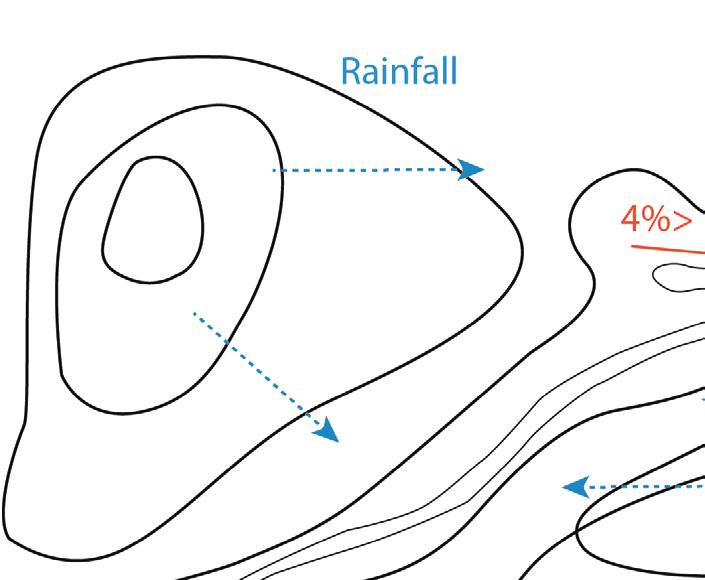
1. Topography Design
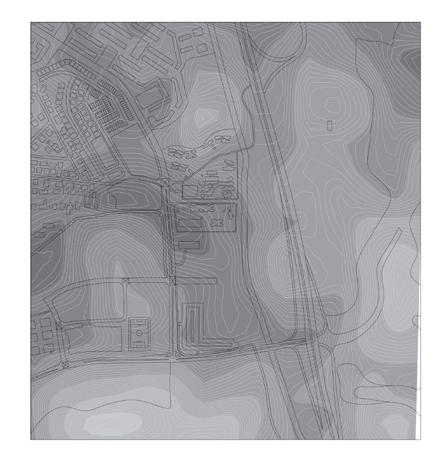




The slope of swamp is less than 4%, the flow of water through swamp is slow because of low gradients and retarding effects of the vegetation.
Freshwater swamp plan


Retention Pond
Swampy Stream
Swamp
Dryland
Topography
Buffer Zone
Recreational Place
Forebay
Diary Farm
Nature Stream
129
Slope
≤1.72 ≤3.43 ≤5.71 ≤8.53 ≤-13.62 ≤26.43 ≤67.38 ≤135.92 ≤-3.83 ≤4.18 ≤12.19 ≤19.31 ≤34.44 ≤42.45 ≤50.47 ≤58.48 ≤78.06 ≤90.52 ≤104.77 ≤119.01 ≤155.51 ≤184
STRATEGY 2——FRESHWATER SWAMP DESIGN

2.Water supply
Stream
Rainfall
Ground water
3.Vegetation
Canopy Trees

Pometia pinnata
Palaquium xanthochymum
Mangifera griffithii
Gluta wallichii
Forming Process
The slow replacement and lack of turbulence
Strombosia ceylanica
Pentace triptera
Palaquium rostratum
Santiria rubiginosa
Mussaendopsis beccariana
Gonystylus maingayi
Shrubs
Timonius wallichianus
Vittaria ensiformis
Macaranga hypoleuca
Macaranga bancana
Macaranga gigantea
Ixora congesta
Dicranopteris linearis
Davallia denticulate
Cyathea latebrosa
Bauhinia semibifida var. semibifida
low rate of oxygen
Incomplete decay of organic matter
accumulation of the resistant fraction
Thin peat and humid acid to reduce PH
Targeted Aquatic Animal:
Parathelphusa
Caridina malayensis
Macrobrachium
Trichopsis Vittata
Trichopodus
Anabas Testudineus
Dermogenys
Aplocheilus Panchax
Monopterus
Clarias Batrachus
Rasbora Einthoven
Barbodes
Parkysis longirostris
Macrobrachium platycheles
Virginia Creeper
Cinnamon Fern*
·Development Without Intervention ·After Design
130
4. WIldlife Ingerophrynus quadriporcatus
Amphibians:
Calliophis intestinalis
Eutropis multifasciata
Fejervarya limnocharis
Hylarana labialis
Kaloula pulchra
Leptobrachium nigrops
Microhyla butleri
Varanus nebulosus
Limnonectes paramacrodon
Avifauna:

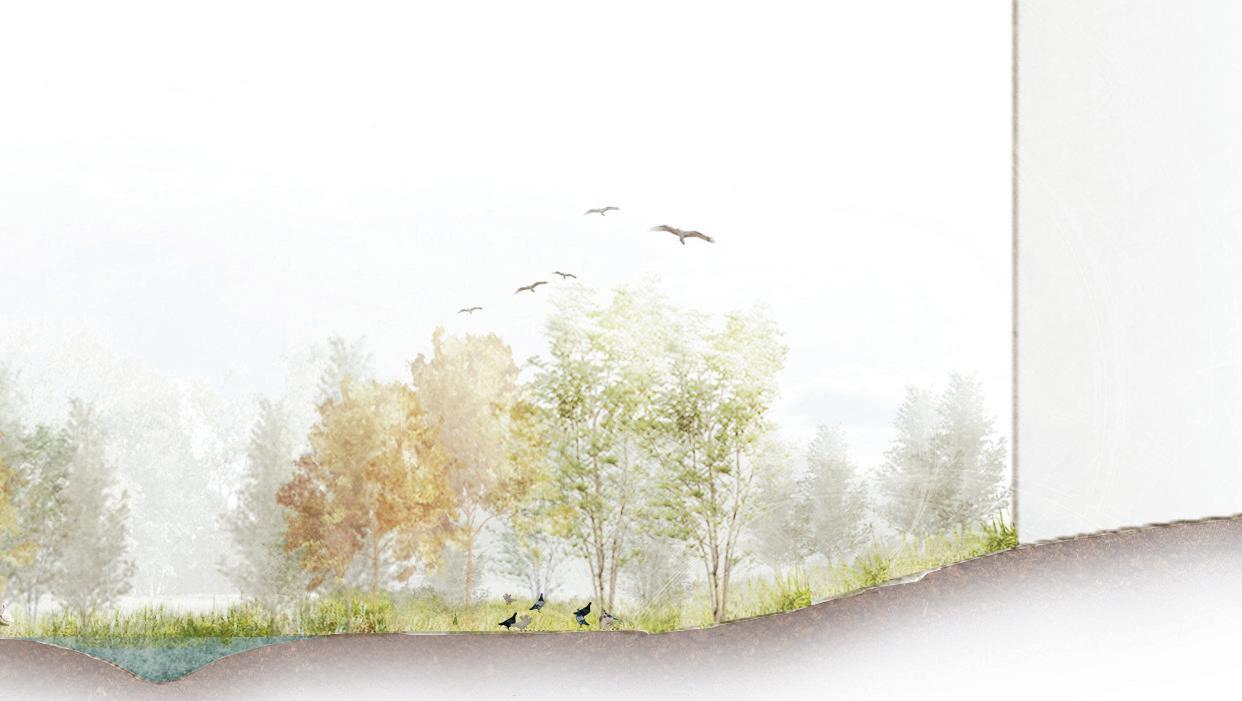
Aethopyga siparaja
Arachnothera longirostra
Ceyx erithaca erithaca
Chrysococcyx xanthorhynchus
Chrysophlegma miniaceus
Dendronanthus indicus
Dicaeum trigonostigma
Dicrurus paradiseus
Ficedula mugimaki
Gracula religiosa
Megalaima rafflesii
Treron vernans
131
0 5 10 15 20m
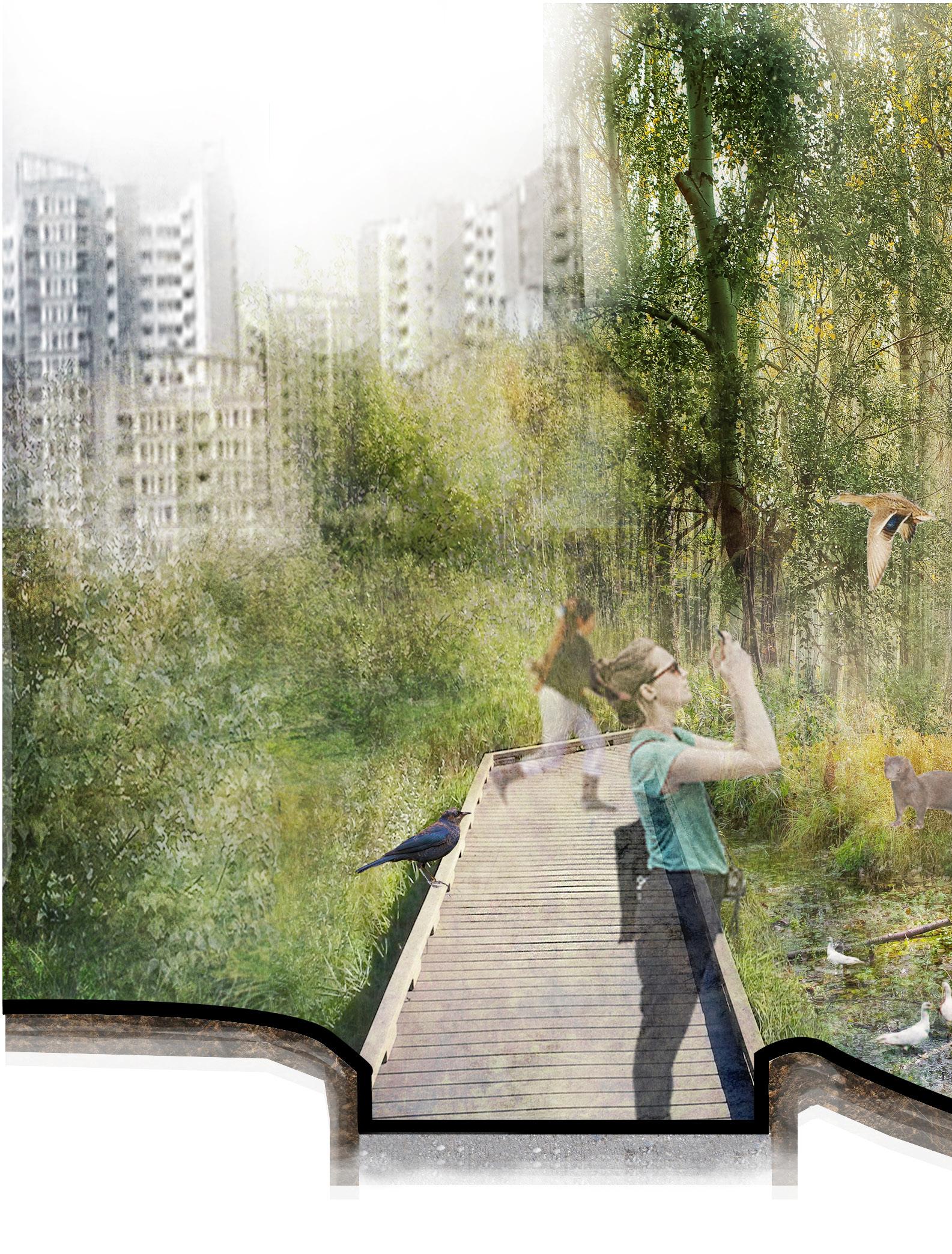
132
Buffer zone along residential area to slow the runoff rate that provide water source for the swamp.
Timber walkway and viewing paltforms along the waterway.
habitat for various aquatic and terrestrial species.
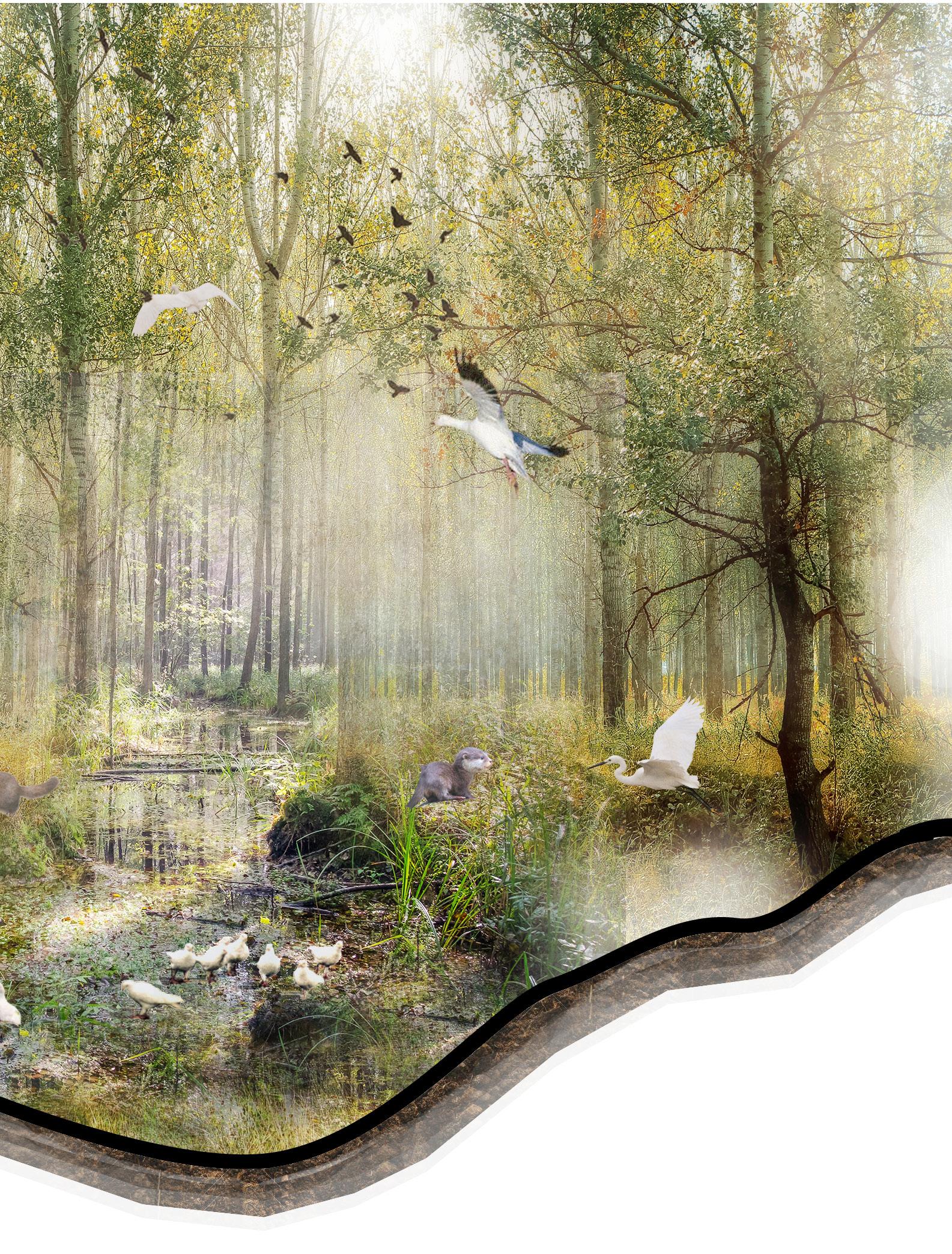
133




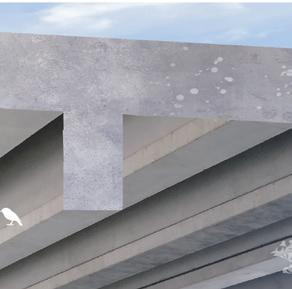

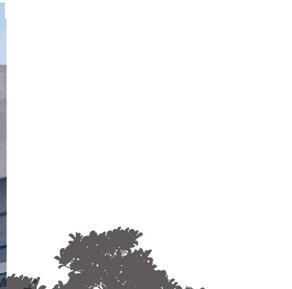








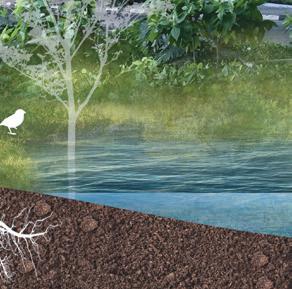

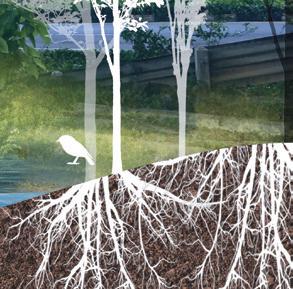




N HM S HC HC O 2 O 2 N 2 N 2 P SUB-GRADE SOIL EVAPOTRANSPIRATION INFILTRATION RAIN WATER FLOW GRAVEL CUSHION LAYER - 0.5M-0.8M CONCRETE PAVEMENT LAYER + 4M-16M SHRUBS LAYER + 3M-6M GROUND LAYER 0M TO OTHER BUFFER POOLS TO WATER COLLECTION STATION TREE CANOPY LAYER + 6M-9M
CONNECTED LANDSCAPE FROM NEGLECT TO VALUE
Feng Zihan & Zhou Zuyuan
As an important means of transportation for humans, viaducts have a wide range of social and economic value. However, Its concrete facade and linear architectural structures make it difficult for fauna to live in. Considering the potential and threats of it, our objective is to fully utilize the structure and the gray space under, making humans live in harmony with nature. Site one focuses on the more urban context. It is located in the southernmost part of the nature reserve, and the site has a viaduct with a width of about 32 meters and a height of about 10 meters. Due to the original design, planning reasons, and the perennial insufficient light conditions, the plant growth under the bridge is prolonged and lacks biodiversity. Site two has a more natural context. It is located right at the junction of Bukit Timah, Bukit Panjang, and Central Catchment Nature Reserve. For the potentials of the site, the isolated space creates a natural ‘shelter’ for many animals. Also, relatively less light conditions facilitate the growth of shade-loving plants. The threats here include low fauna movement, fragmentation and noise and light pollution caused by the road.
The design strategies of MacRitchie viaduct are 1. Use the rainwater collected from the viaduct for domestic usage. 2. Transform the space under the viaduct into a wetland. 3. Add educational function to enhance public awareness of the protection of the birds. 4. The low-temperature area formed by abundant plants under the viaduct forms an outward cold airflow, which promotes the movement and reproduction of plant seeds and small insects thus expanding the range of gene exchange.
The strategy of BKE viaduct covers three aspects: 1. Transforming neglected areas into healthy habitat by soil modification and planting trees. 2. Redesign the water drainage system to provide a water source for animals and connect the three patches. 3.Building culverts, canopy bridges, and tunnels to help wildlife cross the road safely.
The project explores the use of existing urban structures to create habitats conducive to animal survival, attracting animals to use while transforming unused spaces to reduce the impact of urbanization on nature. As a rainwater collector, the landscape under the viaduct makes efficient use of water while adjusting the soil conditions of the neglected gray space, and will become a prototype to be applied to other similar areas of the city.
MAPPING OF THE ELEVATED BUILT STRUCTURE Analysis of flyovers in the 1km buffer area of CCNR

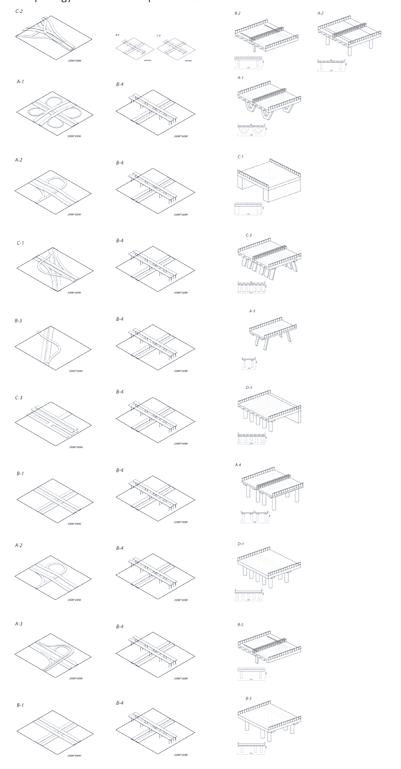

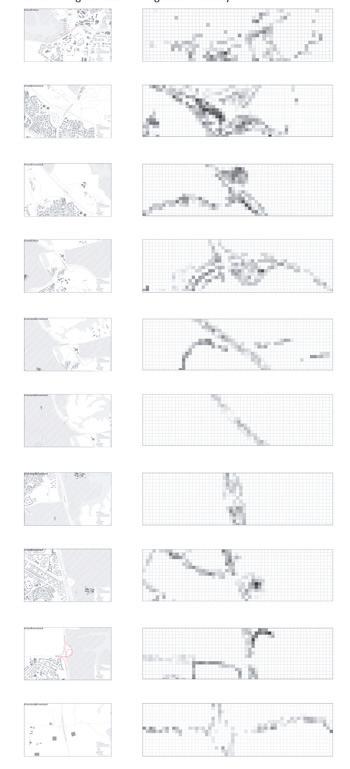

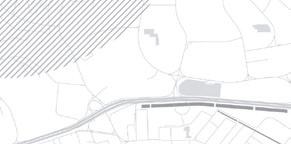








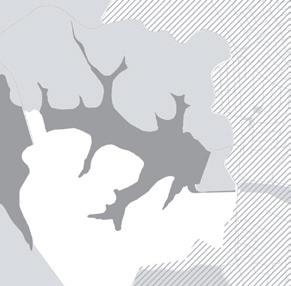






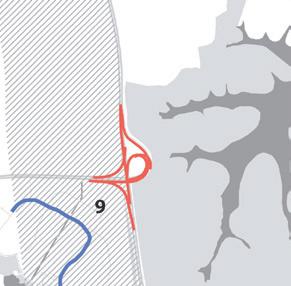





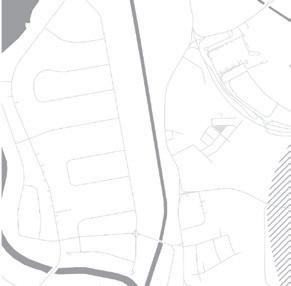
136
Major roads Minor roads Parks Hydrology 0 0.3 0.6 1.2 km Surrounding context Vegetation density Morphology Underpass context Structure Surrounding context Vegetation density Morphology Underpass context Structure
Urban & urban + simplicity + open
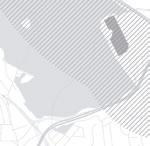


Greenland & urban + complexity + closed





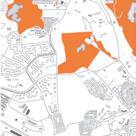



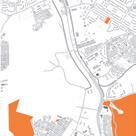











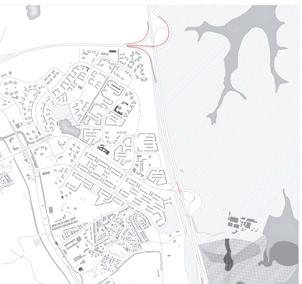



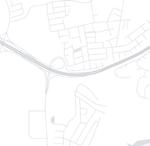

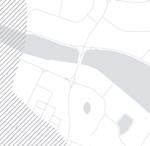
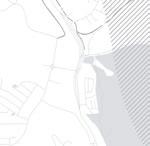


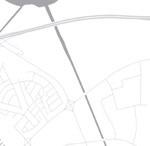


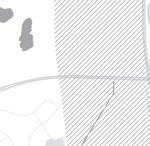
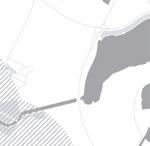


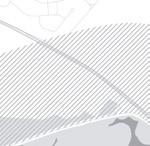

Greenland & greenland + simplicity + open


FAUNA IN THE SITE
BUKIT TIMAH
Macaques
Mammals
Reptiles, amphibians
Birds
Fishes
Decapod crustaceans
Semi-aquatic bugs
BUKIT PANJANG

millipedes
carpenter bees
bird insects
spiders
Dragonflies
Stick insects
Butterflies
Moths
Orthoptera
Bees
Spiders
CENTRAL CATCHMENT NATURE RESERVE
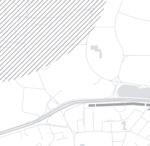




amphibian
birds
chilopoda
mammals
reptiles
Decapod crustaceans
Semi-aquatic bugs
Dragonflies
Stick insects
Butterflies
Moths
Orthoptera Bees
Spiders
SITE CHOOSEN








Reason1: The problem is severe.(threat)





Reason2: Rich biodiversity (potential)
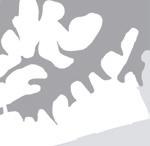


Macaques
Mammals



Reptiles, amphibians
Birds
Fishes
Decapod crustaceans
Semi-aquatic bugs
Dragonflies
Stick insects
Butterflies
Moths
Orthoptera
Bees
Spiders
137
TYPOLOGY
Bukit Timah
Bukit Panjang
Elevated expressway Road Building Recreation Commercial Building selection School Residential Hosipital Park Hydrology Old secondary forest Primary forest Mature secondary forest Young secondary forest Swampy forest 0.15 0.3 0.45 0.6 km 0.07 0 N Green land
FAUNA IN SITE AND THEIR HABITAT

STRUCTURE AS BARRIER barrier

138
fruit trees insects flowers for nectar small mammals leaves seeds fish amphibians birds reptiles
mangrove forests parks & gardens ponds coastal grassland secondary forest primary forest cultivated areas urban
megabats microbats high-flying birds low-flying birds wild pig brown rat annandale’s rat lesser mousedeer plantain squirrel long-tailed macaque common palm clvet malayan colugo asian honey bee green crested lizard masked swamp frog colugo clvets
barrier
collision corridor corridor
VEGETATION ANALYSIS












































TREES ALONG THE ROAD
Alstonia angustiloba
Calophyllum inophyllum
Cyrtophyllum fragrans
Elaeocarpus mastersii
Khaya senegalensis
Lagerstroemia speciosa
Melaleuca cajuputi
Pteleocarpa lamponga
Shorea acuminata
There are 54 species in the site, and 22species are fauna attracting
Attracting fauna:
Bird




























Bee:









































Butterfly















Moth
Ant

Beetle
Attracting species:


Mimosa pudica
Ficus hispida
Urostigma
Lagerstroemia speciosa
Baccaurea motleyana
Campnosperma auriculatum
Pometia pinnata f. alnifolia
Elaeocarpus mastersii
Pteleocarpa lamponga
Flacourtia









Saraca cauliflora
Gardenia tubifera
Thrip















Wasp
Bat
















Fly Vertebrates










Nephelium lappaceum

Cyrtophyllum fragrans
Khaya nyasica
Durio zibethinus
Dyera costulata
Hopea odorata
Sterculia macrophylla
Khaya nyasica
Syzygium samarangense
Bridelia tomentosa
139
& EXOTIC ANALYSIS ( ) ü ( ) Alstonia angustiloba Calophyllum Elaeocarpus Cyrtophyllum Shorea acuminata Lagerstroemia Melaleuca Pteleocarpa Khaya senegalensis non-native: 70% native: 30% Native & Non-native Sunlight Preference In Native Habitat or not Fauna Attracting full sun: 39% semi-shade: 11% in native habitat: 20% fauna attracting: 40% non-native: 70% native: 30% Native & Non-native Sunlight Preference In Native Habitat or not Fauna Attracting full sun: 39% semi-shade: 11% in native habitat: 20% fauna attracting: 40%
NATIVE
inermis
SITE CONDITIONS LIGHT DENSITY

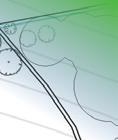
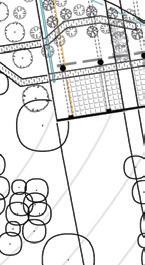





ANALYSIS
Light density

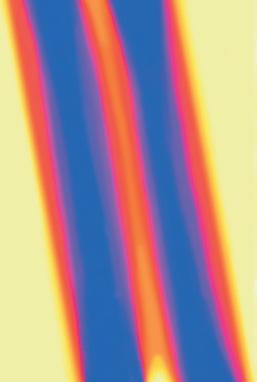
Conditions to be utilized
Pathway

To be used as corridor to connect CCNR and Bukit Timah


Drainage Pipe

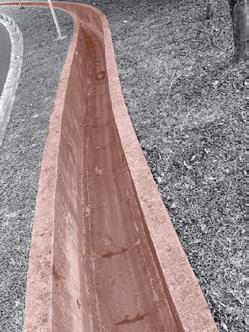

To be used as irrigation or the plants under the bridge
To be used as irrigation or the plants under the bridge
Drainage
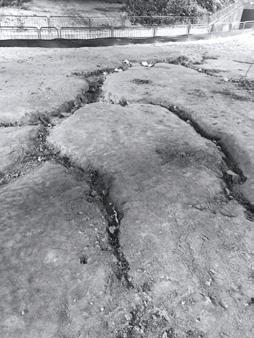
To be used as corridor
SUNLIGHT & WIND ANALYSIS





Birds’ nests
Nesting place for birds, bats, etc
Prevailing wind in December-March
Soil
Need to change
Prevailing wind in June-September
140
1 2
1 2

















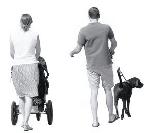



141 HUMAN INTERVENTION STAKEHOLDER MAP
stakeholders FAMILY TOURISTS RESIDENTS CHILDREN go out for relax take the bus walk along the road the need for shelter the need for shelter begin activity begin activity picnic picnic take a walk education hike hike appreciate scenery do sports do sports SENARIO STAKEHOLDERS take the bus walk along the road have meals the need for restaurant play HUMAN ACTIVITIES
Human



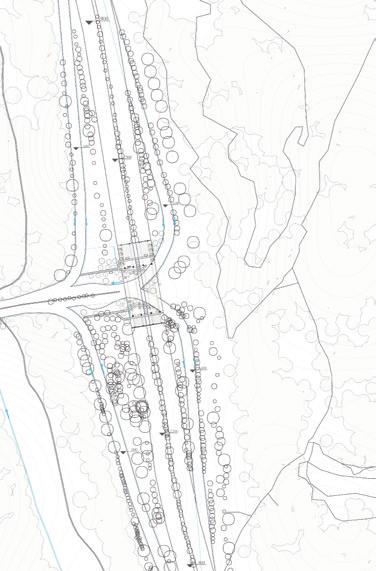


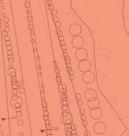






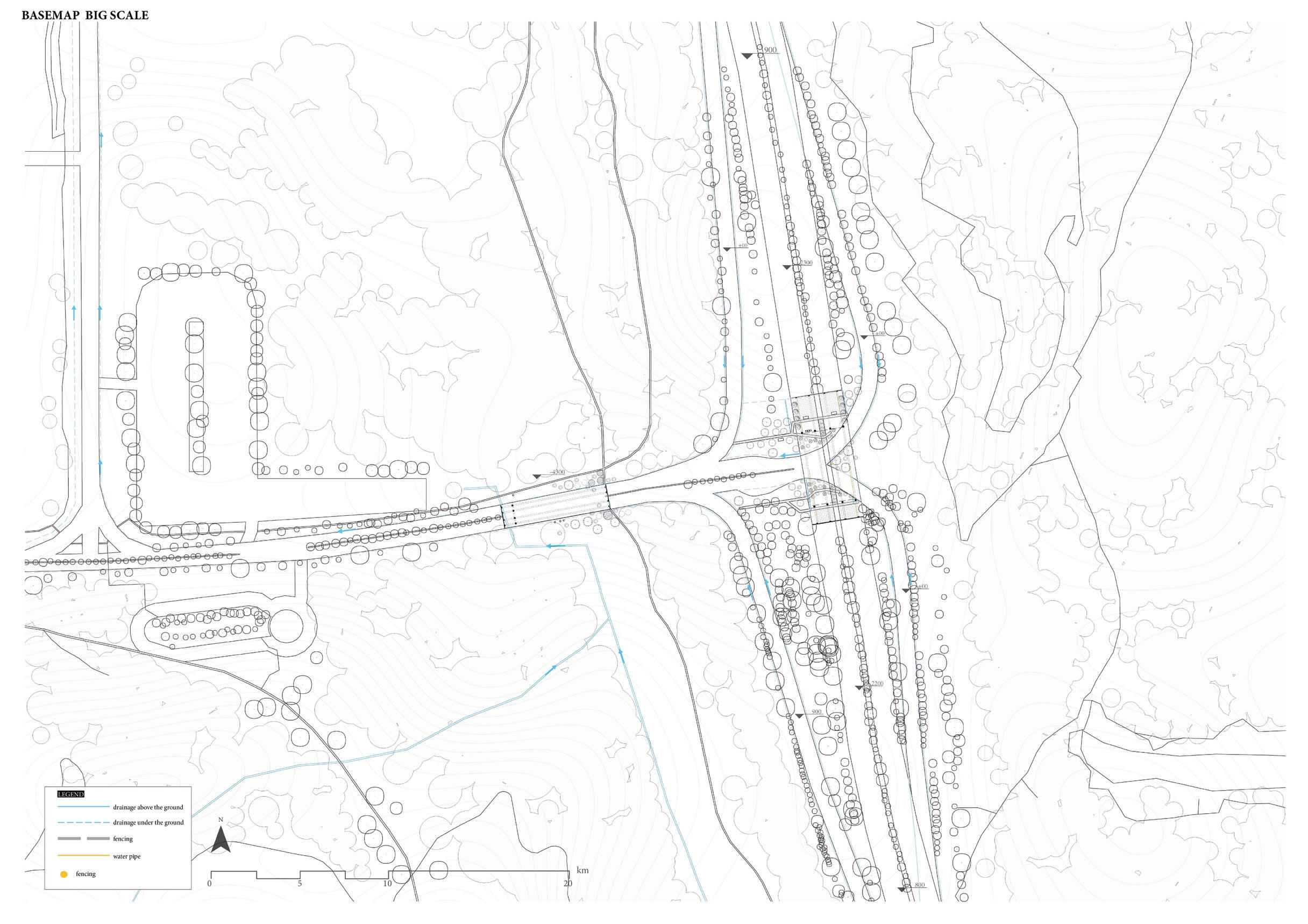

2
The path is too steep to pass
Heavy vehicle car park Dairy farm nature park Wallace Education Centre Car park B Heavy vehicle car park Dairy farm nature park Wallace Education Centre Car park B 0 Secondary human streamline 5 10 20 km Main human streamline Bus stop Landscape nodes
3 Physical barrier

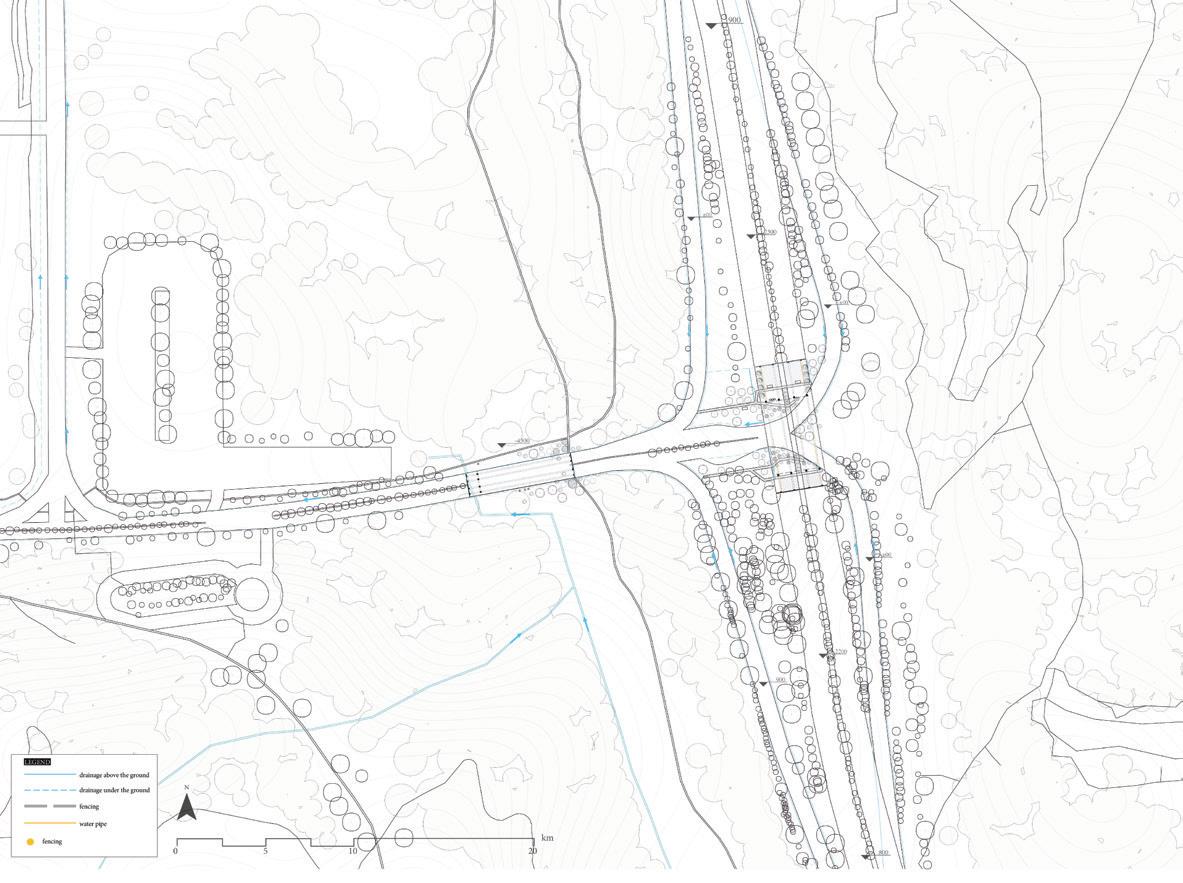












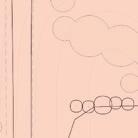
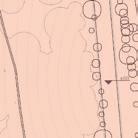
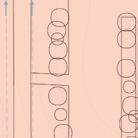
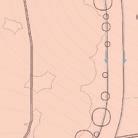











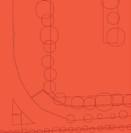











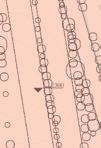





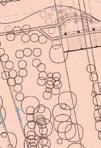
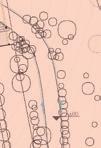


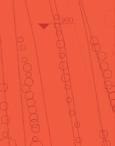

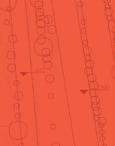






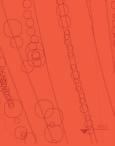






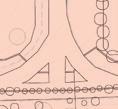


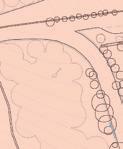
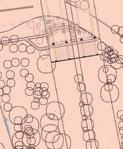
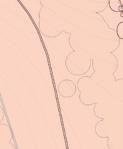




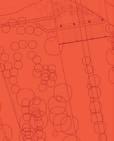
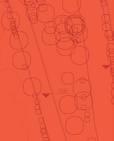
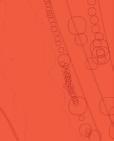
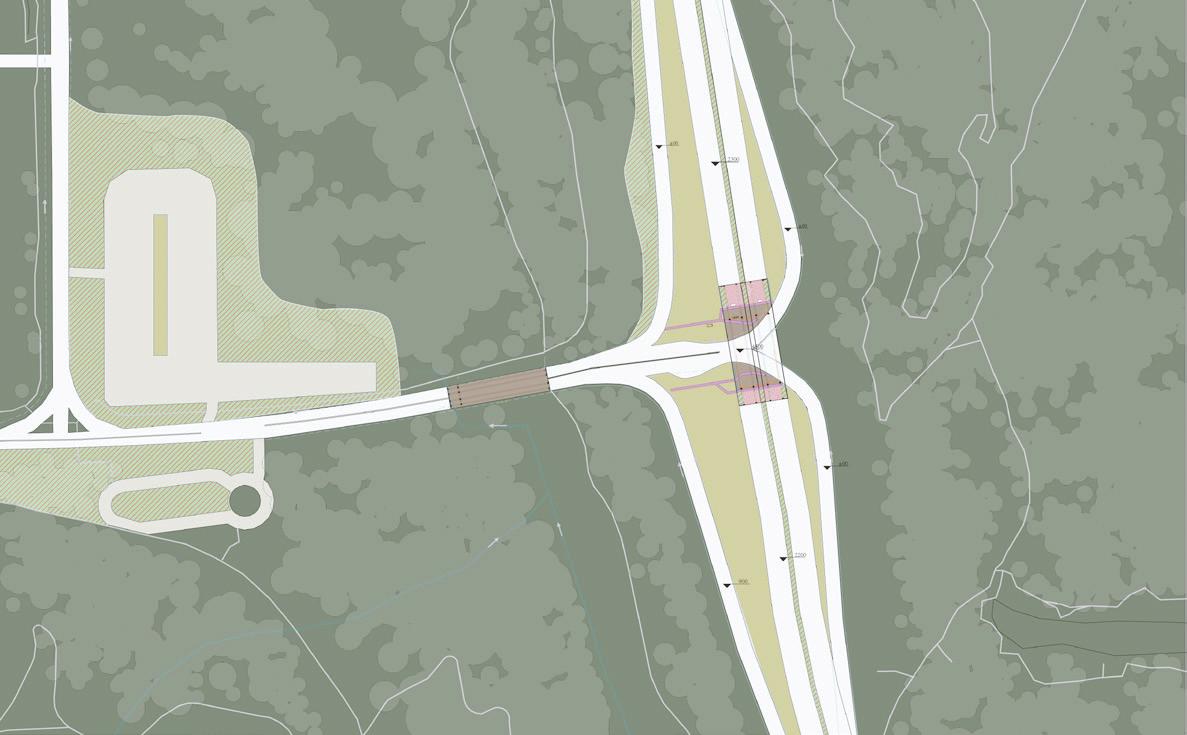

143 LAND USE Residential School Greenland Heavy vehicle car park Dairy farm nature park Wallace Education Centre Car park B VEHICLE STREAMLINE ANALYSIS HARDSCAPE & SOFTSCAPE Secondary vehicle streamline Main vehicle streamline Bus stop Landscape nodes Road edge effect
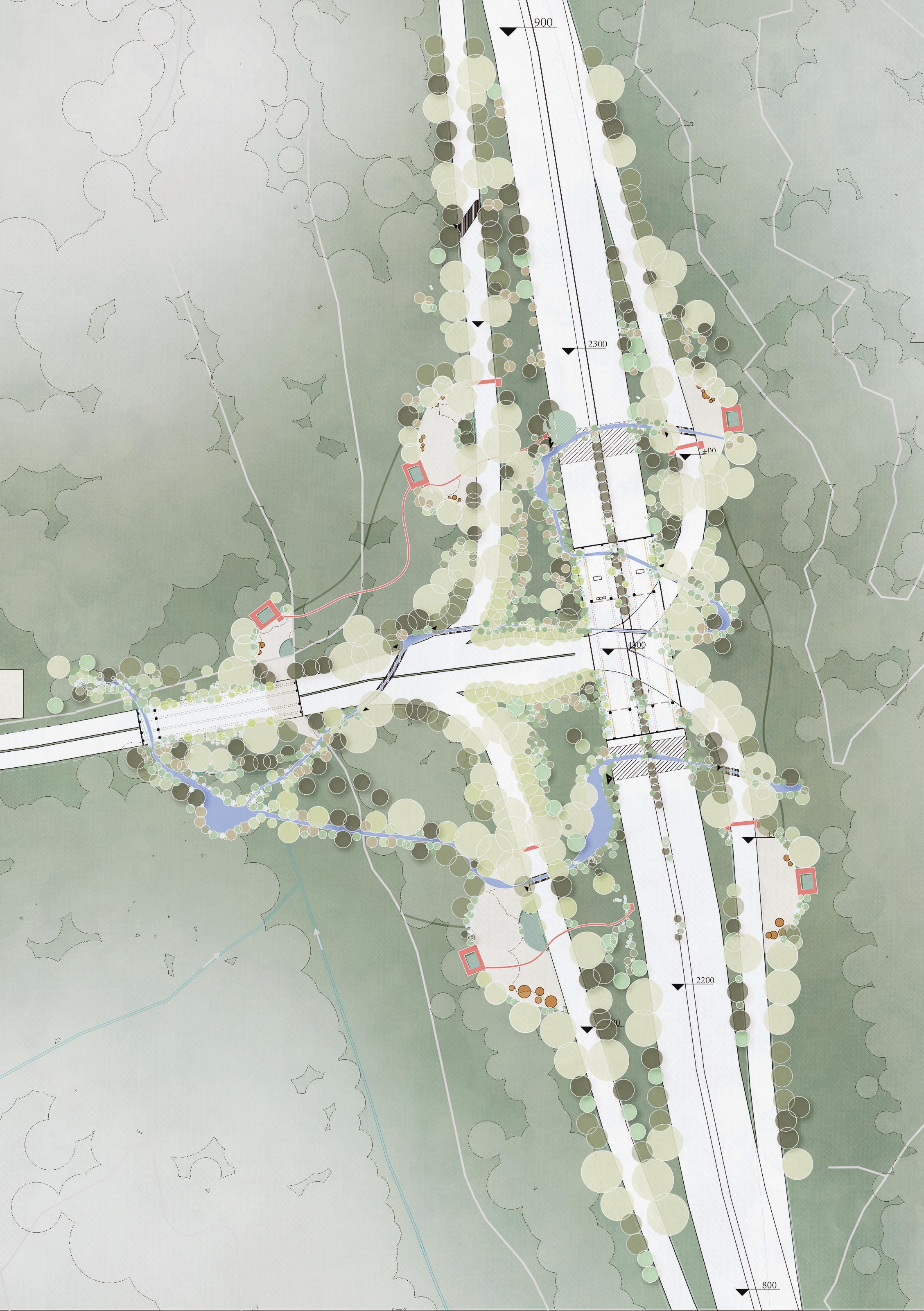



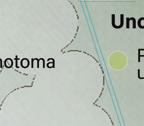

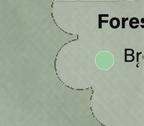

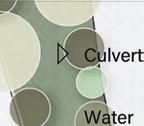


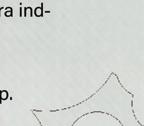



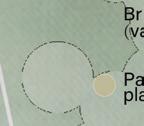








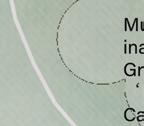

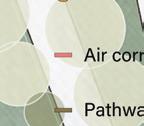

50 100 200 km 25 0 N
Waer body
LAYER ANALYSIS





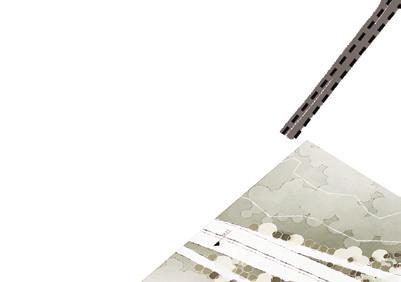



Fauna crossing layer
Culverts

Water system layer

Water


Vegetation
Human activity layer
Bench
Air corridor
Pathway
Human Culverts
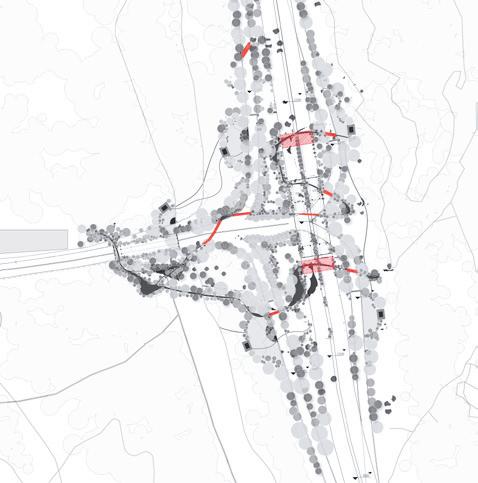

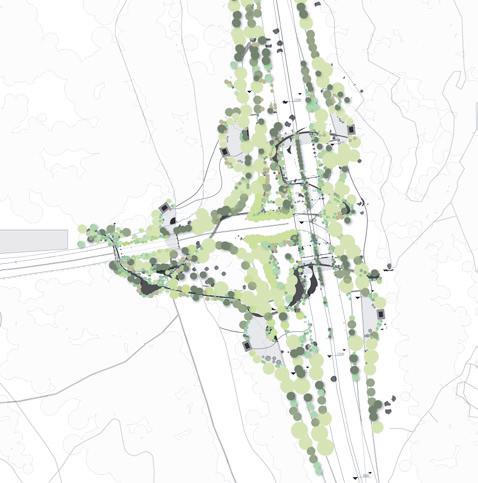

Vegetation layer



Vehicle layer


145
PLANTING MANAGEMENT

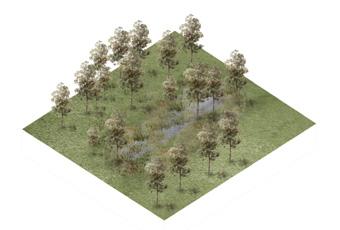


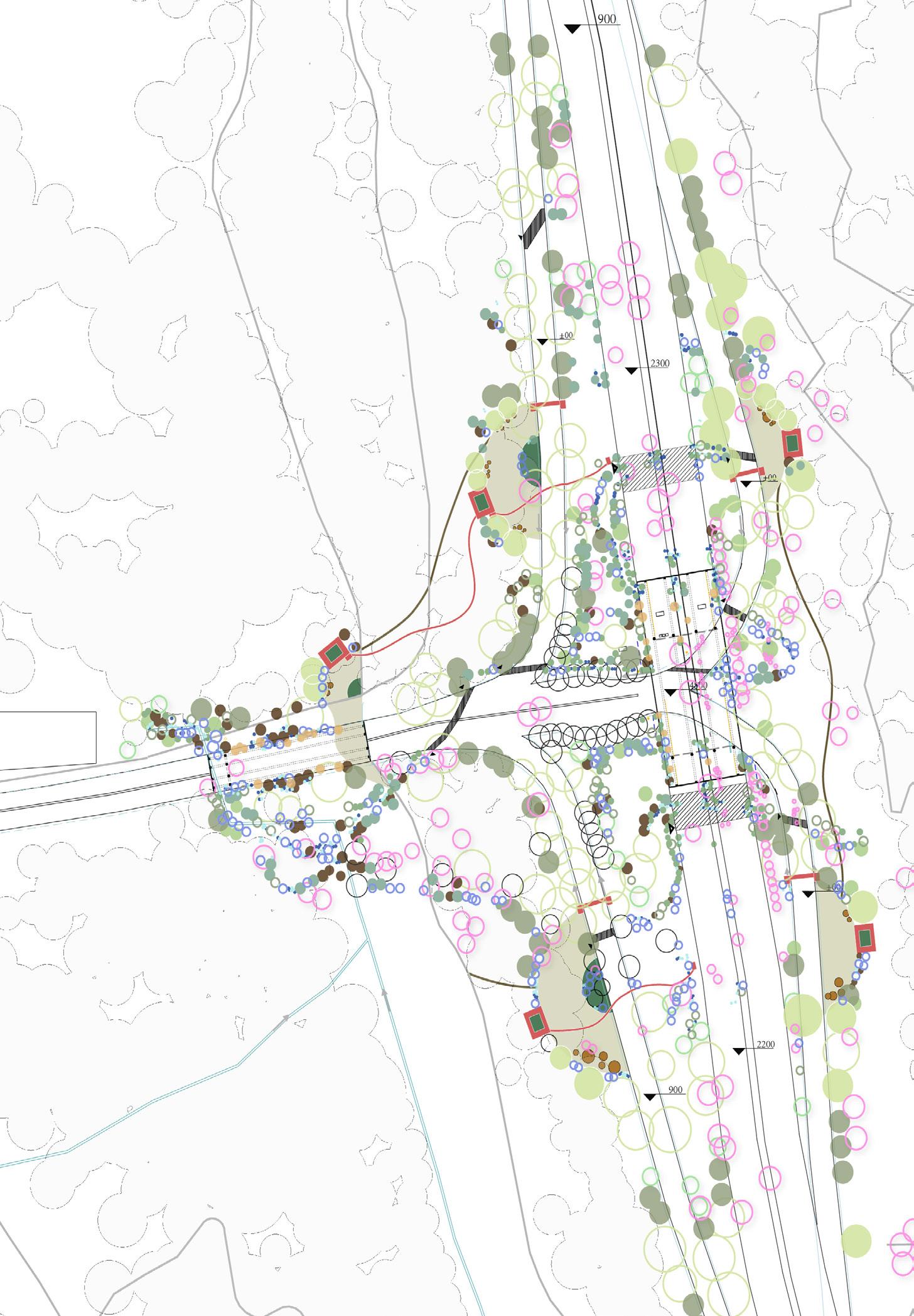
HORIZONTAL DESIGN

146
Vegetation’s function Break the wind Foraging place Breeding place Food source 50 100 200 km 25 0 N
PLANTING STRATEGY

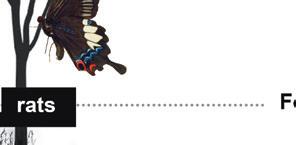







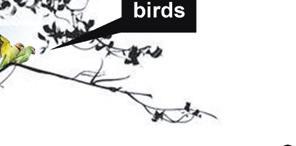


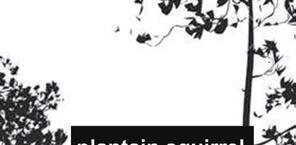



Breynia disticha ‘Roseo-picta’

Cordia dichotoma G.Forst.

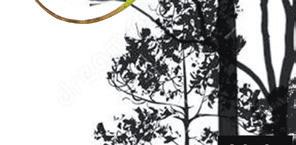





Macaranga Artocarpus heterophyllus Lam.





Passiflora platyloba
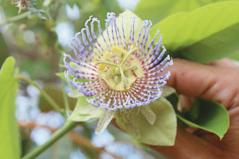





Musa acuminata (AAA Group) ‘Dwarf Cavendish’






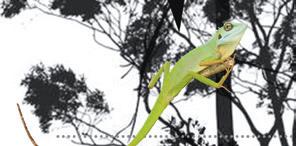
Carica papaya L.


VERTICAL DESIGN


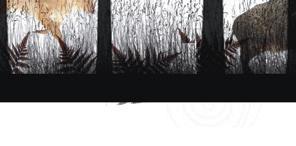









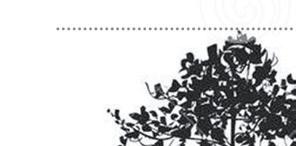
Coffea arabica L.

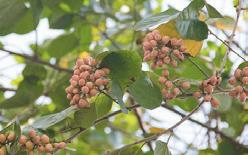




Persea americana
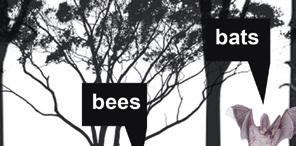
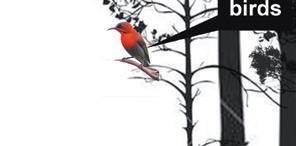

Ficus spp.
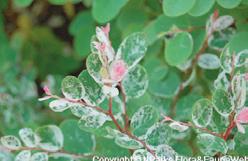























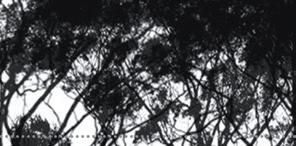

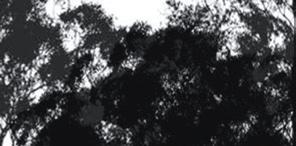
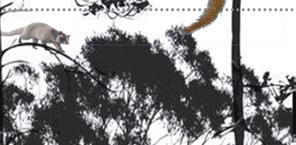
Mangifera indica. L.

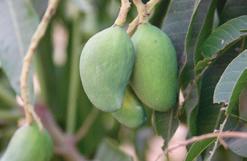
147
HABITAT MANAGEMENT
HABITAT PLAN
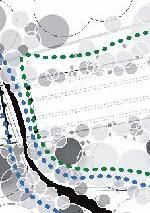


Habitat 2: Open stream
1.characteristic:
Vegetation Species:
Canopy Layer:
Cordia ditchotoma G. Forst (Bird attracting)
Ficus spp. ( Bird attracting, shelter for reptiles)
(jackfruit)Artocarpus heterophyllus Lam. (Bird food source)
(cypress)Taxodium distichum (L.) Rich.
Understory layer:
Passiflora platyloba ( Bee attracting, insect attracting)
Forest floor:
Breynia disticha (caterpillar food plant)
2.Target species:
Blue Helen
Chocolate Grass Yellow
Long-tailed parakeet
Masked Swamp Frog
Litter Frog
plantain squirrel
3. Stream
Light: Full light
Habitat 2: Large jackfruit forest
1.characteristic:
Vegetation Species:
Emergent Layer: Mangifera indica. L. (Bird attracting caterpillar food plant, monkey food source)
Canopy Layer:
Nephelium lappaceum L. (Bird attracting, caterpillar food plant)
(jackfruit)Artocarpus heterophyllus Lam. (Bird food source)
Understory layer:
Passiflora platyloba ( Bee attracting, insect attracting)
Pandanus tectorius cultivar Semishade
Forest floor:
Carica papaya L. ( Bird attracting)
Bridelia ovata (variegated) Semishade
Breynia disticha (caterpillar food plant)
2.Target species:
Blue Helen
Chocolate Grass Yellow
Long-tailed parakeet
Cave Nectar Bat
Lesser False Vampire
3. Forest
Light: Semi-shade
Nutrient design:
Habitat 2: Wetland swamp
1.characteristic:
Vegetation Species:
Canopy Layer:
Nephelium lappaceum L. (Bird attracting, caterpillar food plant)
Ficus spp. ( Bird attracting, shelter for reptiles) (jackfruit)Artocarpus heterophyllus Lam. (Bird food source)
(cypress)Taxodium distichum (L.) Rich. ( Squirrel attracting)
Cordia ditchotoma G. Forst (Bird attracting)
Understory layer:
Passiflora platyloba ( Bee attracting, insect attracting)
Coffea arabica L. (Bird attracting)
Forest floor:
Carica papaya L. ( Bird attracting)
Breynia disticha (caterpillar food plant)
2.Target species:
Blue Helen
Chocolate Grass Yellow
Asian honey bee
Long-tailed parakeet
Masked Swamp Frog
Litter Frog plantain squirrel
3. Swamp
Light: Full light & Semi-shade
Nutrient design:
Habitat 2: Half shaded stream

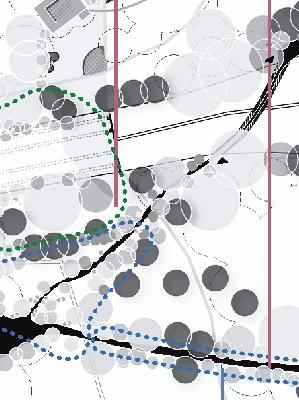




1.characteristic:
Vegetation Species:
Understory layer:
Passiflora platyloba ( Bee attracting, insect attracting)
Pandanus tectorius cultivar Semishade
Coffea arabica L. (Bird attracting)
Forest floor:
Carica papaya L. ( Bird attracting)
Bridelia ovata (variegated) Semishade
2.Target species:
Blue Helen
Chocolate Grass Yellow
Long-tailed parakeet
Masked Swamp Frog
Litter Frog
plantain squirrel
3. Stream
Light: Semi-shade
Nutrient design:
Habitat 1: Pond & Forest edge
1.characteristic:
Vegetation Species:
Emergent Layer: Mangifera indica. L. (Bird attracting caterpillar food food source)
Canopy Layer:
(cypress)Taxodium distichum (L.) Rich.
Ficus spp. ( Bird attracting, shelter for reptiles)
(jackfruit)Artocarpus heterophyllus Lam. (Bird food
Understory layer:
Pandanus tectorius cultivar Semishade
Passiflora platyloba ( Bee attracting, insect attracting)
Forest floor:
Carica papaya L. ( Bird attracting)
Breynia disticha (caterpillar food plant)
2.Target species:
Blue Helen
Chocolate Grass Yellow
Asian honey bee
Long-tailed macaque
Long-tailed parakeet plantain squirrel
Masked Swamp Frog
Litter Frog
3.Pond
Light: Full light
Nutrient design:
Habitat 1: Pond
1.characteristic:

Vegetation Species:
Emergent Layer:
Mangifera indica. L. (Bird attracting caterpillar food food source)
Canopy Layer:
Macaranga (Shelter for ants)
Nephelium lappaceum L. (Bird attracting, caterpillar
Cordia ditchotoma G. Forst (Bird attracting) (jackfruit)Artocarpus heterophyllus Lam. (Bird food
Understory layer:
Passiflora platyloba ( Bee attracting, insect attracting)
Coffea arabica L. (Bird attracting)
Pandanus tectorius cultivar Semishade
Forest floor:
Bridelia ovata (variegated) Semishade
Breynia disticha (caterpillar food plant)
2.Target species:
Blue Helen
Chocolate Grass Yellow
Asian honey bee
Long-tailed macaque
Long-tailed parakeet
3.Pond
Light: Full light
Nutrient design:

50 100 200 km 250 N
Arboreal- friendly habitat
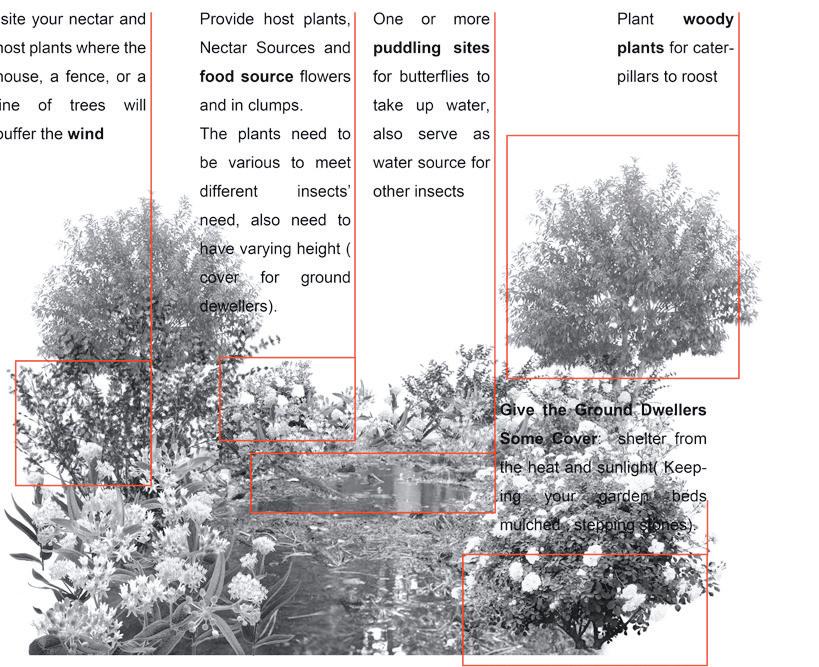
Butterflies & Bees - friendly habitat
Amphibian- friendly habitat

Bird & mammals- friendly habitat
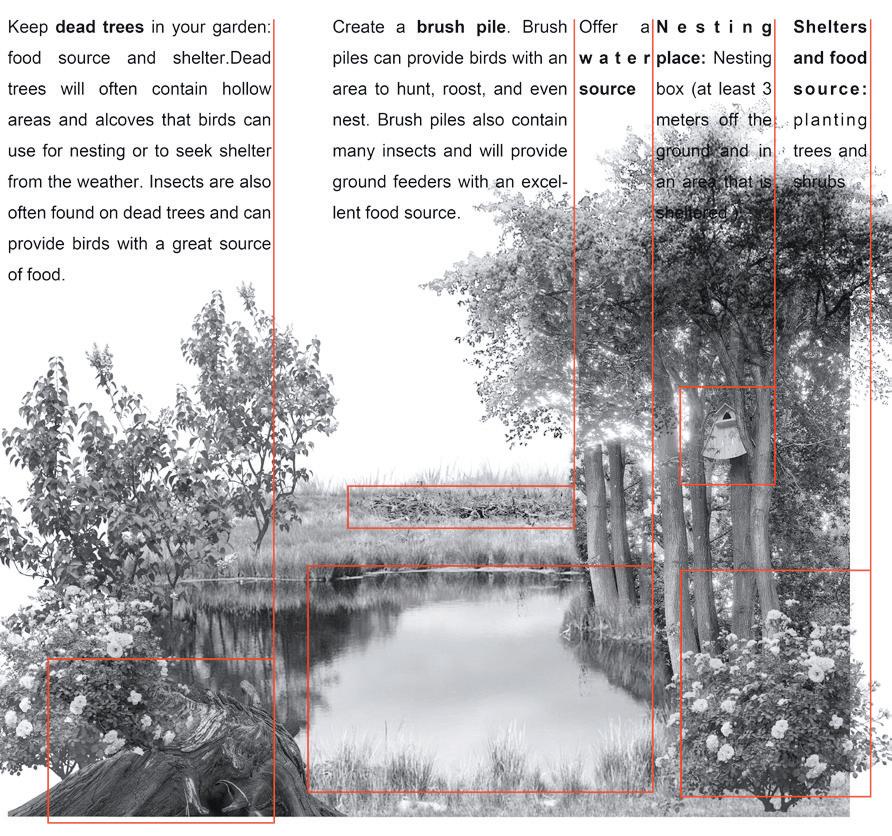
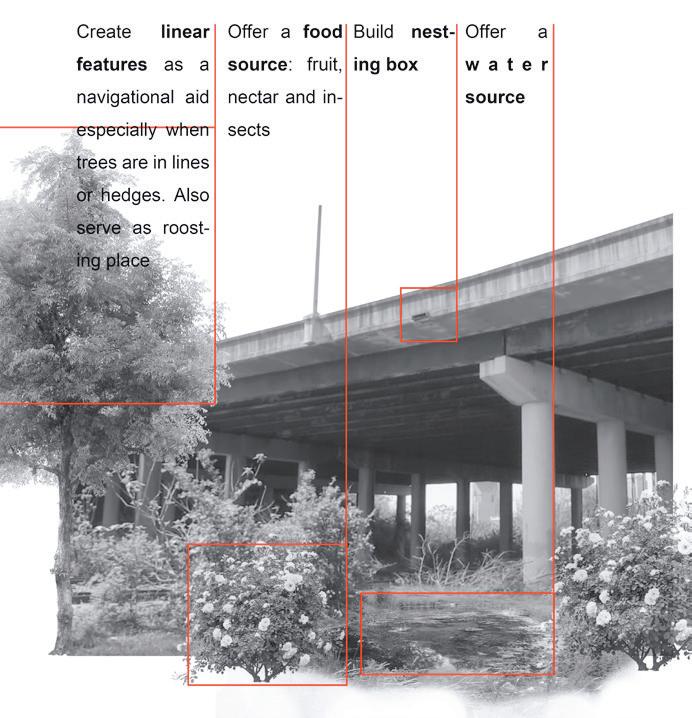


149
plant, monkey caterpillar food plant) source) attracting) attracting) plant, monkey source) attracting)




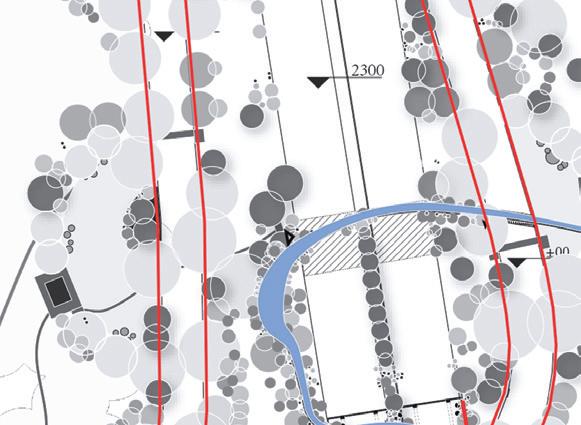




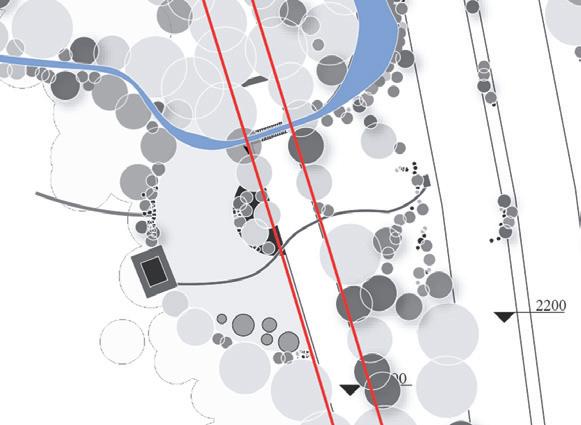






150
Drainage (used to be) Naturalized water system 1 2 3 50 100 200 km 25 0 N
WATER MANAGEMENT
TACTIC01 NATURALIZE THE WATER DRAINAGE
Natrualize the drainage system can create habitat for fauna species. For example, it can be water source for wildlife of or a shleter for animals to forage or breed.
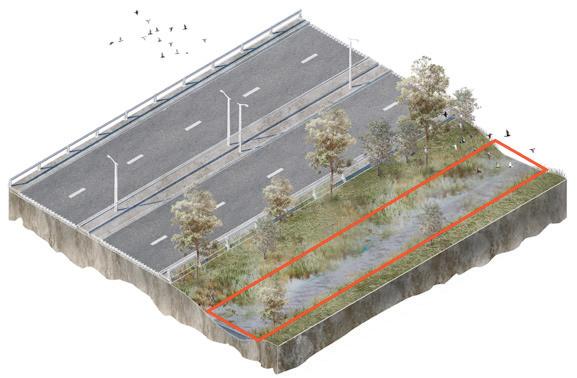
Site condition





























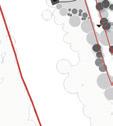



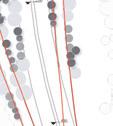

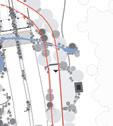


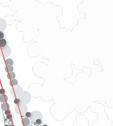

Drainage surface used to be imperable surface
TACTIC02 RUNOFF WATER COLLECTION
Naturalize the water system






































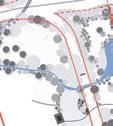

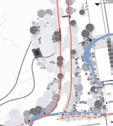
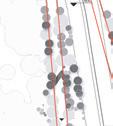
As the vegetation under the structure cannot get rainfall, the water pipes are modified to collect rainfall for plant watering.


Site condition Pipe modification



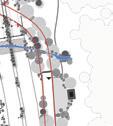



TACTIC03 RUNOFF WATER COLLECTION
Change the shape of water to connect the patches. In particular, for wildlife.





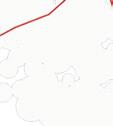
151
Previous water system Previous connection
2300
water system Connection after modification
900 Modified
FAUNA CROSSING STRATEGY

CROSSINGS’ POSITION



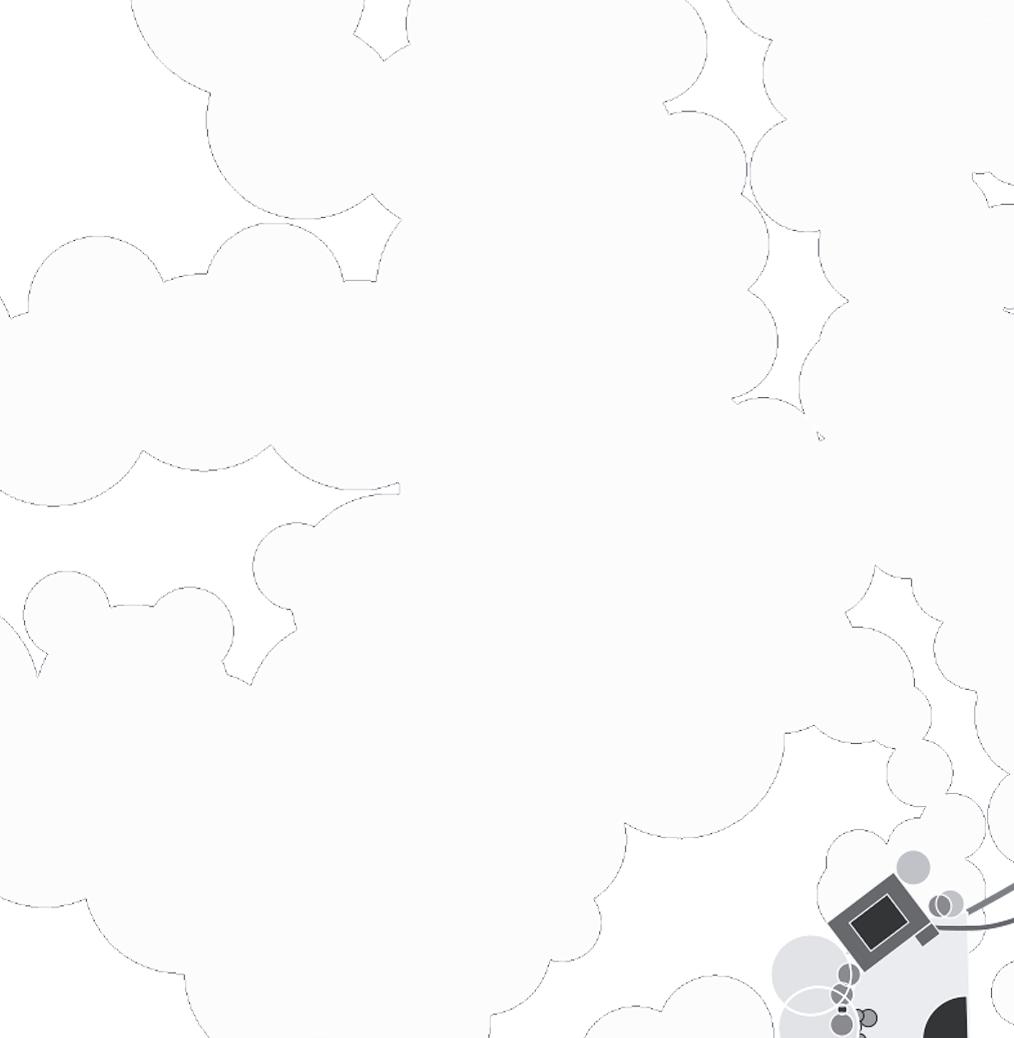
CROSSINGS’ SECTION

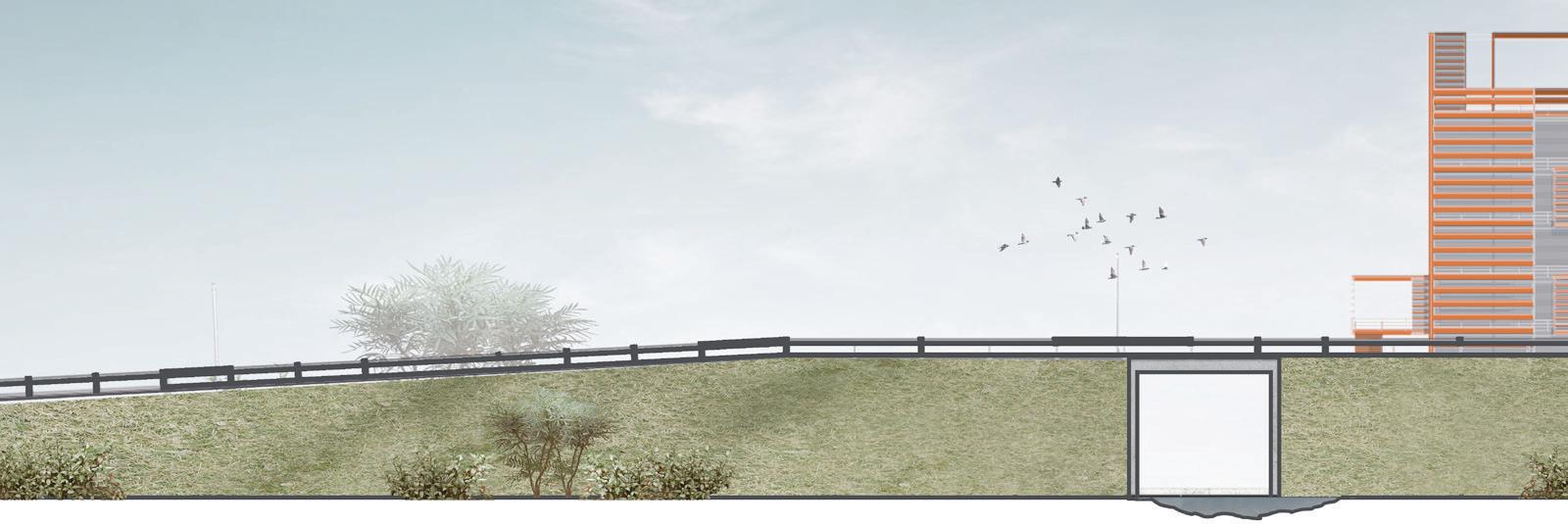



152 ( ) ü ( ) 1
2 1 2
CROSSINGS’ SCALE & FUNCTION




Culverts under the bridge
Shelter from excessive heat, dryness and predators.
For reptiles, more rocks and logs should be placed in and around culvert entrances. Most plants are a food source of native animals or attract food such as insects which other species feed on.
Important or preferred food strategically planted in corridor links can be used to tempt animals near or into crossing structures.
CROSSINGS’ PRINCIPLE
Already exist
As the already exist space are close to the road, it is more suitable for animals that are not shy.
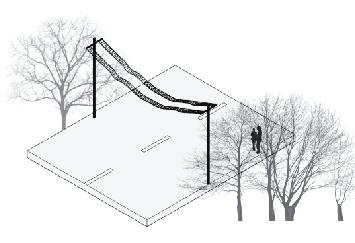
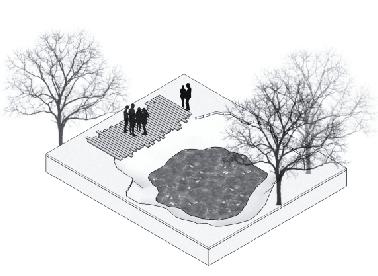

Newly built

The newly built culvert is protected by trees and shrubs along the road, so they are more suitable for shy animals.

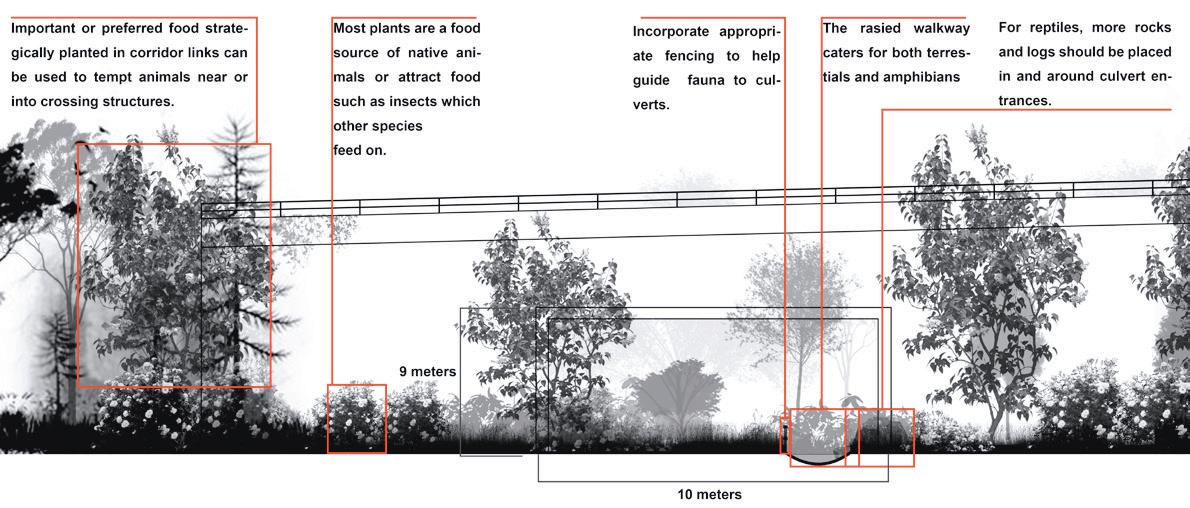
Culvert
Water connection
153
1
2
Culverts under the bridge
Canopy bridge
The decomposition process can generate insects to attract birds and bats. By this way, this site can be utilized as nesting place for birds and bats. Another function of this site is education. The shaded area can be used as education place for people especially kids to learn knowledge about birds and bats. This function can enhance people’s awareness of wildlife protection.


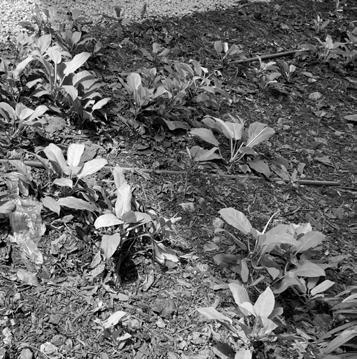

Collection from forest nearby

1 2 SOIL MANAGEMENT
1
2
SITE CONDITION
DECIDUOUS SOURCE
collection
shrubs with thick and space under the structure
deciduous from forest nearby plant suitable vegetation for deposers
forest nearby
shrubs with thick and
space under the structure
collection deciduous from forest nearby
plant suitable vegetation for deposers
FUCTION


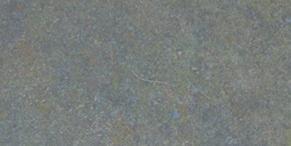

















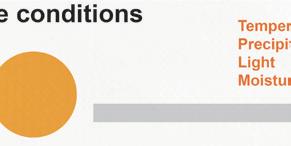


Habitat for birds, birds & amphibians

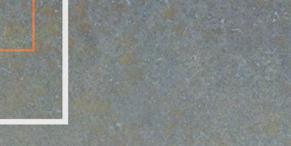


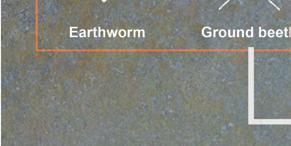



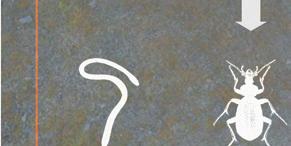


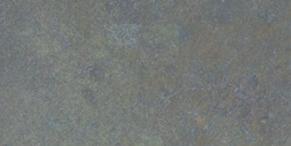
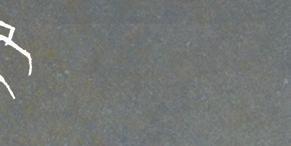
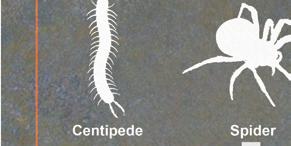











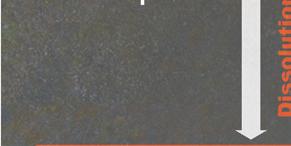
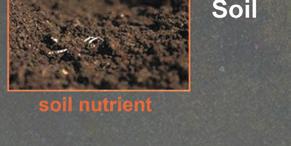

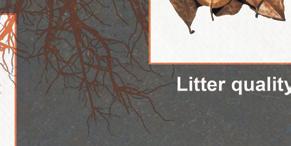

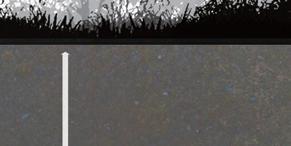



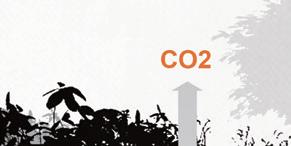
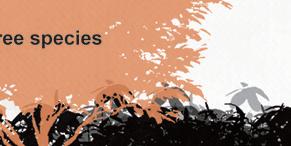







Education function

155
CONCEPT
BUILDING HABITAT TIMELINE

Phase1
Take out the unresonable part of the site, etc, pathway. Naturalize the water drainage.


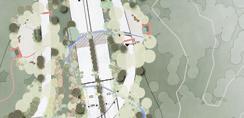






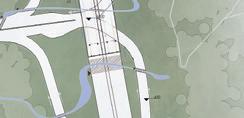

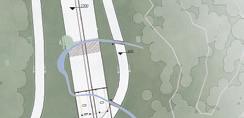
Phase2
Breynia disticha 'Roseo-picta'

Passiflora platyloba

Nephelium lappaceum L. Ficus spp.

Macaranga
Mangifera indica. L.
Introduce plants needed by fundamental fauna. Start to build culverts.

Phase3
Cordia dichotoma G.Forst.
Carica papaya L.
Coffea arabica L.


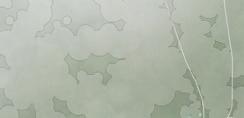
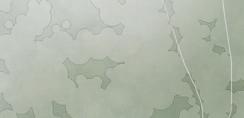


introduce plants and create diverse habitats for different animals.
Phase4
Pandanus tectorius cultivar
Bridelia ovata (variegated)
Artocarpus heterophyllus Lam.
host plant pollinate pollinate

host plant
shelter
food source
shelter
food source
food source
food source
shelter
shelter


food source
Human obligates

food supplied by human
Human associates and exploiters
take advantage of anthropogenic resource subsidies
156
food source
food source food source food source food source PHASE1 PHASE2 2020 2025
PHASE1 PHASE2
Human adapters
utilize human resources and survive in human dominated areas, but do not necessarily receive an added benefit from living with humans
More diverse animals and forest layers. Forming complete ecosystem.
Begin to have some insects and birds, some shrubs, flowers, and groundcovers are planted
Have vegetation cover, but plant species are not diverse

Human avoiders
not expected to use urban areas, but occasionally may find themselves amongst people when attempting to disperse or migrate



157 source food source PHASE3
2030
PHASE4
2035
PHASE2




158






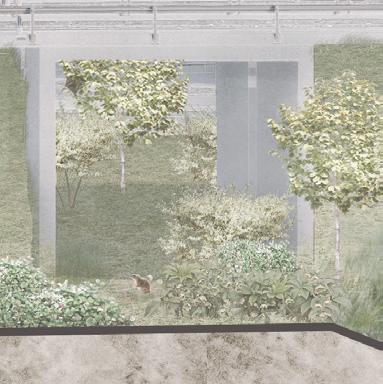

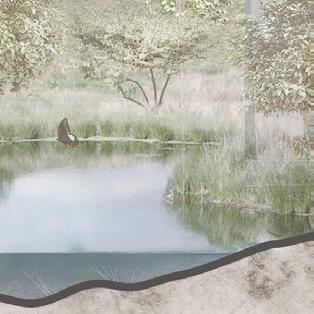

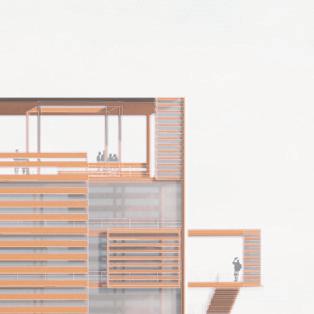
159











160 HABITAT VALUE & EDUCATION VALUE



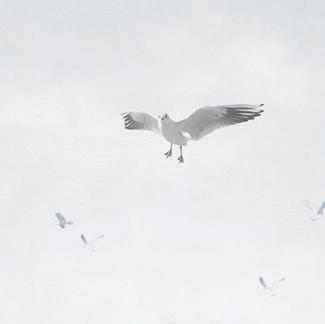



161



162 VISION PERSPECTIVE





163
DESIGN OF UNDER MACRITCHIE VIADUCT
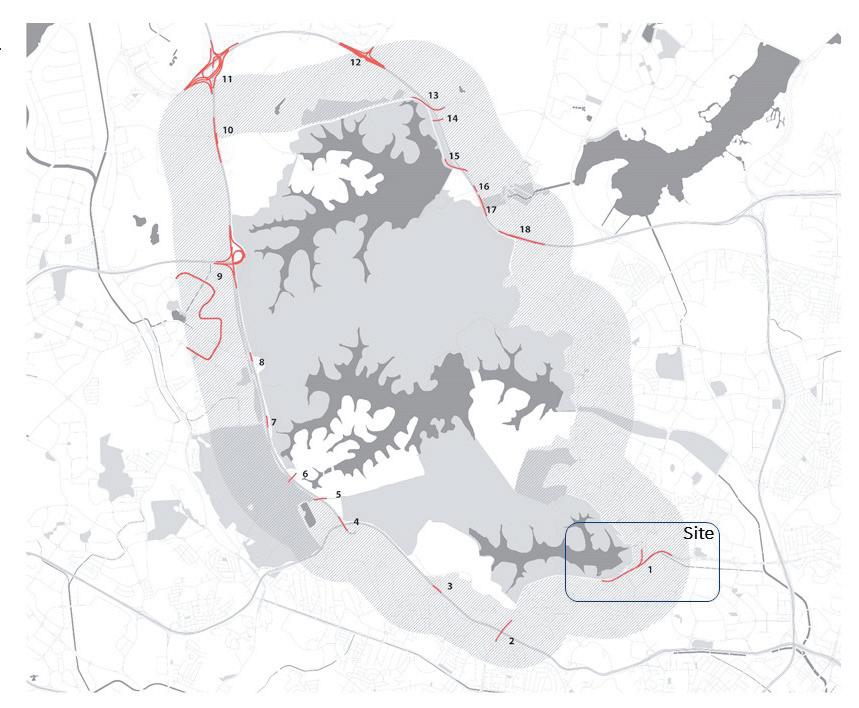
SITE INTRODUCTION
Site one targets urban areas . It is located in the southernmost part of the nature reserve, and the site has a viaduct with a width of about 32 meters and a height of about 10 meters, which means that there is a large amount of soil no longer has normal surface runoff and becomes dry and barren.
164
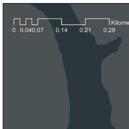



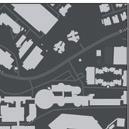
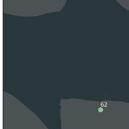

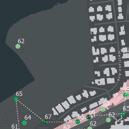

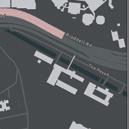

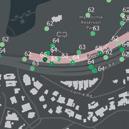


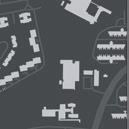

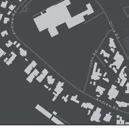

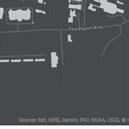









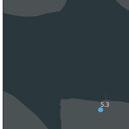






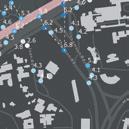







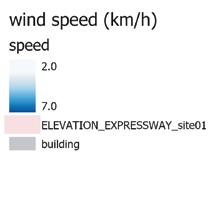


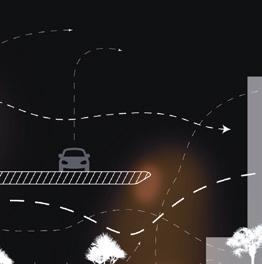



165
SITE CONDITION
SITE HUMIDITY SAMPLING
SITE TEMPERATURE SAMPLING
SITE WIND SPEED SAMPLING
SITE CURRENT HEAT DISTRIBUTION SECTION
SITE STRATEGIES
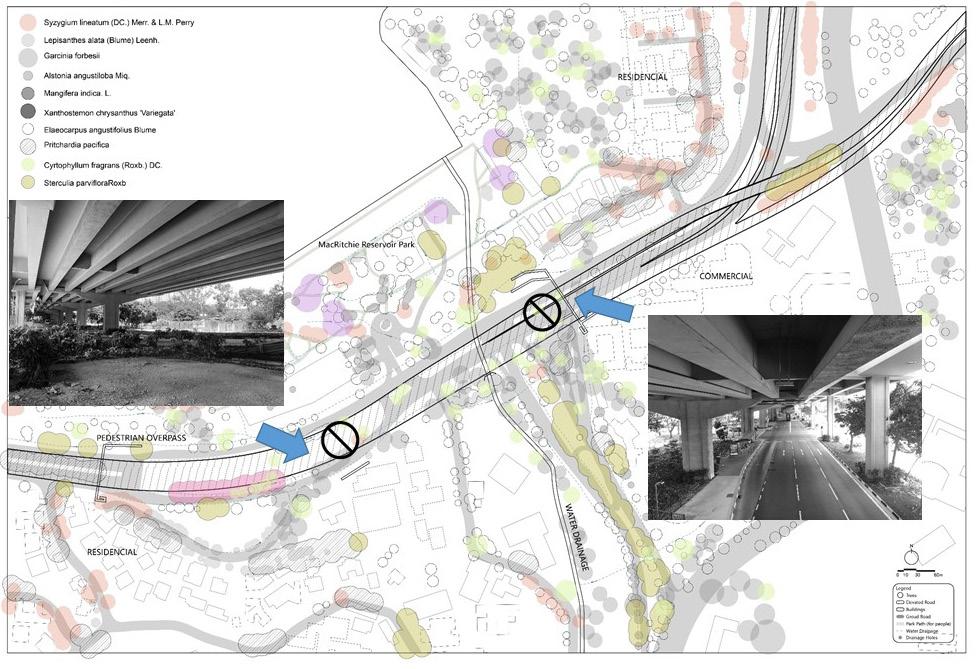

INCREASED CONNECTIVITY

166
SITE HISTORY



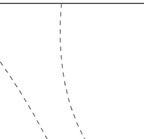
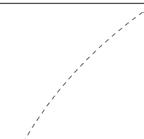




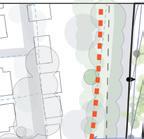
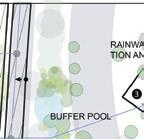
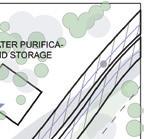



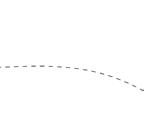
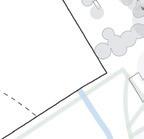
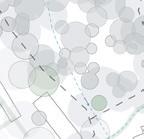
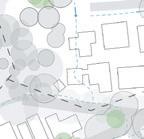
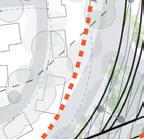
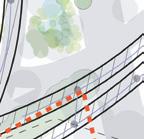






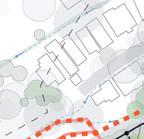





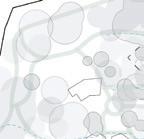







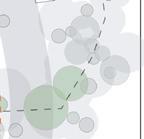






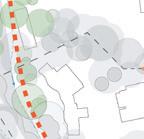
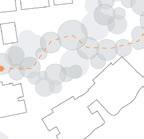


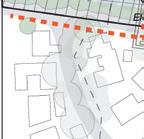
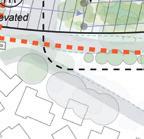


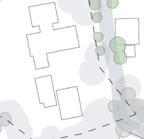
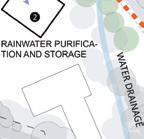
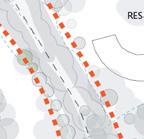
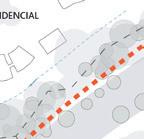



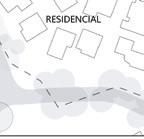

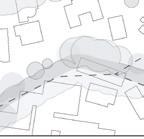

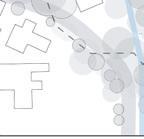




167 INCREASED CONNECTIVITY INCREASED CONNECTIVITY INTRODUCE HUMAN ACTIVITIES
CREATE ECOLOGICAL CORRIDORS
FLY Anthreptes simplex White-rumped Munia Yellow-breasted Bunting
INCREASED CONNECTIVITY



BAT MACRITCHIE VIADUCT 32M
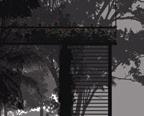

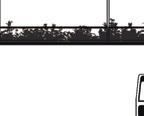

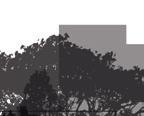

Emballonura monticola 13m 7m
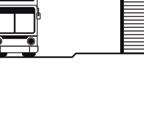


CREATE HABITATS

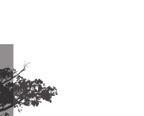

sp.

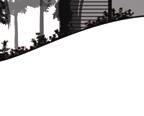

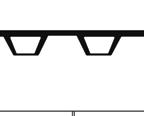

antipodiana
lineatipes Cytaea oreophila BIRD BAT INSECT LIZARD INSECT SPIDER DRAGONFLY










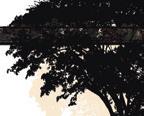



















Bronchocela cristatella Aeluroscalabotes felinus Calotes versicolor Aphaniotis fusca 7-10M level 5-7M level BUTTERLFY
fusca



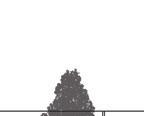
168
CONNECTIVITY
INCREASED
SECTION 01/ TREE CANOPY CONNECTION SECTION 02/ CONNECTION BY FOOTBRIDGE STRUCTURE EXISTING HABITATS 58M MACRITCHIE PARK RESIDENTIAL MACRITCHIE VIADUCT ‘CONNECT BRIDGE’ ‘CONNECT BRIDGE’ 32M 6-10M level 3-6M level Ground level BUTTERLFY BIRD BAT SQUIRREL INSECT LIZARD SPIDER INSECT LIZARD Papilio polytes romulus Graphium sarpedon luctatius Chilasa clytia clytia BUTTER FLY Anthreptes simplex White-rumped Munia Yellow-breasted Bunting Cyornis ru gastra SQUIRREL Taphozous melanopogon Emballonura monticola BAT Bronchocela cristatella Aeluroscalabotes felinus Calotes versicolor Aphaniotis fusca LIZARD Amyciaea lineatipes Cytaea oreophila Hygropoda sp. Nephila antipodiana SPIDER 58M MACRITCHIE PARK RESIDENTIAL MACRITCHIE VIADUCT ‘CONNECT BRIDGE’ ‘CONNECT BRIDGE’ 32M 6-10M level 3-6M level Ground level Papilio polytes romulus Graphium sarpedon luctatius Chilasa clytia clytia BUTTER FLY Anthreptes
White-rumped
Yellow-breasted
Cyornis
gastra SQUIRREL Taphozous melanopogon Emballonura monticola BAT Bronchocela cristatella Aeluroscalabotes felinus Calotes versicolor Aphaniotis fusca LIZARD Amyciaea lineatipes Cytaea oreophila Hygropoda sp. Nephila antipodiana SPIDER 58M MACRITCHIE PARK RESIDENTIAL MACRITCHIE VIADUCT ‘CONNECT BRIDGE’ ‘CONNECT BRIDGE’ 32M 6-10M level 3-6M level Ground level
Graphium sarpedon
Chilasa clytia clytia BUTTER
Anthreptes
White-rumped
Yellow-breasted
SQUIRREL Taphozous melanopogon Emballonura
BAT
Aeluroscalabotes
Calotes
Aphaniotis
LIZARD Amyciaea lineatipes Cytaea
Hygropoda sp. Nephila antipodiana SPIDER 58M MACRITCHIE PARK RESIDENTIAL MACRITCHIE VIADUCT ‘CONNECT BRIDGE’ ‘CONNECT BRIDGE’ 32M 6-10M level 3-6M level Ground level Papilio polytes romulus Graphium sarpedon luctatius Chilasa clytia clytia BUTTER FLY Anthreptes
White-rumped
Yellow-breasted
Cyornis
gastra SQUIRREL Taphozous melanopogon Emballonura monticola BAT Bronchocela cristatella Aeluroscalabotes felinus Calotes versicolor Aphaniotis fusca LIZARD Amyciaea lineatipes Cytaea oreophila Hygropoda sp. Nephila antipodiana SPIDER 58M MACRITCHIE PARK RESIDENTIAL MACRITCHIE VIADUCT ‘CONNECT BRIDGE’ ‘CONNECT BRIDGE’ 32M 6-10M level 3-6M level Ground level Papilio polytes romulus Graphium sarpedon luctatius Chilasa clytia clytia BUTTER FLY Anthreptes simplex White-rumped Munia Yellow-breasted Bunting Cyornis ru gastra SQUIRREL Taphozous melanopogon Emballonura monticola BAT Bronchocela cristatella Aeluroscalabotes felinus Calotes versicolor Aphaniotis
LIZARD
Nephila
SPIDER 58M MACRITCHIE PARK RESIDENTIAL MACRITCHIE VIADUCT ‘CONNECT BRIDGE’ ‘CONNECT BRIDGE’ 32M 6-10M level 3-6M level Ground level
BUTTER
simplex
Munia
Bunting
ru
Papilio polytes romulus
luctatius
FLY
simplex
Munia
Bunting Cyornis ru gastra
monticola
Bronchocela cristatella
felinus
versicolor
fusca
oreophila
simplex
Munia
Bunting
ru
Amyciaea lineatipes Cytaea oreophila Hygropoda sp.
antipodiana
Papilio polytes romulus Graphium sarpedon luctatius Chilasa clytia clytia
LIZARD Amyciaea
Hygropoda
Nephila
Cyornis ru gastra SQUIRREL Taphozous melanopogon SPIDER 58M MACRITCHIE PARK 55m
la(Blume) Sa ord Bird attracting trees
Desmos dasymascha -
gay ex Hook.f. & Thoms.) Sche
Cyathocalyx ramuli orus(Main -
Sterculia parvi oraRoxb
Garcinia forbesii
gay ex Hook.f. & Thoms.) Sche
Cyathocalyx ramuli orus(Main -
Resam
Dicranopteris linearis(Burm. f.) Underw.
Delta Maidenhair Fern
Adiantum raddianumC. Presl

Asplenium longissimumBlume
Neolitsea cassia (L.) Kosterm.
(DC.) Merr. & L.M. Perry
Syzygium lineatum
CREATE HABITATS
WETLAND UNDER VIADUCT AND POTENTIAL ANIMALS


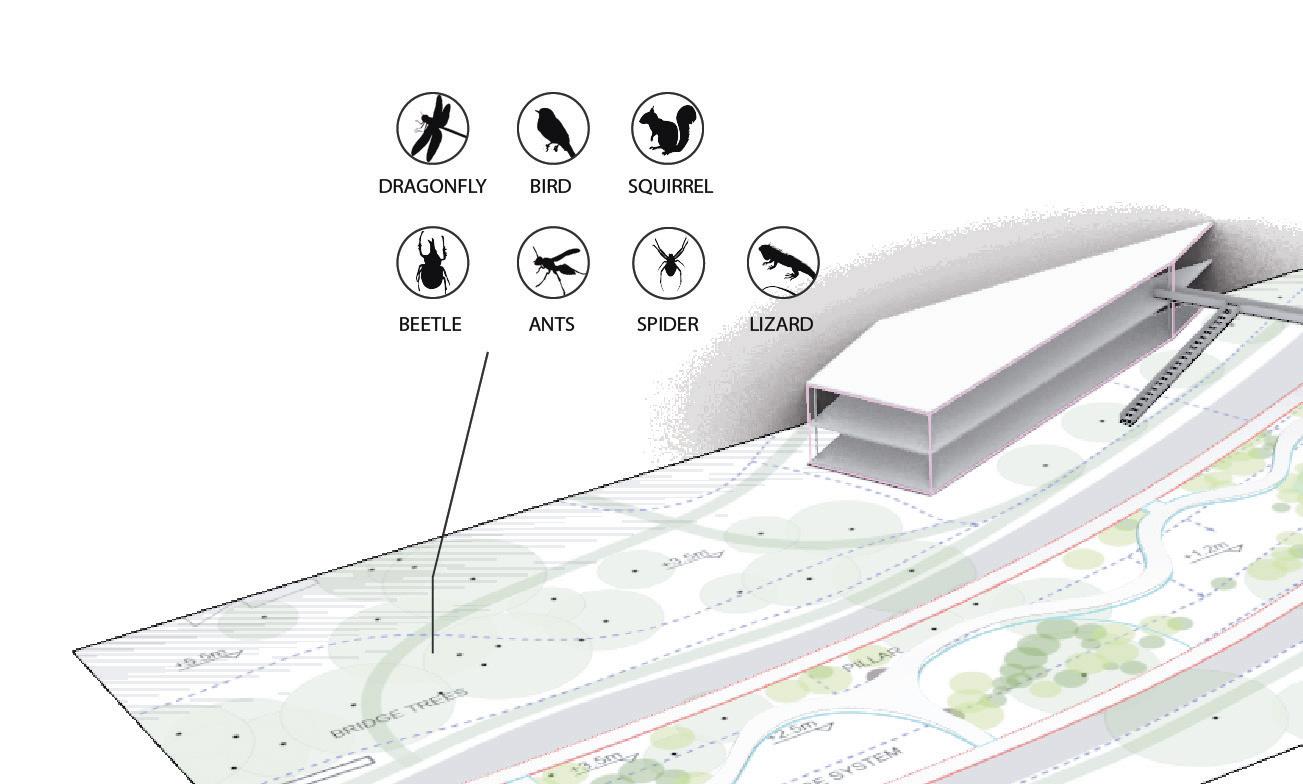

169
CREATE HABITATS
WETLAND UNDER VIADUCT


170
WATER COLLECTION
CREATE WATER COLLECTION STATION
WATER COLLECTION
RESEARCH OF VIADUCT WATER RESOURCES
CREATE HABITATS

























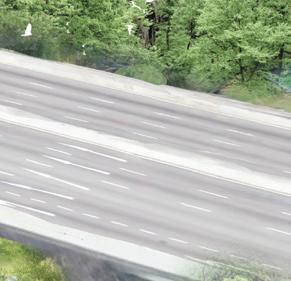

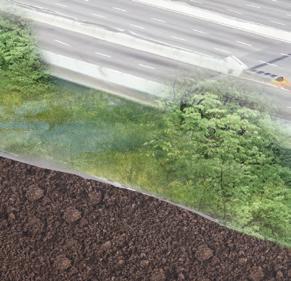



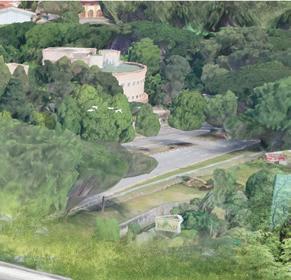
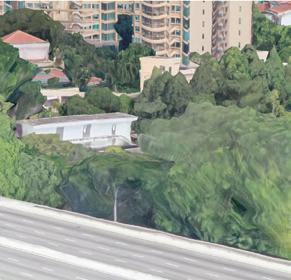
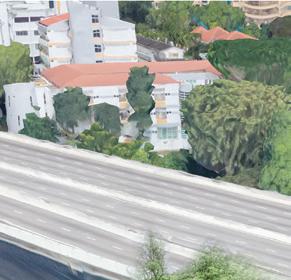
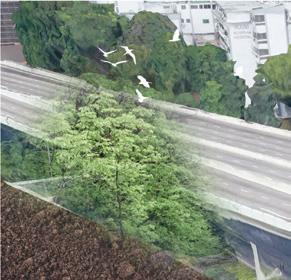
171
CREATE
WETLAND SYSTEM UNDER VIADUCT WETLAND SYSTEM UNDER VIADUCT AND ITS FUNCTION DRAINAGE HOLES (COLLECT RAIN WATER) DRAINAGE HOLES (COLLECT RAIN WATER) HIGH WAY RUNOFF NATURAL DISTRIBUTION OF SURFACE RUNOFF WATER FROM THE CENTRAL CATCHMENT CITY’S DRAINAGE SYSTEM DRAINAGE CHANNELS CREATE MICROBIAL ACTIVITY BETWEEN POPULATIONS PRECIPITATION IS EVENLY DISTRIBUTED AROUND THE WETLANDS RAINWATER COLLECTION AND UTILIZATION PROCESS OF VIADUCT N HM S HC HC O 2 O 2 N 2 N 2 P SUB-GRADE SOIL EVAPOTRANSPIRATION INFILTRATION RAIN WATER FLOW GRAVEL CUSHION LAYER - 0.5M-0.8M CONCRETE PAVEMENT LAYER + 4M-16M SHRUBS LAYER + 3M-6M GROUND LAYER 0M TO OTHER BUFFER POOLS TO WATER COLLECTION STATION TREE CANOPY LAYER + 6M-9M
HABITATS
Legend Trees
Elevated Road
Buildings
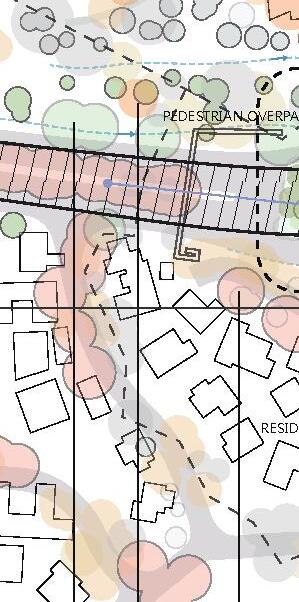
Groud Road
Park Path (for people)
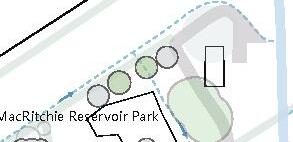

Water Drainage










Drainage Holes

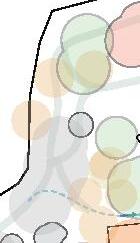









Water Collection System

Water Purification Station 1
N







Cyornis rufigastra Anthreptes simplex White-rum ped Munia
Yellow-breasted Bunting
Papilio polytes romulus
Sundasciuru s tenuis
Graphium sarpedon luctatius
Chilasa clytia clytia
Ratufa affinis Iomys horsfieldii
WETLAND
Wetlands are low lying areas that are at least periodically inundated with water. It provide habitat for a range of species that are not present in other habitats.
Cyornis rufigastra Anthreptes simplex White-rum ped Munia






Yellow-breasted Bunting



Papilio polytes romulus
Sundasciuru s tenuis
Graphium sarpedon luctatius
Chilasa clytia clytia
Ratufa affinis Iomys horsfieldii
Emballonur a monticola Taphozous melanopogon








172 MASTERPLAN TREE 6 TREE 4 TREE 1 TREE 10 TREE 8 TREE 7 TREE 9 TREE Pritchardia
Cyrtophyllum
TREE 5 Sterculia
Elaeocarpus
pacifica
fragrans (Roxb.) DC.
parvifloraRoxb
angustifolius Blume
Alstonia
angustiloba Miq. Mangifera indica. L.
Xanthostemon chrysanthus 'Variegata' RESIDENCIAL
Garcinia forbesii PEDESTRIAN OVERPASS
MacRitchie Reservoir Park BIRD WATCHING PLATFORM
RAINWATER PURIFICATION AND STORAGE RAINWATER TION
Rainforests grow on deeper, more fertile soils with moister soil conditions. They have a canopy greater than 30 m in height which is relatively closed (greater than 70 % canopy cover). Many rainforest plants produce fleshy-fruits and berries, which are a valuable food resource for a range of bird species, but particularly parrots and pigeons.
RAINFOREST
0 10 30 60m
Lepisanthes


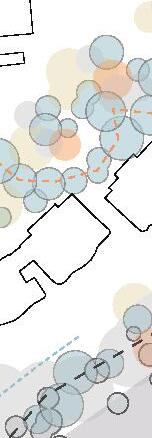

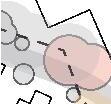























FOREST



Forests are a habitat dominated by trees, with a canopy cover of between 30 % and 50 %.Wet-sclerophyll forests have a canopy that is taller than 30 metres and generally have a soft-leaved understorey, often including tree ferns. Dry-sclerophyll forests have a canopy between 10 metres and 30 metres tall, and generally have a hard-leaved understorey with wattles, peas and boronias.
Cyornis rufigastra Anthreptes simplex White-rum ped Munia Yellow-breasted Bunting
Papilio polytes romulus
Sundasciuru s tenuis
Graphium sarpedon luctatius
Chilasa clytia clytia
Ratufa affinis Iomys horsfieldii
Emballonur a monticola Taphozous melanopogon
WOODLAND

Woodlands are a habitat type dominated by trees, but with a relatively low canopy cover of less than 30%. Eucalypts dominate the canopy and the understorey is relatively open, often containing native grasses.





Cyornis rufigastra Anthreptes simplex White-rum ped Munia Yellow-breasted Bunting
Ratufa affinis Iomys horsfieldii Sundasciuru s tenuis
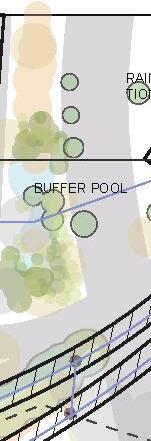

Emballonur a monticola Taphozous melanopogon

173 2 TREE 3
BIRD ATTRACTING LITTLE MAMAL ATTRACTING
alata (Blume) Leenh.
WATER DRAINAGE COMMERCIAL RESIDENCIAL RESIDENCIAL RAINWATER PURIFICA TION AND STORAGE RAINWATER PURIFICA TION AND STORAGE 2
Syzygium lineatum (DC.) Merr. & L.M. Perry


CLIMATE SENSITIVE TAGORE INDUSTRIAL ESTATE
Han Cong & Zhou Xianfeng
Located in the northeast of the Central Catchment Nature Reserve, the Tagore Industrial Estate is 300 meters away from the nature reserve and covers an area of 32 hectares. Because of the high impervious paving ratio, insufficient shaded areas and high temperature, the thermal comfort of the industrial estate are not conducive for human well-being. Also, the low biodiversity and limited green space make the site unsuitable for fauna inhabitation. The project aims to mitigate microclimate to achieve enhancement of human thermal comfort and habitat creation.
The first strategy is to naturalize the drainage. Water features such as rain gardens, bio-swales and ponds can be introduced along the streets to slow down and infiltrate the rainwater while providing evaporation from plants to cool the area. The second strategy is to guide the wind to reduce temperature. The Micro topography based on existing topography is created to guide wind, bring different air pressure and create airflow. Trees along the road with proper planting methods in linear open space can guide and bring cool air to the surrounding areas. The third strategy is to reduce the hardscape and increase the softscape. This is done by selecting some existing areas with poor thermal comfort conditions and improving them - which includes building structures and linear green spaces. Consideration is given to keep valuable trees to maintain biodiversity and introducing fruiting and flowering trees to attract fauna. The fourth strategy is to add leisure and recreational spaces and replace linear green spaces with linear parks - which brings comfortable experience to users of the site.
After a series of interventions, the percentage of soft landscape of the site will increase from 15% to 40% while the average temperature will drop by 1.2 degrees. The Tagore Industrial Estate will be served as a healthy habitat to provide enhanced thermal comfort and recreational working spaces where animals can transit as well.
VEGETATION & BIODIVERSITY & DISTANCE
Vegetation Analysis
Biodiversity Analysis
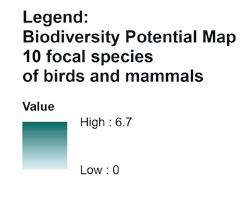

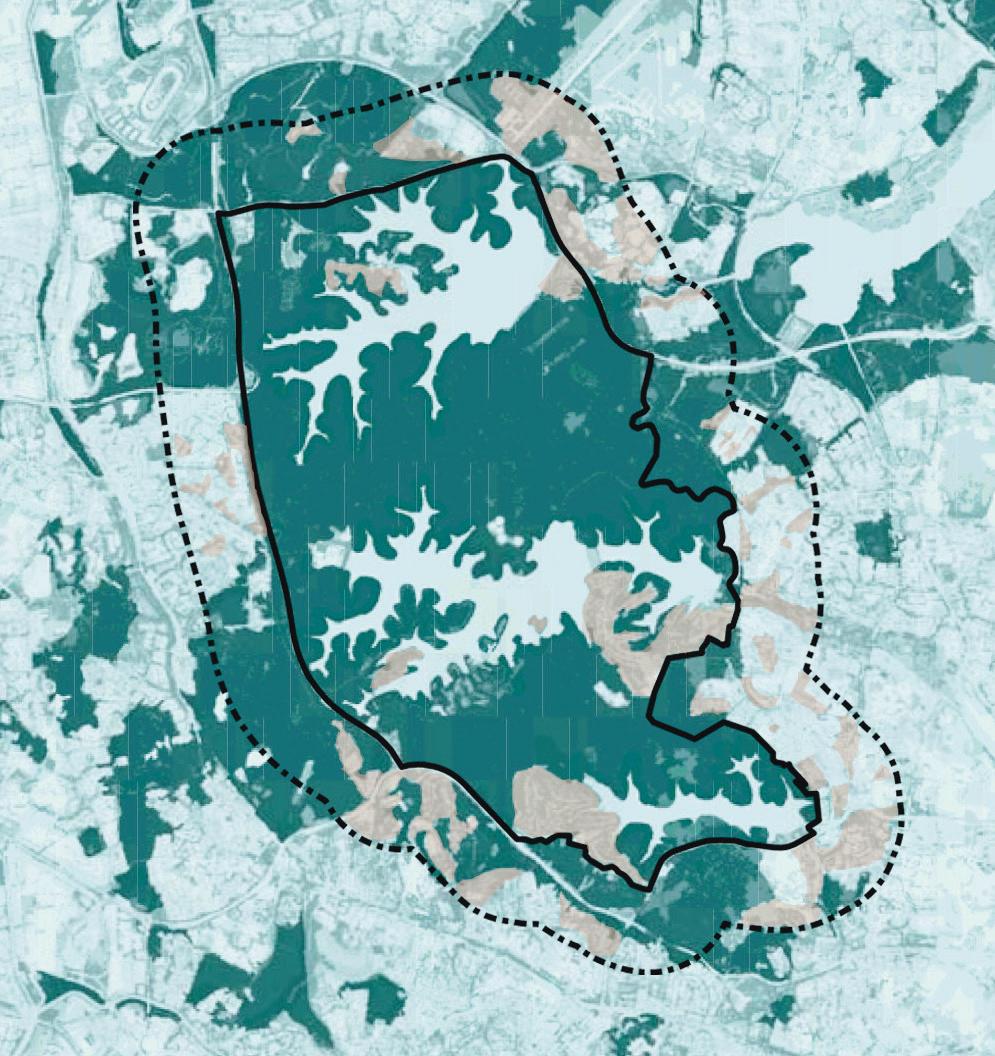

Tagore Industrial Estate is covered by vegetation, but its
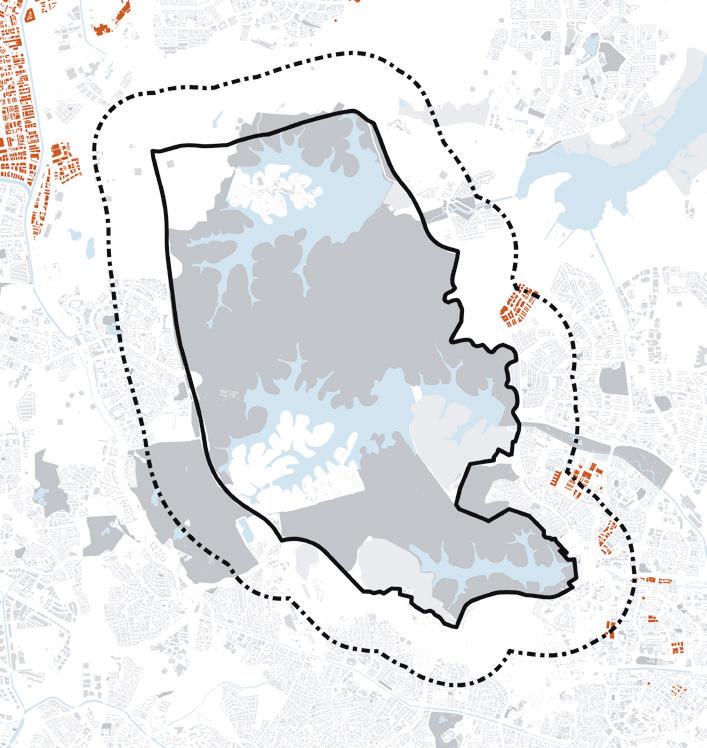
value is very low.
and
176
Distance Analysis Tagore Industrial Estate 300m 750m 500m Sin Ming Industrial Estate Jln Pemimpin Industrial Estate
vegetation density CCNR boundary CCNR buffer_1km CCNR boundary CCNR buffer_1km industrial building CCNR boundary CCNR buffer_1km N 0m 1km 2km N 0m 1km 2km N 0m 1km 2km
ecological
biodiversity
There are 6 types of basic industrial typology in the Tagore Industrial Estate.

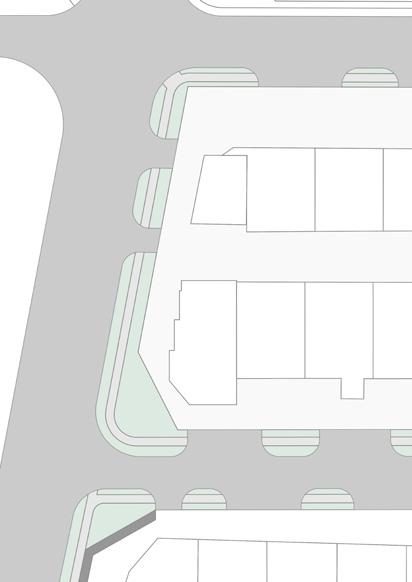

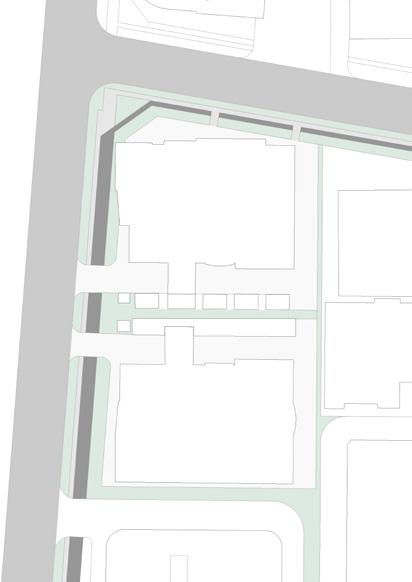



177
Entrance Entrance Entrance Parking Business Entrance Entrance Basketball Court Roof Garden Garden Garden Underground Parking Commercial Entrance Entrance Corridor
& Engineer Entrance Parking Parking Warehouse Entrance Entrance Industrial Entrance Roof Greenery Garden Commercial & Manufacture Pavement 3 Grass Shrub Basketball Court Parking Space Legend Road Pedestrian Drainage ditch Pavement 1 Pavement 2 Warehouse Commercial and Manufacture Manufacture and Engineer Business Industrial Commercial Legend
INDUSTRIAL TYPOLOGY
Manufacture
N 0m 100m 200m
FLORA SPECIES ANALYSIS
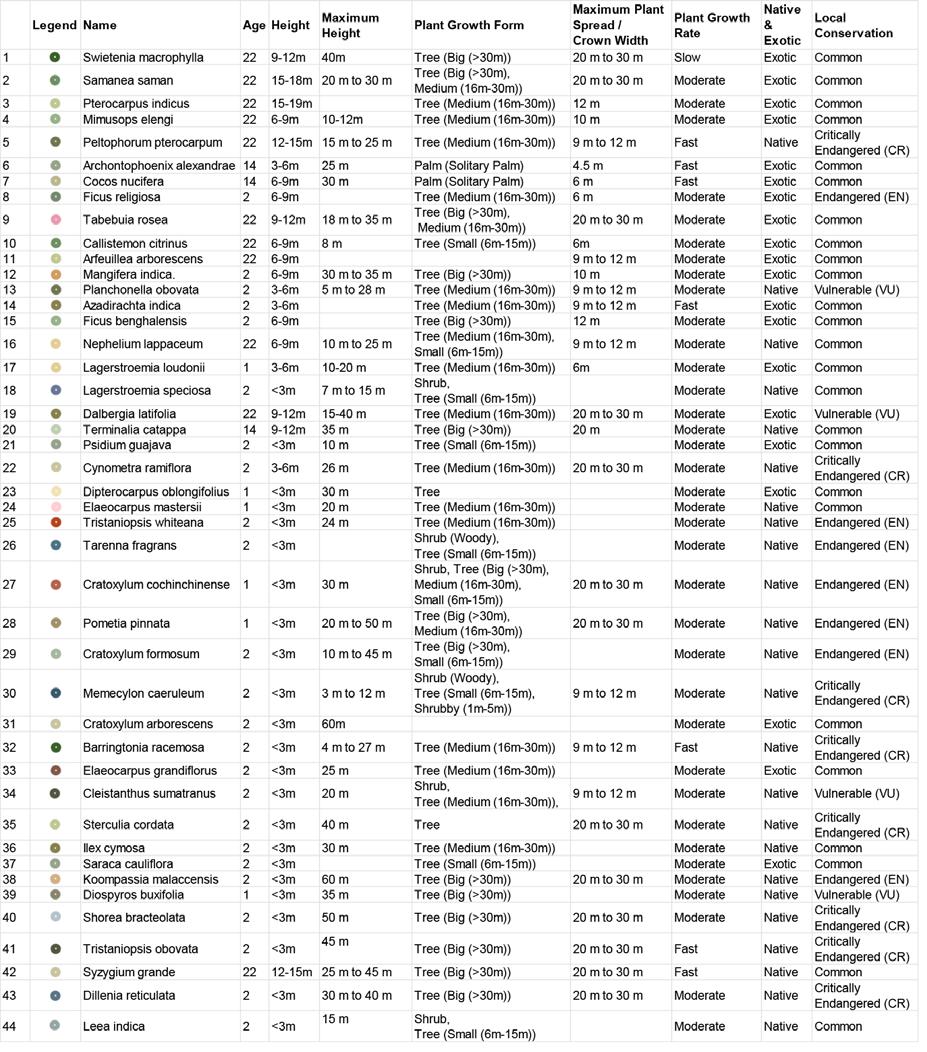
Native & Exotic
Slow-growing & Fast-growing
Common & Endanger
There are 44 tree species of trees in the industrial zone. Most are native, common and fastgrowing.
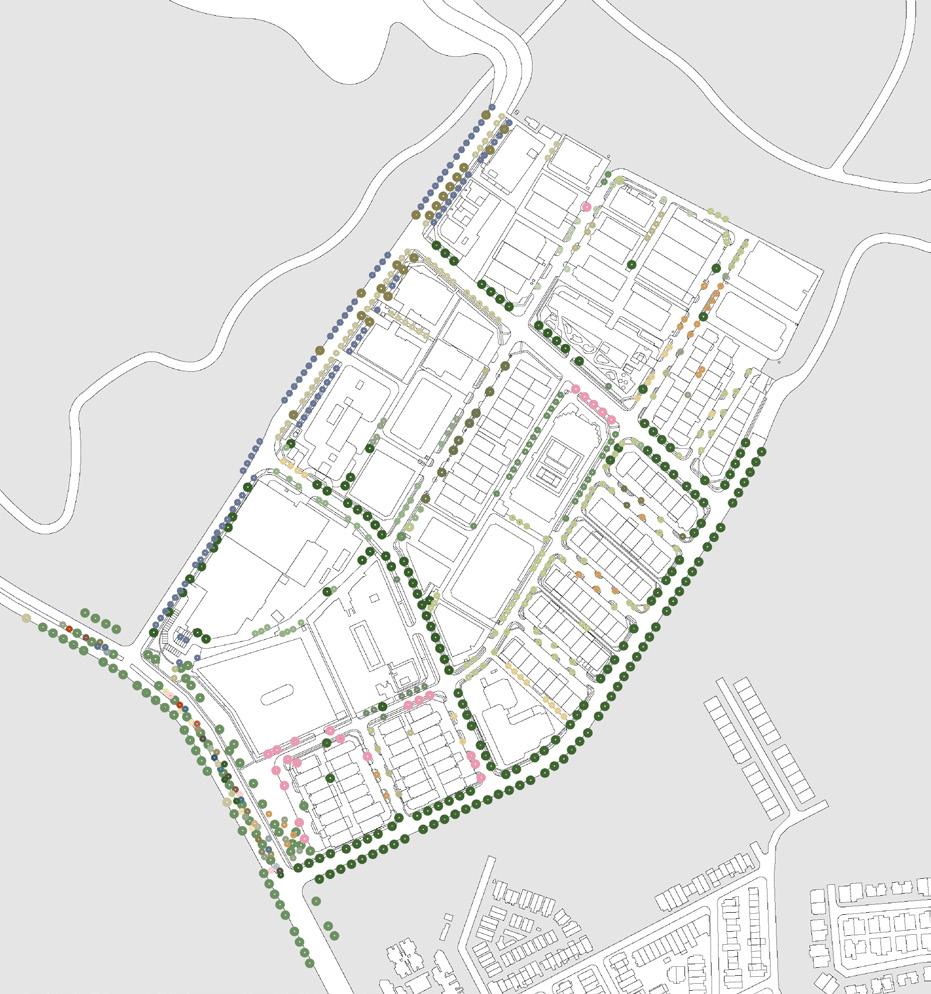
178
0 5 10 15 20 25 0 5 10 0 5 10 15 20 25 24 2 20 8 8 7 4 25 native slow-growing fast-growing exotic critically endangered endangered vulnerable common N 0m 100m 200m
Softscape
Herb layer only
Herb, shrub and arbor layer



Relatively natural vegetation

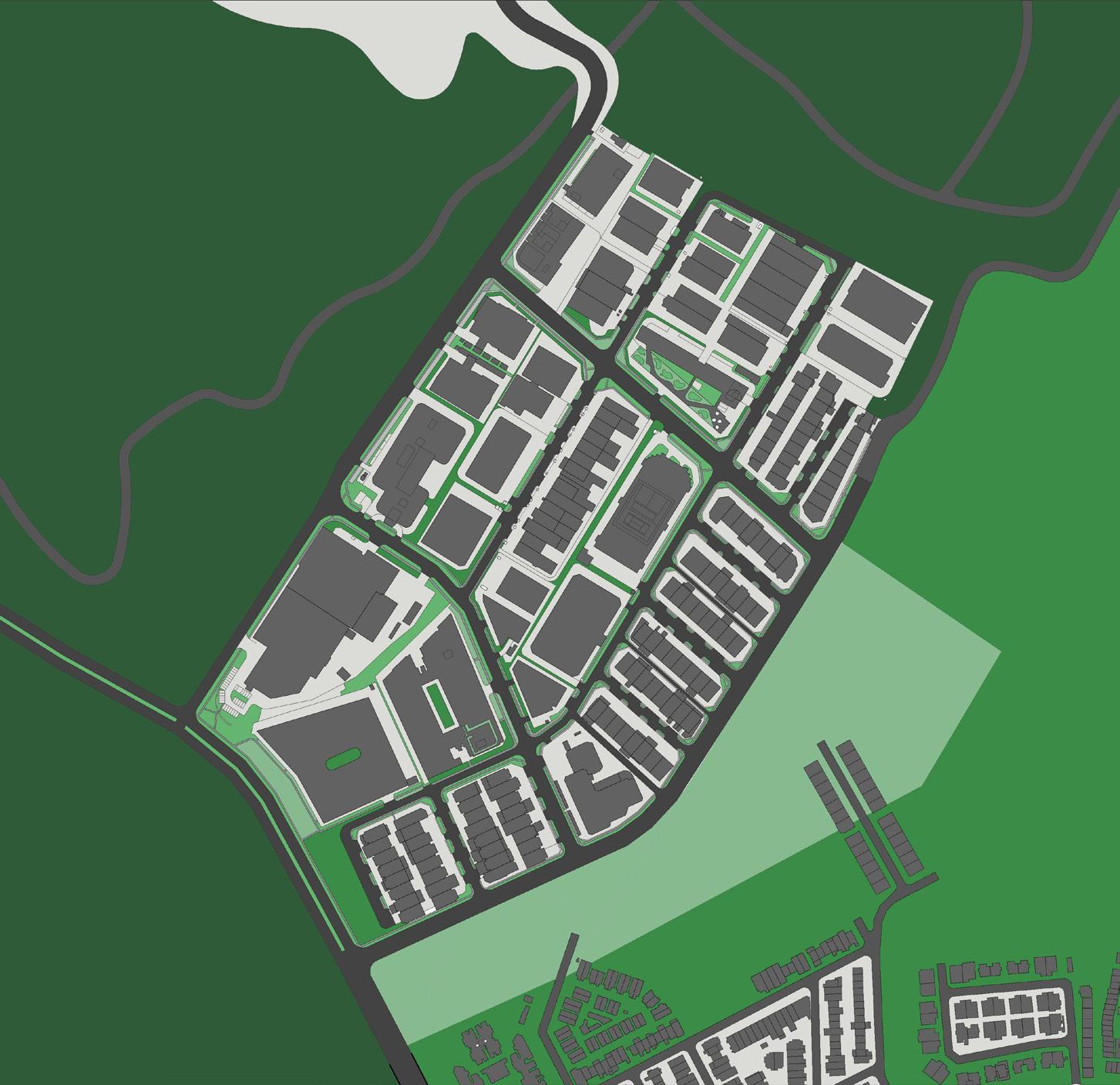
179
HARDSCAPE & SOFTSCAPE ANALYSIS
Herb
layer and arbor layer
Herb layer only Herb layer and arbor layer Herb, shrub and arbor layer Relatively natural vegetation Roads Roof Pedestrian Drianage ditch Pavement Softscape: Hardscape:
Type N 0m 75m 150m
WATER FLOW ANALYSIS

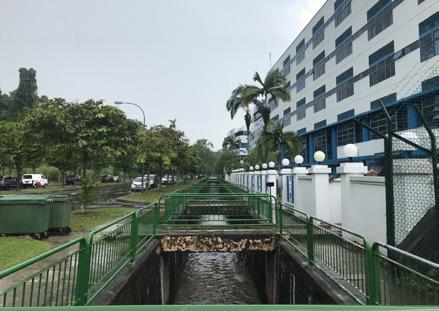

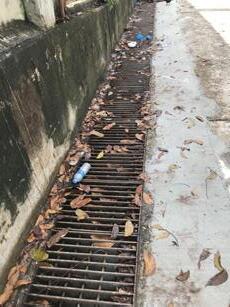
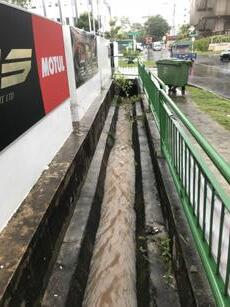
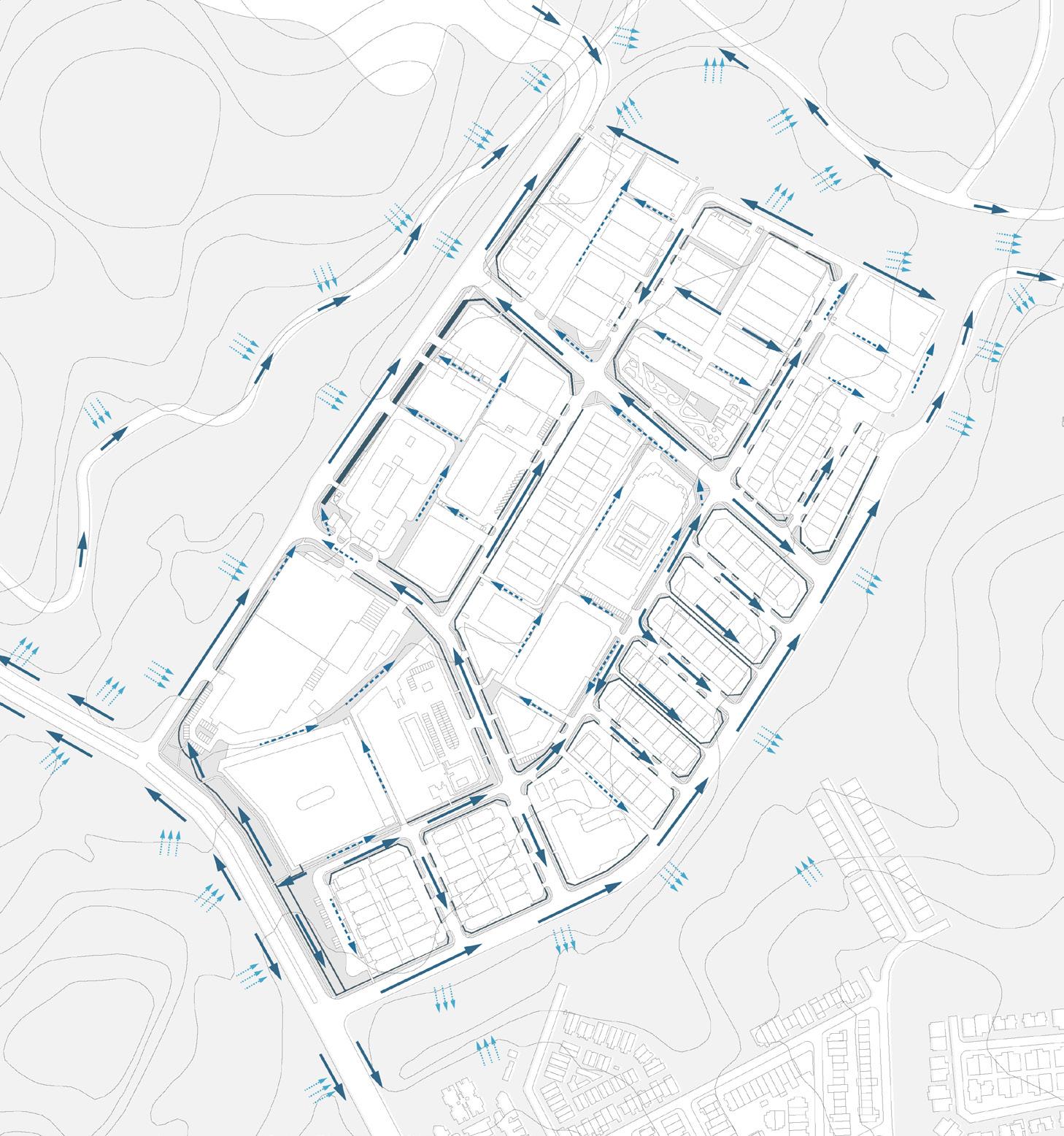
180
Legend drainage drainage flow underground flow surface flow N 0m 75m 150m
Drainage Type
Views on Greenery
Nationality
Duration Spend in Outdoor Space
Types of outdoor activities
Outdoor Comfort
The Demand for Outdoor Space
181
0 5 10 15 20 20-25 25-30 30-35 35-40 40-45 45-50 0 5 10 15 20 25 30 Singaporean Foreigner 0-30min 30-60min 60-120min 120-240min >240min 0 5 10 15 20 25 0 5 10 15 20 25 30 35 amusement rest work commute 0 10 20 30 40 50 good medium poor temperature humidity wind sport rest shelter chat amusement 0 20 10 30 40 50 0 10 20 30 40 50 good medium poor biodiversity environment recreation health & well-being aesthetics
TABULATIONS OF INDUSTRY SURVEY RESULTS
Age
WIND ANALYSIS
Wind Speed & Wind Direction Map
air flows from the cold zone to the hot zone 14:00am, unit m/s
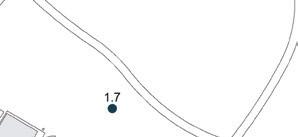
Plant grass
Prevailing wind in NovMar
Due to the its minimum air resistance, grassland has the best ventilation effect.

shrub
The shrub can reduce the wind speed.

tree
Prevailing wind in JunSept
Annual wind rose (m/s)

Data from Changi Climate Station
Building & Road
type1
The temperature of the building area is much higher than the surrounding area.




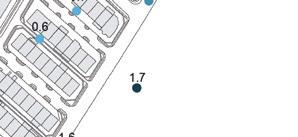



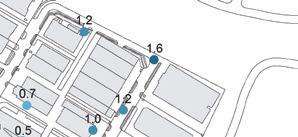



type2
The greenery can cool down the air which can bring cooler air to the surrounding area.
type3
The good balance between the greenery and the building. The greenery becomes a cooling filter and brings cooler air to the building.
The arbor can make air circulation above the crown and lead air flow under the crown.
tree+grass
As a guidance
tree+shrub+grass
Trees along the road with proper planting methods in linear open space can bring cool air to the surrounding areas.

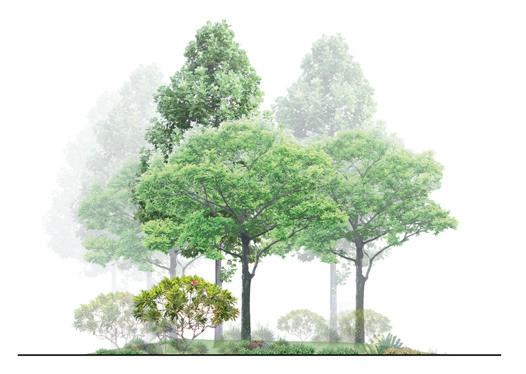



182
Legend 1.6m/s-2.0m/s 1.2m/s-1.6m/s 0.8m/s-1.2m/s 0.4m/s-0.8m/s 0.0m/s-0.4m/s
Shade Study
ROAD TYPOLOGY BASED ON WIND AND SHADE

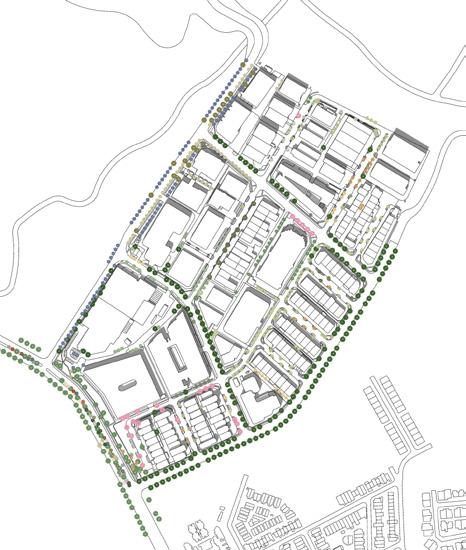

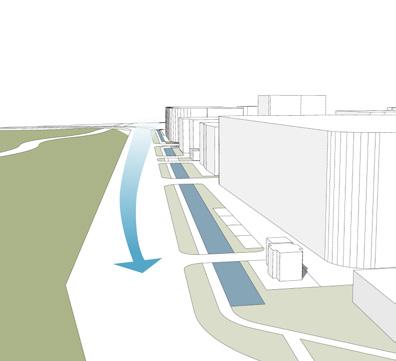




Road Typology
Prevailing wind in Nov - Mar
Prevailing wind in Jun - Sept
shadow study 10:00am 30%
Prevailing wind in Nov - Mar
Type A
Type B
Type C
Type D
Type A
Road direction is parallel to the prevailing wind. Roads are near to the forest.
Type B
Road direction is not parallel to the prevailing wind. Roads are near to the drainages.
Prevailing wind in Jun - Sept
shadow study 13:00am 15%
Prevailing wind in Nov - Mar
Type C
Road direction is not parallel to the prevailing wind. Wind is blocked by buildings.
Type D
Road direction is parallel to the prevailing wind. Roads are near to the drainages.
Prevailing wind in Jun - Sept
shadow study 16:00am 60%
183
N 0m 100m 200m
THERMAL COMFORT ANALYSIS

The areas with the worst thermal comfort conditions are six buildings and a linear green space. The buildings typologies are business, commercial,comercial and manufacture.




184
24-25℃ 26-27℃ 28-29℃ 29-30℃ 31-33℃ 34-36℃ 37-40℃ 48-50% 50-52% 52-54% 54-56% 56-58% 58-60% 60-62% 90-91 91-92 92-93 93-94 94-95 95-96 96-97
Legend Legend Legend Temperature Humidity Thermal Comfort Level N 0m 75m 150m N 0m 75m 150m N 0m 50m 100m N 0m 50m 100m N 0m 50m 100m
Rain garden
Some Possible Places of Intervention

Building structure 1
Rain garden
Building structure 2
Building structure 4
Bio-swale
Ventilated corridor
Building structure 5
Linear Park
Bio-swale
Building structure 6
Ventilated corridor
Building structure 3
185 MASTERPLAN N 0m 50m 100m
road
Legend
drainage grassland shrub bio-swale permeable pavement sub-canopy tree
canopy tree
FLORA SPECIES

186
The water features such as rain gardens, bio-swales and ponds can be introduced along the streets to induce evaporative cooling to the surrounding.

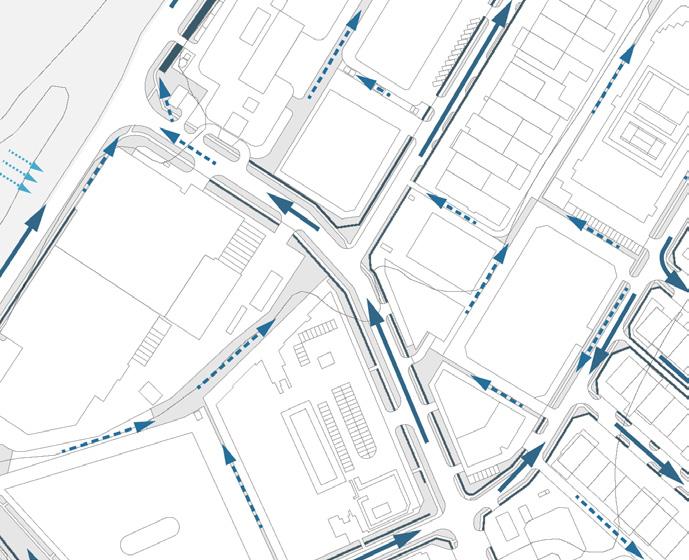
STRATEGY 2 | GUIDE THE WIND
Creat micro topography and utilize trees to make a better ventilation to cool the spaces.


187
STRATEGY 1 | NATURALIZE THE DRAINAGE
drainage greenery drainage flow underground flow surface flow intervention drainage bio-swale pond greenery rain garden drainage flow underground flow surface flow
drainage drainage greenery greenery air flow air flow intervention air flow Current Current Proposed Proposed Prevailing wind Prevailing wind N 0m 50m 100m N 0m 50m 100m N 0m 50m 100m N 0m 50m 100m
SECTION A-A'
Road type A
Road direction is parallel to the prevailing wind. Roads are near to the forest with no shadow.
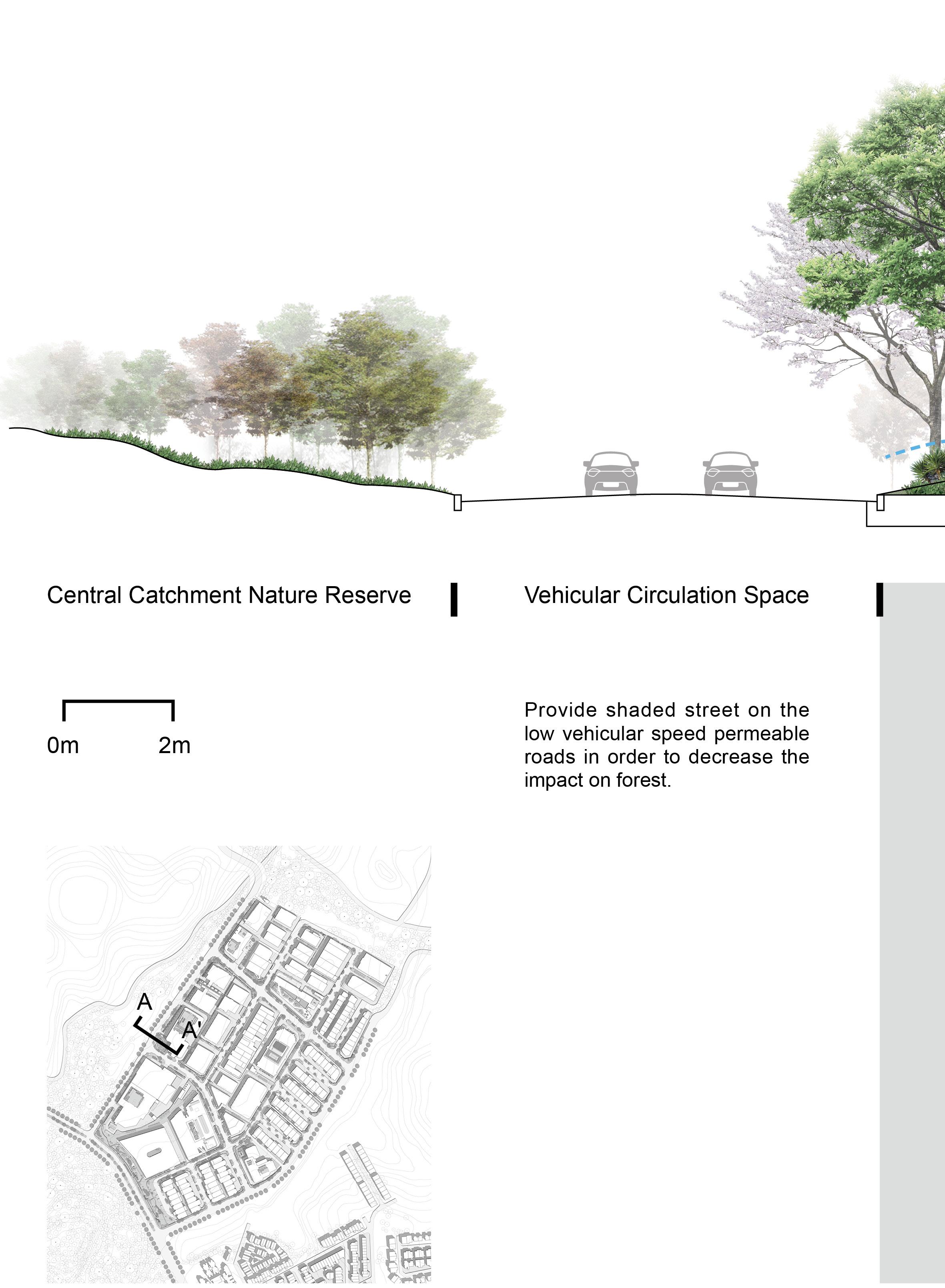
188

189
SECTION B-B'

Road type B
Road direction is not parallel to the prevailing wind. Roads are near to the drainages with a lot shadow.
190
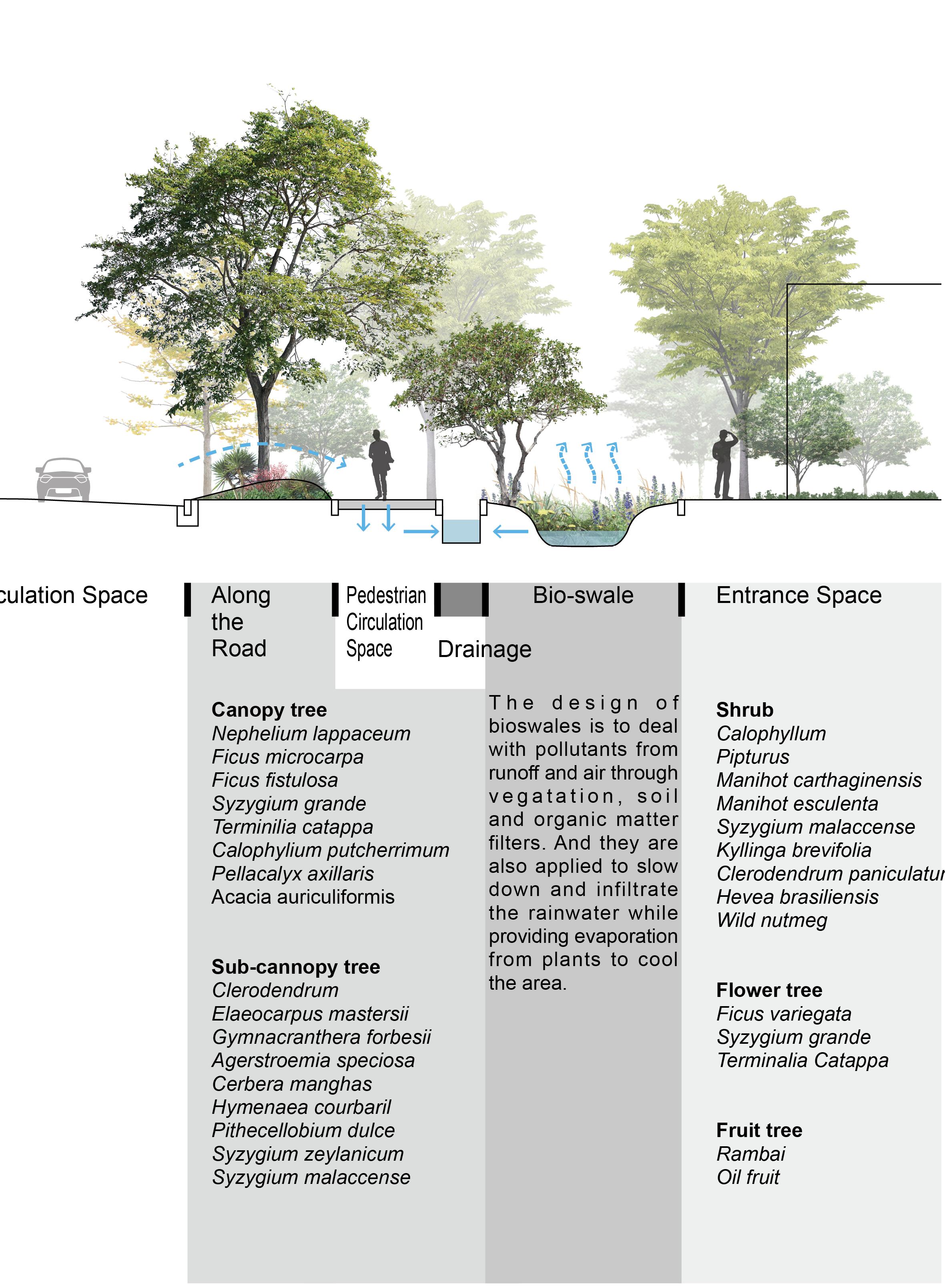
191
SECTION C-C'
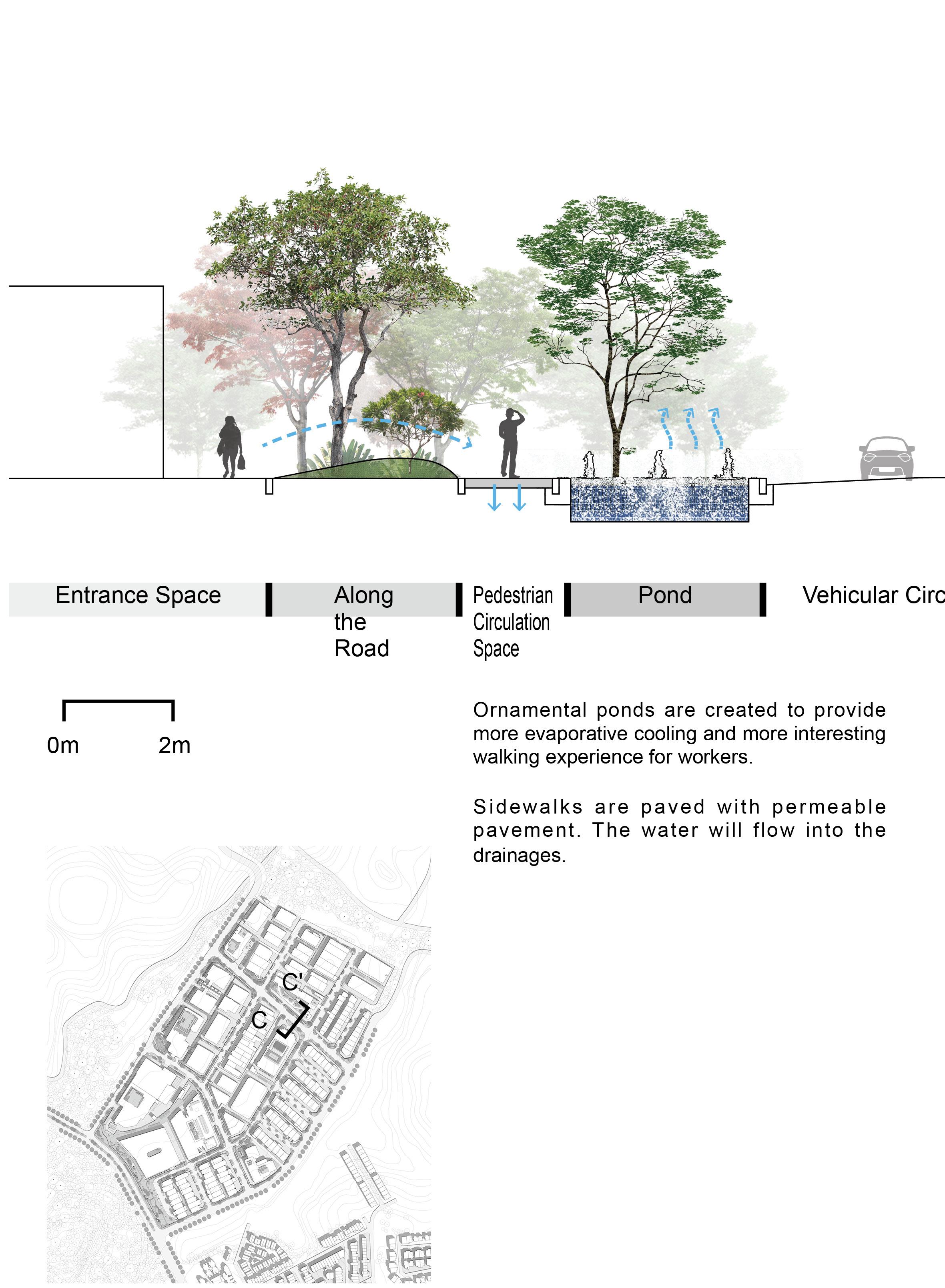
Road type C
Road direction is not parallel to the prevailing wind. Wind is blocked by buildings. There are not much shadow on the road.
192

193
SECTION D-D'

Road type D
Road direction is parallel to the prevailing wind. Roads are near to the drainages with a little shadow.
194

195
VISION 1
Drainage: The bio-swales and rain gardens are provided to naturalize the drainages, infiltrate the rainwater and cool the area.
Shaded Streets: Fruit and flower trees are used to create street landscape for workers, bringing

196
create a continuous visual enjoyment.
Leisure Space: As a social gathering space for workers from different factories.




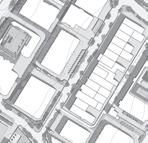
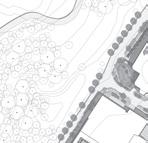
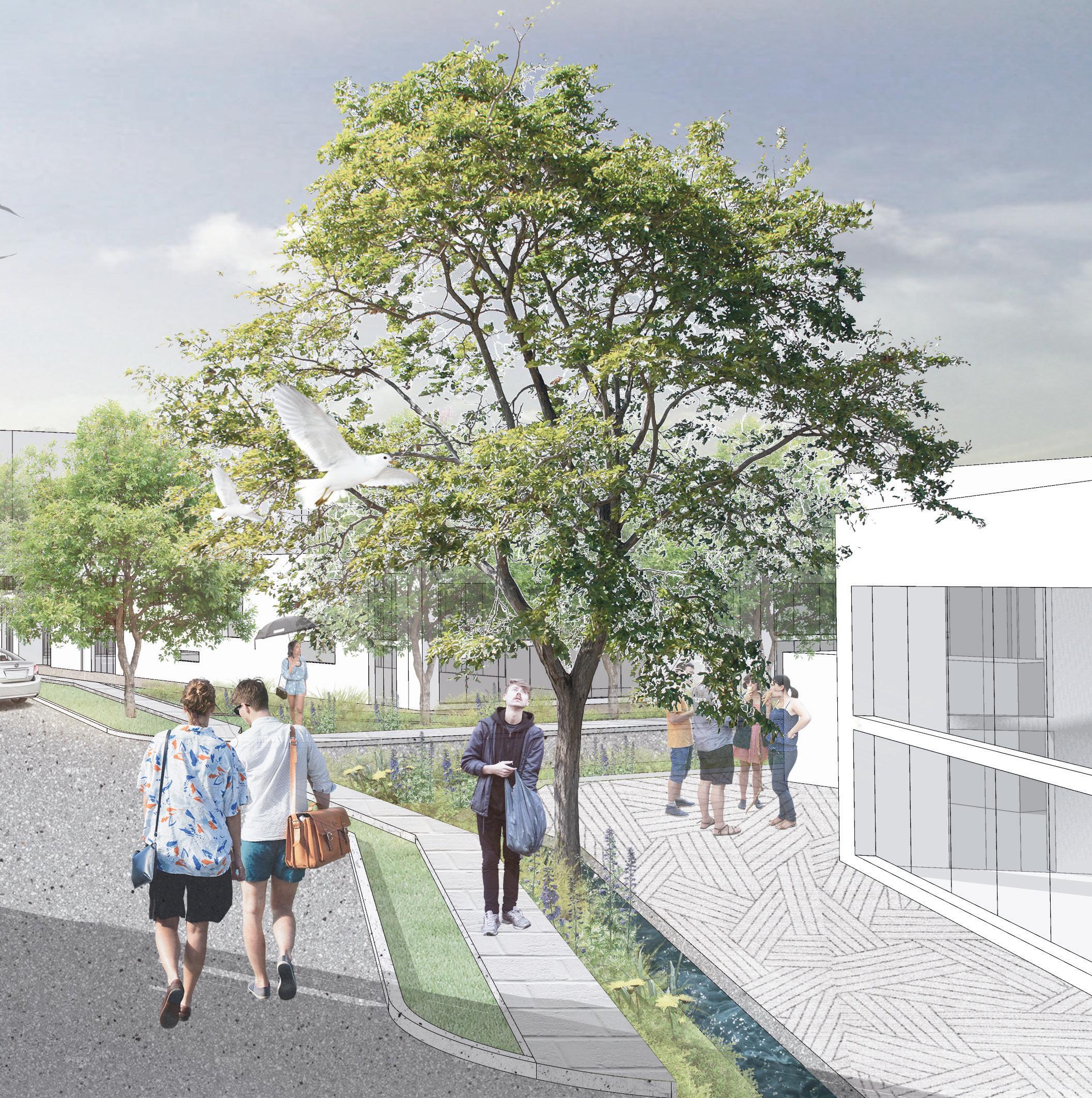
197
VISION 2
Bio-swales Section
Reference: https://www.asla.org/2019studentawards/684549_Monitoring_Design_Stormwater_Management_Process_Visualization_And_Evaluation.html









VISION 3
Pond & Fountain Continuity of the Tree Canopies
Ventilated Corridor



198
high wind medium low
DECREASE HARDSCAPE AND INCREASE SOFTSCAPE
Sparse forest
Hardscape: Roads Roof Pedestrian Drianage ditch
Pavement
Tall forest
Create more scrubland and sparse forest areas to slow down the effects of solar radiation to cool the whole industrial estate.

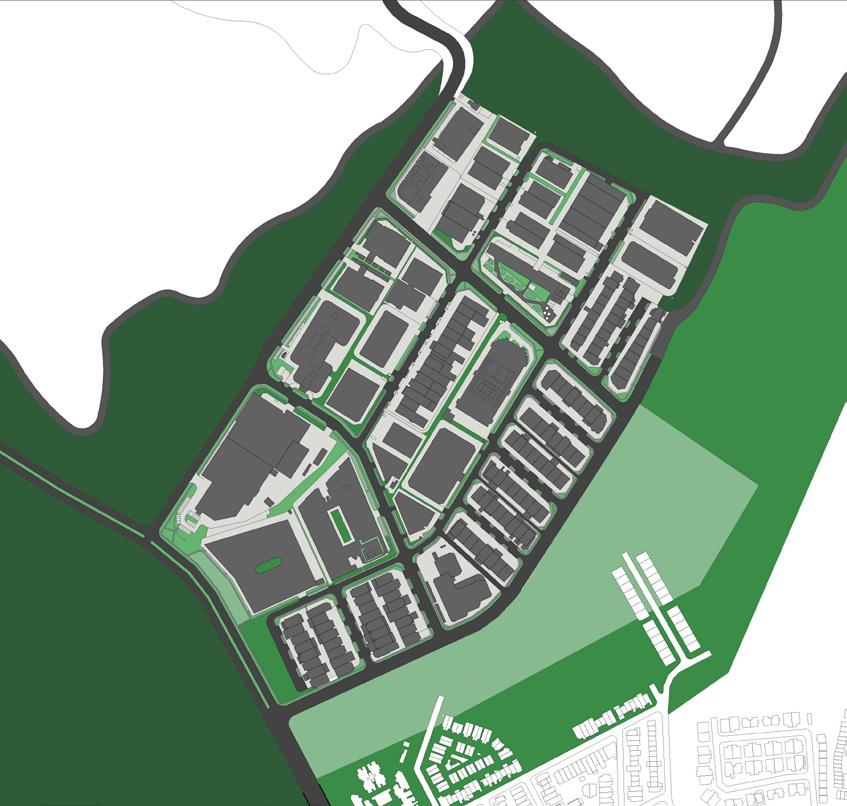



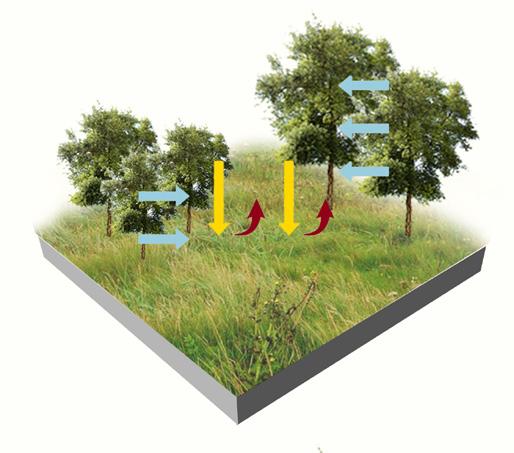
Softscape: Grassland
Scrubland
Sparse forest
Tall forest
199
3 |
STRATEGY
Heat Study Solar radiation Solar radiation Solar radiation Solar radiation Sensitive heat Sensitive heat Sensitive heat Sensitive heat Latent heat Grassland Category 01 Before Before Category 02 Category 03
Category 04 Scrubland
After N 0m 100m 200m N 0m 100m 200m
BUILDING STRUCTURE
The strategy of this part is to increase patches on 1st storey ground to rise the softscape ratio and provide shaded area, add vertical greenery on bare walls and convert rooftop to green roof.


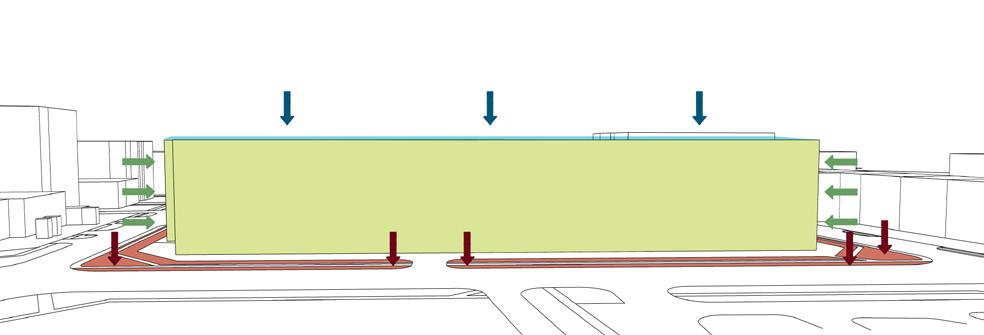
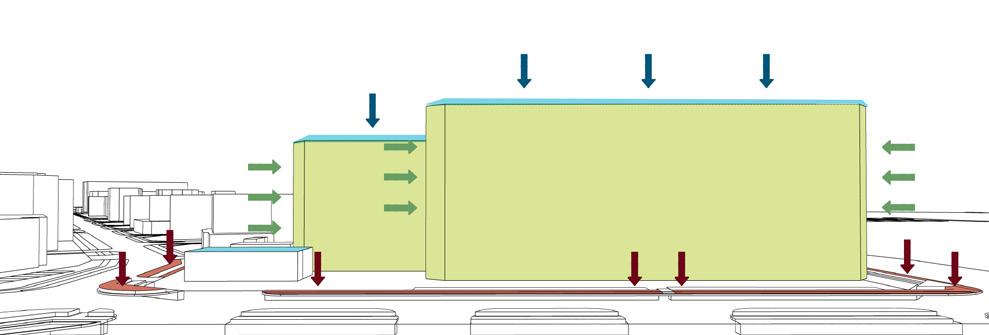



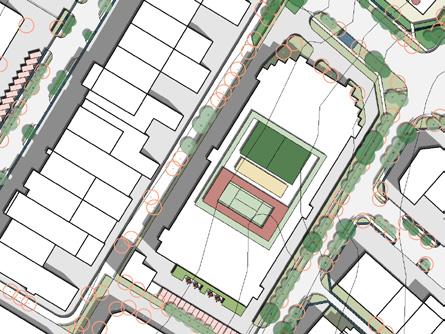
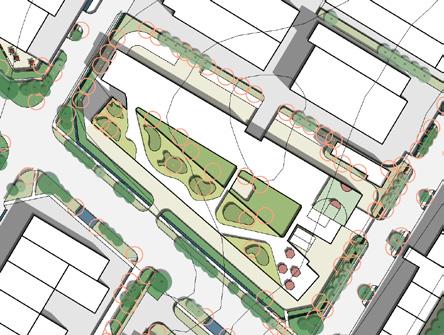

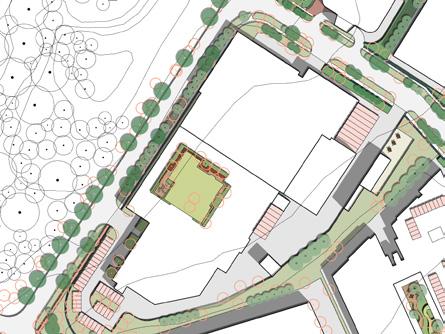

200
01Business 02Commercial 03Business 04Commercial 05Commercial 06Commercial & Manufacture Rooftop greenery Rooftop greenery Rooftop greenery Rooftop greenery Rooftop greenery Vertical greenery Vertical greenery Vertical greenery 1st storey greenery 1st storey greenery 1st storey greenery 1st storey greenery 1st storey greenery 1st storey greenery 01Business 02Commercial 03Business 05Commercial 06Commercial & Manufacture 04Commercial
Maximise Area and Maximise experience for the workers.
Before After After After Legend Legend Legend Legend Legend Legend
1.Break the space limit to optimise the potential greeney area.

Before Before Intervention Greenery space Intervention Potential space Carpark Greenery space Carpark Potential space Entrance Greenery space Entrance Potential space



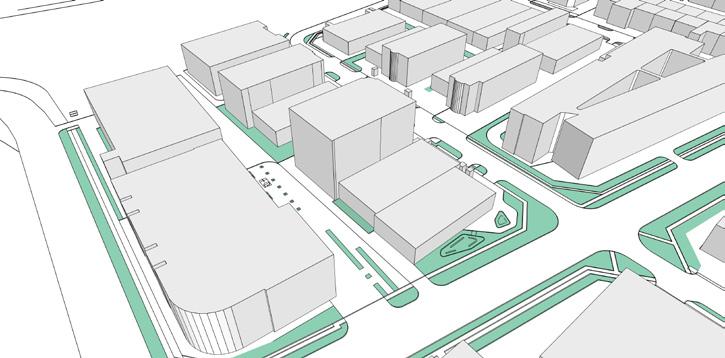
2.Relocate the carpark and 1st storage space to free up the area in front of the entrance.
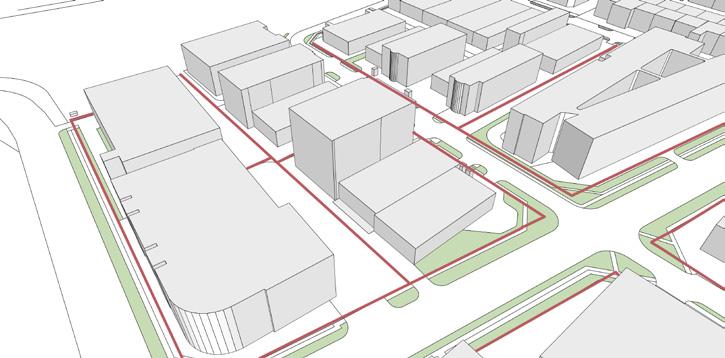
201
3.Relocate the main entrance of the building to facilitate better connectivity and prolog experience of the workers.
PLANTING STRATEGY
Species Choose
Valuable Species
Valnerable/ Threatened: Dalbergia latifolia

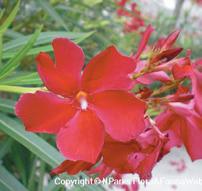
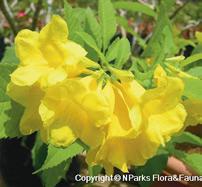
Planchonella obovata
Cleistanthus sumatranus
Diospyros buxifolia
Endangered: Ficus religiosa
Tristaniopsis whiteana
Tarenna fragrans

Cratoxylum cochinchinense
Pometia pinnata
Cratoxylum formosum
Koompassia malaccensis
Critically Endangered:
Cynometra ramiflora
Peltophorum pterocarpum
Memecylon caeruleum
Barringtonia racemosa
Sterculia cordata
Shorea bracteolata
Tristaniopsis obovata
Phase 1: Plant pioneer species that can proviede shade for open space.
Phase 2: Than plant some emergents, shrubs and groundcover.
Phase 3: The emergents grow quickly under the shade of pioneer species. Shade tolereant shrubs and groundcover are growing.
Phase 4: The emergent trees grow big enough and pioneer species die, remove them and make way for shade love plants.

Fauna Attraction:
1.Habitat: Open Land




Plant Functions:

1.Physical Contact or Spatial Experience (Tempoary Relief from Work)
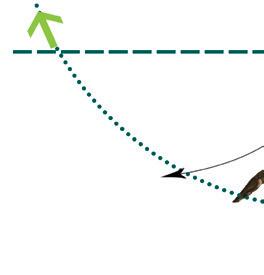




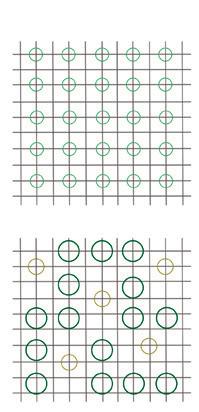
2.Supporting the Biodiversity (Experience of Forest-Link with Aurally Stimulating Bird Calls)


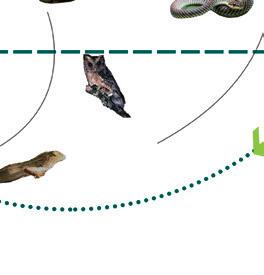


3.Visually Appealling,Smell-Stimulating
Dillenia reticulata
202
01 02 03 04
Tecoma stans (L.) Juss. ex Kunth Wrightia religiosa (Teijsm. & Binn.) Kurz Nerium oleander L.
2.Habitat: Wooded Area
3.Habitat: Grassland
Grey-faced Buzzard White-shouldered Starling Sparrowhawk Plaintive Cuckoo Barn Owl Eastern Marsh Harrier Barred Buttonquail Savanna Nightjar
Keep valuable trees including endangered, heritage and threatened species to maintain the species biodiversity.
SPECIES CHOOSE PROCESS
Enrich species through vegetation structure.
Valnerable/ Threatened:
Dalbergia latifolia
Planchonella obovata
Cleistanthus sumatranus
Diospyros buxifolia
Endangered:
Ficus religiosa
Tristaniopsis whiteana
Tarenna fragrans
Cratoxylum cochinchinense
Pometia pinnata
Cratoxylum formosum
Koompassia malaccensis
Critically Endangered:
Cynometra ramiflora
Peltophorum pterocarpum
Memecylon caeruleum
Barringtonia racemosa
Sterculia cordata
Shorea bracteolata
Tristaniopsis obovata
Dillenia reticulata
Large Canopy Trees:
Acacia concinna
Callerya atropurpurea
Swietenia macrophylla
Pterocarpus indicus
Nephelium lappaceum
Ficus microcarpa
Ficus fistulosa
Syzygium grande
Terminilia catappa
Calophylium putcherrimum
Pellacalyx axillaris
Acacia auriculiformis
African tulip
Adinandra dumosa
Broad-leafed mahogany
Samanea saman
Dypsis leptocheilos
Plumeria rubra
Albizia saman
Sub Canopy Trees:
Deillenia suffrutcosa
Cerbera manghas
Eugenia grandis
Imperata cylidrica
Fagraca fragrans
Syzygium cumini
Clerodendrum
Elaeocarpus mastersii
Gymnacranthera forbesii
Agerstroemia speciosa
Cerbera manghas
Hymenaea courbaril
Pithecellobium dulce
Syzygium zeylanicum
Syzygium malaccense
Shrub: Erythrina crista-galli
Plumeria obtusa
Leea indica
Dillenia suffruticosa
Mimosa pudica
Ardisa eillptica
Calophyllum
Pipturus
Manihot carthaginensis
Manihot esculenta
Syzygium malaccense
Kyllinga brevifolia
Clerodendrum paniculatum
Hevea brasiliensis
Wild nutmeg
Choose different species due to various areas in the site.
Public Green:
Durian
Jackfruit
Adenanthera pavoning
Dillenia suffrutcosa
Roadside and Garden Green:
Peltophorum pterocarpum
Cerbera manghas
Fagraca fragrans
Hymenaea courbaril
Erythrina crista-gali
Clerolandron deflexum
Less Access Space:
Eugenia grandis
Pithecellobium dulce
Teminalla catappa
Syzygium zelanicum
Albizia saman
Imperata cylidrica
Edge of the forest: Oil fruit
Teminalla catappa
Saman saman
Adinandra dumansa
Acacia concinna
Clerodendrum
Durio zibethinus
Ptercarpus indicus
Syzygium cumini
Plant flower and fruit trees to attract fauna.
Attracting Trees:
Flower trees:
Leea indica
Nephelium lappaceum
Ficus fistulosa
Ficus variegata
Syzygium grande
Terminalia Catappa
Fruit trees:
Syzigium
Durian
Jackfruit
Rambai
Oil fruit
Fauna predicted to attract according to the strategy.
Avi Animals:





Chestnut-belied Malkoha
Square-tailed Drongo-Cuckoo
Straw Head Bulbul
Oriental Magpie-Robin
Orange Belied Flowerpecker
Red-legged Crake
Emerald Dove
White-throated Kingfisher
Hill Myn
Spiderhunter
Rufous-tailed Tailorbird
Aboreal Animals:
Plantain Squirrel
Black House Ants
Pollinators: Bat Butterfly Bee
203
PLANTING STRATEGY
Different planting strategies according to different types of spaces between the industrial buildings.

Building Structure
Build Structure
Big Trees:
Eugenia grandis
Bhesa paniculate Arn.
Calophyllum pulcherrimum Wall. ex
Choisy
Medium Trees:
Acacia mangium
Cassia fistula
Cinnamomuminers
Baccaurea parviflora
Clerodendrum laevifolium
Microdesmis caseariifolia
Grassland Species:
Chrysopogon zizanioides (L.) Roberty
Melinis nerviglumis (Franch.) Zizka
Pennisetum alopecuroides (L.) Spreng
Pennisetum alopecuroides 'Purple lea'
Pennisetum x advena 'Rubrum' Wipff
204
Narrow Shady Space
Narrow
Shady
Palms:
Caryota mitis lour.
Crytoschys renda
Orange crownshaft palm
Shade-loving Shrubs:
Baccaurea parviflora
Clerodendruminerme
Ixoracongesta
Melastoma malabathricum L.
Wide Shady Space
Wide Shady Space
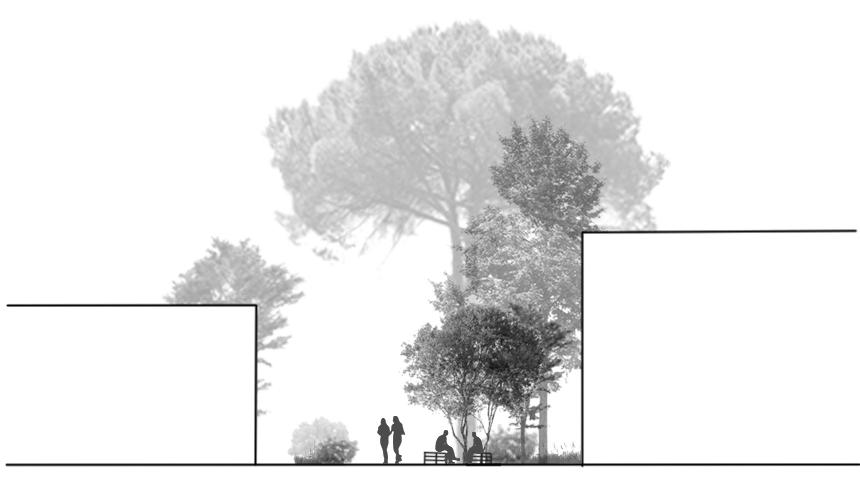

Big Canopy Trees: Fargraea Fragrans
Shade-loving Trees: Baccaurea parviflora
Anisophyllea disticha (Jack) Baillon
Ardisia lanceolata
Clerodendrum laevifolium
Cratoxylum glaucum Korth.
Ficus heteropleura Blume
Galearia fulva
Microdesmis caseariifolia
Stachytarphetaindica
Timonius wallichianus
Shade-loving Fragrant Species:
Cratoxylum cochinchinense(Lour.) Blume
Syzygium zeylanicum (L.) DC.
Uvaria grandiflora (Lesch. ex DC.) Roxb.
Wrightia religiosa (Teijsm. & Binn.) Kutrz
Leea indica (Burm.f.) Merr. Timonius wallichianus
Shade-loving Shrubs:
Baccaurea parviflora
Clerodendruminerme
Ixoracongesta
Melastoma malabathricum L.
Microdesmis caseariifolia
Stachytarphetaindica
205
VISION 4
Add vertical greenery on bare walls.
Convert rooftop to green roof or
Planting grasses and increase in shrubs and trees towards the building: As indication change in texture, smell, consistency.

206
or roof garden. Planting flower trees and fruit trees to attract fauna.

of slowing down and take in the
Increase patches on Ist storey ground arround the building.
207
LEISURE AND RECREATIONAL SPACE
According to our survey results, the users of the site reported a lack of leisure and entertainment space, which they were eager to incorporate into the design.
1.The linear green space is added with a pedestrian network and leisure and recreational platforms.



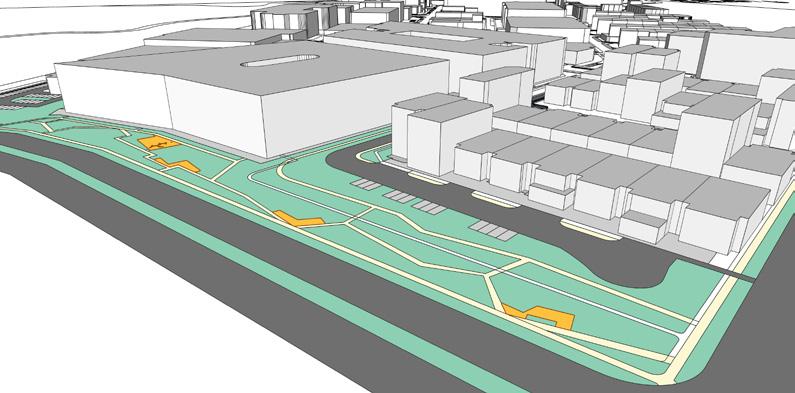
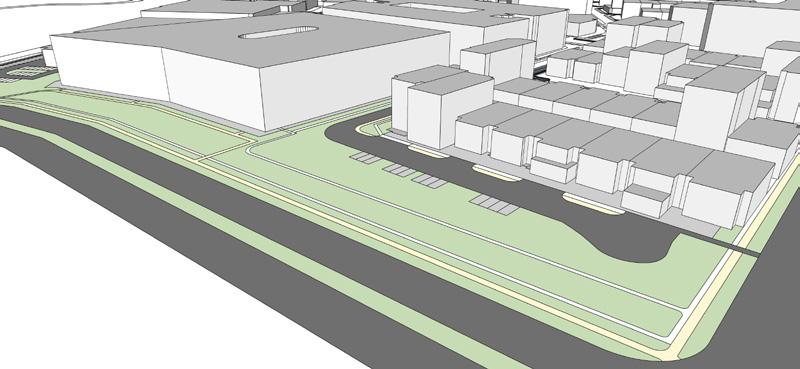
2.In the buildings mentioned above, the roof and ground space were added with leisure and recreational space.

208 STRATEGY
|
Before Before After After Pavement Greenery space Road Pedestrians Pavement Potential space Road Pedestrians Leisure and Recreational space Pavement Greenery space Legend Legend Legend Legend Pavement Potencial space Leisure and Recreational space
4
N 0m 50m 100m N 0m 50m 100m
Keep valuable trees including endangered, heritage and threatened species to maintain the species biodiversity.

Planting flower trees and fruit trees to attract fauna. 15 - 30 years


209
The long and quiet garden pedestrian gives people a pleasant walking experience.
The design of several leisure entertainment platform, bring the excellent landcape experience to the site users.
Sewage Treatment
Roadside Greenery Public Space Vertical Greenery 1st storey Greenery Vertical Greenery Rooftop
Original
The edge of the forest
Greenery Building Drainage Ditch Relatively Natural Less Access Pedestrian
6
VISION 5 VISION
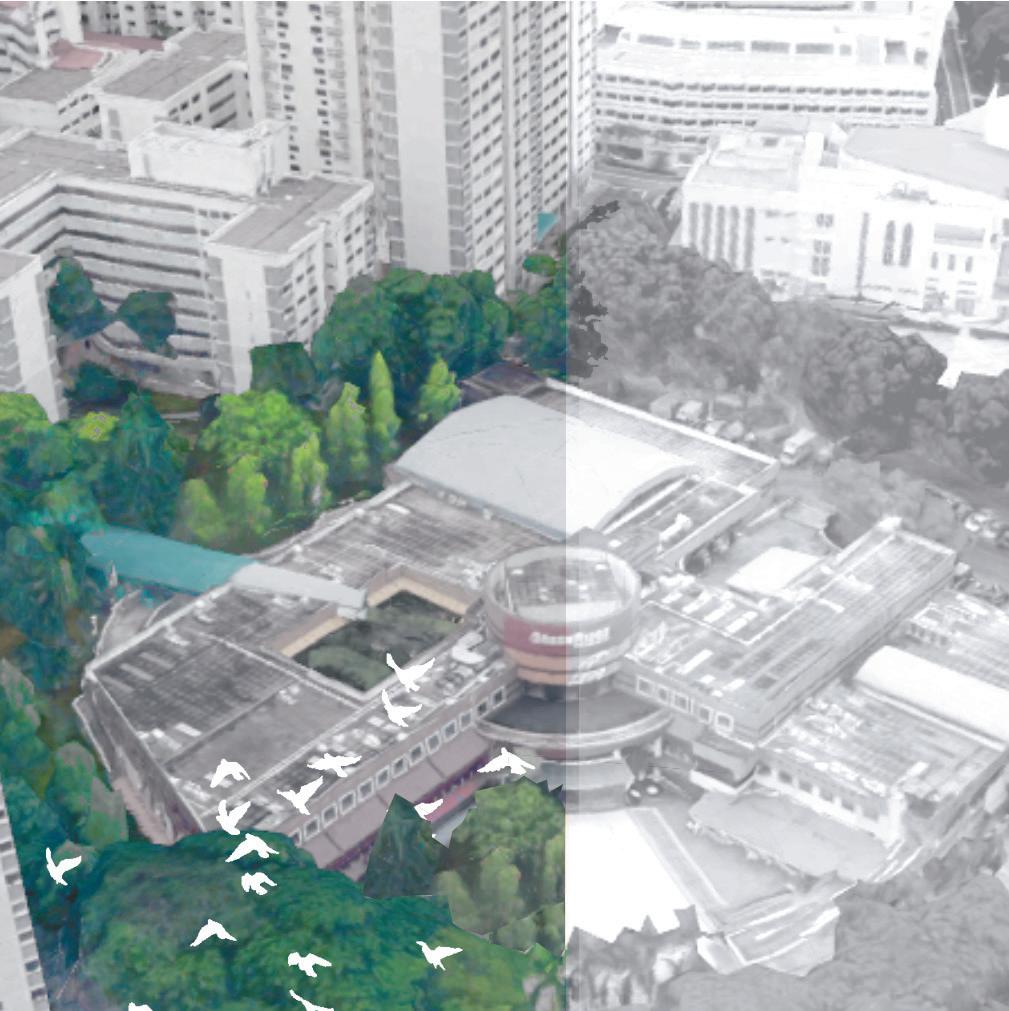
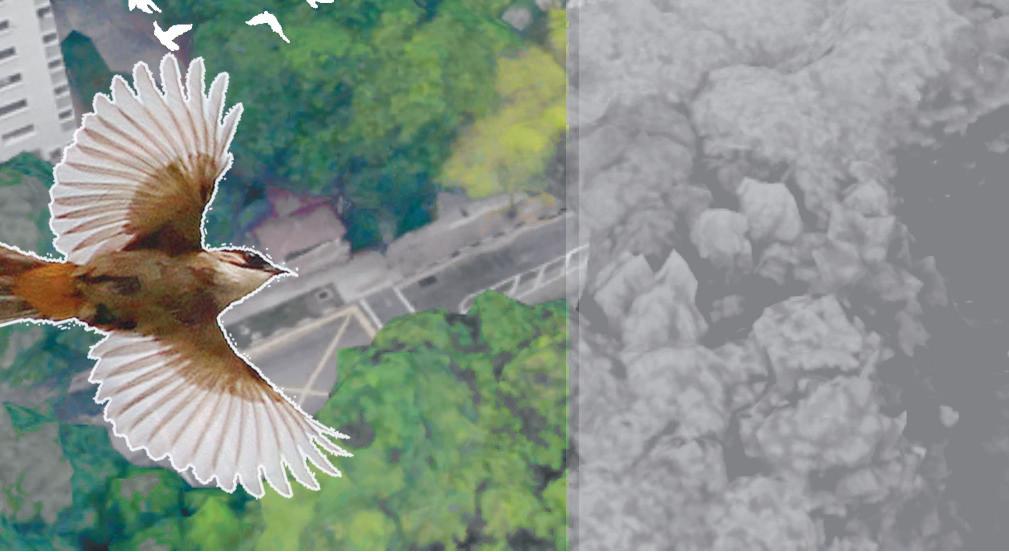
SHOPPING IN THE FOREST
Zhang Yifei
Commercial landscape is commonly decorative and manicured in Singapore. The indoor shopping space and outdoor greenery are completely divided with people going directly into the building rather than enjoying the outdoor landscape. Given the location (within a few hundred meters distance from Central Catchment Nature Reserve and close to Bukit Panjang Park), 40% greenery rate and the unique building structure that allows multiple access to indoor and outdoor, Greenridge shopping center has great potentials to accommodate ecological functions. The project thus aims to create a new commercial prototype that integrates interior and exterior with the increased greenery and the design of nature-based commercial activities.
The first strategy is to increase greenery and enhance ecological profit. This is done by providing habitat for fauna and converting the front plaza to a complex habitat that can provide niche requirements and food sources. This also forms a continuous canopy with Bukit Panjang Park and Central CCNR at a larger scale. Based on space user analysis, the second strategy is to design nature-based commercial activities which combine the needs of customers like dining, buying fresh fruits and vegetables, getting early childhood education, medical healing, with the function of the forest like producer of fruits, spices, pigments and outdoor classrooms for kids and natural therapists for people, inviting people to the outdoors. Based on these activities, spatial design elements are introduced - which include outdoor restaurants, community gardens, outdoor classrooms, and playgrounds to learn about fauna and flora, harvest gardens, and healing gardens.
Through the renovation of the Greenridge shopping center, the customers will achieve a new shopping experience here and have a better understanding of the importance of forest through the commercial and educational activities brought outdoors. Meanwhile, it also shows a good example of how to make good use of forests to get economic profit and add ecological values as the natural capital of the city.
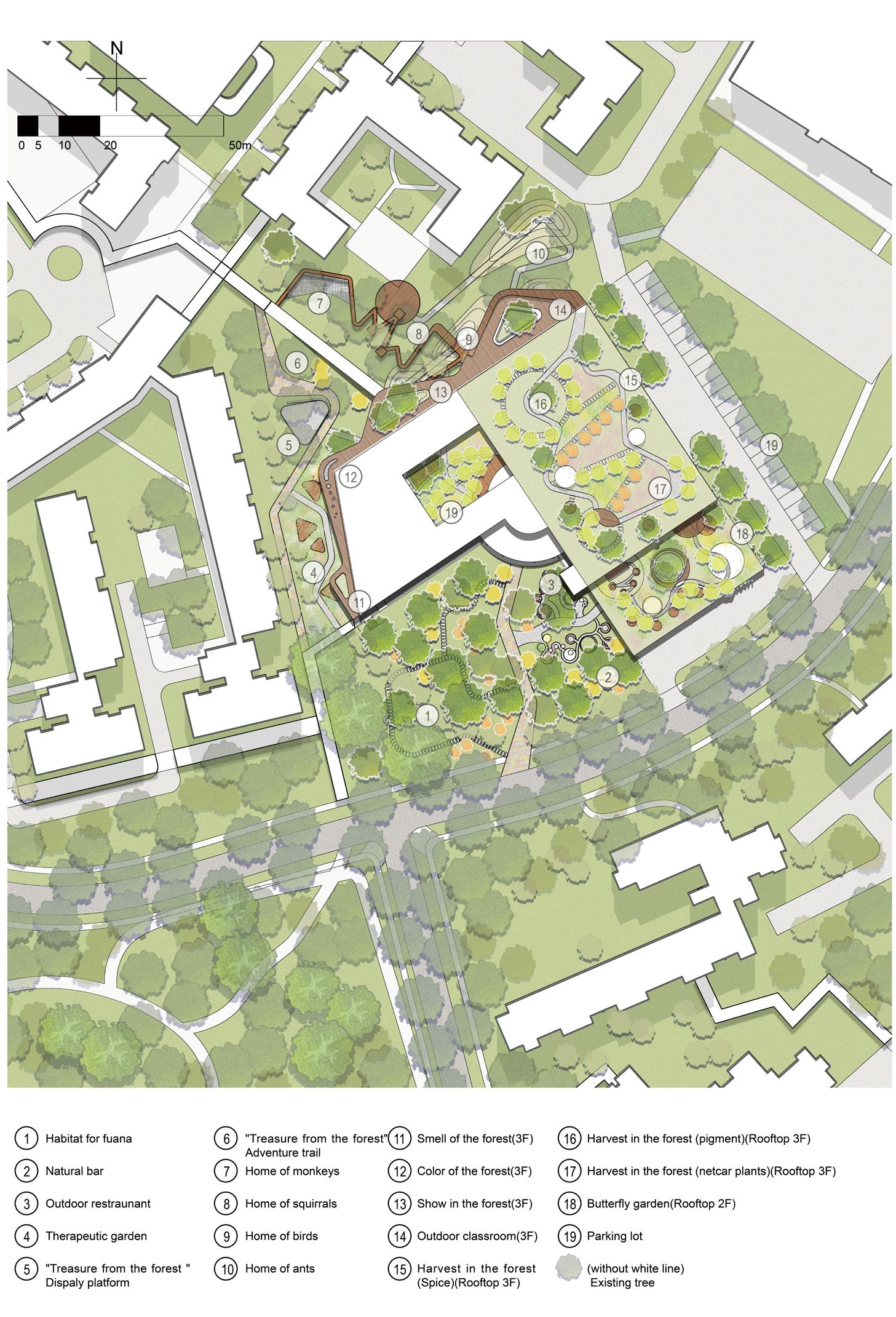
212
MASTER PLAN
TARGET


The project aims to create a new commercial prototype that integrates interior and exterior with the increased greenery and the design of nature-base commercial activities.





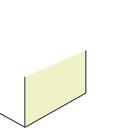
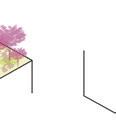

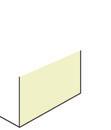

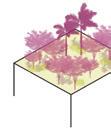

















REASONS
1\DECORATIVE AND MANICURED COMMERCIAL LANDSCPAE IN SINGAPORE


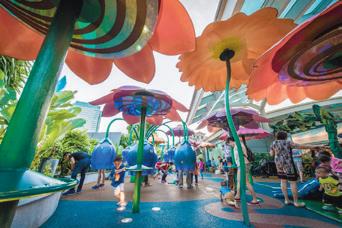


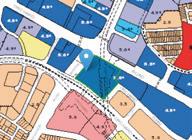























213
IMM IMM
Westgate Westgate Name 1st Floor Interior Facade
Westgate
Surrounding
Ngee Ann City
Ngee Ann City
ION Ochard ION Ochard
Marina Bay Sands Marina Bay Sands Road Greenery 1 Indoor Shopping Street Greenery
Bugis+ Road Greenery 1 Road Greenery 2 Leisure Plaza Paving Plaza Paving Plaza Paving Plaza Roof Greenery Roof Greenery Roof Greenery Roof Greenery Fascade Greenery 1st Floor Interior Roof Gardern Fascade Greenery
Bugis+ Fascade Greenery
1st floor is mainly road greenery and paving plaza. The interior is separted with the outdoor, is mainly uses for ornament and rest. The roof garden is occupied by a large number of artificial facilities
2\LOCATION ADVANTAGE



Greenridge shopping center is within the few hundreds meter distance from Central Catchment Nature Reserve and has 40% greenery rate which is higher than any other commercial building in the buffer.
Greenridge shopping center is adjacent to Bukit Panjang Park where lots of birds living there. There is an opportunity to work as a continuation of the park in the urban area.


Fruit and nectar
Pick necked green pigeon

Fauna in
Bird
Fruit and nectar & Insect
Yellow-vented bulbul Black-naped oriole

Insect
Pacific swallow

Spotted dove

Nuts&Twig&Fruit&Insect
Olive-backed Sunbird


Flameback Woodpecker

Mam mal
Squirral

214
Place of Workship Educational Institution Residential Commercial Park Park
Greenridge shopping center
Bukit Pangjang Park
Bukit Pangjang Park
3\UNIQUE BUILDING STRUCTURE


The unique building structure allows multiple access to indoor and outdoor.
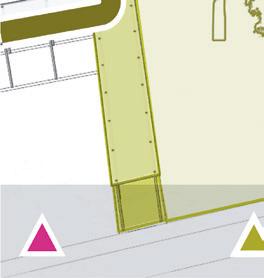

STRATEGY



Strategy 1: increase greenery and enhance the ecological profits of the greenery





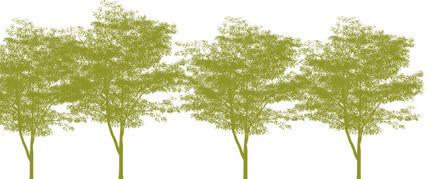





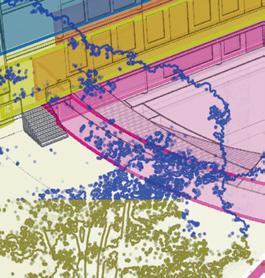

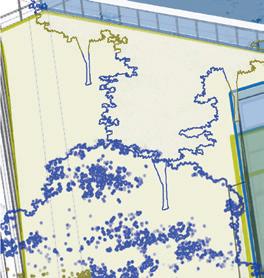

Strategy2: design nature-base commercial activities which combine the needs of customers with the function of forest, inviting people inside the building to the outdoors

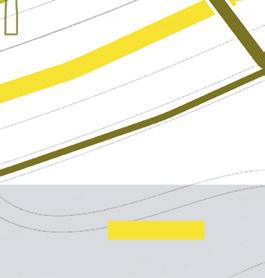
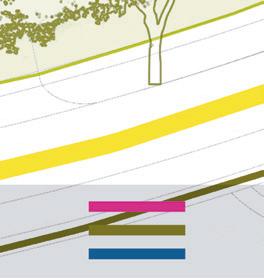

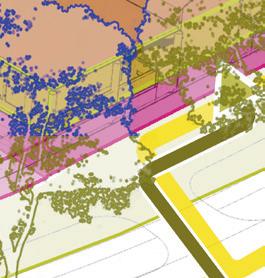
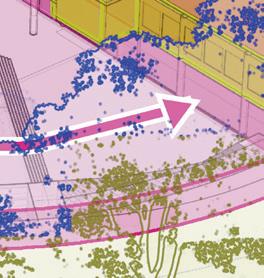



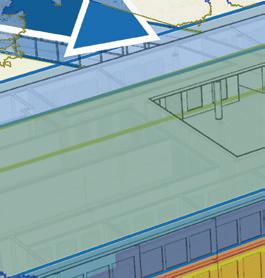

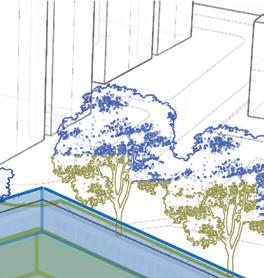

215
Entrances (1F) Entrances (2F) Entrances (3F) Car Entrances (2F) Flow of people Flow of car
Strategy 1 is to increase greenery and enhance the ecological profits of the greenery, providing habitat for the fauna .





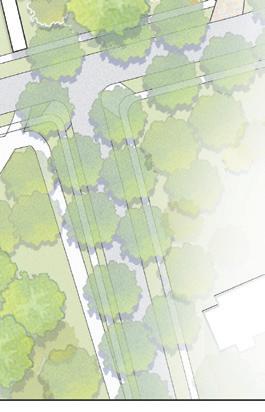
Where?

What?——Forming a complex canopy
What?——Planting statrgy Emergent Layer (food source for birds)










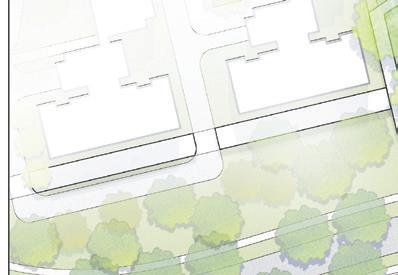
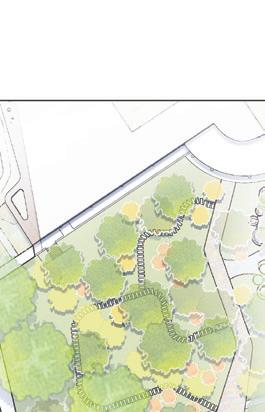
Canopy Layer (form the canopy) Understory Layer (food source for butterflies and birds) Shrub Layer (attuact butterflies)


What?——Forming a continuous canopy
What?——Forming a continuous canopy(large scale)











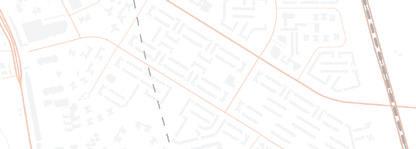
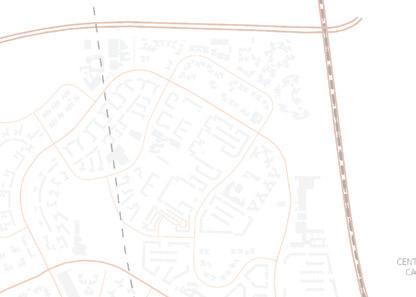














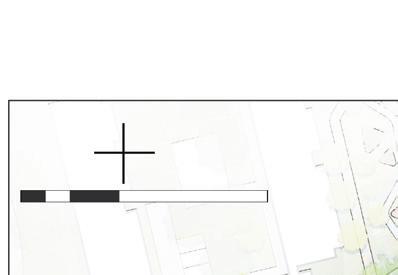
216 STRATEGY1
N 0 5 10 20 50 Citharexylum spinosum L. Azadirachta excelsa Syzygium polyanthum (Wight) Walp. Calophyllum soulattri Burm.f. Phoenix canariensis Spathodea campanulata P. Beauv. Syzygium grande Khaya senegalensis KOPSIA FLAVIDA(K004) Alstonia angustifolia Callerya atropurpurea Chrysophyllum cainito L. Dalbergia oliveri Terminalia phellocarpa Alstonia scholaris Carallia brachiata Dryobalanops aromatica Maniltoa browneoides Lagerstroemia langkawiensis Xanthostemon chrysanthus (F.Muell.) Benth Peltophorum pterocarpum Falcataria moluccana Hevea brasiliensis Parashorea densiflora Cassia fistula STERCULIA FOETIDA Elaeocarpus mastersii Syzygium myrtifolium (Roxb.) Walp. Hopea odorata Roxb. Dyera costulata Sandoricum koetjape Saraca thaipingensis Cantley ex Prain Dalbergia latifolia Fagraea fragrans Shorea leprosula Khaya senegalensis TABEBUIA ROSEA(T002) Cinnamomum iners KHAYA NYASSICA(K002) Fagraea crenulata Citharexylum spinosum L. Syzygium polyanthum (Wight) Walp. Xanthostemon chrysanthus (F.Muell.) Benth Saraca thaipingensis Cantley ex Prain BEE Syzygium grande Alstonia scholaris Xanthostemon chrysanthus (F.Muell.) Benth Syzygium myrtifolium (Roxb.) Walp. Saraca thaipingensis Cantley ex Prain Fagraea fragrans BUTTERFLY Citharexylum spinosum L. Syzygium polyanthum (Wight) Walp. Calophyllum soulattri Burm.f. Spathodea campanulata P. Beauv. Syzygium grande Xanthostemon chrysanthus (F.Muell.) Benth Elaeocarpus mastersii Fagraea fragrans BIRD Citharexylum Azadirachta Syzygium Calophyllum Phoenix Spathodea Syzygium Khaya KOPSIA Alstonia Callerya Chrysophyllum Dalbergia Terminalia Alstonia Carallia Dryobalanops Maniltoa Lagerstroemia Xanthostemon Plant Species In The Surrounding Area Overlapping Plant Species Which Can Attract Creatures Green Ridge Shopping Center Fajar Shopping Center Bukit Panjang Hawker Plant renewal in the further step Continuous Network Of Plants
Based on space-user analysis, strategy 2 is to design nature-base commercial activities which combine the needs of customers with the function of forest ,inviting people inside the building to the outdoors.







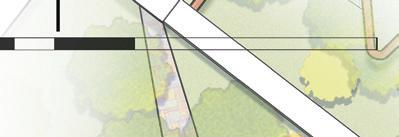


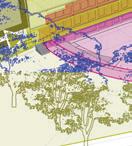
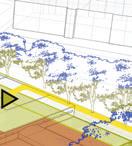








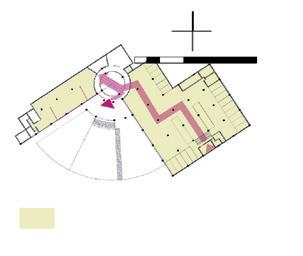



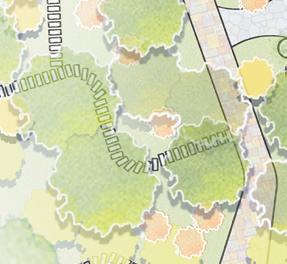






1F—— “HARVEST IN THE FOREST” OUTDOOR RESTAURANT














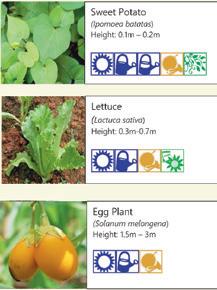


Need? Where?
What?









2F—— “HEAL IN THE FOREST” NATURAL THERAPIST

Need?Where?



What?——Heal in the forest (five sense)



















Smell























STRATEGY2
1 6 2 3 4 5 1 6 2 3 4 5 Planting Pool Operation area Bar counter Rest lawn Bar counter Sepatate room
Select freshest food and spices
in the easiest way to enjoy the natural flavor Find a place in the nature and share the natural food with frinds Planting suggestion Food court Food court N 50 20 10 5 0 Need:dining Where: Ourdoor foodcourt renovation
Supermarket Health care Fashion wearing
Cook
Snacks
Measure The Height Of The Tree Treasure Selestion Treasure Wall(Touch)
Keeping The Treasure (Rubbing\Drying)
care, a place to relax Where: Indoor space is limited —— backyard N 50 20 10 5 0
Need: health
3F—"LIFE IN THE FOREST"

Need? Where?
Function\Flow of people\Hot spot of 2F NEED: Buying fresh fruits and vegetables, getting early childhood education


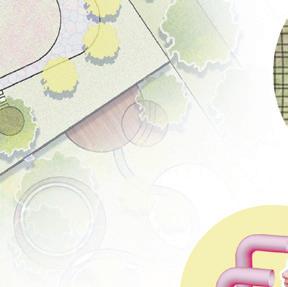







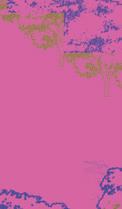

















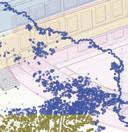



Structure of the building
Where: multiple access to indoor and outdoor (overwalk, canopy, rooftop)
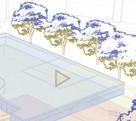
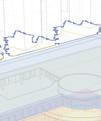


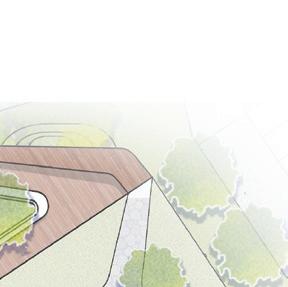
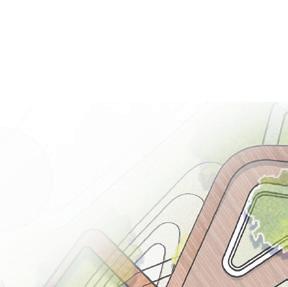

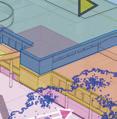
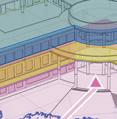




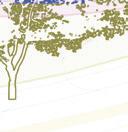
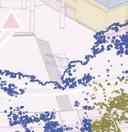


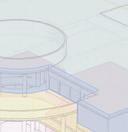


Supermarket Education Hair
Connection between indoor and outdoor



Education(harvest in the forest):

A.Extension to the canopy(3F)——DIY classroom









B.Large rooftop area(4F) ——Fragrant \Pigment\Nectar plant garden



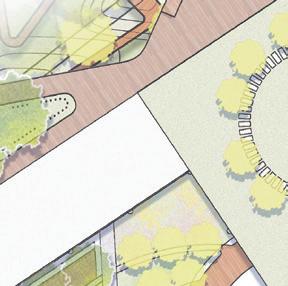




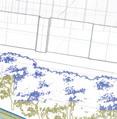





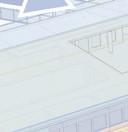
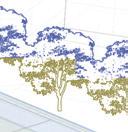
Education(Life in the forest):
A.Rooftop next to the classroom(3F)——Butterfly









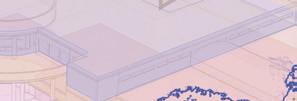
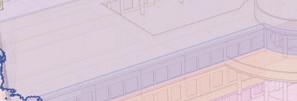
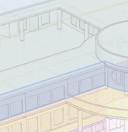
B.Large ground area (backyard through overpass)—— Food chain


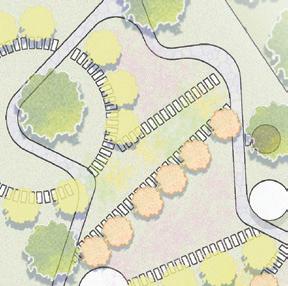






Commercial (harvest in the forest):









A.Courtyard next to supermarket (3F)——community garden

218
Picking garden (Fragrant plants \ Pigment\ Nectar plant)
Harvest in the forest (Bee farm)
Color in first floor
Outdoor DIY classroom (perfume\essential oil\pigment\fibre)
Smell in first floor
Outdoor Catwalk
50 20 10 5 0
"HARVEST IN THE FOREST" DIY CLASSROOM AND PICKING GARDEN
"LIFE IN THE FOREST" BUTTERFLY GARDEN









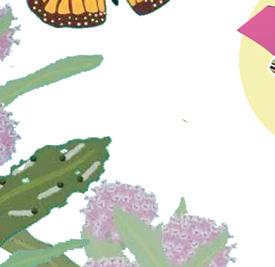

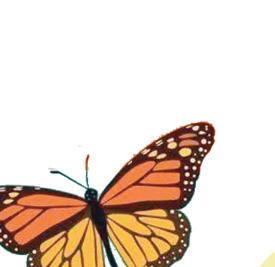
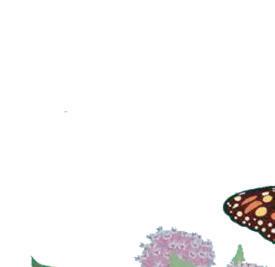
"LIFE IN THE FOREST" CHILDREN PLAYGROUND











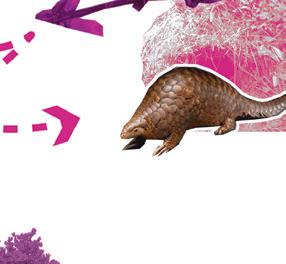
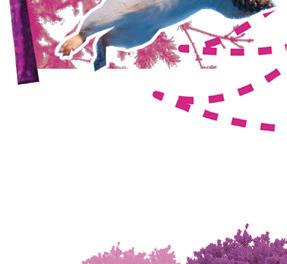







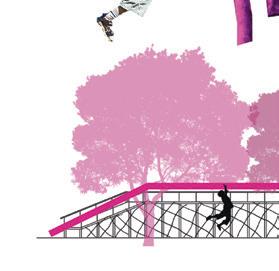

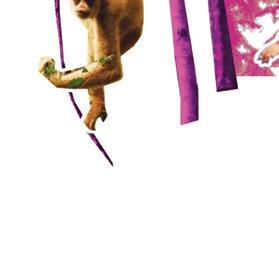















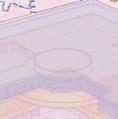




























219
Connection between indoor and outdoor Plant suggestion Stage 1 Egg Stage 1 Egg Stage 2 Caterpillars Stage 2 Caterpillars Stage 3 Chrysalis Stage 3 Chrysalis Stage 4 Butterfly Stage 4 Butterfly (See the world like a butterfly) Stage 4 Butterfly (Enjoy the sun like a butterfly) N 10 20 5 0 Monkey Swing between the trees Monkey Swing between the trees Swing ! Squirral Zigzag walking Store food in the hole Squirral Zigzag walking Store food in the hole Zigzag walking overwalk Watch tower Bird Spy on the insects Bird Spy on the insects Pangolin Live in the hole Pangolin Live in the hole Insect Hide in the topography and plants Insect Hide in the topography and plants Hide in the topography and plants N 20 10 5 0
I LOVE SHOPPING HERE ! Because I never see a show in the forest before, and the product selling here are environmental-friendly.




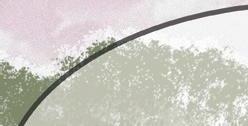

I LOVE STUDYING HERE ! Because the classroom is no longer limited in the building!






220


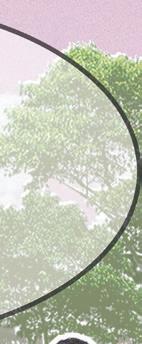

















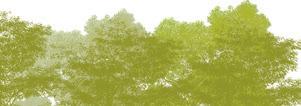










































221
BEFORE AFTER "Life in the forest" play ground "Life in the forest" Butterfly garden "Harvest in the forest" DIYclassroom "Harvest in the forest" T SHOW "Harvest in the forest" community garden "Harvest in the forest" outdoor restaurant "Harvest
picking garden b50068 Function of 3rd floor Function of 2nd floor Function of 1st floor
I LOVE DINNING HERE WITH MY FAMILY! Because we can enjoy the beauty of nature here.We all enjoy the lemon grass tea we picked and drunk here.
in the forest"



MIMIC A FOREST EXPERIENCE
In the overall analysis of all playgrounds within 1km buffer of the Central Catchment Nature Reserve, almost all sites are found offering similar experiences and lack variety and creativity. Therefore, three sites with their own characteristics (in terms of functions and surrounding environmental conditions) are selected for a more detailed analysis.
Site 1 (Teacher’s estate playground) is close to the former Lentor forest which is rich in species, and surrounded by villas. In the future planning, a PCN will be built to connect the site with forests and Lentor forest will be replaced by new buildings. Site 2 (Thomson green playground) is only 10 minutes’ walk from Teacher’s estate playground, surrounded by villas as well, and will be used as a regular outdoor classroom by two private kindergartens. However, due to the limited materials available in the site, teachers do not use the playground for long. Site 3 (Soo chow walk playground) is very close to CCNR , surrounded by shops and villas. As there is no planned entrance for CCNR, nearby residents cannot enjoy being close to nature.
According to a previous research on forest and urban parks, there is an obvious difference found in experience between them. Forests are overwhelmed by the variety of flora, fauna and the rich spatial composition. People are likely to have multiple experiences in forest which are beneficial for both mental and physical health. Therefore, the following three design strategies will be proposed from my personal experience in nature, combined with the site conditions, and inspired by the restoration of forest in urban context.
For site 1, based on the existing terrain and trees, the features of the site are amplified, and different heights are designed in combination with the new structure, to change the way of experiencing fauna and flora by children. In site 2, specific plants and natural elements including fragrant, flowering, fauna attracting and productive flora will be inserted to create a different experience and awaken the five senses of children - aiding them to feel nature, different from traditional experiences. For site 3, through the contrast of lightness and darkness and the variations in spatial scale - the concept is to mimic mysterious and unpredictable experiences in the forest, allowing the surrounding residents to have a glimpse of nature even though it is a small patch.
The three sites are expected to provide people living in the urban environment (especially children) with a quick but valuable time to experience the forest. Additionally, the rewilding of these urban playgrounds are expected to create stepping stones for fauna in CCNR and raise awareness to protect existing forests.
XIAO Xinyan
ANALYSIS





OF URBAN PARKS







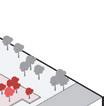
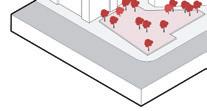

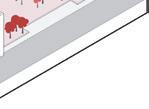


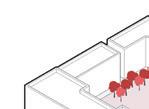


Overview of urban parks
There are 33 official parks within this 1KM buffer. Most of them are tiny patches which are lack of creativity and variety serving neighbourhood areas.
Thus, in order to have better understanding of all of them, parks are divided into seven types according to the surroundings.






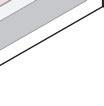


Classification of urban parks
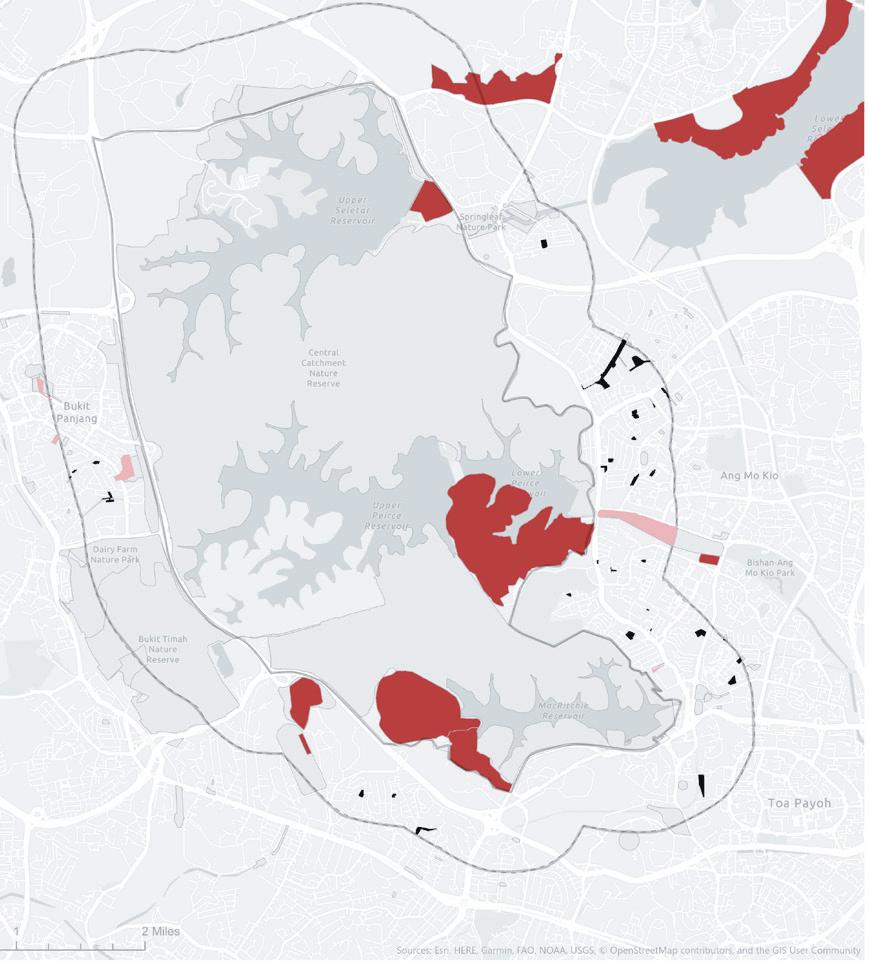
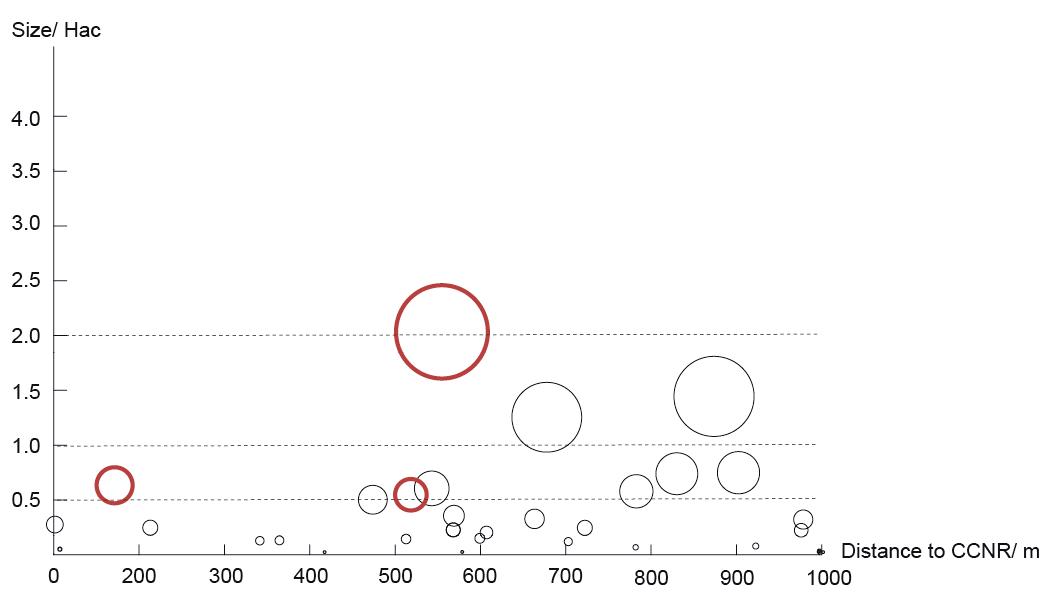


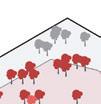



224
1 >4 Hac 1-4 Hac 0.5-1Hac <0.5 Hac 2 7 23 4 roadsides (isolation) 1 roadside + 3 buildings 2 roadside + 2 buildings 1 roadside + 1 building + 2 open space 3 roadsides + 1 building 1 roadside + 3 open space 4 buildings (surrounded)
Distance & Size Analysis
During the early stage, some scenarios have offered inspirations.
Combined with users interviews and personal experience, some key words will play an important role in the further design.
PROPOSED STRATEGY FOR THREE SITES

Inspiration from site visits
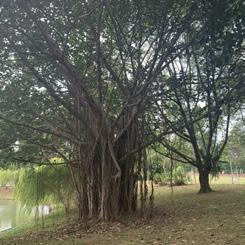




ADVENTURE


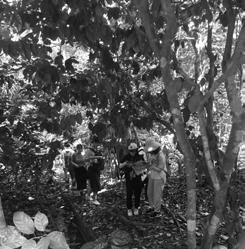

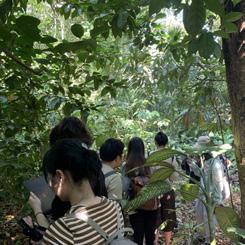
INSECT

225
SHADOW DEEP TUNNEL
CHANGE DARK
BIRD
LIGHT
PARASTITIC
MISTERIOUS
SLOPE HILL
WATER
CANOPY
GAINT LEAVES WEIRD SPECIES
NARROW
MULTIPLE COLORFUL
LOG MONKEY RATTAN
FALLEN LEAVES
SOIL MUD TASTY FRAGRANCE
SITE SELECTION & CURRENT CONDITION
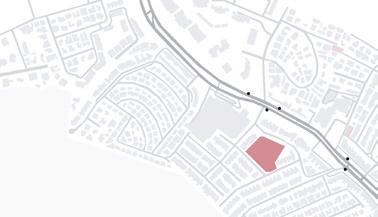
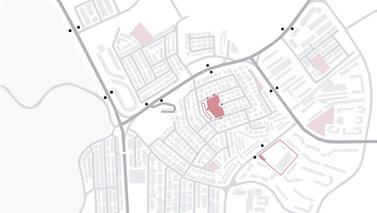



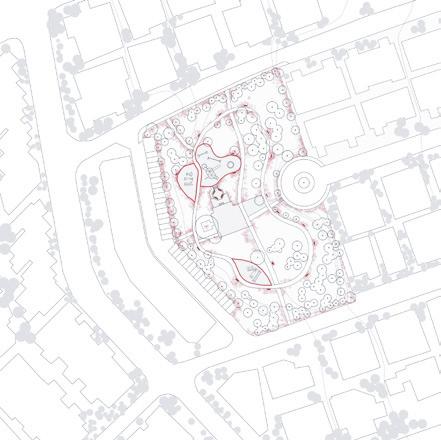
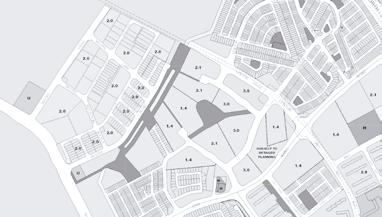




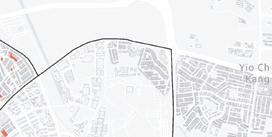
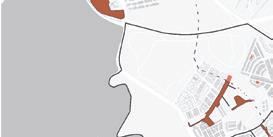
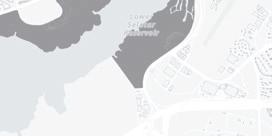

Teacher's estate playground
Size: 1.2 Hac
Users: residentials> regular oldness
Thomson green playground

Size: 0.76 Hac
Users: school kids> teachers> residentials
Soo-chow walk playground
Size: 0.83 Hac
Users: residentials> customers> shop owners
Kindergarten
Kindergarten
Trees
Tebebula rosea
Samanea saman
Xanthostemon chrysanthus
Syzygium myrtifolium
Cocos mucifera
Adonidia merrillii
Trees
Roystonea oleracea
Syzygium lineatum
Xanthostemon chrysanthus
Cordia sebastena
Callistemon citrinus
Cassia fistula
Terminalia mantaly
Lagerstroemia speciosa
Libidibia ferrea
Plumeria rubra
Citharexylum spinosum
Xanthostemon chrysanthus
Bauhinia x blakeana
Magnolia x alb
Mimusops elengi

Cerbera odollam
Tebebuia rosea
Hopea odorata
Dalbergia Tatifolia
Pterocapus indicu
Trees
Rhodamnia cinerea
Xanthostemon verdugonianus
Dypsis decaryi
Tabebuia rosea
Sterculia rubiginosa
Planchonella obovata
Peltophorum pterocarpum
Garcinia atroviridis
Ficus benjamina L.
Samanea saman
Mangifera imdica
Archontophoenix alexandrae
Cyrtostachys renda
Podocarpus rumphoo
Lagerstroemia floribunda
Cleistanthus malaccensis
Araucaria excelsa
Plumeria rubra
Araucaria cunninghamii
Shrubs & Herbs
Lantana camara
Brunfelsia latifolia
Excoecaria cochinchinensis
Tecoma stans (L.) Juss. ex Kunth
Loropetalum chinenese var. rubrum
Phyllanthus urinaria
Wedelia chinensis (Osbeck)
Merr.Asplenium nidus
Shrubs & Herbs
Syzygium myrtifolium
Pluchea Indica
Dypsis lutescens
Bougainvillea spectabilis
Chinese ixora
Duranta repens
Caesalpinia pulcherrima
Leea indica (Burm. f.) Merr.
Gardenia jasminoides
Hamelia patens
226
Tagore forest (be cut out soon)
Bus
Plaza Bus
stop CCNR
stop
STRATEGIES PROPOSED FOR THREE SITES

Crawl with fruits
It feels amazing surrounded by fruits and birds! The fruits are just near my hands eh!

Run between trees Lie on flora


Climb with monkeys
It feels like I’m having an adventure!!
Body Text - 8pt font size, 10pt leading space (Sentence Case)



Running through trees and animals makes me wanna forget computer games!!
I feel like becoming a monkey!
Swing like monkeys Shuttle in forests Hide like bats

Obseve in small hole
The forest show starts!!
HAHA! They can’t find me when I hide in this tunnel!
Explore in dark forest Performe in natural stage Follow light in long tunnel
It’s so different to observe outside in this hole!
Find gate in bamboo forest Pass in shadow



Stand with weird leaves Create music whith flora Follow fragrance in maze Recognize plants by mouth Touch nature-beings



I never knew bamboo could sing!!
Playing with mud is so interesting~ Observe micro organism
I’m gonna collect all the plants I like!! Wow!! The leaves sound like burning fire!
227
Legend Text (Minimum
4pt)
Tread on crispy leaves Walk on different materials
TEACHER’S ESTATE PLAYGROUND

Play with Height
Large canopy tree
Fruit tree
Kept tree
Shrub&herb cluster
Crawl web


Look-out house
Stream/ ditch
Jogging trail

Cave
Slide
Boardwalk
Rope tunnel
Spider
Wooden platform
Areca vestiaria
Bamboo
Dracaena porteri Baker
Platycerium coronarium (J. Koenig ex O. F. Müll.) Desv.
Pennisetum
Wipff × advena ‘Rubrum’
Log stair
Brush pile
Wooden hill
Nest house
Monkey moving line
Bird gather point



Topography

large canopy tree
Ficus virens Aiton
Samanea saman Jacq.) Merr.
Falcataria moluccana
Star fruit tree
Muntingia calabura
Musa acuminata var. sumatrana
Averrhoa carambola L.
Musa × paradisiaca ‘Ae Ae’
Dianella ensifolia (L.) DC.
Dieffenbachia amoena
Planting strategies
Point
228
web
1 0 20 50 100m
Offer different levels for childeren to climb, meanwhile will attract birds to nest. Children will have opportunities to encounter birds.



DESIGN DETAILS



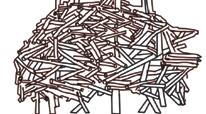



Play with Height
Using logs to create different distance and levels to enhance children’s balance ability.
229
Point 1 0 10 20 50m A B C D E 20m A B C D E 15m 6m 4m 3m 3m 1m 1m
Brush Hill Stepping log
Point 2 0 1 2 5m A A’
A-A’ Tree net
2
Section
Point
SOO-CHOW WALK PLAYGROUND
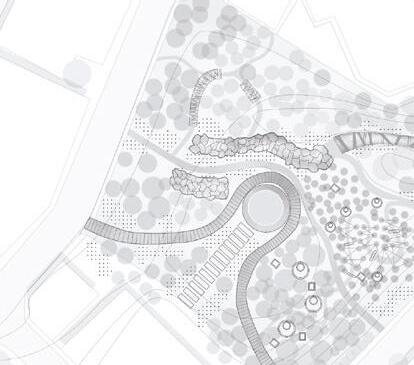


Play with Light & Shadow
0 10 20 50m
Shrub & herb cluster

Wooden stage
Rock tunnel
Log barrier
Look up tower 1
Look up tower 2
Bamboo gate
Bamboo web corridor
Hanging shelf
Crawl web

Trail
Stream
Large canopy tree
Fruit tree
Kept tree
Bamboo
Adenanthera pavonina
Fagraea fragrans
Syzygium grande (Wight)
Walp.
Cratoxylum cochinchinense
Vernonia arborea Buch.-Ham. ex Buch.-Ham.

Baccaurea motleyana (Müll.Arg.) Müll.Arg.
Adinandra dumosa Jack
Dark with light
Shadow
Light
Shadow
Dark
Shadow
Shadow
Large Canopy Tree
Ficus virens Aiton
Samanea saman Jacq.) Merr.
Falcataria moluccana
Shrub & Herb
Malayan Ixora, Jarum Jarum
Hoya latifolia
Piper porphyrophyllum
Molineria capitulata (Lour.) Herb.
Homalomena rostrata Griff.
Johannesteijsmannia magnifica J.Dransf.
Licuala triphylla Griff.
Adiantum hispidulum
Bird nest fern
Dracaena porteri Baker
Platycerium coronarium (J. Koenig ex O.
F. Müll.) Desv.
Epipremnum pinnatum (L.) Engl.
230
Two main trails are designed for kids to experience different light condition and misterious atmosphere.

The continous and unpredictable small spaces will activate this tiny patch and stimulate their interst in exploring.






DESIGN DETAILS


Play with Shadow & Light
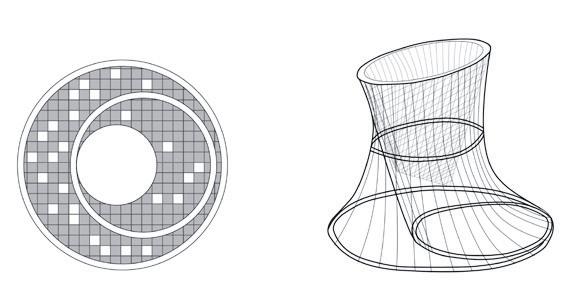
231
Which road should I choose????
B
Light cage
Trail 1 B’
Rock tunnels to different adventure
Section B-B’
Section of Trail 1
THOMSON GREEN PLAYGROUND
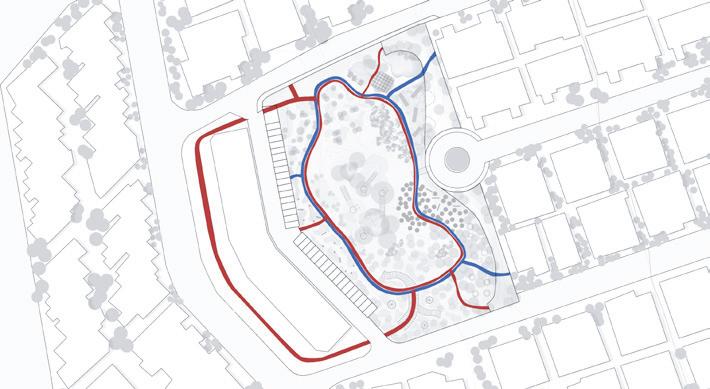
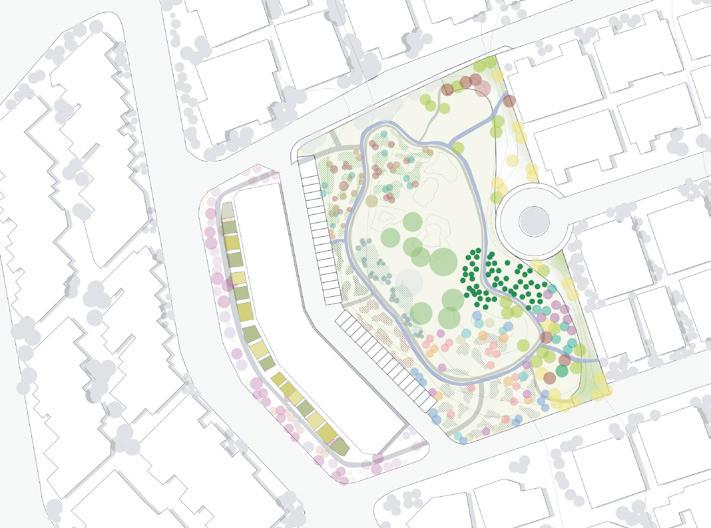
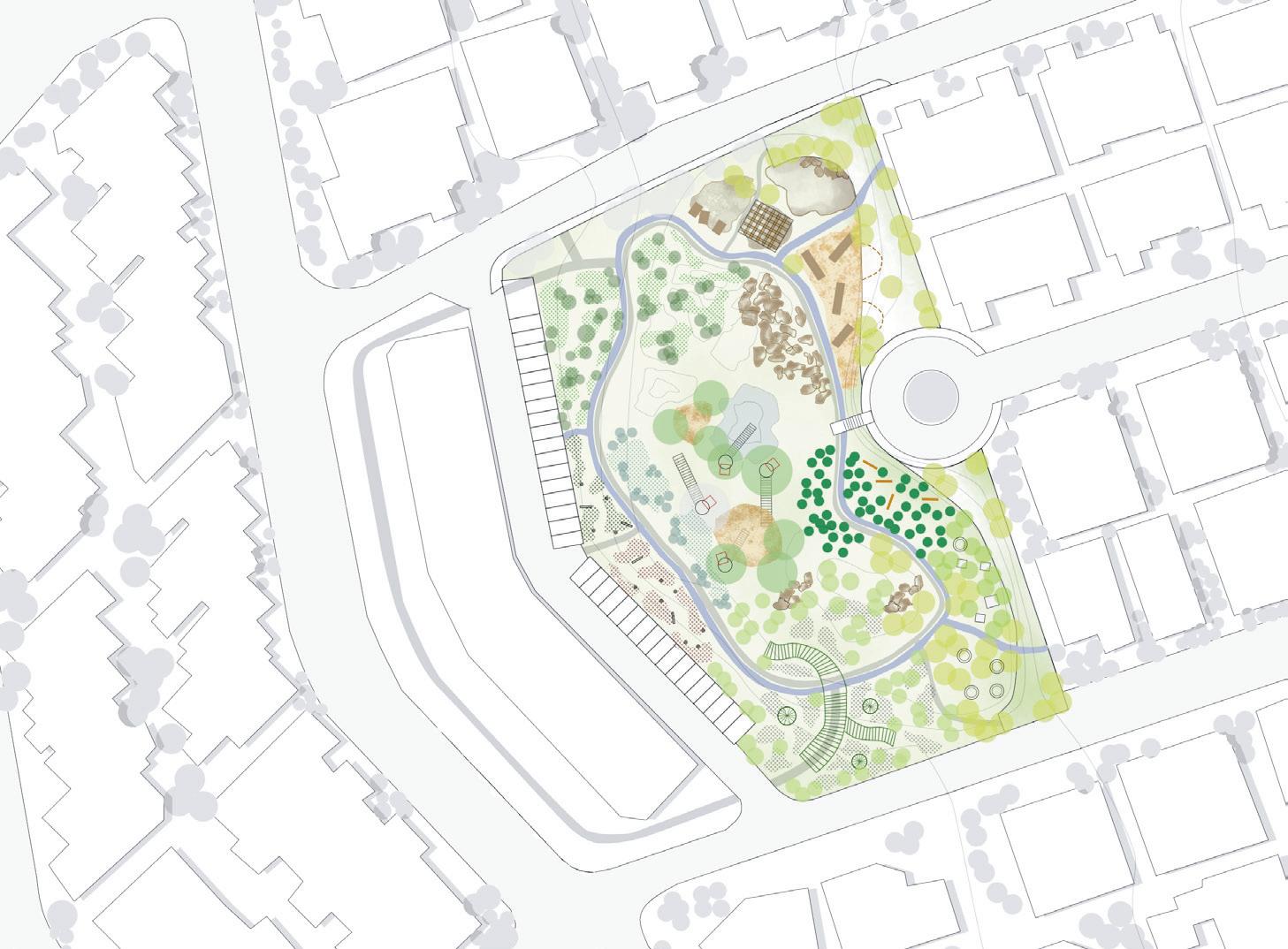
Play with Five Senses
Large Canopy Tree
Samanea saman Jacq.) Merr.
Shrub & Herb
Edible
Cocculus orbiculatus (L.) DC.
Uvaria grandiflora (Lesch. ex DC.) Roxb.
Syzygium polyanthum (Wight) Walp.
Piper sarmentosum Roxb. ex W.Hunter
Ixora congesta
Malayan Ixora, Jarum Jarum
Foliage
Malayan Ixora, Jarum Jarum
Hoya latifolia
Piper porphyrophyllum
Molineria capitulata (Lour.) Herb.
Homalomena rostrata Griff.
Johannesteijsmannia magnifica J.Dransf.
Licuala triphylla Griff.
Adiantum hispidulum
Bird nest fern
Dracaena porteri Baker
Freycinetia angustifolia Blume
Scolopia macrophylla (W. & A.) Clos
Piper sarmentosum Roxb. ex
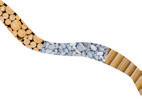
W.Hunter
Flower
Tarenna fragrans
Aeschynanthus pulcher
Fagraea ceilanica Thunb.
Dendrobium crumenatum Sw.
Poikilospermum suaveolens (Blume) Merr.
Platycerium coronarium (J. Koenig ex O. F. Müll.) Desv.
Epipremnum pinnatum (L.) Engl.
Fragrant
Oxyceros longiflorus (Lam.) T.Yamaz.
Volkameria inermis L.
Uvaria grandiflora (Lesch. ex DC.) Roxb.
Syzygium myrtifolium (Roxb.) Walp.
Deciduous tree
Large canopy tree
Deciduous tree
Seed tree
Tree with giant leaves
Fragrant tree
shrub&herb cluster
shrub&herb cluster
shrub&herb cluster
shrub&herb cluster
shrub&herb cluster
Bamboo shelf
Edible Tree
Spathodea campanulata P. Beauv.
Bentinckia nicobarica
Ficus microcarpa Linn. f.
Vernonia arborea Buch.-Ham. ex Buch.-Ham.
Cratoxylum cochinchinense
Edible tree
Bamboo
Kept tree
Sand
Cave
Log
Rock hill Slide
Mud
Jogging trail
Stream
Bamboo instrument
Plants loom
Singing seed

Seed plate

Grwoing house
Observe point
Corridor farm
Syzygium polyanthum (Wight) Walp.
Ixora congesta
Baccaurea motleyana (Müll.Arg.) Müll.Arg.
Adinandra dumosa Jack
Fragrant tree
Syzygium grande (Wight) Walp.
Peltophorum pterocarpum (DC.)
Backer ex K.Heyne
Fagraea fragrans
Terminalia catappa
Pterocarpus indicus
Seed tree
Hevea brasiliensis
Adenanthera pavonina
232
0
TOUCH SOUND TASTE VIEW SMELL
10 20 50m
C C’
Uvaria grandiflora (Lesch. ex DC.) Roxb.



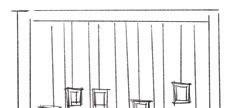

Syzygium polyanthum (Wight) Walp.





Piper sarmentosum Roxb. ex W.Hunter








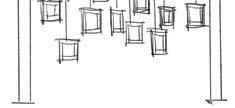
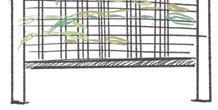
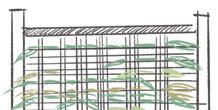
Ixora congesta
Sense of touch


233
Sub Heading - 8pt (Sentence Case)
TV Plants loom
TV Sense of smell Sense of taste
DESIGN DETAILS
Forest
Forest
Bouea macrophylla Griff.
Garcinia hombroniana Pierre Gnetum gnemon L. Cocculus orbiculatus (L.) DC.
L seed seat
Malayan Ixora, Jarum Jarum Musa yunnanensis Häkkinen & H.Wang Averrhoa carambola
Flora plate
Bamboo instrument Singing
seed
Sense of view
Sense of sound
Section C-C’


TEMPORAL CONNECTIONS
Public housing in Singapore (Known as HDB’s) are usually designed as non-gated “vertical communities” with a significant amount of open space left for residents’ use. More often than not, these spaces are disconnected, stagnant and lack a sense of place. The chosen site is located in Bukit Panjang – one of the oldest HDB estates in Singapore and a special one due to its very close proximity to the Central Catchment Nature Reserve. This project aims to ameliorate the experiential and programmatic quality for the existing and future residents by proposing an intervention that uses the powerful magnitude of time as the main catalyst. It explores and magnifies the possibility of an everchanging and continuous dialogue between the users and the spaces that evolve over time.
Various strategies will be implemented to selectively introduce a “wild” aesthetic in a typically manicured landscapes of an HDB to encourage greater levels of public acceptance for less heavily managed landscapes – This is done by introducing temporal interventions. The first strategy is to implement succession/dynamic planting schemes that allow changes in population and provides opportunities for more biologically diverse communities to develop over time. This then allows for a more appropriate planting approach and species selection which will be introduced in phases. This is done by learning from Singapore’s tropical forest succession and retrofitting it to the urban, dense residential context of the HDB estates.
The second strategy is to strengthen and improve the relationship of humans with nature by a process of dynamic programming of the various spaces. This is accomplished by periodically introducing structures, pathways and seating areas that are flexible in its form and materiality, allowing them to adapt over time through the phases. Programmatic activities will also begin to alter as time and nature progresses, carving out a temporal landscape in its true form. The third strategy explores the possibility of involving the residents in the entire process of the various interventions. This is done by the introduction of community gardens, providing designated planting beds and instilling activities that educate people about the forest, plant species and its value. By offering people an active role in the shaping of their outdoor nature and sensory experiences, it enables the users to be emotionally connected with the neighborhood and its landscape.
Public housing in Singapore usually have a fixed lease period due to constant demands and rapid urbanization. As the lease expiry of the HDB estate approaches, a new landscape has already been established through the years and by the introduction of the various strategies. This now dictates the design of a new development– a housing typology where “landscape comes first”; done by directly and indirectly involving the residents who have witnessed a progressive change in the development of this dynamic landscape.
Bargotra Poornima
SITE HISTORY & PHOTOS
Understanding the site through historical analysis

Fig.1: Historical Map from 1945

- Presence of rubber & gambier plantations
-Natural water streams flowing accorss the sites
-Presence of plantation estates due to cultivation lands Bukit Panjang





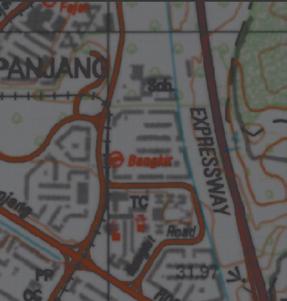
- New roads built due to rural towns getting developed
- New housing developments along the roads
- Plantations still persist
- Depletion of water streams

- Roads are further developed with the presence of new highways (BKE built)
- HDB estates are formed
- High deforestation due to the development of a new town
- LRT line built for a better public transport connectivity in Bukit Panjang
- Construction of moew HDB’s
- More roads are set up for better connectivity
-Dense built up area, consisting mostly of public housing, community centers & markets
-Introduction of park connectors to enhance the ecological corridors
-Huge disconnect from adjacent CCNR


Total Site Area: 5.6ha


GPR: 2.8 (URA MASTER PLAN)
Age of current development: 31 YEARS
Lease term left: 68 YEARS
Current no. of units: 992

Existing Parks
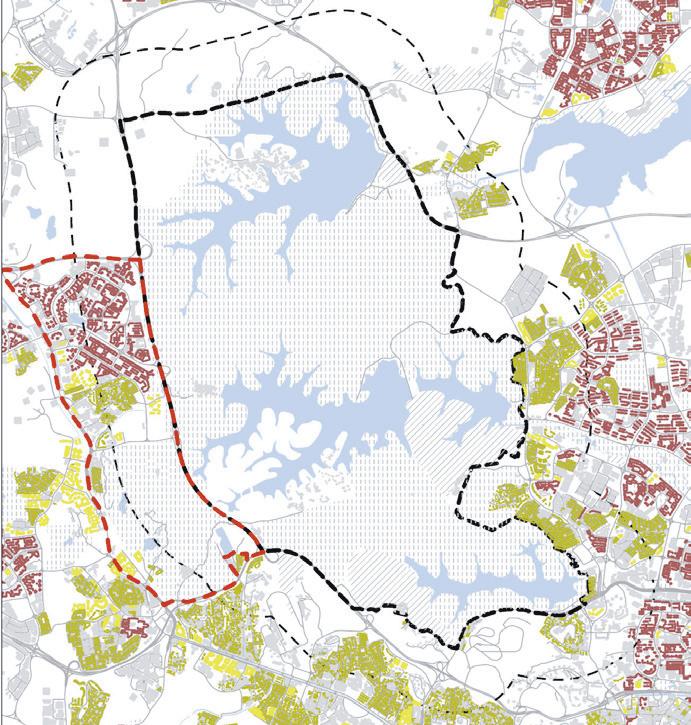
Unused Spaces found on site: Size: 0.65 ha Size: 4.4 ha

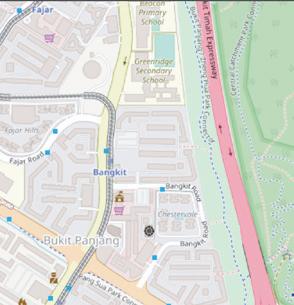
HDB
Landed Properties
Other Buildings
236
Fig. 5: Map Showing Sites at Present
Fig. 4: Historical Map from 2005
Fig. 3: Historical Map from1993
Fig. 2: Historical Map from 1975
CCNR CCNR Focus Site
Bukit Panjang, BLK 251 Bangkit 1.380208,
Vegetation Density -Low to medium Vegetation Density -Low to medium URA masterplan - Residential URA masterplan - Park Bukit Panjang, Blk 274 Bangkit 1.379213, 103.775396 2
1 2 0 1 2 4 0 0.1 0.2 0.4km Legend
Buffer
103.773040
1
CCNR
(1km)
Unused Site Locations LRT Station LRT Line Water Bodies Carpark Area
CCNR Boundary Line Roads
Private Apartments
Bukit Panjang Boundary
Existing circulation mapping
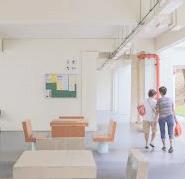









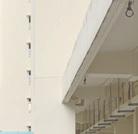
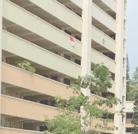
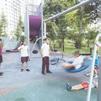


Human usage mapping












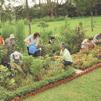









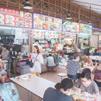










Opportunity:


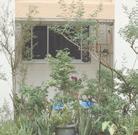

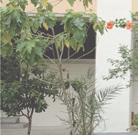
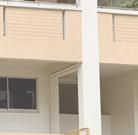
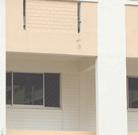















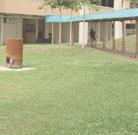



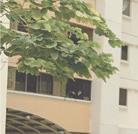


237 EXISTING HUMAN ACTIVITIES
HOME NEIGHBORHOOD AREAS CORRIDORS TOWN LIFT LOBBY/ STAIRS VOID DECK PATHWAYS Outdoor Fitness Bus stop Community Gardens LRT Station Playgrounds Carparks Internal External Hawker Work Place Nearby markets School Neighborhood Parks Weekend Entertainment 14:00 06:00 16:00 18:00 20:00 22:00 00:00 children&teenagers elderly adults low medium high usage level 08:00 10:00 12:00 elderly socialising naturalist starts their tour naturalist starts their night tour to spot nocturnal animals elderly using fitness elderly using community gardens dog walkers children and teens playing adults evening jogs family picnics in the evening outdoor evening resting elderly taking a walk nearby shops & office workers going for lunch children back from school families eating at nearby hawker going to school going to office low activity time low activity time high activity time high activity time routine activities time targeted activities
Unused
Unused green areas in close proximity to HDB’s Presence of exotic species on existing site Opportunity for improved and exciting pocket gardens between HDB blocks The need of space for residents to have their own private planting The need for more attractive seating and resting spots in void decks The need for larger and more exciting community planting areas
Open Spaces Between & Near HDB Estates
UNDERSTANDING HDB USERS
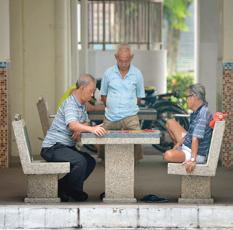

REQUIREMENTS
AGE BASED
Child (3 - 13)





Desires
- Space to run around and play in after school
- Learn about nature
TARGETED ACTIVITIES


Naturalist
Requirements
Desires
- Exclusive, designated zones where they can observe animals & birds

















Teenager (13 - 20)








Desires
- Space to hang out with friends





- Outdoor quiet study spots
-Outdoor play courts
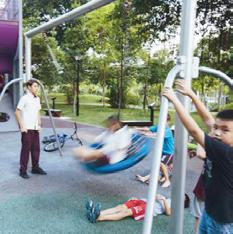


Adults (20 - 55)





Desires
- Space to enjoy a relaxed evening after work
- Outdoor fitness areas and jogging trails



Local elderly (55+)
Desires
- Space to hang out with friends and play mahjong
- Enjoy peace and quiet during off-peak hours

Requirements
Amateur Gardener
Desires
- A quiet space to plant and escape the hustle and bustle of everyday life
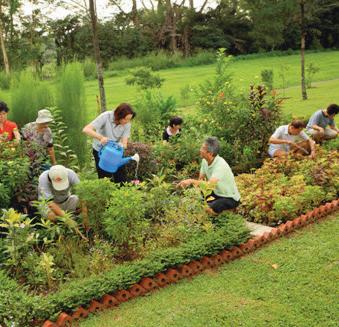
Requirements
Requirements
Family Picnic

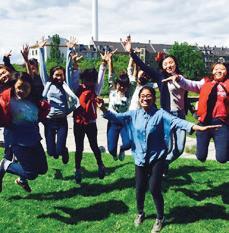
Desires
- A quiet and soft space where families can bond with one another after a hectic week
Requirements
Requirements
Exercise & Fitness
Desires
- Space to exercise with fresh air and forested zones













Requirements
Dog Walkers

Desires
- A safe place to throw a ball around and let them be free


Requirements

238
Surface soft semi hard loud moderate silent Acceptable noise level populated open secluded Acceptable crowd level dense moderate Acceptable canopy
Requirements
TARGETED ACTIVITIES


Joggers
Desires
- Exclusive, designated trails/paths for residents to enjoy a run
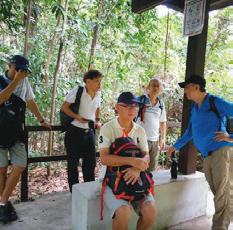


























TARGET GROUPS
Couple
Desires
Requirements
- A peaceful place for intimacy secluded from other people

Outdoor Resting
Desires
Requirements Requirements
- Exclusive spaces for people to rest outdoors amidst a green environment

Family
Desires
- A vibrant place for families to spend time together


Friends
Desires
- A comfortable place for friends to catch up



239
Requirements Requirements
space to relax exciting trails active zones seating areas
moderate
canopy
shelter covered
exposed to
tree
Nature of space
open
cover
walkways
the elements
shade Required cover
EXISTING SITE CONDITIONS
Understanding the site through site photos & their character

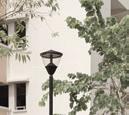
SPACE CHARACTER
Flexible use
Designated use
HUMAN ACTIVITY SPACES

Active playgrounds





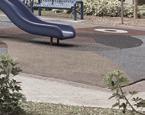

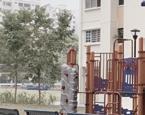

Neighbourood green
Nearby facilities

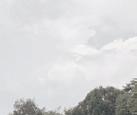


Void decks

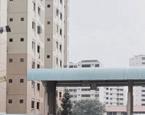

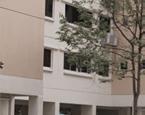







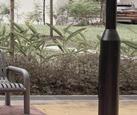
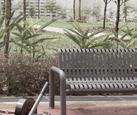
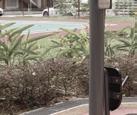





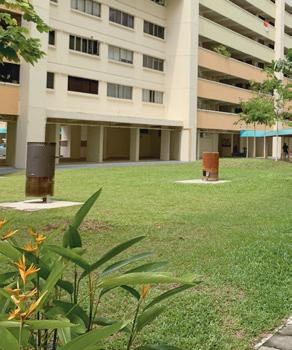
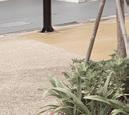
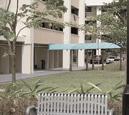
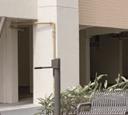


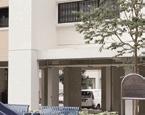

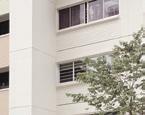



FLORA & FAUNA
Opportunistic
Community gardens

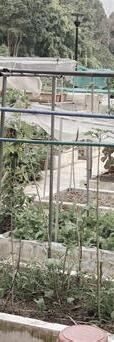




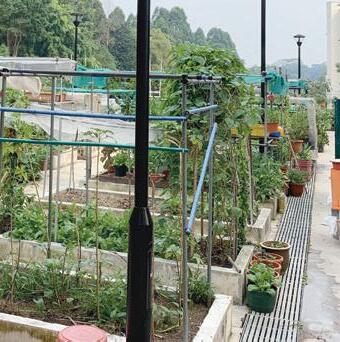
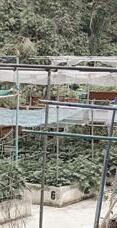

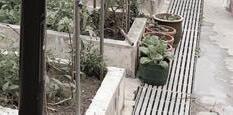

Neighbourood Parks
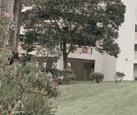
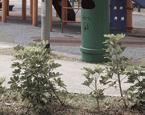

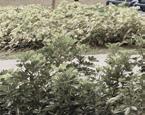

Infrastructure green
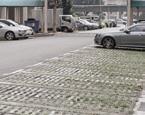

GEOLOGY & WATER
History
Topography
Drainage Flow




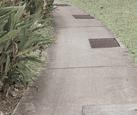
DESIGNATED USE


PLAYGROUNDS
NEIGHBOURHOOD


COMMUNITY GARDENS HISTORY
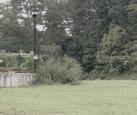
OPPORTUNISTIC
INFRASTRUCTURE
Existing buildings
Road network
Public transport
EXISTING BUILDINGS
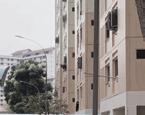
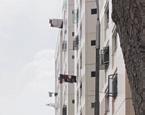

TOPOGRAPHY


240
ROAD NETWORK
OPPORTUNISTIC DRAINAGE FLOW


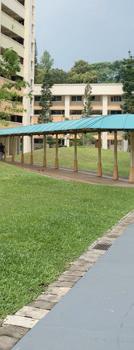

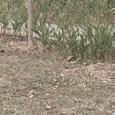









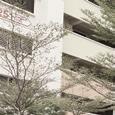






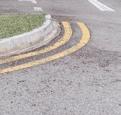
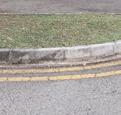









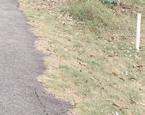




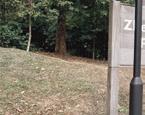

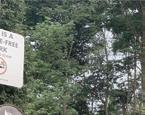



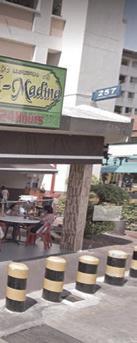

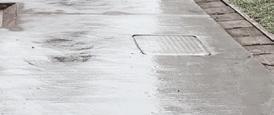






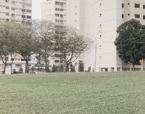



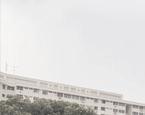
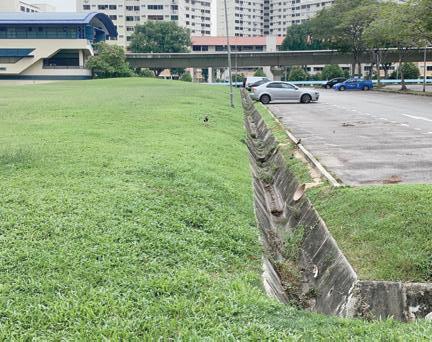



241
FLEXIBLE USE
NEARBY FACILITIES
NEIGHBOURHOOD GREEN
VOID DECK
NEIGHBOURHOOD PARKS
NETWORK PUBLIC TRANSPORT
INFRASTUCTURE GREEN
EXISTING SITE ANALYSIS
Existing Schematic Site Plan

Trees Identified in Zhenghua Park adjacent to CCNR: Syzygium polyanthum, Adinandra dumosa, Agathis borneensis, Carallia brachiata, Cinnamomum iners, Durio zibethinus, Hopea odorata, Neobalanocarpus heimii,Shorea leprosula
Highlighted in red are the species are native primary or secondary forest species that thrive well in urban areas. These trees also attract birds and therefore, are important key flora species.
UNUSED
LAND USE: RESIDENTIAL Gentle mounds
UNUSED
LAND USE: RESIDENTIAL Gentle mounds, between two HDB blocks
HDB Block (11 floors) With Void Deck

242
B. Panjang Ring Road
B. Panjang LRT Station Chosen Site Open Green Space (Carpark behind) Informal Pathway
0 25 50 100m
Small pathway with landscaped edges Chosen Site Open Green Space
B. Panjang Ring Road
Blk 251
110m 22m 50m
Surface Car Park 87m
Blk 250
Blk 254
Blk 253
Blk 252
Blk 255
Bangkit LRT Station Bukit Panjang Ring Road
Disconnection with HDB Spaces



Potential to create an Ecological Network
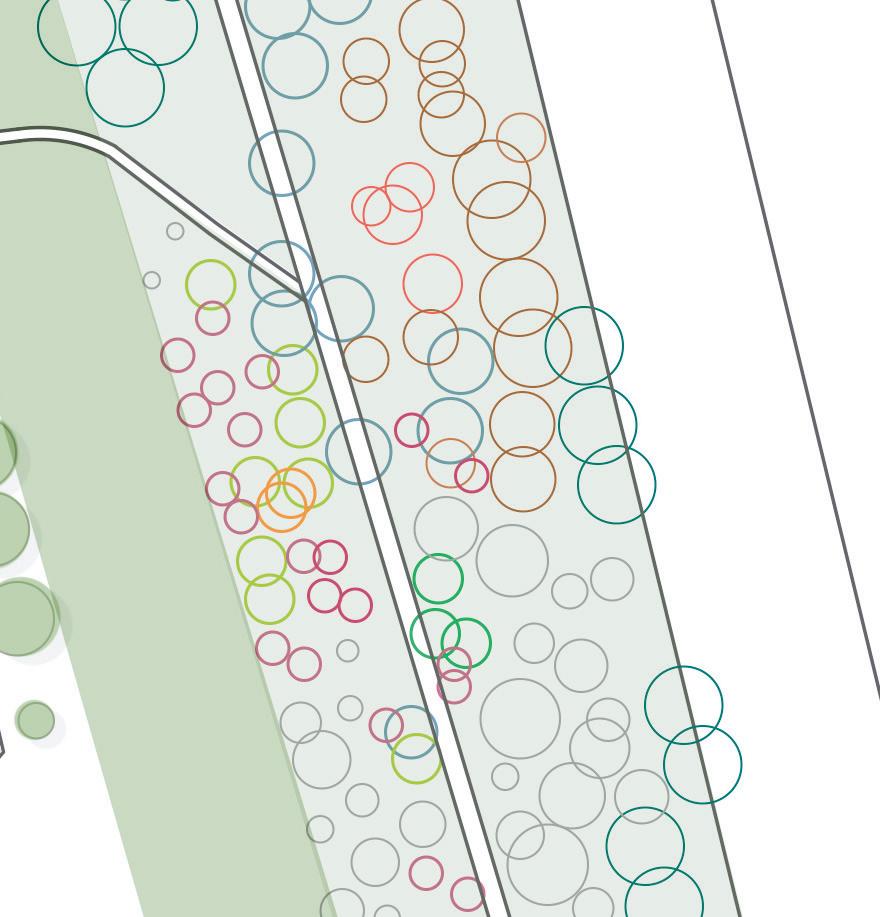
UNUSED
LAND USE: GREEN Gentle mounds Close to highway



Recreational park with secondary forest species
Chosen Intervention Sites

Existing Public Parks

Existing Water Bodies


Ecological Network










Small birds distribution range (200m)

243
Surface Carpark & Road
Surface Carpark & Road
Blk 253 4 floors
Unused Open Green Space
Zhenghua Park
Zhenghua Park
Bukit Timah Expressway (BKE)
CCNR Boundary
Bukit Timah Expressway (BKE) CCNR
BKE
Zhenghua Park
Pang Sua Pond
1 4
Petir Park
2 3
Zhenghua Park
EXISTING SITE PLAN

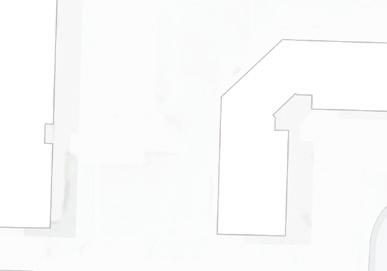




Plan showing existin trees, site drainage & activity areas



Adinandra dumosa
Neobalanocarpus heimii
Treed identified as roadside trees:
Khaya grandiflora
Khaya senegalensis
Calophyllum soulattri
Trees identified on site:
Caesilpinia ferrea (exotic species)
Bucida molineti
Agathis borneensis
Existing
Drain with grating cover (every 2.5m) Underground Drain Connection
THE CHOSEN SITE
The chosen site is located in Bukit Panjang –one of the oldest HDB estates in Singapore and a special one due to its very close proximity to CCNR. This project aims to ameliorate the experiential quality for the residents by proposing an intervention that uses the powerful magnitude of time as the main catalyst. It explores the possibility of an everchanging and continuous dialogue between the users and the spaces that evolve over time.
244
Bangkit Road
Blk 255 Blk 254 Blk 244 Blk 247 Existing Trees in Zhenghua Park: Alstonia angustiloba Carallia brachiata Cinnamomum iners
leprosula
Bukit Panjang Ring Road
Bukit Panjang Town Council
Shorea
Pometia pinnata
Site Drainage: Open Drain (600mm wide)
Bangkit LRT 1 1
Unused
Spaces 3
1 Existing Playgrounds 2 Existing Community Gardens 3
Open Space 4 Unused Pocket
Greenridge Secondary School 02550100m
B. Panjang Ring Road B. Panjang LRT Station Chosen Site Open Green Space (Carpark behind) Informal Pathway
Small pathway with landscaped edges
LEGEND


245 Chosen Site Open Green Space Surface Carpark & Road Blk 253 4 floors Unused Open Green Space Zhenghua Park
Timah Expressway (BKE) CCNR CCNR Boundary
Bukit
park with secondary forest species
HDB Block (11 floors) With Void Deck
Recreational
0-10 YEARS PLANNING STRATEGY



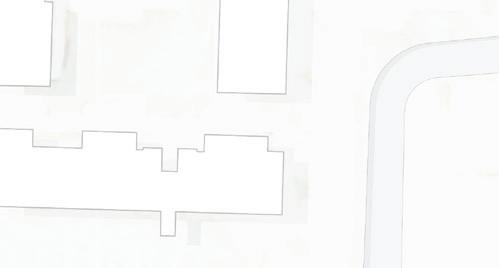

TREE SPECIES LEGEND
Pioneer Species
Emergent Species
Nitrogen Fixing Species
Fruit Trees
0-10 YEARS - 1ST PHASE - PREPARE

The first phase will focus on preparing the existing ground, by making amends to the existing conditions of the unused open spaces on site. This is done through learning from a primary forest succession and retrofitting it to the urban, dense residential context of Singapore’s HDB estates. This phase will also focus on educating and training the residents.



246 Bukit Panjang Ring Road Bangkit Road Bukit
Blk 255 Blk 254 Blk 244 Blk 247 Bangkit LRT 6 5 3 2 1 4 4
Panjang Town Council
Existing Site Drainage Open Drain (600mm wide) Drain with grating cover (every 2.5m) Underground Drain Connection 1 Community Built Forest 2 Open spaces for activities 3 Extension to LRT Station 4 Planting Beds 5 Fruit Tree & Event Planting Beds 6 Existing playground 7 Existing community gardens 8 Fruit Trees & Open Areas 9 Connection to Zhenghua Park Greenridge Secondary School 02550100m
B. Panjang Ring Road B. Panjang LRT Station Unused open space used as Community Forest Informal Pathway Amended topography
Existing Trees LEGEND
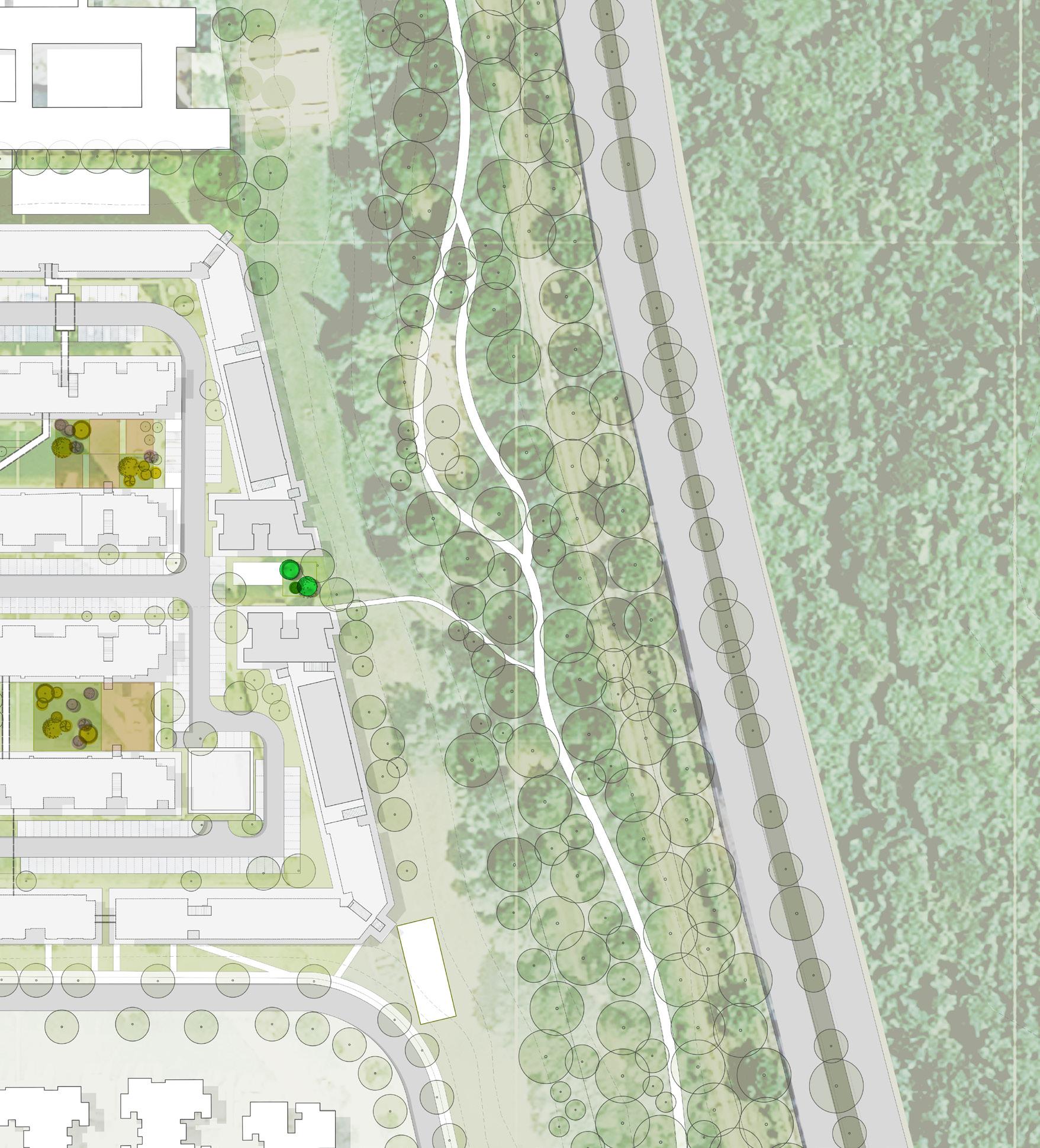

Blk 253 Blk 252 Blk 251 Blk 250 Blk 249 Blk 248 1 2 2 5 8 Central Catchment Nature Reserve Zhenghua Park Unused
Surface
Blk 253 4 floors Unused
Zhenghua
CCNR CCNR Boundary
site used as event planting beds with fruiting trees
Carpark & Road
Open Green Space
Park Bukit Timah Expressway (BKE)
HDB Block (11 floors) With Void Deck
YEARS PLANNING STRATEGY





10-20 YEARS - 2ND PHASE - FACILITATE

The second phase will encourage the residents to facilitate the growth of native species by a timely planned out process and introduce activity areas that can benefit from this stage of the landscape. Boardwalks and pathways will be built after careful study of how the residents have been using the space in the first phase.
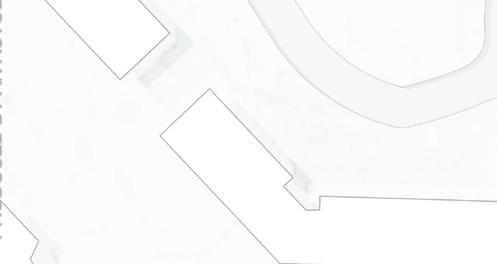


248 Bukit Panjang Ring Road Bangkit Road Bukit Panjang Town Council Blk 255 Blk 254 Blk 244 Blk 247 Bangkit LRT 6 5 3 2 1 4 4 Existing
Open
wide) Drain
(every 2.5m) Underground
Forest 2
open spaces for activities 3
to LRT Station 4 Planting Beds
Planting Beds
8
Open
9
Zhenghua Park Greenridge
Pioneer
Fruit
Existing
Site Drainage
Drain (600mm
with grating cover
Drain Connection 1 Community Built
Smaller
Extension
5 Fruit Tree & Event
6 Existing playground 7 Existing community gardens
Fruit Trees &
Areas
Connection to
Secondary School 02550100m
Species Emergent Species Nitrogen Fixing Species
Trees
Trees
B.
Station Unused open space used as Community Forest Informal Pathway
10-20
B. Panjang Ring Road
Panjang LRT
LEGEND TREE SPECIES LEGEND

 Unused site used as event planting beds with fruiting trees
Surface Carpark & Road Blk 253 4 floors
Unused site used as event planting beds with fruiting trees
Surface Carpark & Road Blk 253 4 floors
CCNR Boundary
Unused Open Green Space Zhenghua Park Bukit Timah Expressway (BKE)
CCNR
HDB Block (11 floors) With Void Deck
30 YEARS PLANNING STRATEGY







20-30 YEARS - 3RD PHASE - INVENT

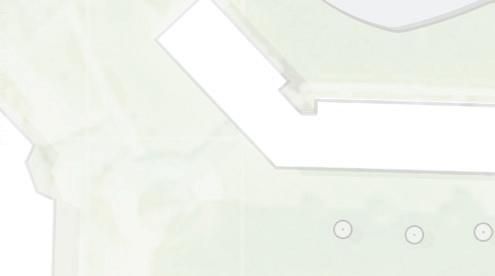

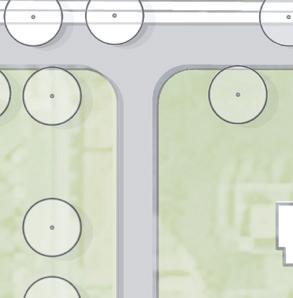





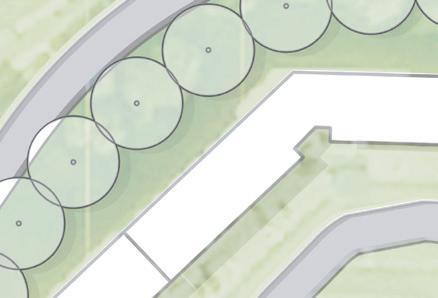


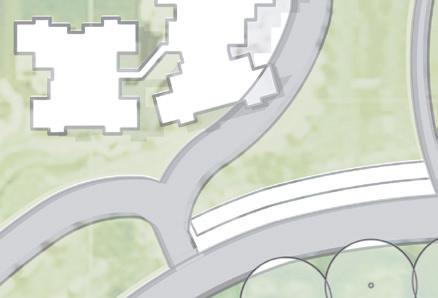
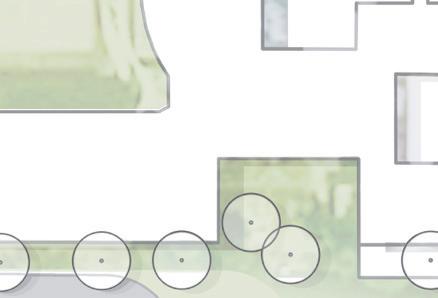



As the lease expiry of the HDB estate approaches, a new landscape has already been established through the years and by the introduction of the various strategies. This forest now dictates the design of a new development–a housing typology where “landscape comes fi rst”; d one b y d irectly and i ndirectly involving the residents who have witnessed a progressive change in the development of this dynamic landscape.”



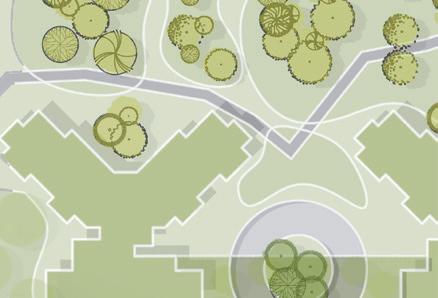


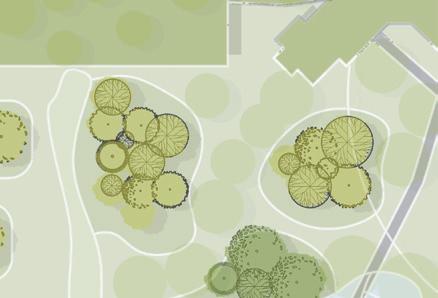
Greenridge Secondary School Bukit Panjang Ring Road Bangkit Road Bukit
Blk 244 Bangkit LRT 1 Community Built Forest 2 Connection to LRT Station 3 Elevated Boardwalk 4 Eco-Pond 5 Open Lawn Area 6 Event Based Planting Beds 7 Propagation Beds 8 Tree Grove 9 Community Play 10 Sky Bridge Garden 11 Pick Up Drop Off 12 Extended Community Gardens 13 Park Connections 14 Zhenghua Park Existing Trails 2 1 11 15 10 10 10 4 6
Panjang Town Council
Tree species
overtime Tree species introduced through propagation Existing Trees
TREE SPECIES LEGEND LEGEND
developed
02550100m B. Panjang Ring Road B. Panjang LRT Station Community built Forest kept untouched Sky Bridge Gardens MSCP
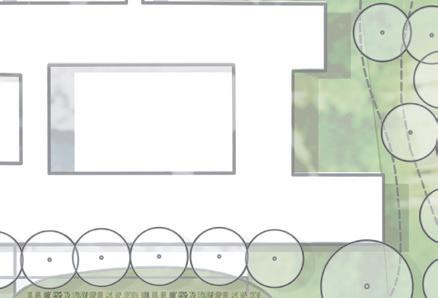

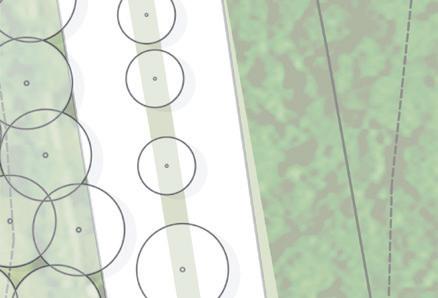

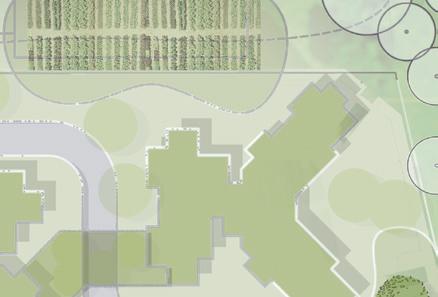

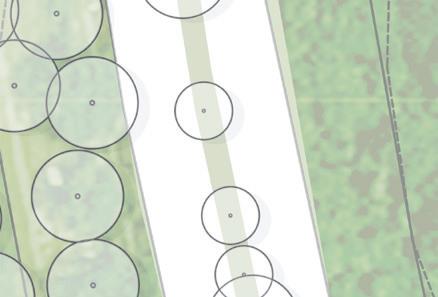
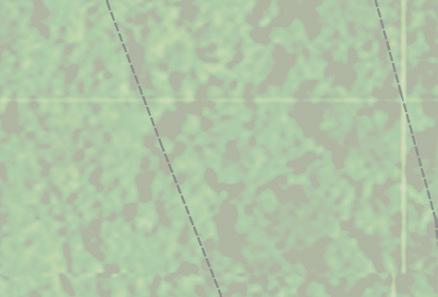
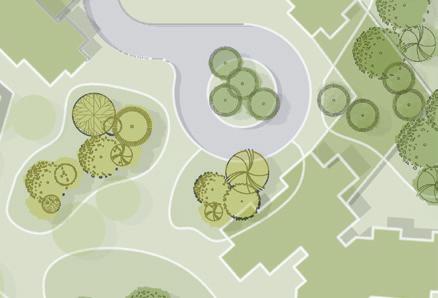




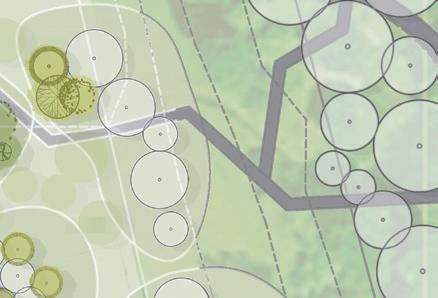



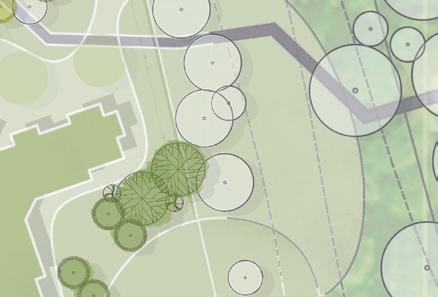

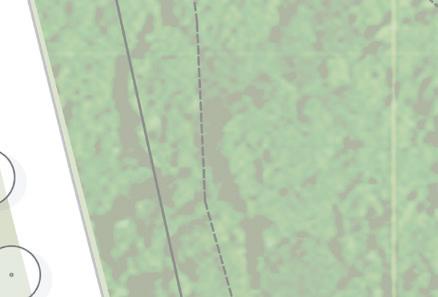

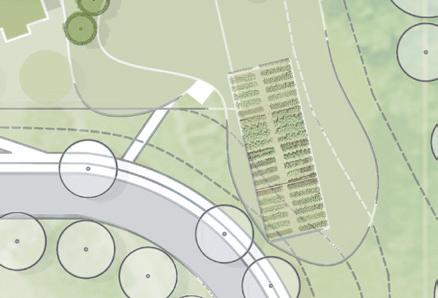
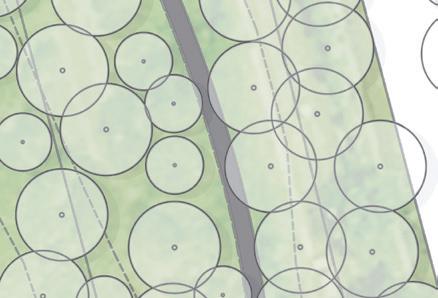
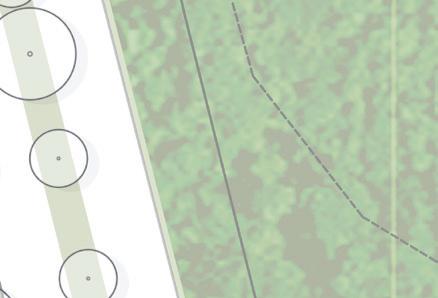



11 12 12 10 13 13 10 10 11 7 7 8 9 3 6 5 Central Catchment Nature Reserve Zhenghua Park Elevated walkways that work around the existing trees Unobstructed connection to
Park and CCNR Zhenghua Park Bukit Timah Expressway (BKE) CCNR CCNR Boundary New Development Sky Bridge Gardens
Zhenghua
PLANTING STRATEGIES

Planting fast growing sun tolerant pioneer species to provide shade for the propagation of emergent species
Emergent species
Pioneer species
The emergent species grow under the shade of mature pioneer species, giving way to shade tolerant shrubs/ groundcover
The emergent species soon project over the pioneers. Pioneer shrubs die back and make way for shrubs that are shade loving.
Proposed Tree Species*


*Most are found in adjacent Zhenghua Park and can be propagated on site.

252
Tree Species Forest Type Size at maturity Longetivity Dispersal Targeted Birds Dyera costula Primary > 30m > 80 Years Birds Shorea leprosula Primary > 30m > 80 Years Birds Koompassia malaccensis Primary > 30m > 80 Years Wind Alstonia angustiloba Primary, Secondary > 30m > 80 Years Wind Repels crows Carallia brachiata Primary, Secondary > 30m > 80 Years Birds Long Tailed Parakeet Cinnamomum iners Secondary 10 - 30m 20 - 80 Years Birds Syzygium grande Secondary 10 - 30m 20 - 80 Years Birds, Small Mammals Crimson Sunbird Syzygium lineatum Secondary 10 - 30m 20 - 80 Years Bird, Small Mammals Oriential Pied Hornbill Syzygium polyanthum Secondary 10 - 30m 20 - 80 Years Birds Oriential Pied Hornbill Macaranga bancana Secondary 10 - 30m 20 - 80 Years Birds Long Tailed Parakeet Gnetum Gnemon Secondary 10 - 30m 20 - 80 Years Birds, Small Mammals Greater Racket Tailed Drongo Litsea elliptica Secondary 10 - 30m Birds, Small Mammals Cratoxylum cochinchinense Secondary <10m <20 Years Birds Streblus elongatus Primary, Secondary 10 - 30m 20 - 80 Years Bird, Small Mammals Fragrea fragrans Secondary > 30m > 80 Years Birds
Year 0
“Watch a tree grow as you grow”

TEMPORAL CONNECTIONS
Proposing activities that change overtime, with nature
Year 0
Community Gardens >> Community Forest
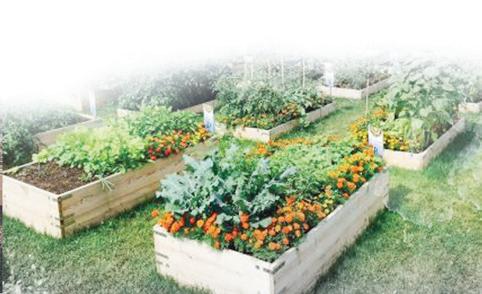


YEAR 0 - 10
PHASE 01
PREPARE
To prepare the ground by making amends to the existing conditions of the unused space
YEAR 10 - 20
PHASE 02 FACILITATE
To facilitate growth of native species by a timely planned out process and with the help of the existing community
Planting strategy in phases
YEAR 20 - 30
PHASE 03 EXTEND
Propagation of species to other nearby developments and neighborhood parks in order to extend the habitat range
Year 30
Year 30
YEAR 30
PHASE 04 INVENT
End of the existing HDB lease and the beginning of a new housing typology
253
0-10 YEARS
Designated planting areas





planting beds

Materials that change overtime



254
Pioneer Species in open conditions
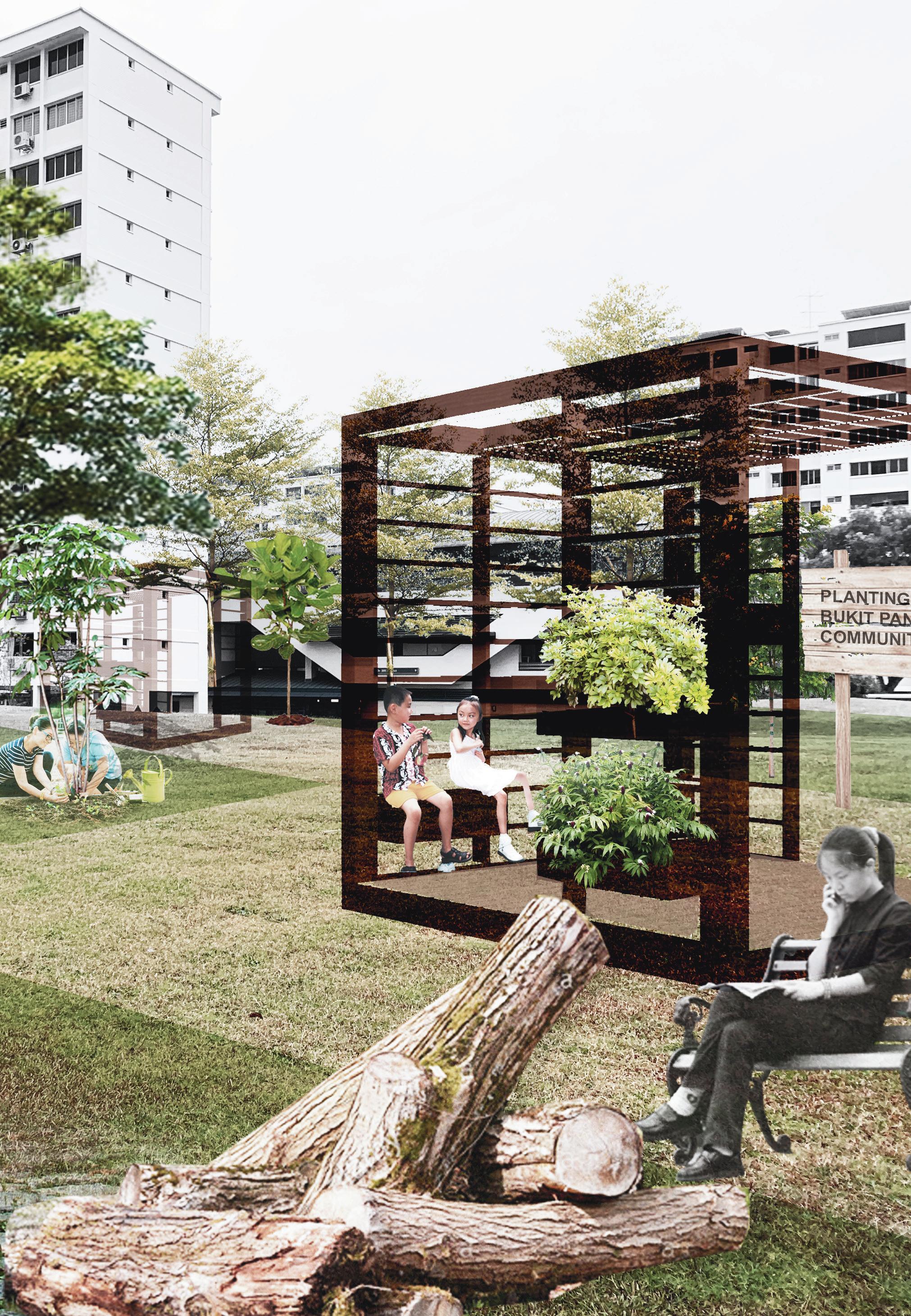
255
10-20 YEARS
Sighting of leaf litter






Sightings of shade loving understorey
Logs from nearby felled trees

Materials that change overtime


256
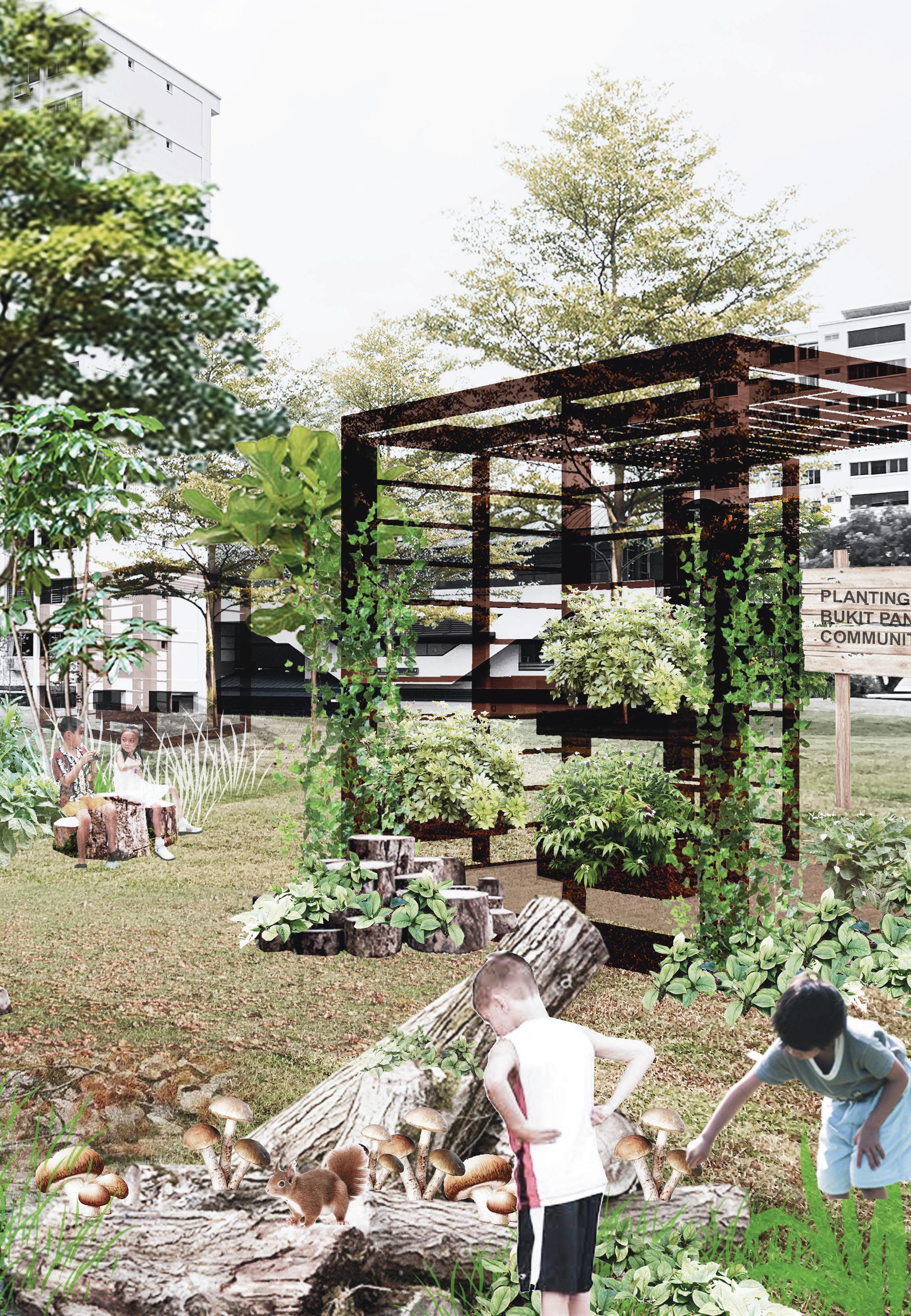
257
AT 30 YEARS






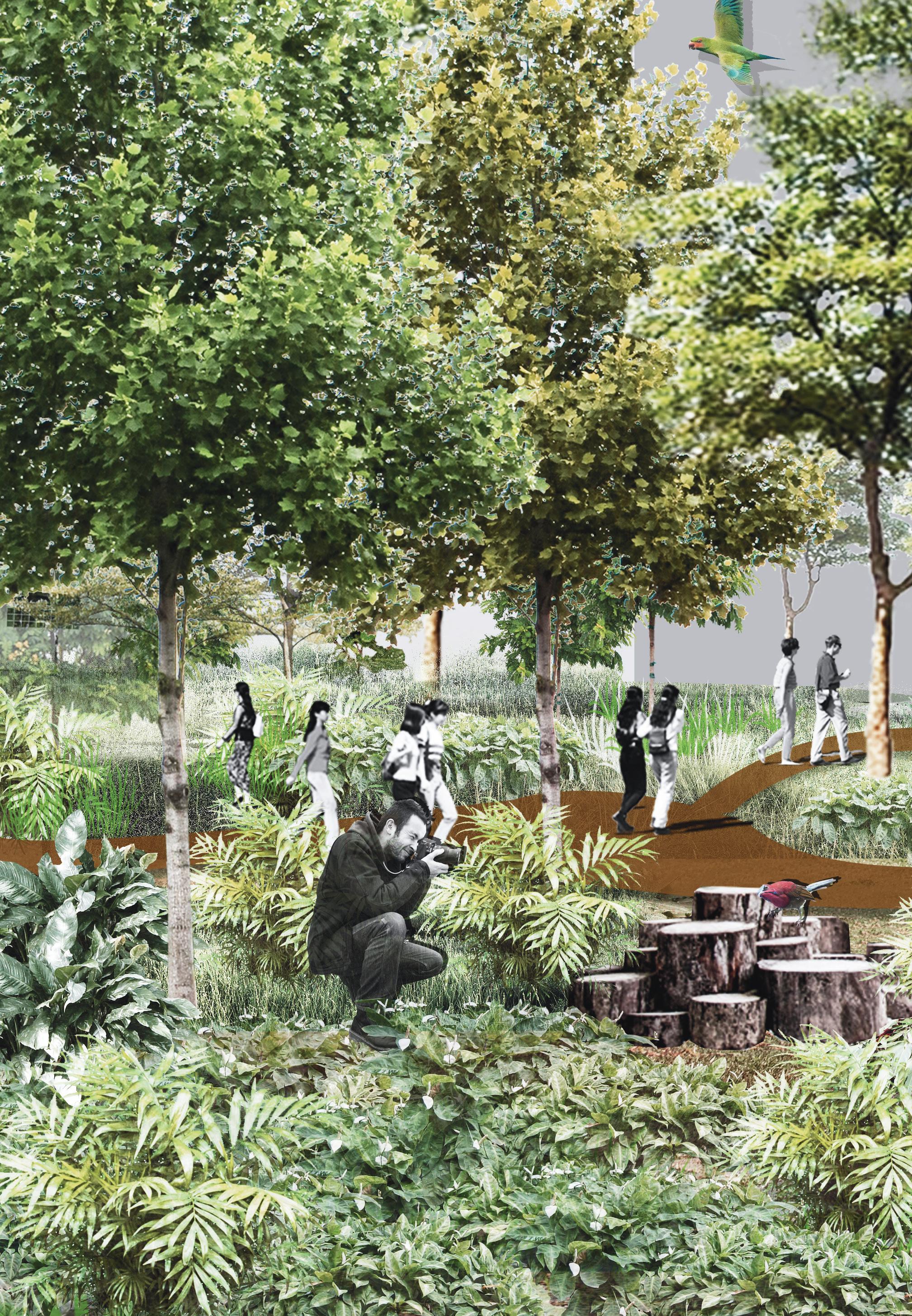
258
Pathways and boardwalks built following the TPZ of existing trees
Planting valuable fern species as undergrowth layer
Fruit trees attracting avifauna
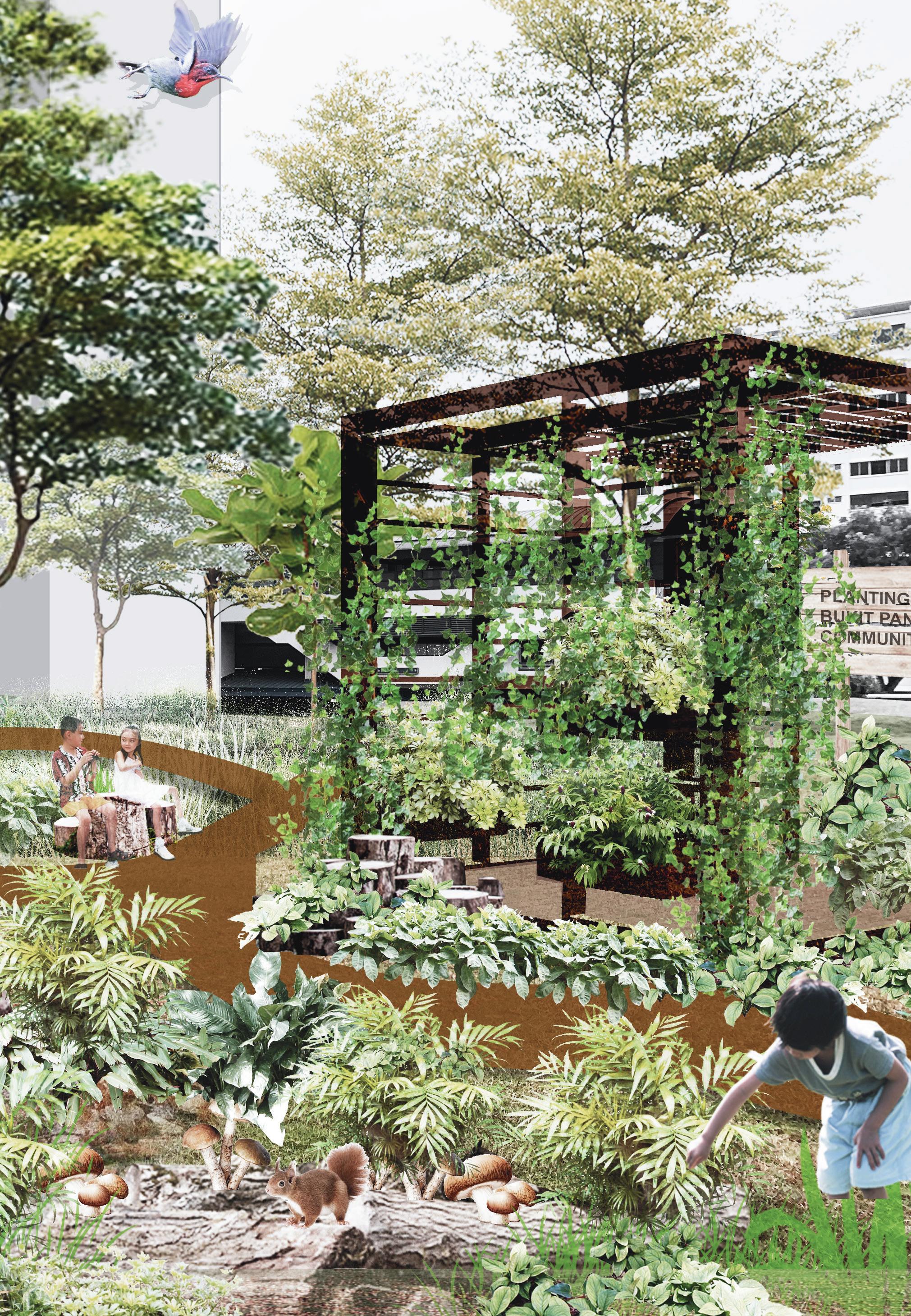
259
A DYNAMIC LANDSCAPE

Introduced pathways
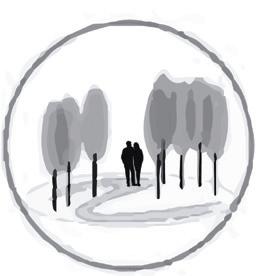

Modular seating areas

Undulating play areas

0-10 years 10-20 years

260
“Landscape Comes First”
1. Re-use site resources such as top soil and plant materials and recycle what exists on site rather than transporting large quantities of material in and out.
2. Implement succession/dynamic planting schemes that allow changes in population and provides opportunities for more biologically diverse communities to develop over time.
3. Incremental development plans to avoid sudden erasure of an old landscape while meeting the needs of the new economy/population.
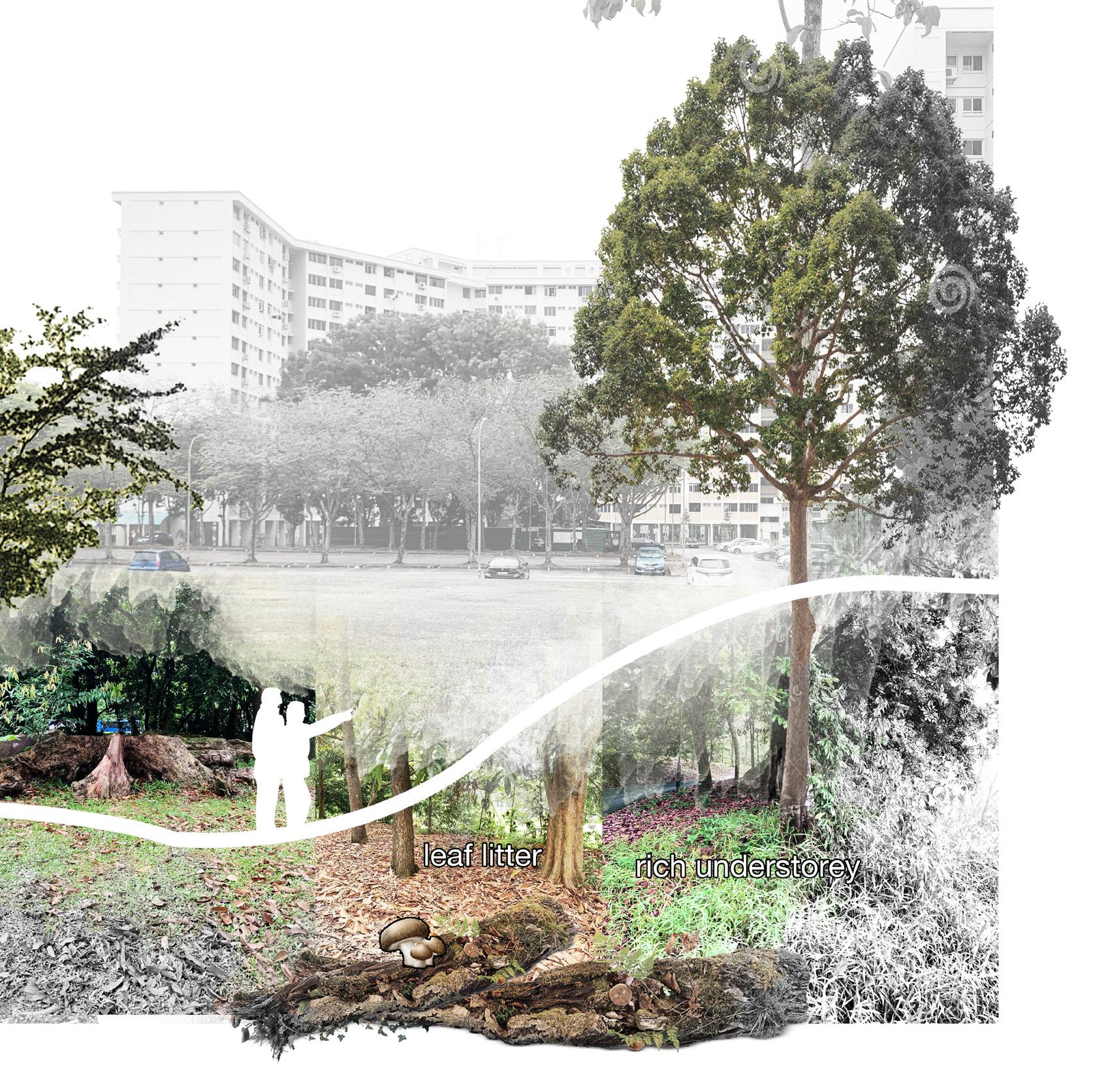
261
20-30 years 30+ years
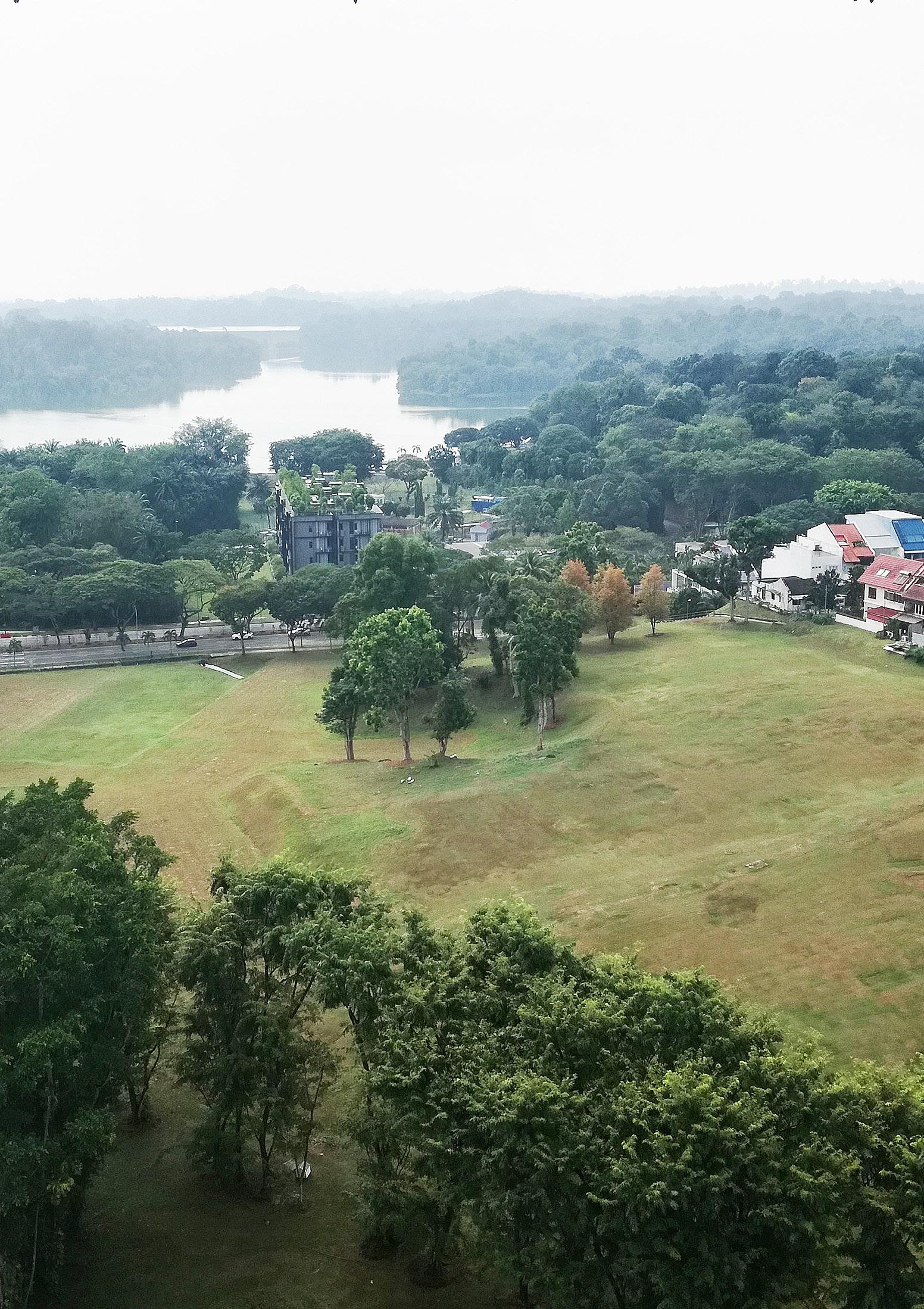 Lim Wenfa
Lim Wenfa
Situated next to Bishan Ang Mo Kio Park (BAMKP) and opposite Lower Peirce Reservoir Park (LPRP), the 5ha site has great potential to home uncommon native avian and arboreal species but has failed in doing so because the ecosystem network is disconnected and degraded, even though they are physically close to each other. Predicted to be kept untouched till future residential development in 20 years, the site is home to large healthy fig trees that provide habitats to common fauna species. Fertile soil potentially can also be utilized as a natural resource for neighbouring/ own future development. The project hence aims to rewild the site with three development phases across a duration of 30 years. Injecting beneficial ecological values by proposing a landscapecome-first development model to challenge the current notion of land-use.
Given that the site is big enough to supply trees for reforestation at the degraded forest of LPRP, the site is developed into a tree nursery in the first phase. The site’s existing drainage system will be integrated with the design of the bio-detention pond as part of the nature irrigation system of the nursery. In the second phase, selectively remained trees from the nursery become mature and the site turns into a potential ecological hotspot, focusing on fauna movement and habitat creation. In the meantime, a segment of future residential housing development is constructed. The landscapecomes-first development model will give way to a design framework that proposes to keep at least half of the ecological hotspot untouched to provide strong ecological connectivity. The third phase is the completion of all residential developments after 30 years. Green and blue networks from the previous phase is integrated into the new residential development, offering active human-fauna interaction opportunities as part of their daily life experience.
The project envisions to enrich the site’s biological value by providing a healthier and wider pool of genetic diversity across the region. Human behaviour towards nature is also changed through the proposed timeframe. The proposal can serve as a prototype, duplicable to another temporary vacant state land as a sequential rewilding approach, rather than letting the land being temporarily unused.
263
FRAMING TIMELINE
AND POTENTIALS
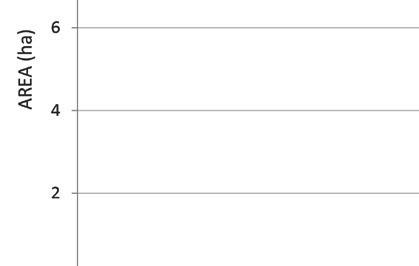



Unused State Land
-Healthy fig trees
-Fertile soil
-Habitat to common species (mynas & crows)
-Predicted to be untouched till residential development in 20 years.





264
Bishan, Ang Mo Kio Avenue 1 1.367695,
5.29ha
ISSUES
Lower Peirce Reservoir Park Degraded forest
103.833829
Area To Species Ratio
Existing Green Networks Disconnect

Ang Mo Kio Town Garden West

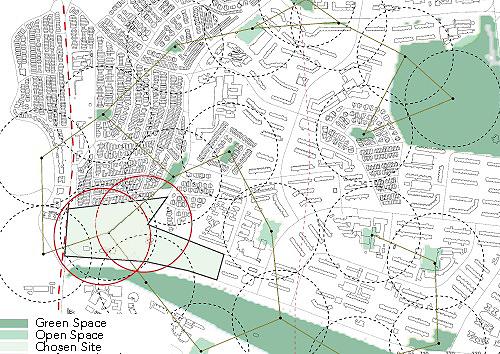

Nature urban park
Potential Green Network
Low Vegetation Density Reserved Site
265
KEY TARGET SPECIES


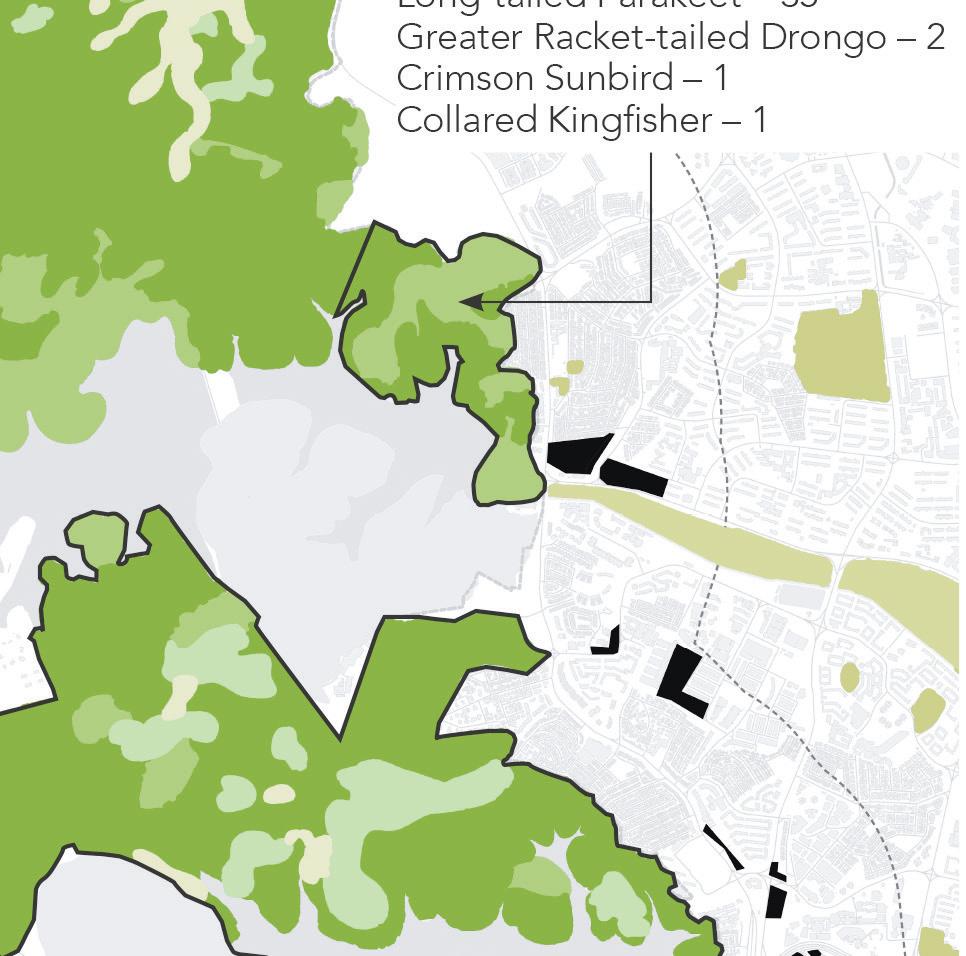



266
PRIMARY FORESTS
KEY MAMMALS: Lesser Mousedeer, Banded leaf monkey
MATURE SECONDARY FORESTS
KEY MAMMALS: Long-Tailed Macaque, Slow loris, Plantain Squirrel, Common Palm Civet, Wild Pig, Sunda Pangolin
KEY BIRDS: Greater Racke-Tailed Drongo, Dollarbird
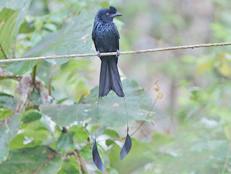
YOUNG SECONDARY FORESTS
KEY MAMMALS: Long-Tailed Macaque, Slow loris, Plantain Squirrel, Common Palm Civet, Wild Pig, Sunda Pangolin, Common Fruit Bat
KEY BIRDS: Greater Racke-Tailed Drongo, Dollarbird, Long-tailed Parakeet, Oriental Pied-hornbill.
WETLAND
KEY MAMMALS: Long-Tailed Macaque, Plantain Squirrel, Common Palm Civet, Wild Pig
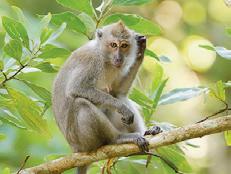
KEY BIRDS: Greater Racke-Tailed Drongo, Dollarbird, Long-tailed Parakeet, Oriental Pied-hornbill, Collared kingfisher
WETLAND MARSH
KEY MAMMALS: Plantain Squirrel, Common Palm Civet, Common Fruit Bat
KEY BIRDS: Long-tailed Parakeet, Oriental Pied-hornbill, Collared kingfisher

PARKS & GARDENS
KEY MAMMALS: Plantain Squirrel, Common Palm Civet, Common Fruit Bat
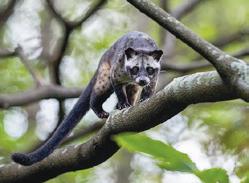

KEY BIRDS: Long-tailed Parakeet, Oriental Pied-hornbill, Collared kingfisher, Crimson Sunbird

“High Count” is the highest count of a species submitted on a single checklist within a specified date range and region.
SINGLE CHECKLIST: WEEKLY
DATE RANGE: JANUARY 2019 - 19 SEP 2019
267
High Count Data Source: The CornellLab of Ornithology https://www.birds.cornell.edu/home/about/
FAUNA BARRIERS
Barriers analysis
TIMEFRAME


Historical maps and Landuse maps
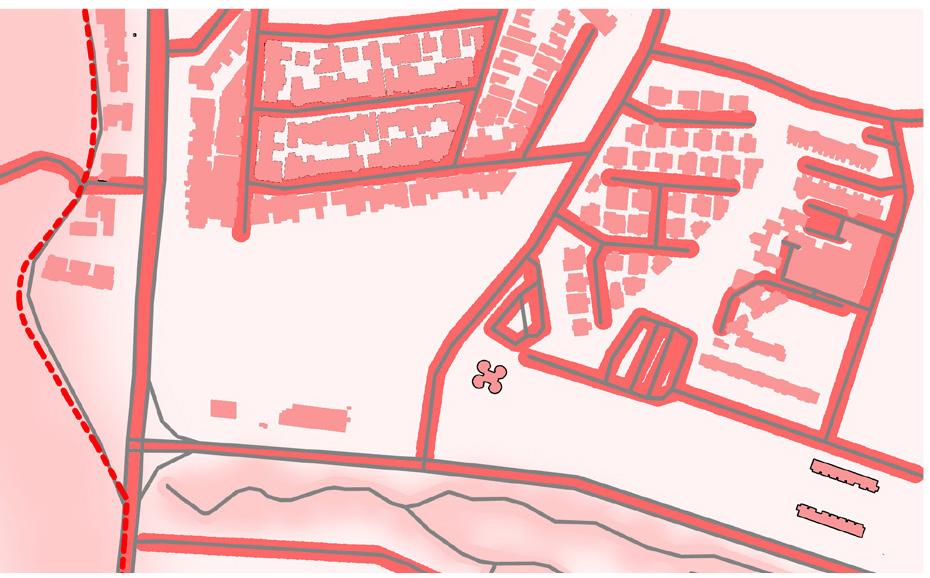
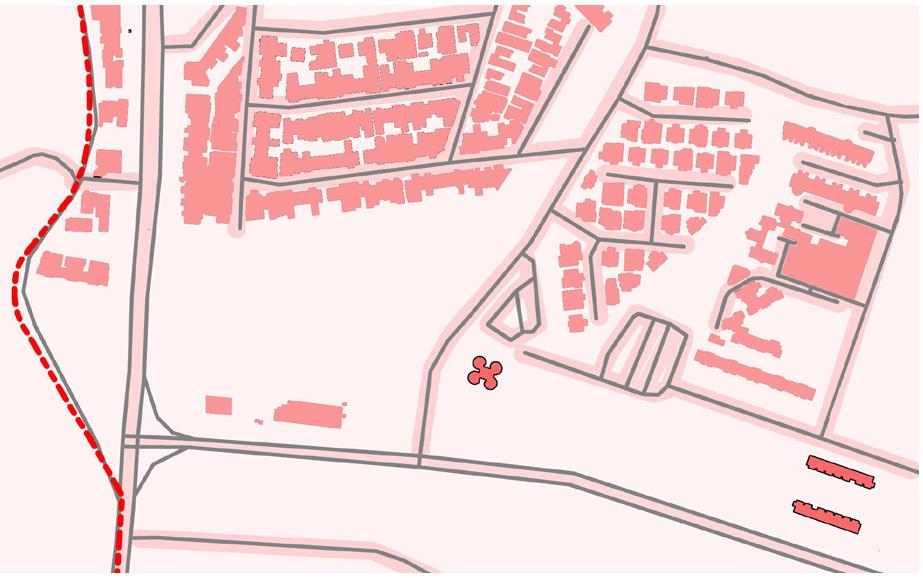

268
Rubber plantation School
Residential Reserved Land
Forested
Garden/Park Vacant state land
Phase 1
Landscape-comes-first, Strengthen human-nature connectivity
Incubation
Reforestation at LPRP
- Fertile soil can be utilized as a natural resource.
- Improved degraded forest for wider range of fauna.
Construction of Waterbodies
- Improve existing water system for self-sufficient.
- Primary stage for habitation.
Phase 2
Habitation
Facilitate fauna movement
- Develop forest fringe from previous phase.
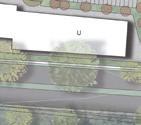


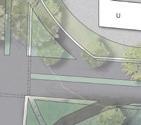
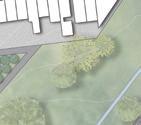
- Pockets of shrubland created for fauna activity.
- Wetland created from previous waterbodies.

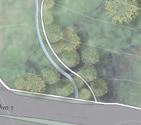
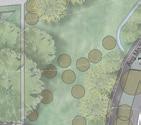



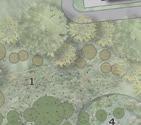


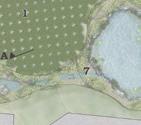

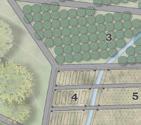

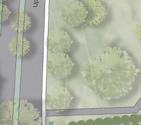
- New trees planted to connect existing trees.
First stage of residential developments
- Landscape-come-first design framework:
- Nature closer to human by expanding waterbodies and more trees.

Integration
Completion of residential developments plan
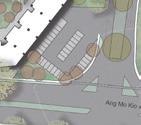



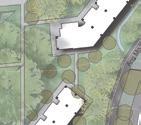

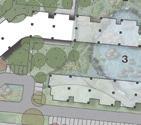
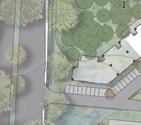





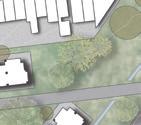




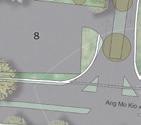

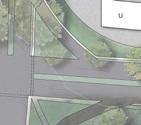
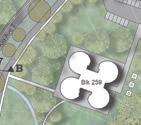

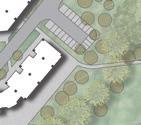
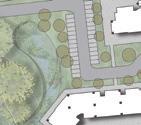




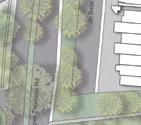

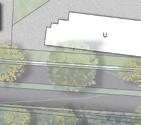
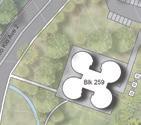

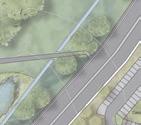
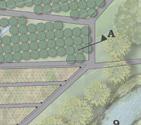
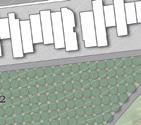

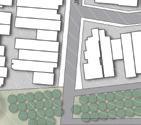

- Landscape-come-first design model.
- Green and blue networks intergrated.
- Active humans-ature interaction opportunities.
269
FRAMING TIMELINE
FRAMING TIMELINE - INCUBATION
Design Processes
Existing drain
Ground level (GL: 0.00m)
Ground level (GL: -1.00m)
Degraded forest of LPRP (Degraded patch size of 3.86ha)
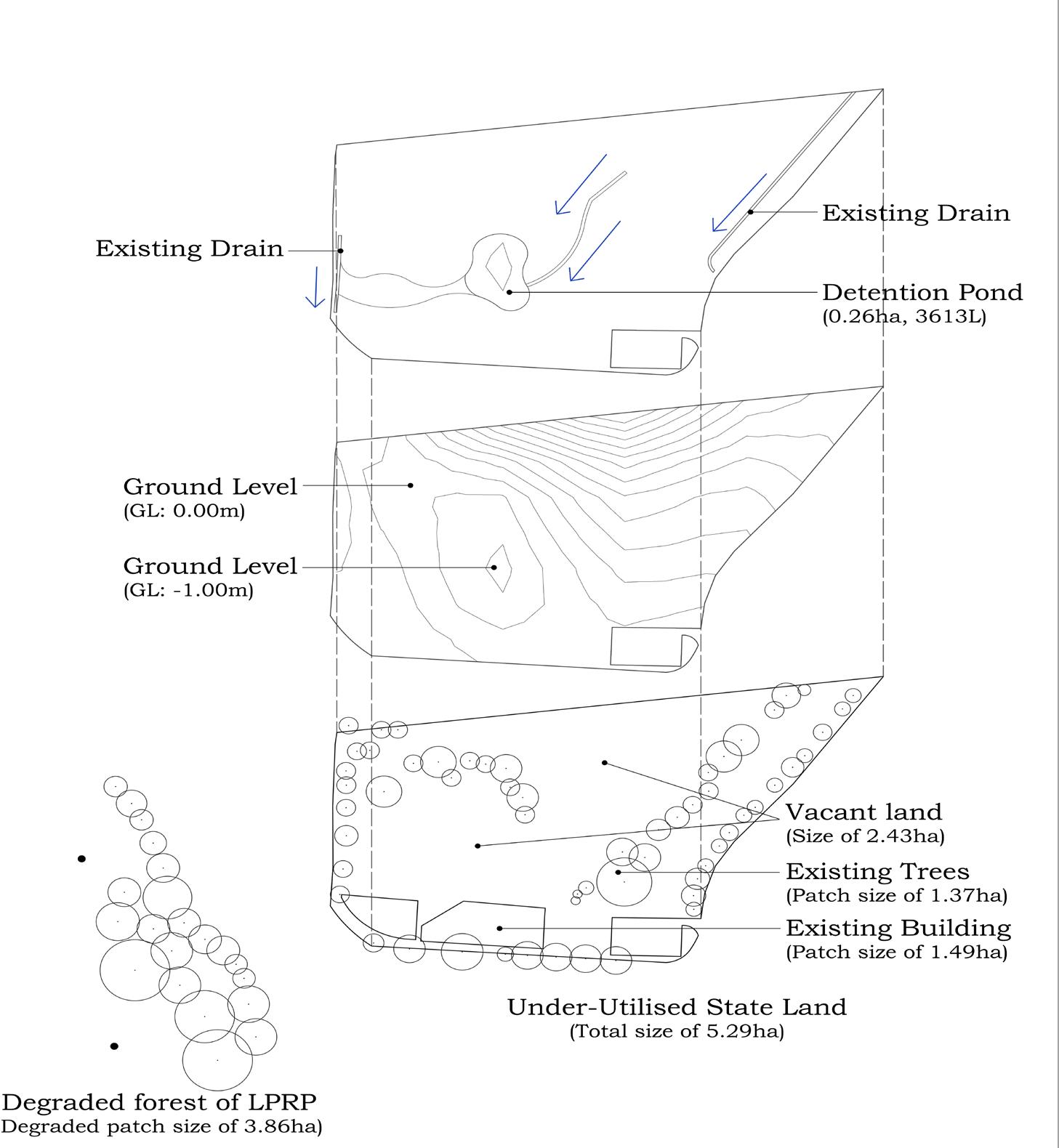
Existing drain
Detention Pond (0.26ha, 3613L)
Vacant land (Size of 2.43ha)
Existing trees (Patch size of 1.37ha)
Existing Building (Patch size of 1.49ha)
Under-utilised state land (Total size of 5.29ha)
270
Retention Pond Irrigation for nursery (0.16ha, 1608.9L)
Planting grid (2500mm C-C)

271

272 PHASE 1 MASTER Framing Timeline

273 MASTER PLAN Timeline - Incubation
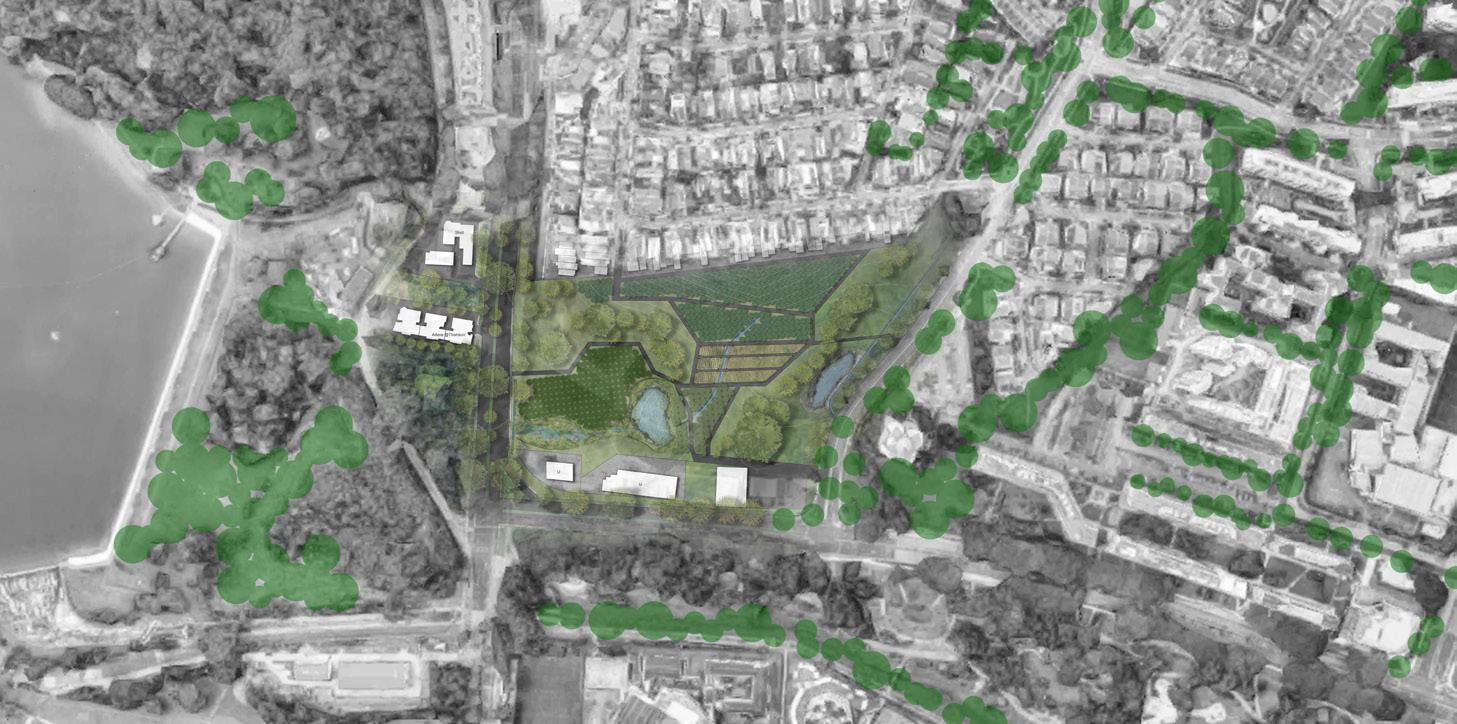


FRAMING TIMELINE - INCUBATION A A
Before After
FIRST PHASE - KEY

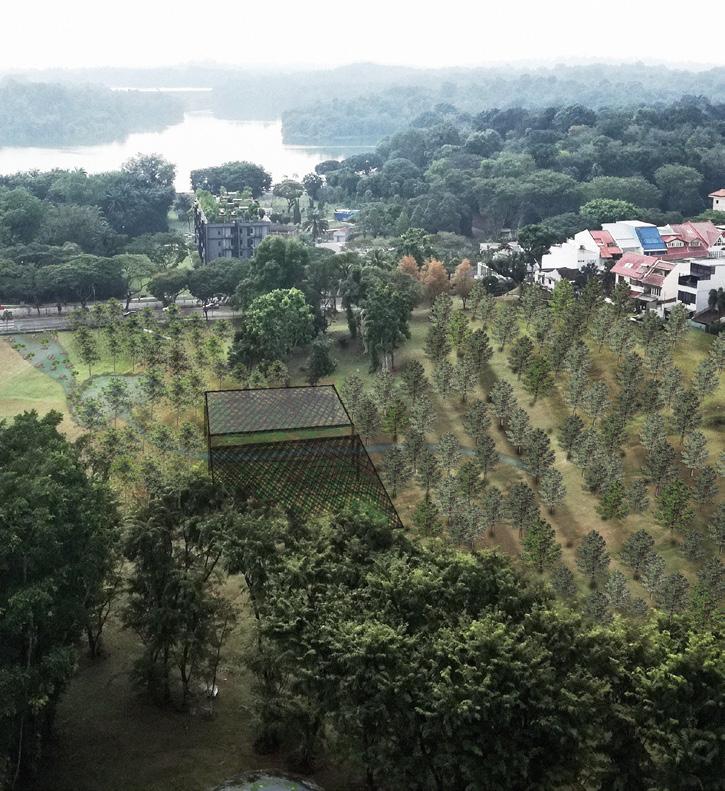
First phase key target species
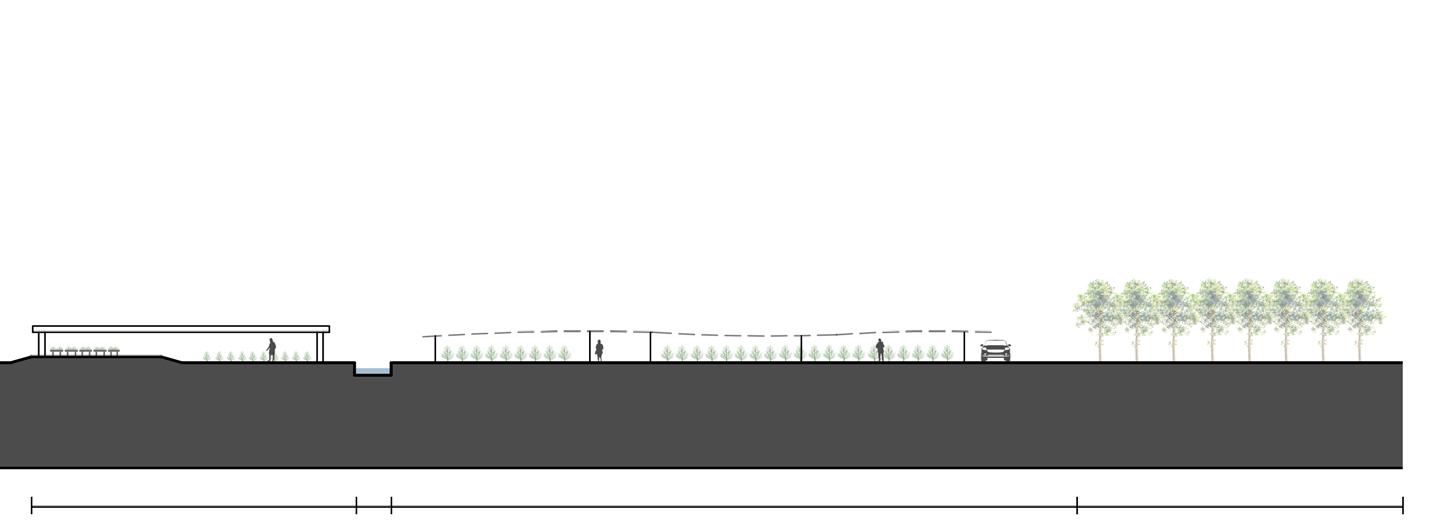
275
Seeds Germination Drain Saplings Zone Tree Nursery 0 20 10 40M
Fauna species (urban adaptor) Types Ecological Status Status Requirements Habitat Active Asian Koel high flyer Common Already there Food source Parks and Gardens / Disturbed Area Day Long-Tailed Parakeet high flyer Common From BAMK parkTall trees landingMoist LowlandDay Pink-Necked Green Pigeon high flyer Common Already there Food source Parks and Gardens / Disturbed Area Day Crimson Sunbird low flyer Common From surrounding parks Nectar plants Parks and Gardens Day Yellow-Vented Bulbul low flyer Common Already there Food source Parks and Gardens / Disturbed Area Day Asian Glossy Starling low flyer Common From LPR park Food source Parks and Gardens Day Plantain Squirrel Common From surrounding parks Woody vegetation Parks and Gardens / Disturbed Area Day Day & night Day & night Day & night Day & night Butterflies Common Already there Food source Parks and Gardens / Disturbed Area Day Fruit Frog Common From surrounding parks Moist vegetation Moist Lowland Day & night Red-eared tortoise Common From surrounding parks Food source Moist Lowland Day & night Four-ridged Toad From surrounding parks Moist vegetation Moist Lowland Day & night ARBOREAL ANIMALS/GROUD ANIMALS
TARGET SPECIES BIRDS Fauna species (urban adaptor) Types Ecological Status Status Requirements Habitat Active Asian Koel high flyer Common Already there Food source Parks and Gardens / Disturbed Area Day Long-Tailed Parakeet high flyer Common From BAMK parkTall trees landingMoist LowlandDay Pink-Necked Green Pigeon high flyer Common Already there Food source Parks and Gardens / Disturbed Area Day Crimson Sunbird low flyer Common From surrounding parks Nectar plants Parks and Gardens Day Yellow-Vented Bulbul low flyer Common Already there Food source Parks and Gardens / Disturbed Area Day Asian Glossy Starling low flyer Common From LPR park Food source Parks and Gardens Day Plantain Squirrel Common From surrounding parks Woody vegetation Parks and Gardens / Disturbed Area Day Day & night Day & night Day & night Day & night Butterflies Common Already there Food source Parks and Gardens / Disturbed Area Day Fruit Frog Common From surrounding parks Moist vegetation Moist Lowland Day & night Red-eared tortoise Common From surrounding parks Food source Moist Lowland Day & night Four-ridged Toad From surrounding parks Moist vegetation Moist Lowland Day & night ARBOREAL ANIMALS/GROUD ANIMALS FIRST PHASE - KEY TARGET SPECIES BIRDS
FRAMING TIMELINE - HABITATION
Urban Adapters Species
Key fauna species
High-Flying Birds
Oriental Pied Hornbill
Asian Koel
Dollar Bird
Long-Tailed Parakeet
Pink-Necked Green Pigeon
Greater Racket Tailed Drongo
Blue-Throated Bee Eater
Straw-Headed Bulbul
Low-Flying birds
Red Junglefowl
Crimson Sunbird
Blue-Crowned Hanging Parrot
Common Flameback
Collared Kingfisher
Yellow-Vented Bulbul
Olive-Winged Bulbul
Asian Glossy Starling
Ground Animals
Wild Pig Rat
Lesser Mousedeer
Arboreal Animals
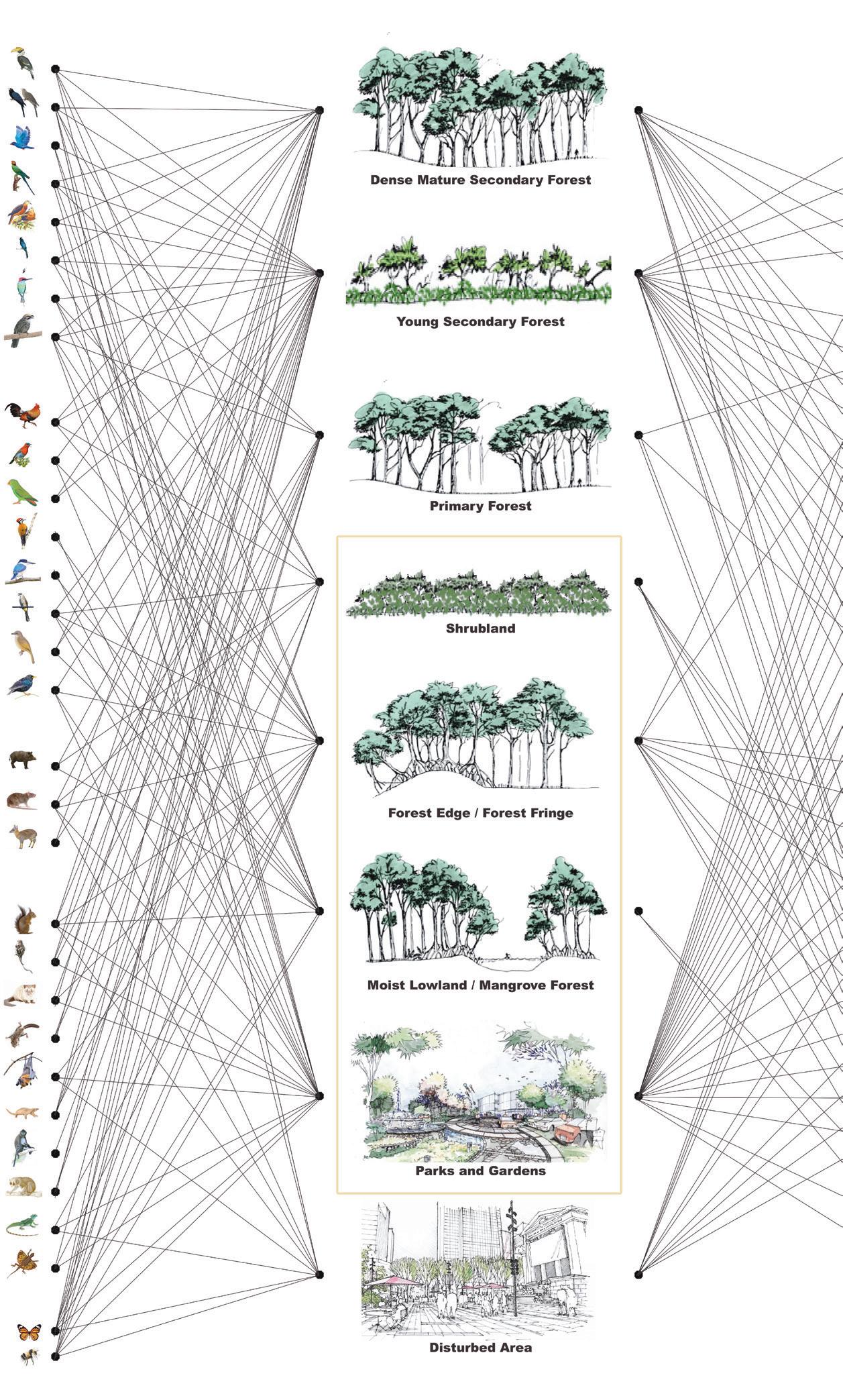
Plantain Squirrel
Long-Tailed Macaque
Common Palm Civet
Malayan Colugo
Common Fruit Bat
Sunda Pangolin
Banded Leaf Monkey
Slow Loris
Green Crested Lizard
Common Flying Lizard
Insects
Butterflies Bees
Habtitats
Locations
276
Dense Mature Secondary Forest Young Secondary Forest Primary Forest Shrubland Forest edge/ Forest fringe Moist lowland/ Mangrove forest Park and Garden Disturbed area
Diets
Key fauna species

High-Flying Birds
Oriental Pied Hornbill
Asian Koel
Dollar Bird
Long-Tailed Parakeet
Pink-Necked Green Pigeon
Greater Racket Tailed Drongo
Blue-Throated Bee Eater
Straw-Headed Bulbul
Low-Flying birds
Red Junglefowl
Crimson Sunbird
Blue-Crowned Hanging Parrot
Common Flameback
Collared Kingfisher
Yellow-Vented Bulbul
Olive-Winged Bulbul
Asian Glossy Starling
Ground Animals
Wild Pig Rat
Lesser Mousedeer
Arboreal Animals
Plantain Squirrel
Long-Tailed Macaque
Common Palm Civet
Malayan Colugo
Common Fruit Bat
Sunda Pangolin
Banded Leaf Monkey
Slow Loris
Green Crested Lizard
Common Flying Lizard
Insects
Butterflies Bees
277
FRAMING TIMELINE - HABITATION Design Processes
Wetland (Detention pond)
Shrubland Forest fringe (Nursery trees)

New trees (Connecting existing trees)
Reforestation
(From Nursery)
Degraded forest of LPRP
278
Enhancement to fauna movement
Directing nature closer to human (Further expansion of waterbodies and trees)
50% greens (2.65ha)
35% building footprint (1.85ha)
15% roads/pathways (0.79ha)

279
PHASE 2 MASTER PLAN
Framing Timeline - Habitation

280

281
FRAMING TIMELINE - HABITATION
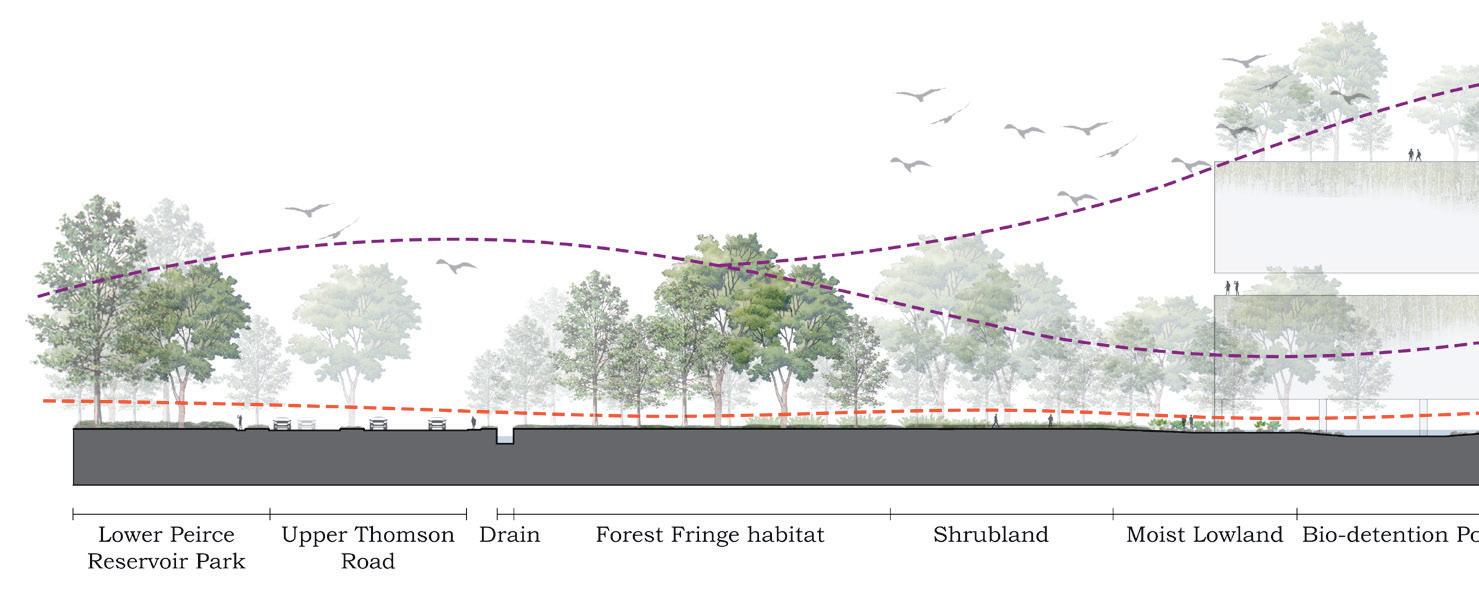
Second phase planting list (trees)

282
Ground fauna movement Lower Peirce Reservior Park Upper Thomson Road Forest fringe habitat Shrubland Moist lowland Bio-dentention pond Drain Section B-B
B B
SECOND AND THIRD PHASE - KEY TARGET SPECIES
Second
SECOND AND THIRD PHASE - KEY TARGET SPECIES
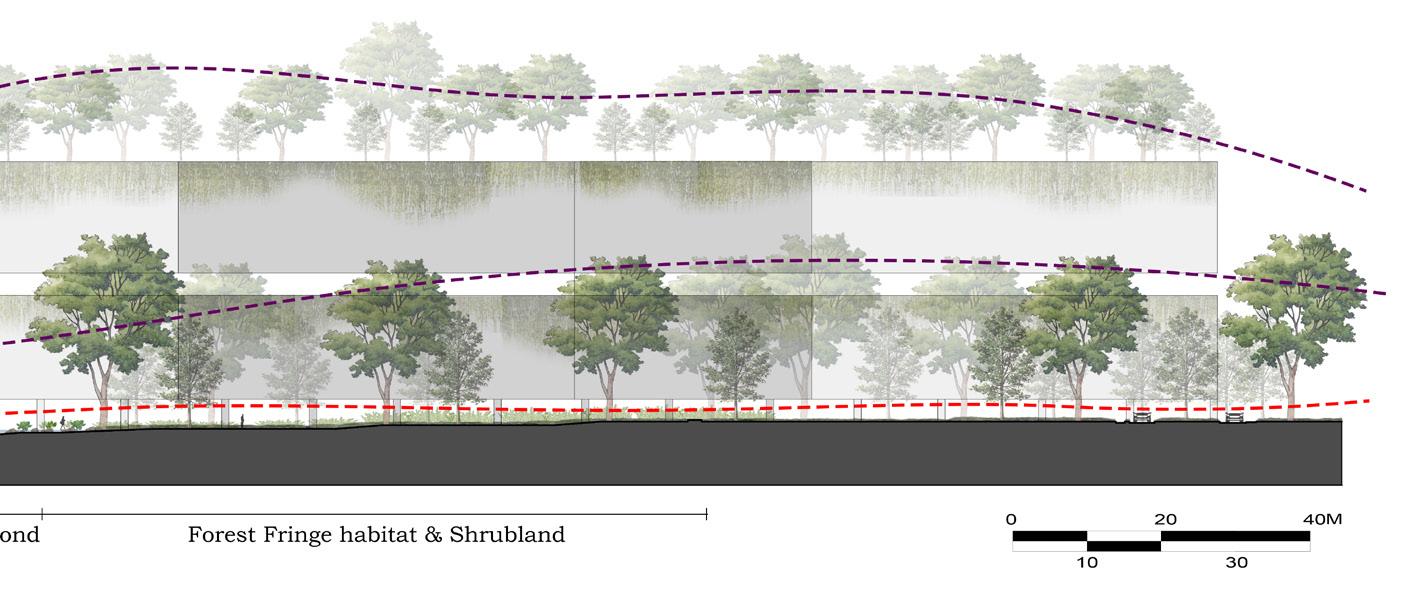
phase key target species
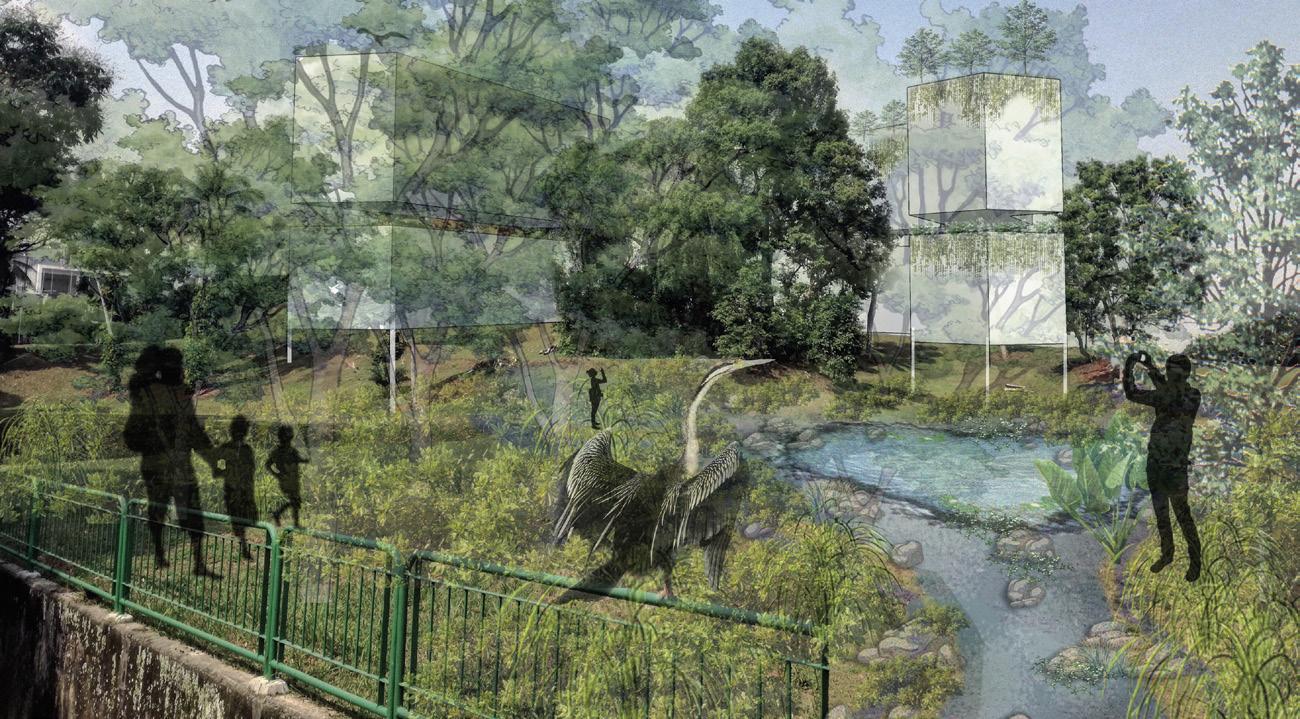
283 After Fauna species (urban adaptor) Types Ecological Status Status Requirements Habitat Active Oriental Pied Hornbill high flyer Uncommon local resident From LPR park Dense vegetation Carnivore Woody area/ Parks and Gardens Day Dollar Bird high flyer Common From LPR park Tall trees landing Insects eater Woody areaDay Greater Racket Tailed Drongohigh flyer Rare local resident From LPR park Dense vegetation Insects, fruits, nectar eater Woody areaDay Common Flameback low flyer Uncommon local resident From LPR park Dense vegetation Carnivore Woody area/ Parks and Gardens Day Olive-Winged Bulbul low flyer Common From LPR park Fruits eater Parks and Gardens / Disturbed Area Day Long-Tailed Macaque Uncommon local resident From LPR park Dense vegetation Omnivore, mainly fruits Woody area/ Parks and Gardens Day Common Palm Civet Uncommon local resident From LPR park Dense vegetation Omnivore, mainly fruits Woody areaNight Otters Uncommon local resident From BAMK park Wetland enviroment Carnivore Moist LowlandDay Snakes Common From LPR park Dense vegetation Carnivore Woody area/ Parks and Gardens Day & night From LPR parkWetland vegetation Moist LowlandDay & night From LPR parkWetland vegetation Moist LowlandDay & night ARBOREAL ANIMALS/GROUD ANIMALS
Birds Fauna species (urban adaptor) Types Ecological Status Status Requirements Habitat Active Oriental Pied Hornbill high flyer Uncommon local resident From LPR park Dense vegetation Carnivore Woody area/ Parks and Gardens Day Dollar Bird high flyer Common From LPR park Tall trees landing Insects eater Woody areaDay Greater Racket Tailed Drongohigh flyer Rare local resident From LPR park Dense vegetation Insects, fruits, nectar eater Woody areaDay Common Flameback low flyer Uncommon local resident From LPR park Dense vegetation Carnivore Woody area/ Parks and Gardens Day Olive-Winged Bulbul low flyer Common From LPR park Fruits eater Parks and Gardens / Disturbed Area Day Long-Tailed Macaque Uncommon local resident From LPR park Dense vegetation Omnivore, mainly fruits Woody area/ Parks and Gardens Day Common Palm Civet Uncommon local resident From LPR park Dense vegetation Omnivore, mainly fruits Woody areaNight Otters Uncommon local resident From BAMK park Wetland enviroment Carnivore Moist LowlandDay Snakes Common From LPR park Dense vegetation Carnivore Woody area/ Parks and Gardens Day & night From LPR parkWetland vegetation Moist LowlandDay & night From LPR parkWetland vegetation Moist LowlandDay & night ARBOREAL ANIMALS/GROUD ANIMALS
Birds
PHASE 3 MASTER PLAN
Framing Timeline - Integration

284

285
FRAMING TIMELINE - INTEGRATION
Design processes

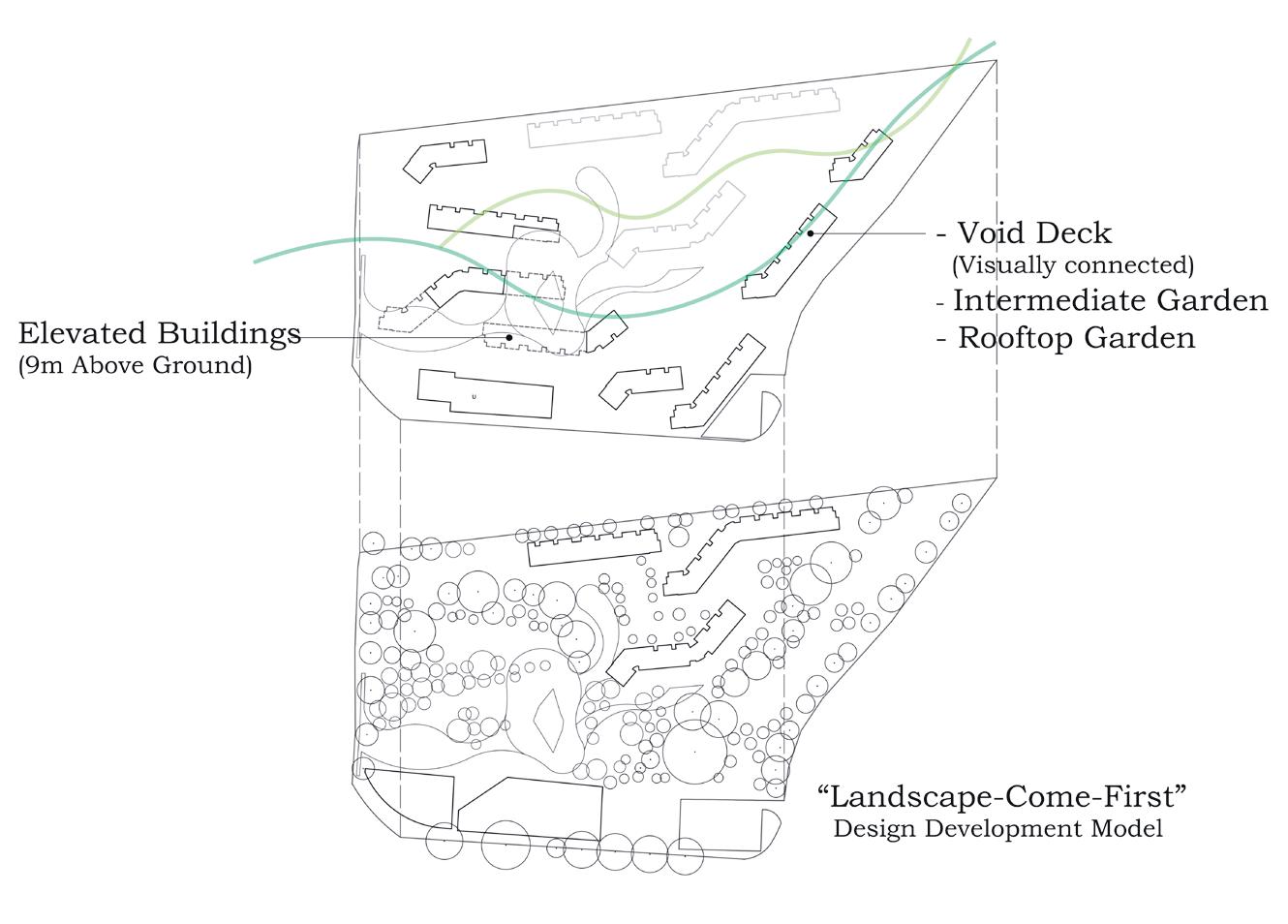
Elevated
-Void deck (Visually connected)


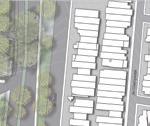

-Intermediate garden





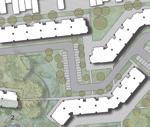
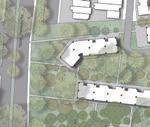

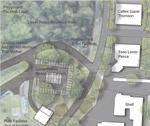
-Rooftop garden


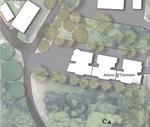
286
High flyers movement Ground fauna movement C C Section
C-C
buildings (9m above ground)
Lower Peirce Reservior Park Upper Thomson Road Forest fringe habitat Shrubland Moist lowland Bio-dentention pond Drain
“Landscape-comes-first Design development model


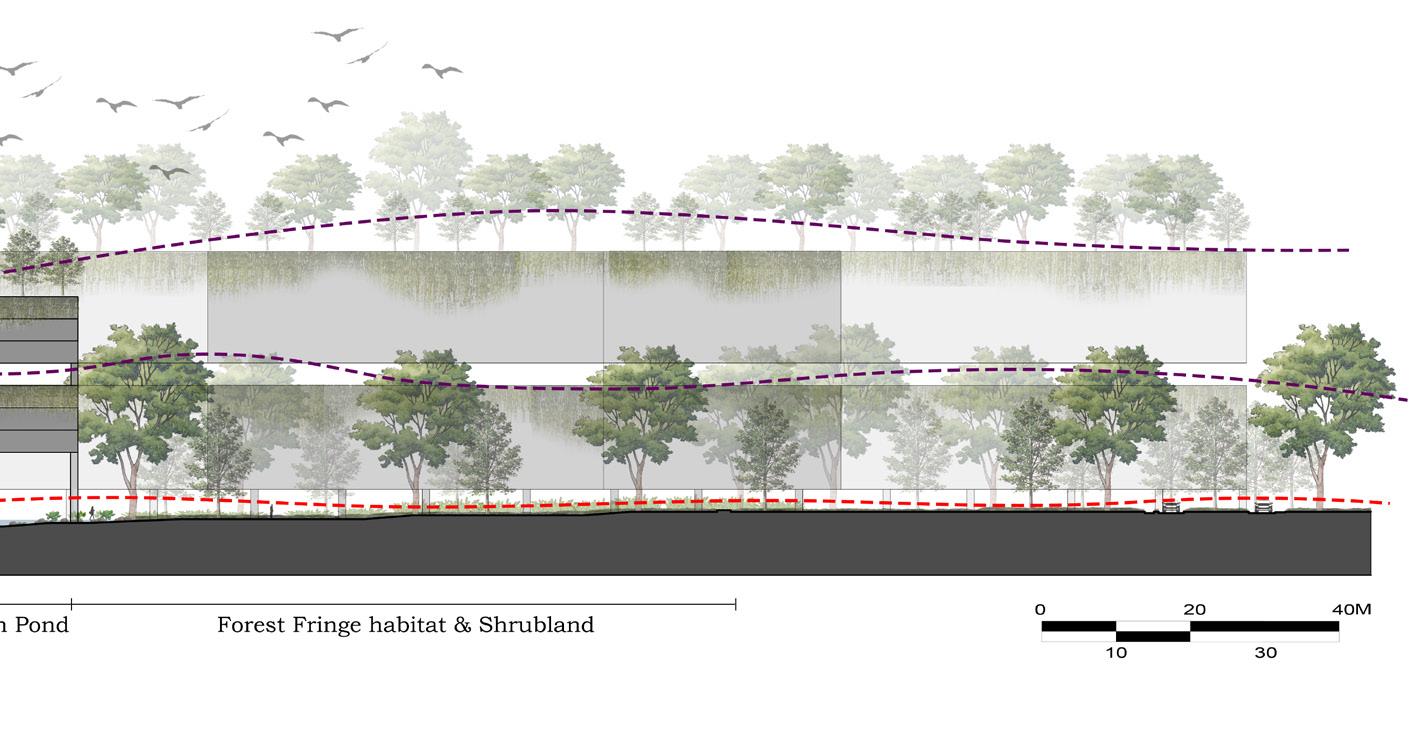
287 Before After pond
FRAMING TIMELINE

Landscape-comes-first, Strengthen human-nature connectivity Incubation
- Reforestation at LPRP provides better forest



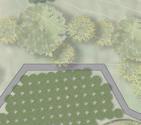
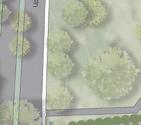
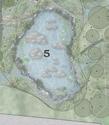
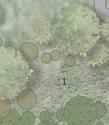

- All existing trees are retained and are unified whole

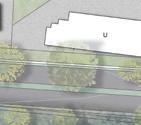


-Landscape-come-first development model enables humans-nature interaction
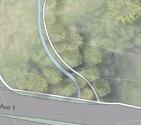
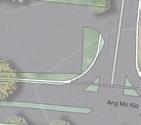


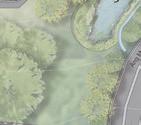
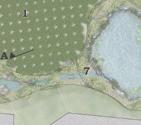
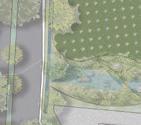
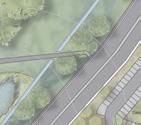







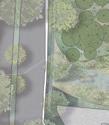



288
Habitation
forest depth habitat for a wider range of fauna. whole with habitats created to facilitate fauna movement. interaction with minimum disturbances to established ecosystems.






















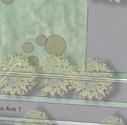



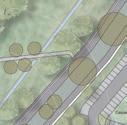


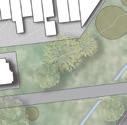

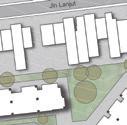
289
Integration


CLOSE TO NATURE: RECONCILED LANDSCAPE IN HDB
 SHAO Zhongran
SHAO Zhongran
Biophilia is an innately emotional affiliation of human beings to other living organisms. However, the unpredictable wild, including the undulating landforms, capricious animals and dense canopies can make people feel insecure. In the surrounding areas of Segar Road HDB, there is distinct segregation between forested areas and residential common spaces. The limited internal space of HDB has formed a strong contrast with the openness of green space adjacent to it. The project aims at creating reconciliation between human intervention and ecology restoration by bridging the gap between humans and nature by bringing people closer to nature and making the wild less intimidating. This is done by introducing two main strategies.
The first is enhancing the visibility and accessibility of the wild to eliminate the segregation between buildings and open space as well as extend human movement into a larger loop. The topography of an area about 0.54 hectares is manipulated in the periphery of building blocks. The rooftop of a carpark, as well as Zhenghua Park, is transformed to replace the original activity space among the blocks. Series of trails and programs including a community garden are proposed across the site, providing visual guidance and physical entrances to the wild for both residents and existing pipeline trail hikers.
The second strategy is inserting natural habitats into HDB green spaces. Native low-growing species are selected to attract birds, butterflies and small mammals such as squirrels on the current open grassland above the pipelines. Open activity spaces and greenery patches that are enclosed by the HDB blocks will be aggregated for breaking the landscape homogeneity and forest flora species will be introduced.
By guiding people to get close to nature and enhancing the connection of the existing habitats, the project envisions an interwoven landscape as well as a biophilic lifestyle in an urban environment.

SITE ANALYSIS
Site Selection






Vegetation Vegetated area with low biodiversity
Missing data

Positive correlation between vegetation and biodiversity
Negative correlation between vegetation and biodiversity
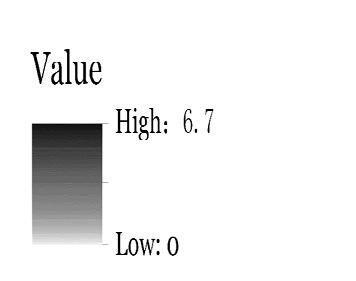
URA Planning
Distribution of Housing Types in Singapore

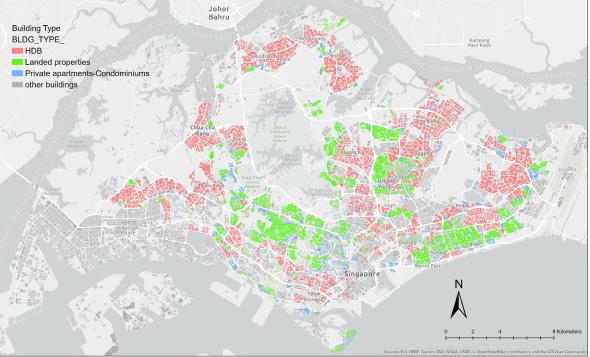
Area ≈ 16 hactares
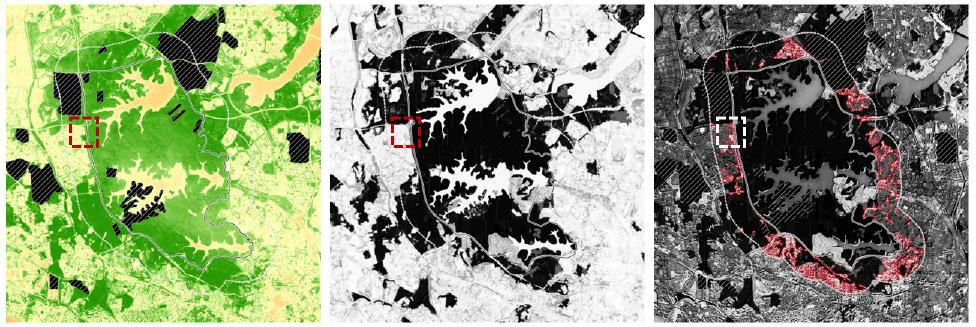
The site is located in the northeast of Bukit Panjang,next to KJE & BKE. It is mainly composed of dense HDB blocks and open green space of ZhengHua Nature Park. A distinct differentiation between nature and urbanized space is shown here.

292
Residential Commercial & Residential Open Space Park Sports & Recreation Waterbody Reserve Area Special Use
Missing data Vegetated area Unvegetated area
High: 6.7 Low: 0
High canopy (>10 m)
Low canopy (<10 m)
High shrubs (>3 m)

Low shrub (>0.3 m)
Lawn Drainage
Open activity space
Sheltered activity space
Corridor
Multi-storey car park
Railing
Barrier gate
Informal trail
293
Existing Tree Species
Undefined
Native species
Adinandra dumosa
Alstonia angustifolia
Calophyllum soulattri
Cyrtophyllum fragrans
Macaranga bancana
Pteleocarpa lamponga
Sandoricum koetjape
Shorea leprosula
Syzygium glaucum
Terminalia catappa
Tristaniopsis whiteana
Vitex pinnata
Exotic species
Agathis robusta
Agathis borneensis
Alstonia scholaris
Artocarpus heterophyllus
Callerya atropurpurea
Dalbergia oliveri
Delonix regia
Dipterocarpus baudii
Hopea odorata
Khaya grandifoliola
Khaya nyasica
Khaya senegalensis
Mimusops elengi
Pentaspadon motleyi
Saraca thaipingensis
Schizolobium parahyba
Shorea roxburghii
Sterculia foetida
History Map
The site remained underdeveloped and basically a natural state.
Survey and Interview
Road network formed. Drainage system established. Residential area emerged in the south of the site.


Segar Road HDB blocks were built up. Regional accessibility was enhanced.
Common Name
Tiup Tiup
Red-leaved Pulai
Malang-Malang
/
Tembusu Hutan
Tembusu Tikus
Santol
Lentang
/ Ketapang
Pelawan
Malayan Teak
/ Malayan Kauri
White Cheesewood
Nangka
Jenaris
Black Rosewood
Semarak Api

Bulu
Merawan Siput Jantan
Benin Mahogany
White Mahogany
African Mahogany
Bunga Tanjung
White Pelong-Tree Talan
Brazilian Fire-Tree
Temak
Kalupat
Family
Pentaphylacaceae
Apocynaceae
Calophyllaceae
Gentianaceae
Euphorbiaceae
Boraginaceae
Meliaceae
Dipterocarpaceae
Myrtaceae
Combretaceae
Myrtaceae
Lamiaceae (Labiatae)
Araucariaceae
Araucariaceae
Apocynaceae
Moraceae
Fabaceae (Leguminosae)
Fabaceae (Leguminosae)
Fabaceae (Leguminosae)
Dipterocarpaceae
Dipterocarpaceae
Meliaceae
Meliaceae
Meliaceae
Sapotaceae
Anacardiaceae
Fabaceae (Leguminosae)
Fabaceae (Leguminosae)
Dipterocarpaceae
Malvaceae
More infrastucture was built up. The extension of Zhenghua Nature Park was yet to establish.
Condos and new HDB were built up. An extension of Zhenghua park was opened.
294
space of residence
of
unsecured 1 2 3 4 5 6 7 8 9 10 11 12 13 14 15 16 17 18 19 20 21 22 23 24 25 26 27 28 29 30
internal
extension of Zhenghua Park linear corridor
Zhenghua Park


295 Visibility and Accessbility Streamlines Residents streamline Vehicle streamline Waterflow


DESIGN STRATEGIES
The overall goal of the design is creating reconciliation between human intervention and ecology restoration by bridging the gap between humans and nature to bringing people close to nature while making the wild less intimidating.
Strategy 1
Bringing people close to nature
Enhancing the visibility and accessibility of the wild to eliminate the segregation between buildings and open space as well as extend human movement into a larger loop. Providing visual guidance and physical entrances to the wild for both residents and existing pipeline trail hikers.



1.Manipulating the topography
The topography of an area about 0.54 hectare is manipulated in the periphery of building blocks, providing physical entrance to the residents.
298
Series of trails and programs including a community garden are proposed across the site, providing people with opportunities to experience in nature with different senses.


299
2. Replacing
The rooftop of a carpark, as well as Zhenghua Park, is transformed to replace the original activity space among the blocks, extending people’s movement into a larger loop.
3. Adding
Strategy 2
Bringing nature close to people
Inserting natural habitats into HDB green spaces.
1. Aggregating



Open activity space and greenery patches that are enclosed by the HDB blocks will be aggregated for breaking the landscape homogeneity. Biodiversity and the area of public space will be increased.


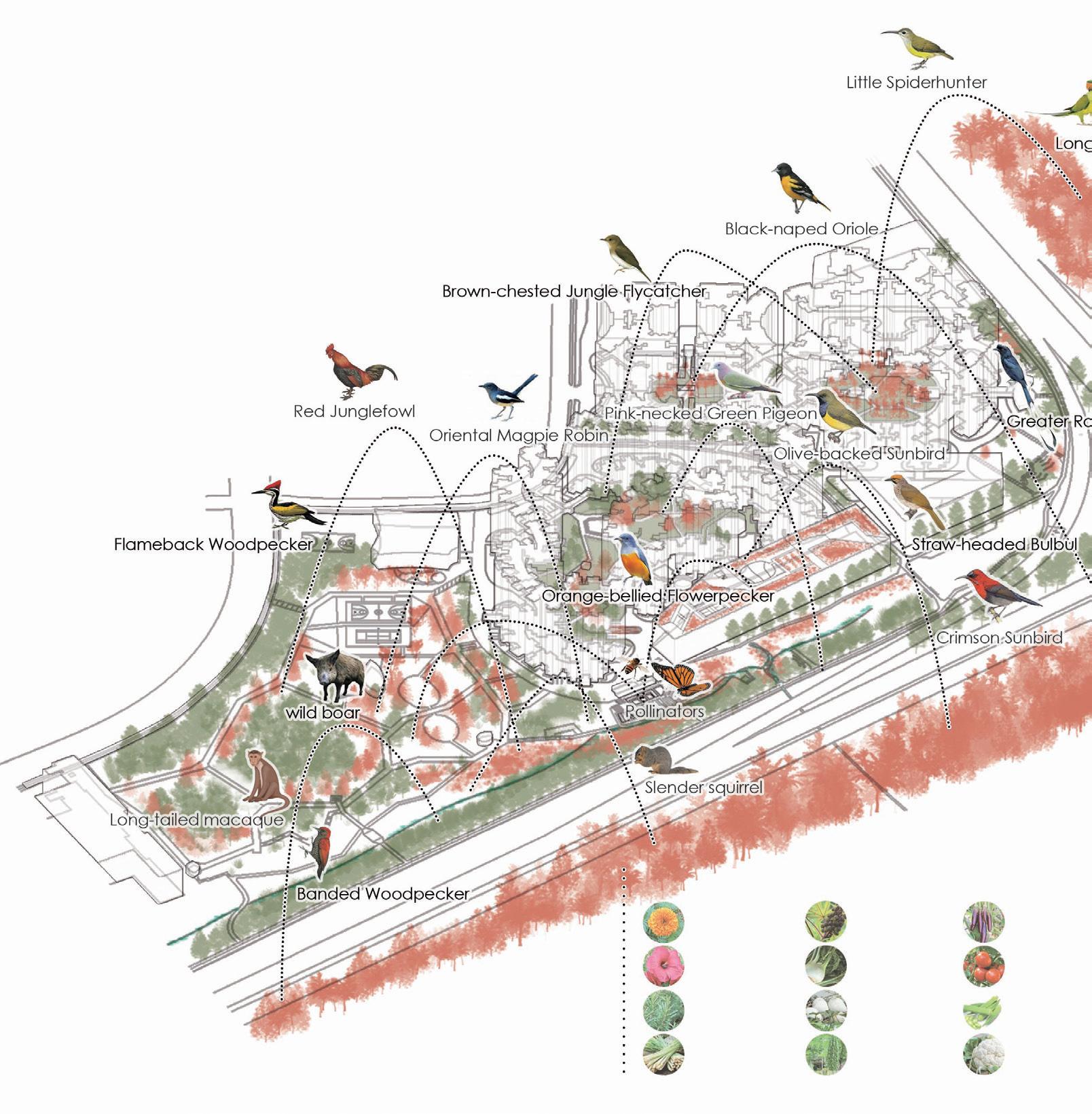
Scattered Large patches & corridors
marigold
hibiscus
rosemary
lemon grass
castor
fennel
ash gourd
bitter melon
eggplant
tomato
ladyfinger
cauliflower
300
2. Planting
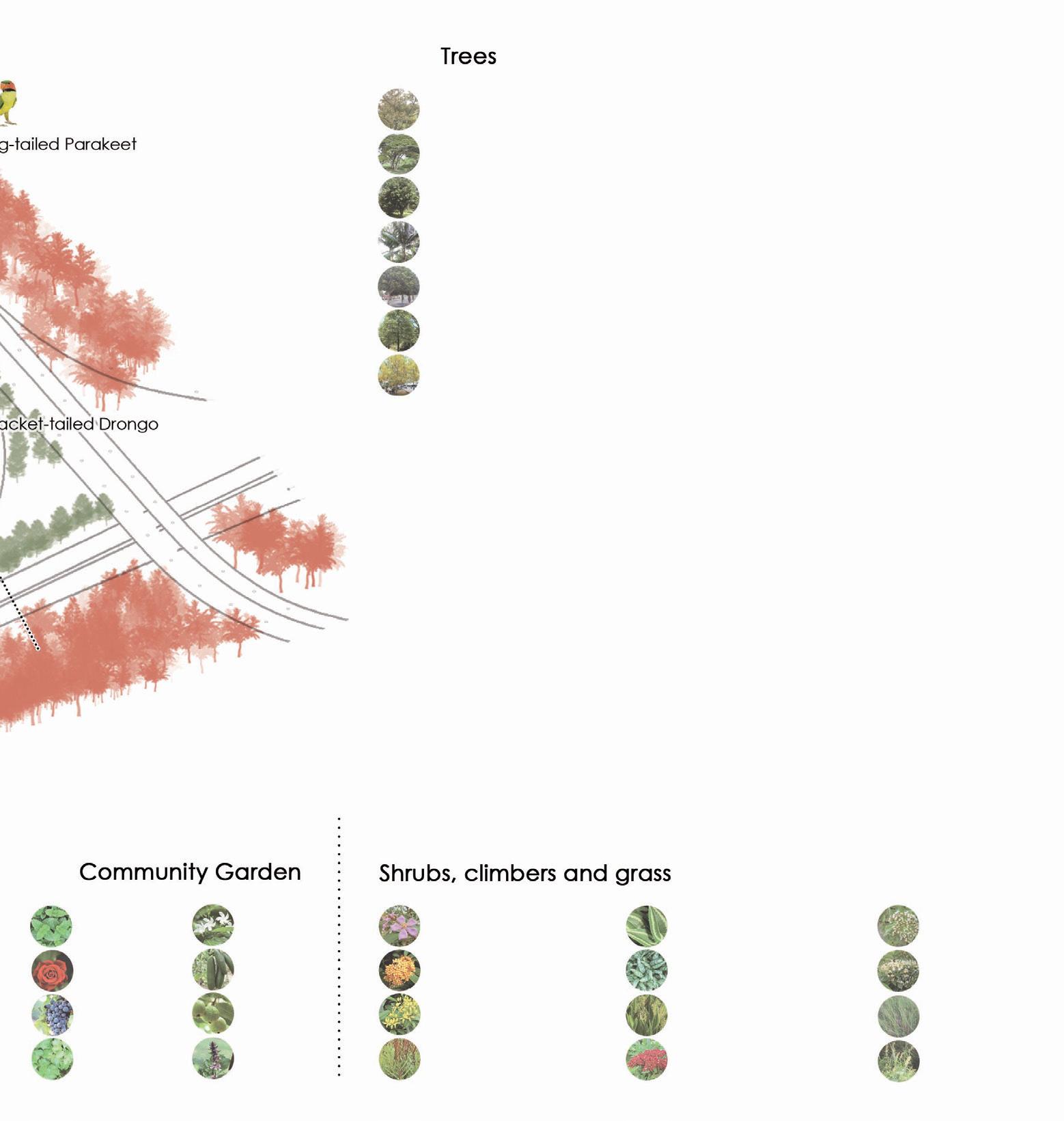
a). Native low-growing species are selected to attract birds, butterflies and mild mammals such as squirrels on the current open grassland above the pipelines.
b). The drainage is softened from a concrete and railed up one into an accessible vegetated one.
c). Native tree species extensively found on the other side of BKE are introduced into the space among the HDB blocks. Target bird species are supposed to be attracted.
301
ladyfinger cauliflower
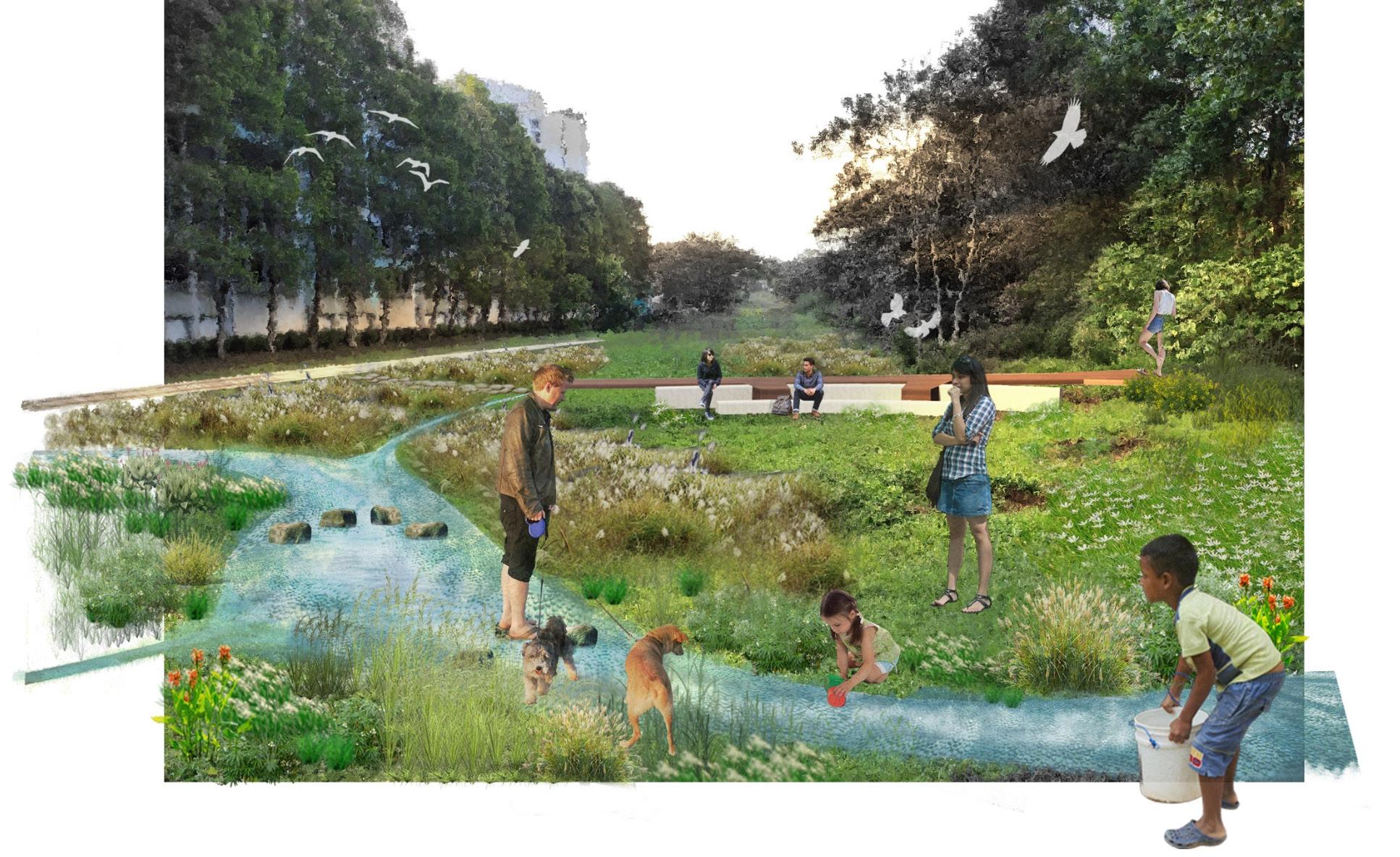
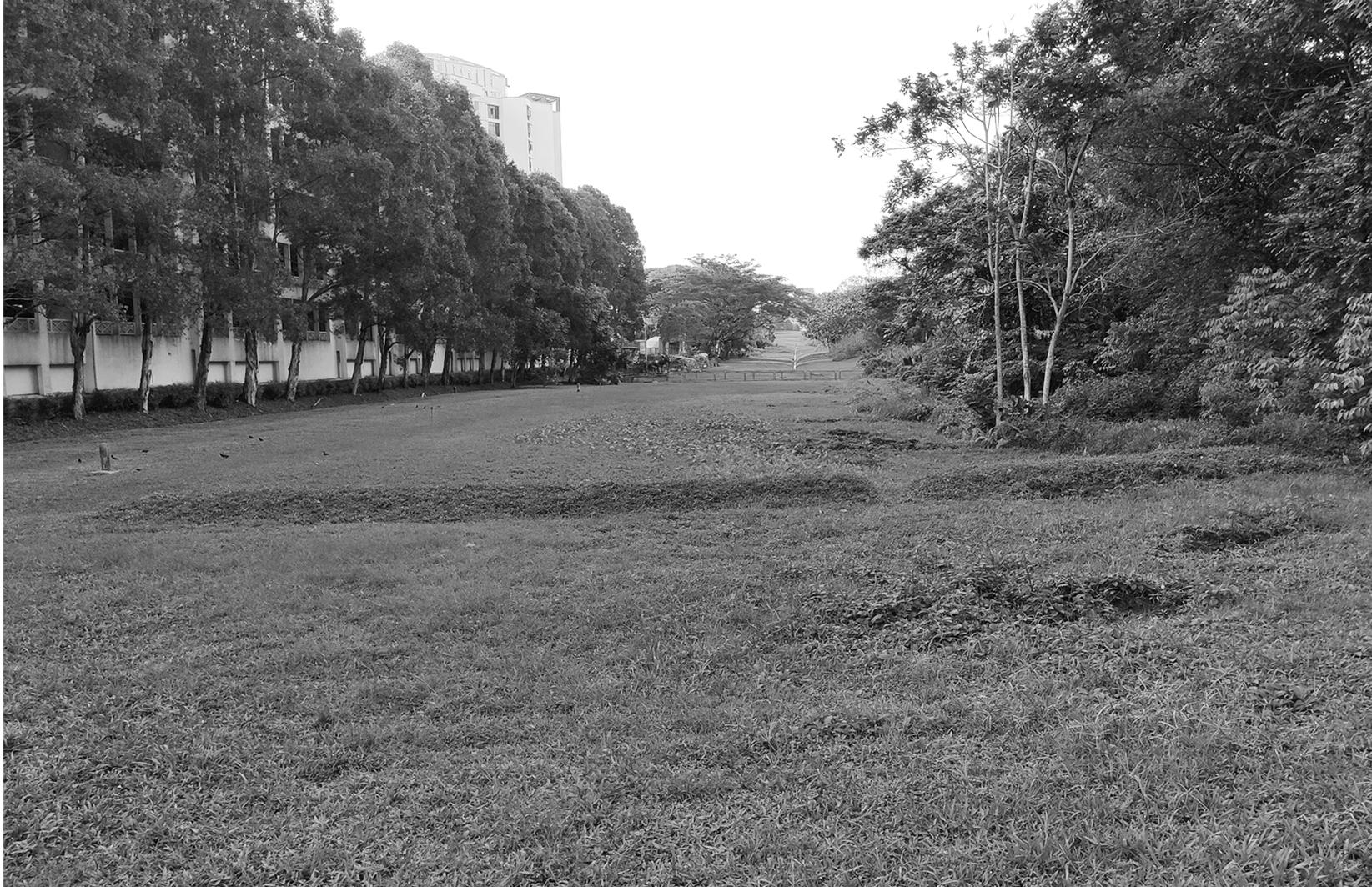
302

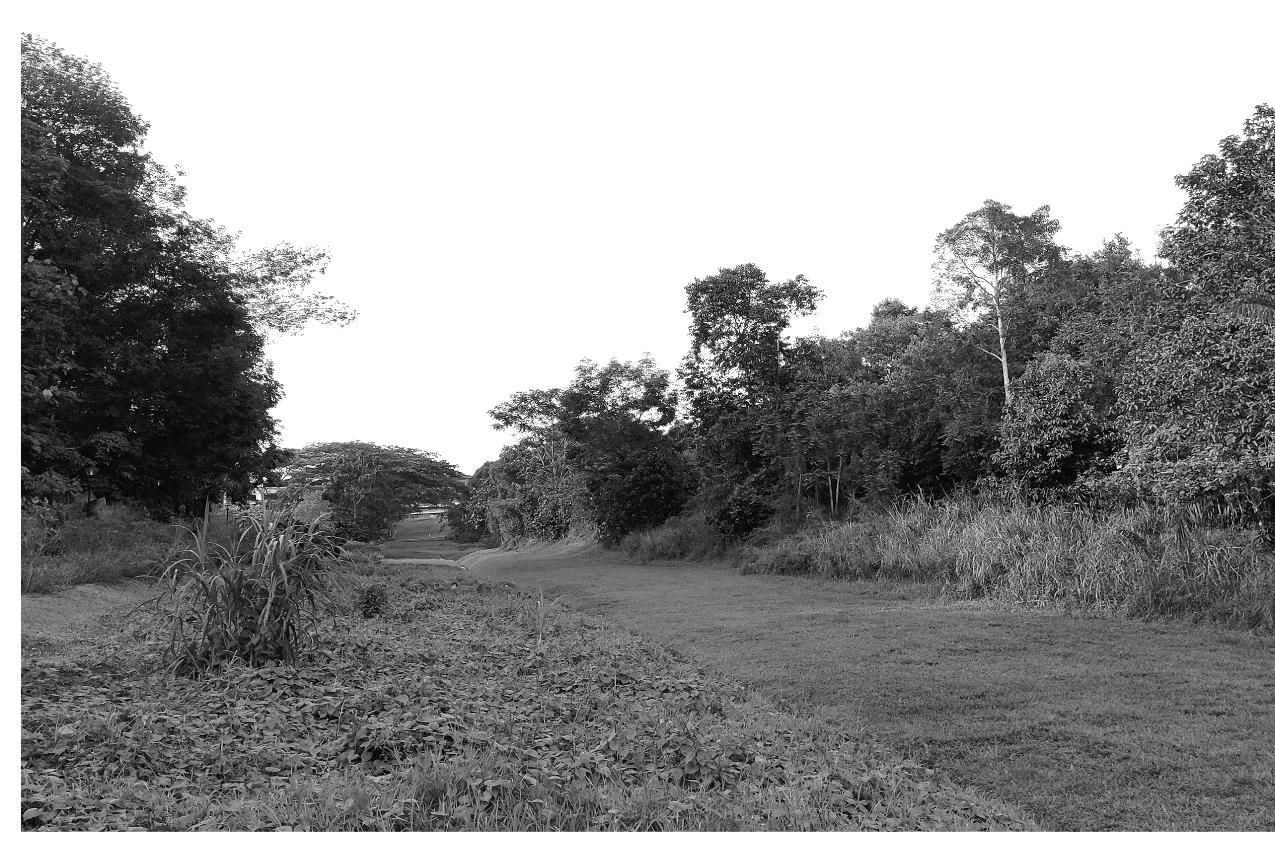


303
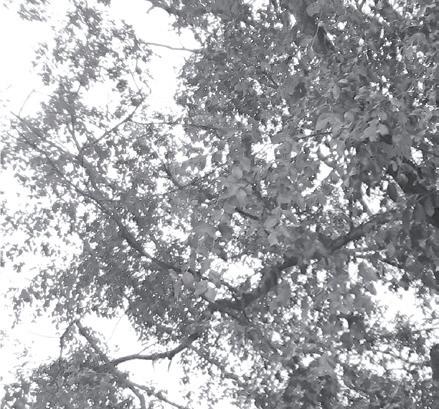

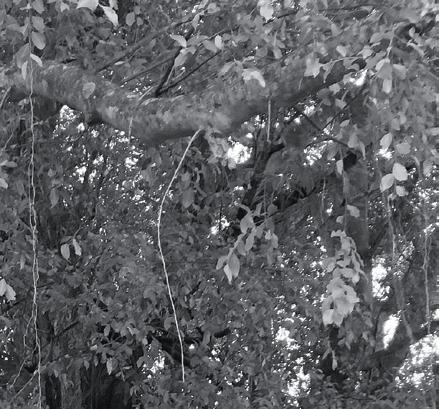
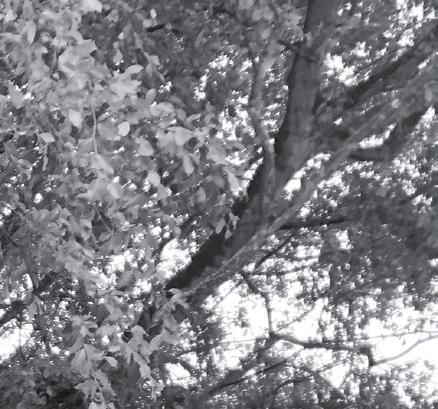
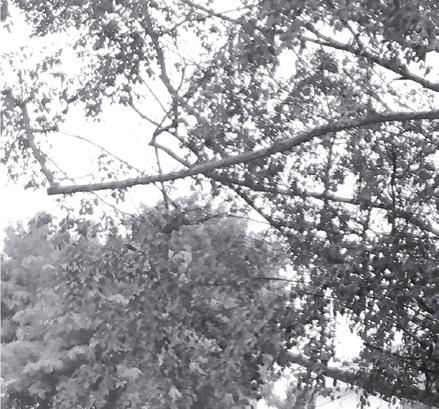
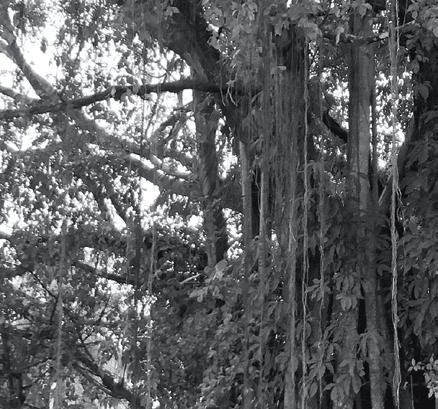

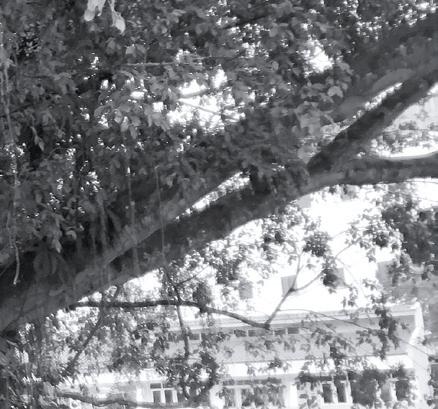





WILDLIFE IN THE YARDS: BREAK THE BARRIERS BETWEEN RESIDENCE AND WILD NATURE
Compared to other types of residential areas, the landed property is closer to the CCNR and has a higher green land rate per capita. Hence, land property residents might be more tolerant of wildlife. The first site is a 12-hectare residential area on the north-east part of the CCNR 1-kilometer buffer, near endangered Nee soon swamp. The second site Windsor Park Property has a dynamic housing form that sits on an undulated terrain and surrounded by Windsor Natural Park. Having faced intense urban expansion pressure, biodiversity has decreased on the edges of these two residential areas. Therefore, the two projects explore how to reconnect the urbanized environment and nature, making the residents and wild nature live in harmony.
The first project focuses on encouraging wildlife movements and minimizing the disservices of wild nature by mitigating human-wildlife conflicts. The first strategy is to break the current barriers, by naturalizing the existing concrete canal, enlarging the road tree canopy, and de-fencing the private residential area. The second strategy is to design new housing typologies. Some mature plants will remain, while more animal-friendly plants will be introduced to provide a movement corridor. Furthermore, new land properties will be built with a second-story viewing deck which is connected with a treetop boardwalk for residents’ to walk and observe wildlife.
The second project is to take advantage of the site’s unique topography and create a rich vegetation landscape. The first strategy is to enable residents to experience the beauty of ecological gardens by the restoration of the public space(roads, edge, playground). The second strategy is to utilize the private spaces that are underutilized due to the complex terrain as a semi-public space that supports local habitats as well as recreational areas in daily life. Consequently, the last strategy is to suggest a better yards plan for residents and promote native and useful plants.
The projects aims to allow residents to appreciate the wild nature that is around them. As time goes by, residents or their later generations will invite nature to their home. It can be a typical module for further sustainable residential developments in Singapore and finally achieve the goal for Rewilding.
Zhong Yixin & Zhang Bingqian
EXISTING SITE CONDITION
Site location

URA planning
Existing site condition
Gardening plants Street tree Grass turf
Scrubland
The site is a 12-hectare residential area on the north-east part of the CCNR 1-kilometer buffer, near endangered Nee soon swamp.
Nephelium lappaceum(Hairy Lychee)
Musa acuminata(Banana)
Durio zibethinus (Durian)
Cocos nucifera(coconut)
Artocarpus heterophyllus (Jackfruit)
Adonidia merrillii (Christmas Palm)
Syzygium polyanthum Pterocarpus indicus(Sena)
Ficus benjamina(Malayan Banyan)
Cassia fistula(Golden Shower)
Planchonella obovata (Menasi)
Peltophorum pterocarpum (Jemerlang Laut)
Neolitsea cassia
According to URA planning, the current central green space in this residential area will be constructed into new land properties.


Canal Surfaceflow Underground drainge Semi-fence Contrete fence
1-storey house
2-storey house
3-storey house
4-storey house
Residential area(URA)
Land properties will be demolished
306
Reserve site Residential Residential with commercial at 1st story Special use Park
AND
Survey of the residential area

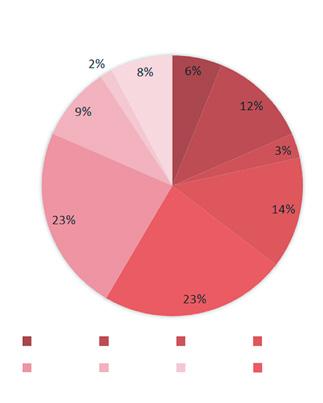



Research: Disservice elements in tropical forests

307 SURVEY
RESEARCH
KINDS OF ENCOUNTERED ANIMALS ACCEPTANCE LEVEL OF WILDLIFE MAIN ACTIVITIES IN RESIDENTIAL AREA ANIMALS CAN BE ACCEPTED disinterest all acceptable stay at home runnning slightly acceptable slightly unacceptable unacceptable planting dog-walking neutral walking to reservior walking around monkey monkey boar boar rooster rooster birds birds butterfly butterfly lizard lizard snake snake
BARRIER ANALYSIS
Urban barriers for ground animals
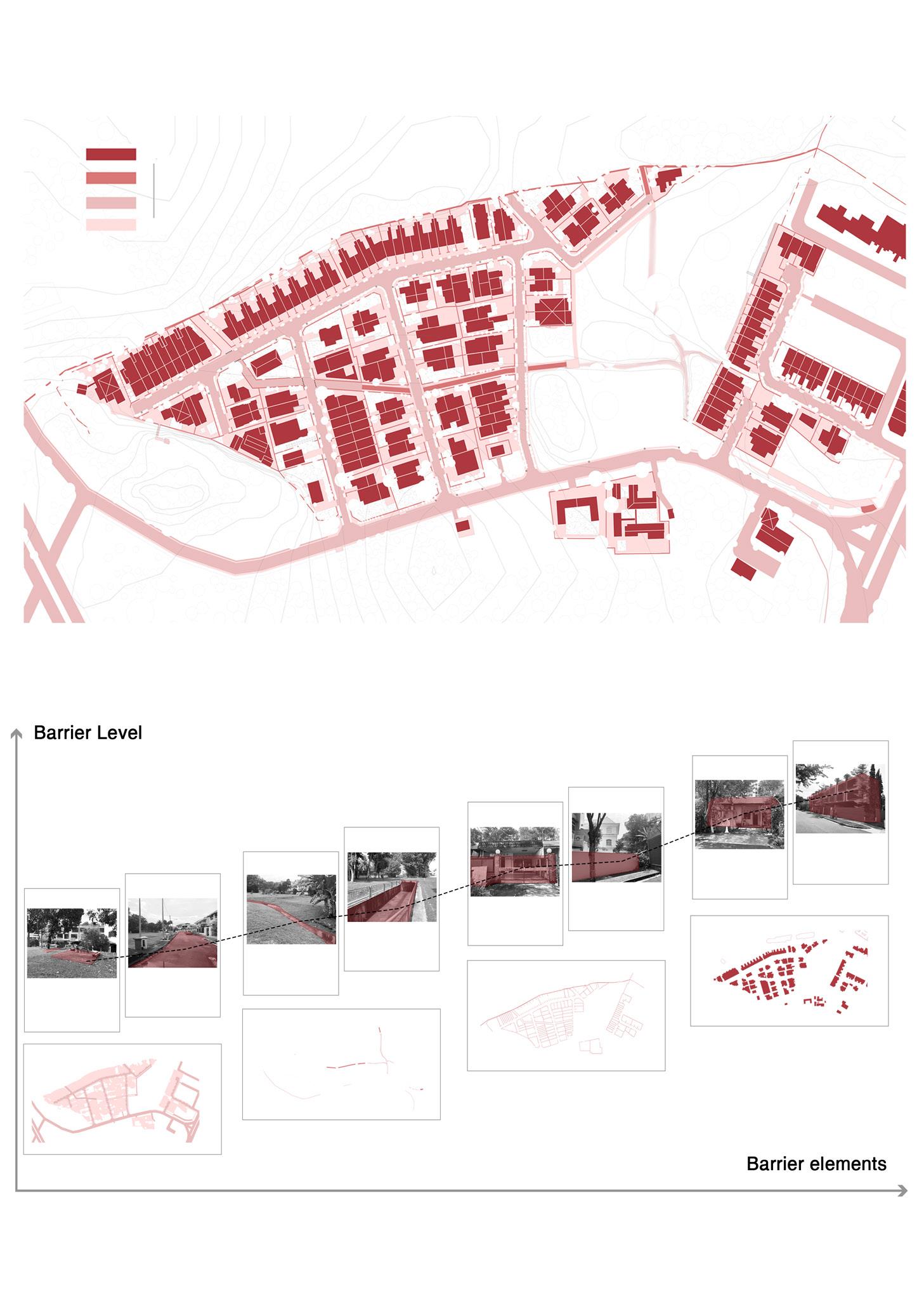
308
High Low Hardscape Hardscape Concrete road Concrete fence Low building High building Semi-fence Surface flow Canal Water Fence Building
Urban barriers for birds
Various barriers such as road, buildings, canal, fence have cut off the communication between wild nature and human, which resulted in a residents’ low interest and affinity for nature.

309
Hardscape Concrete road Concrete fence Low building High building Semi-fence Surface flow Canal Hardscape Water Fence Building High Low
CHARACTERISTICS OF CURRENT STREAM
Canal-overground
Canal-underground
Surface flow
Drainage-underground

Pipeline
Water direction
310
DESIGN VISION
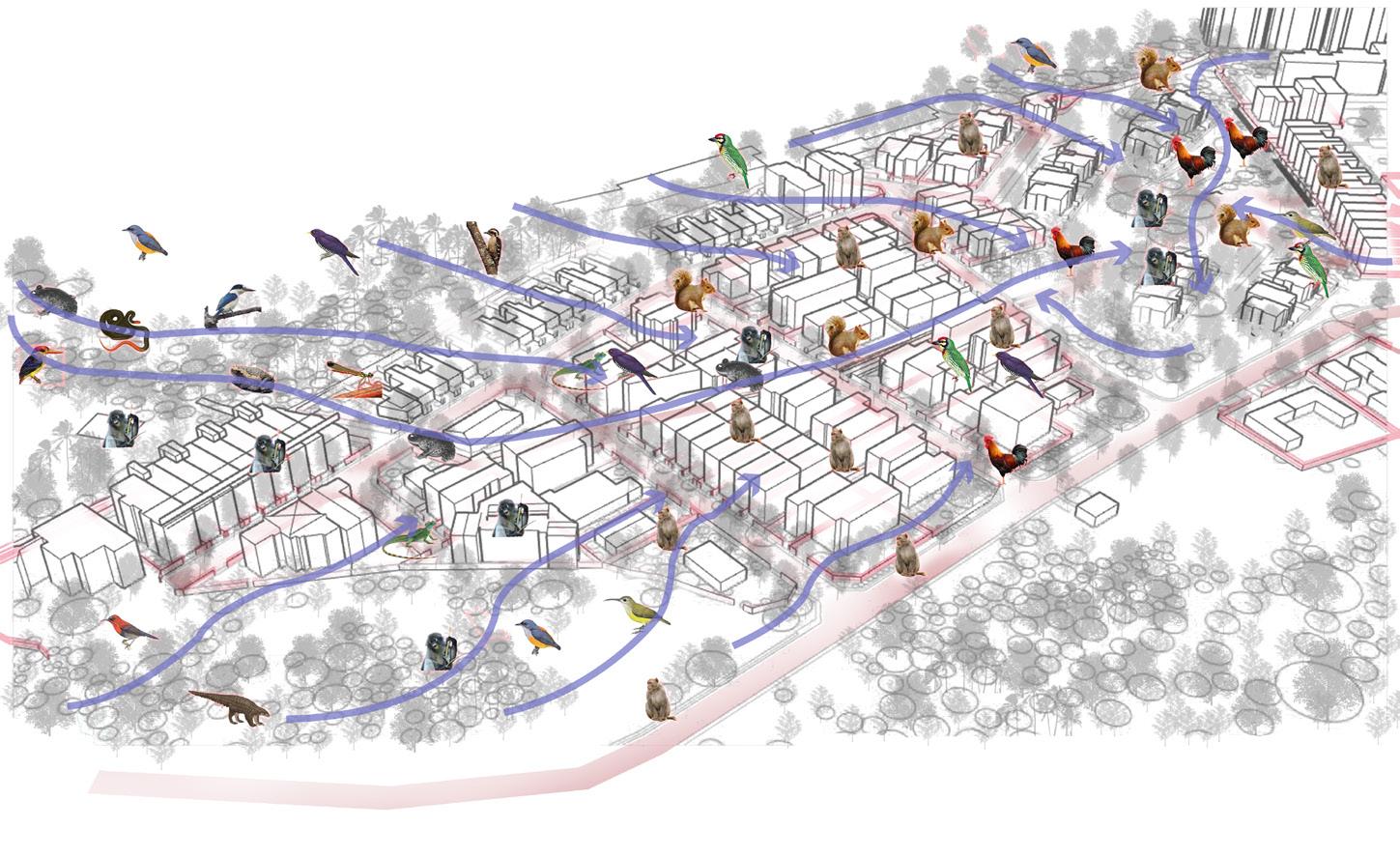
Wildlife distribution (before)
Break the barriers between human and wild nature
Wildlife distribution (after)

311
MASTER PLAN
1.Nee soon stream
2.Small pond
3.Nature fence in residential area
4.New land properties

5.2nd storey tree top broadwalk
6.Viewing deck
7.Community forest garden
Nephelium lappaceum(Hairy Lychee)
Musa acuminata(Banana)
Durio zibethinus(Durian)
Cocos nucifera(coconut)
Artocarpus heterophyllus (Jackfruit)
Adonidia merrillii(Christmas Palm)
Artocarpus rigidus Blume
Syzygium polyanthum
Pterocarpus indicus(Sena)
Ficus benjamina(Malayan Banyan)
Planchonella obovata(Menasi)
Peltophorum pterocarpum(Jemerlang
Neolitsea cassia
Samanea saman(Rain Tree)
Ficus microcarpa
Cassia fistula(Golden Shower)
312
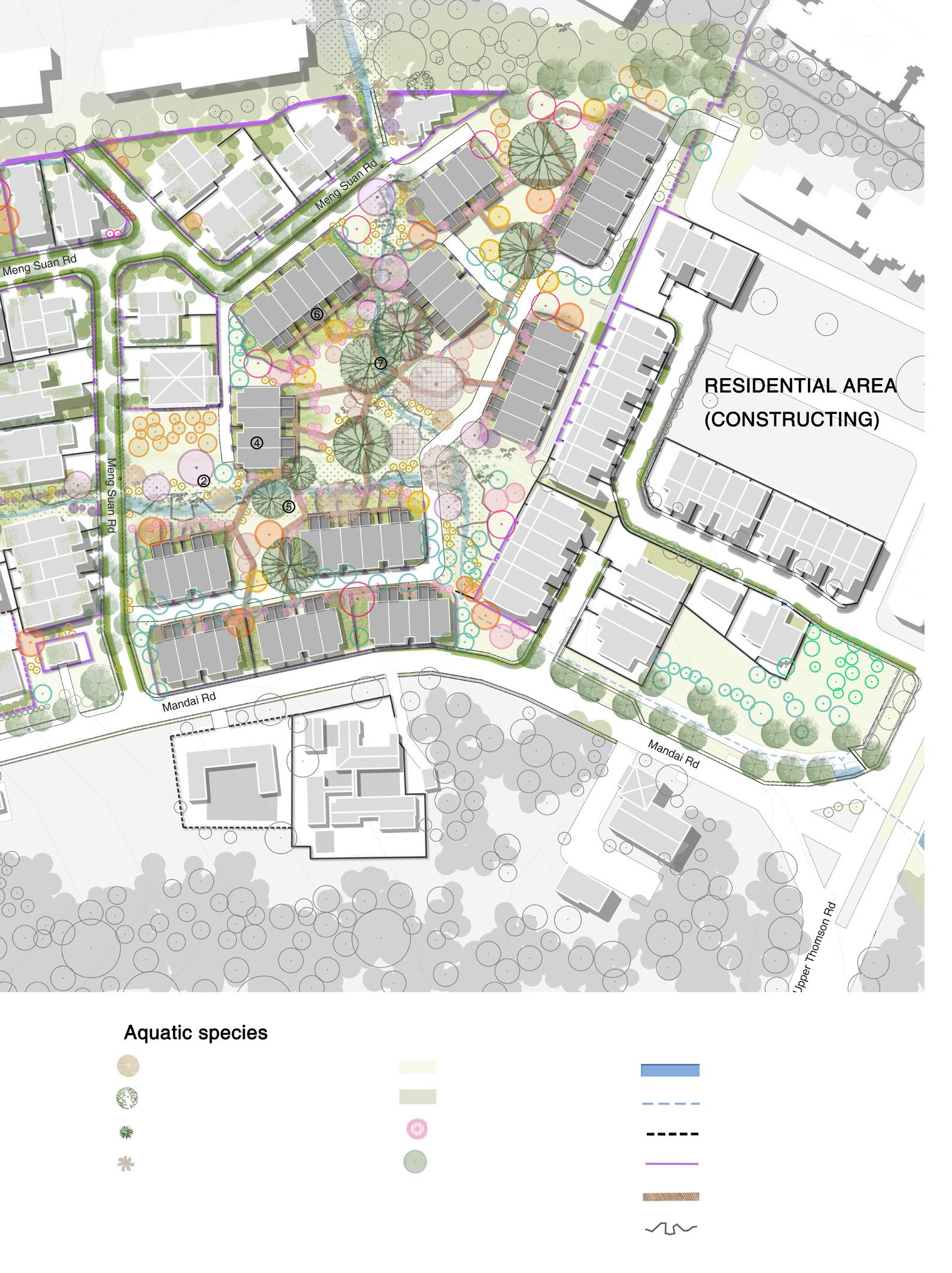
313
Banyan) (Jemerlang Laut)
STRATEGY 01

314
House House House Haha wall House Hedge wall Hedge wall Hedge wall Natural stream Natural stream House Private garden Private garden Private garden Underground canal Road Private garden Private garden Private garden Open green space Open green space Canal Canal Pavement Pavement Pavement Pavement Open green space Open green space Retention pond
NATURALIZE THE CONCRETE CANAL
ENLARGE THE ROAD TREE CANOPY

DE-FENCING THE PRIVATE RESIDENTIAL AREA
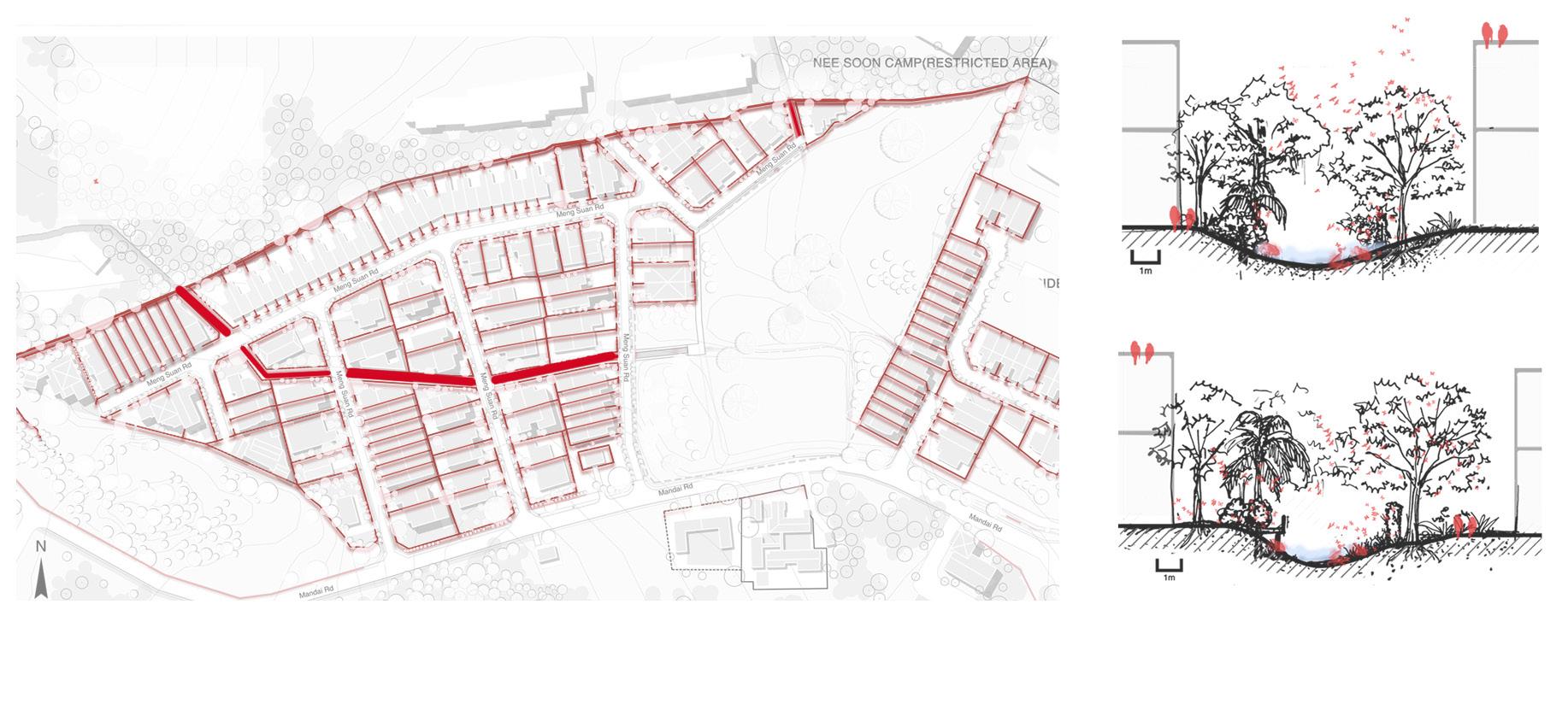

315
Larger canopy tree
House Haha wall
House Hedge wall Natural stream
Natural stream Private garden
Private garden
Green roof Green roof Walkway Widen flower bed Animal food tree
Hedge fence Fence with ferns Shrub fence
Natural stream fence
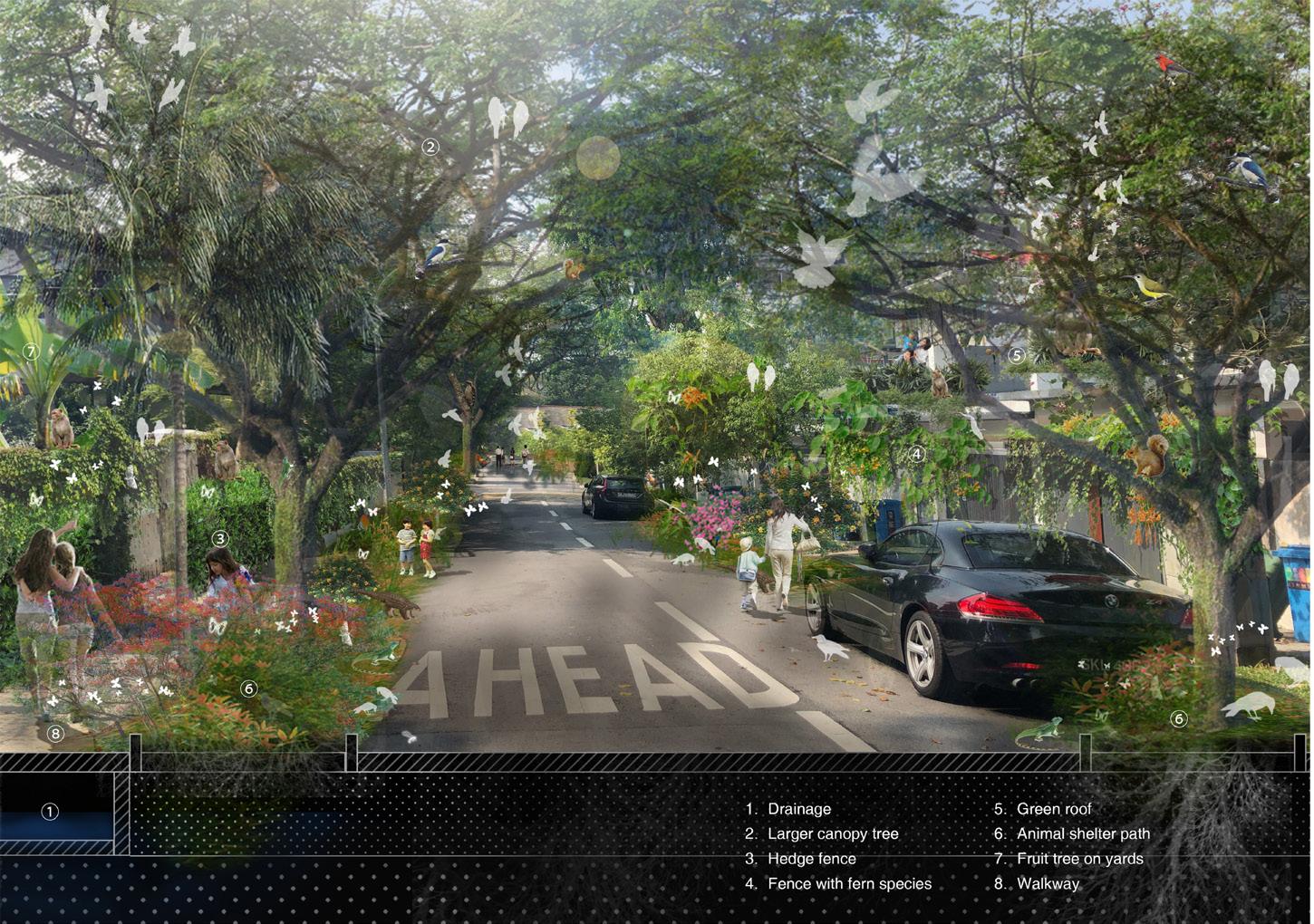


316 BEFORE AFTER


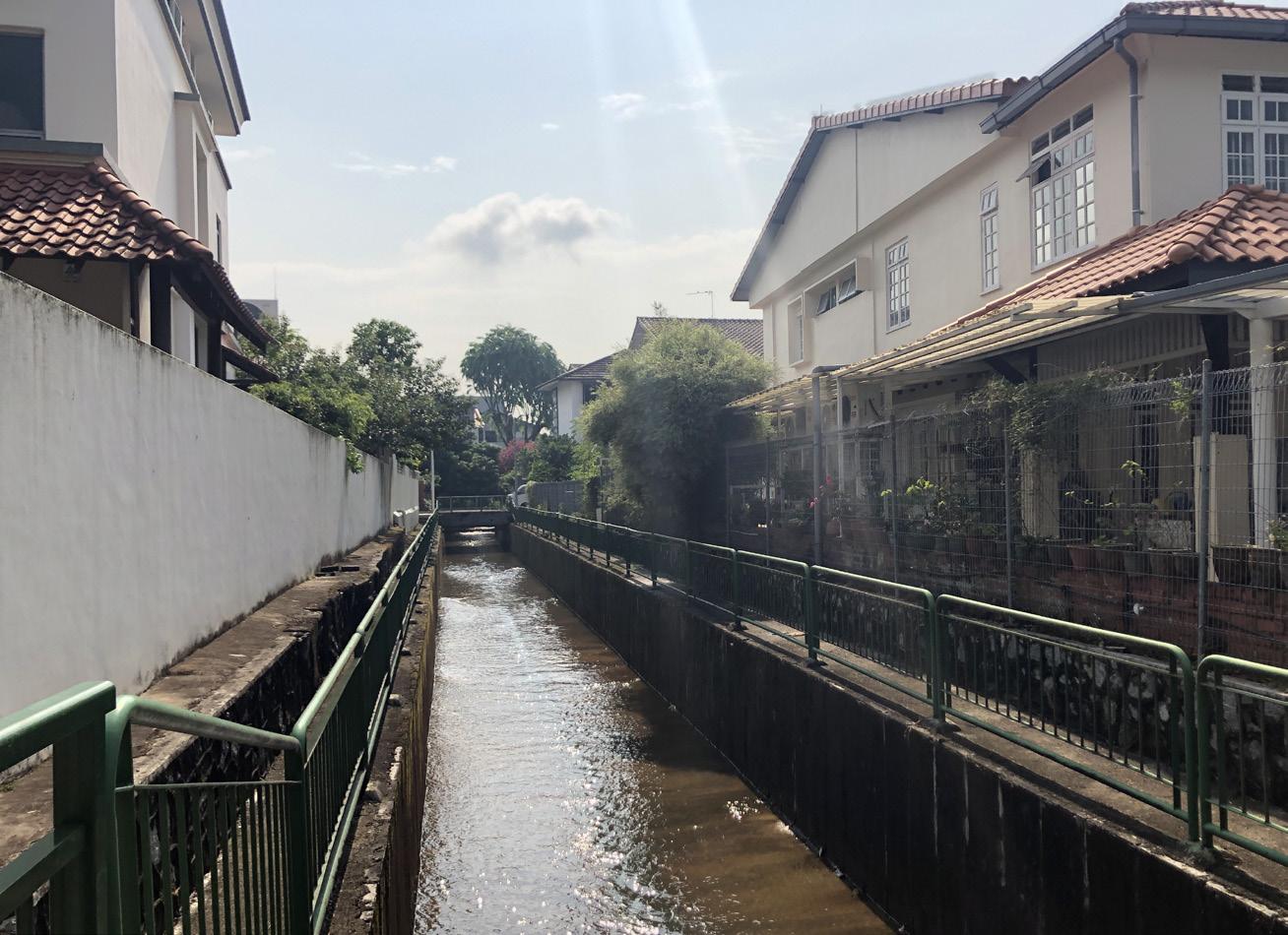
317 BEFORE AFTER
STRATEGY 02
Design new housing typologies




1.Highlight
a
2.Buffering the waterflow and existing planting species while introducing more valuable plant species to provide a movement corridor that can attract wildlife.
318
the existing huge canopy trees and surface waterflow to be kept as
permanent green area.
3.New land properties and some paths will be built on the remaining ground part.
4. Layouting the 2-story boardwalk for residents’ walking and observation of the wildlife.
Water
Underground drainge
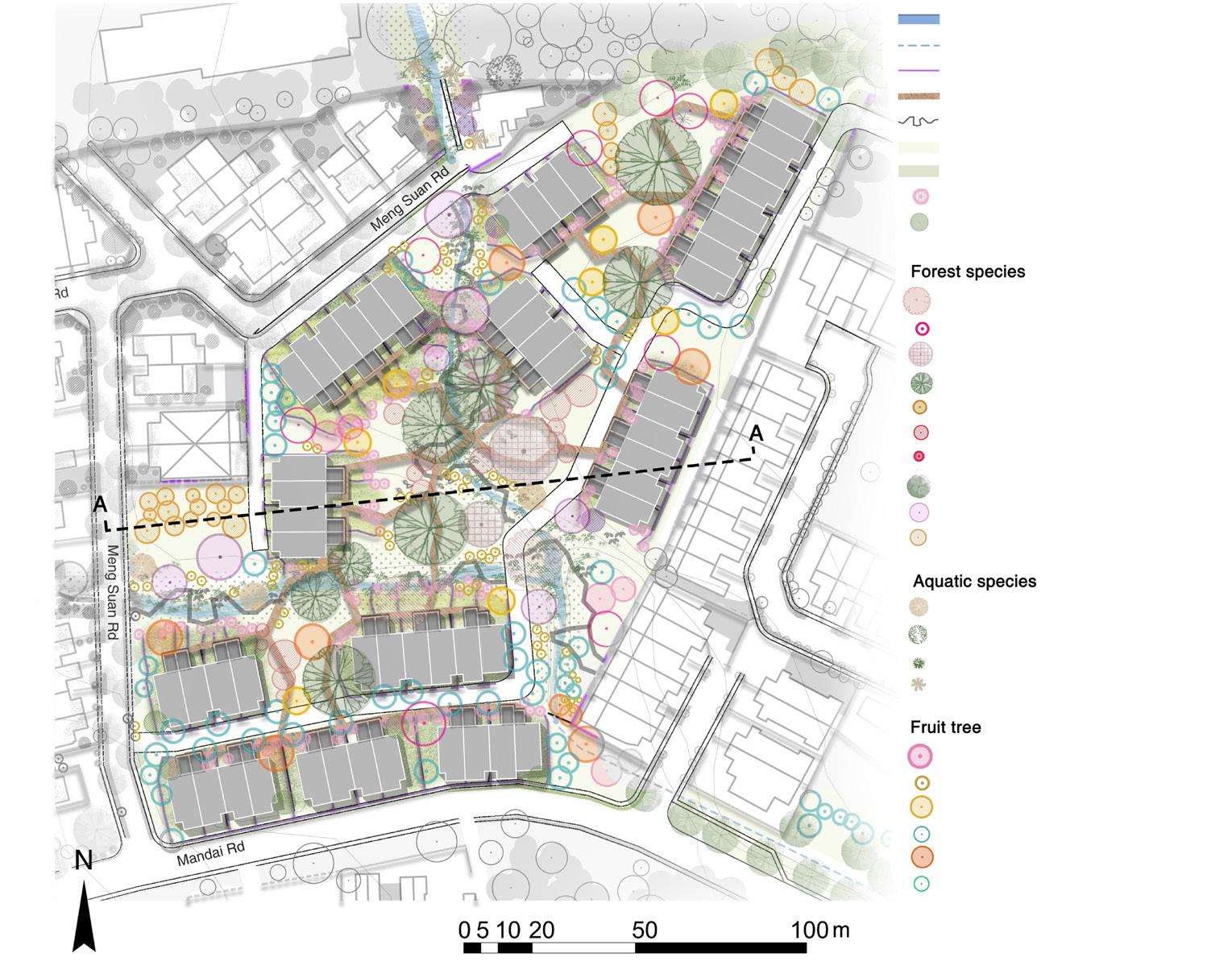
New style fence
Treetop walk
Boardwalk
Grass turf
Scrubland
Shrub fence

Gardening plants
Artocarpus rigidus Blume
Syzygium polyanthum
Pterocarpus indicus(Sena)
Ficus benjamina(Malayan Banyan)
Planchonella obovata (Menasi)
Peltophorum pterocarpum(Jemerlang Laut)
Neolitsea cassia
Samanea saman(Rain Tree)
Ficus microcarpa
Cassia fistula(Golden Shower)
Syzygium cumini(L.)
Ficus fistulosa
Leea guineensis ‘ Burgundy’ Chinnamomum iners
Nephelium lappaceum(Hairy Lychee)
Musa acuminata(Banana)
Durio zibethinus(Durian)
Cocos nucifera(coconut)
Artocarpus heterophyllus (Jackfruit)
Adonidia merrillii(Christmas Palm)
319

Gentle slope Sparse planting

DISTANCE BETWEEN CCNR AND RESIDENTIAL AREA




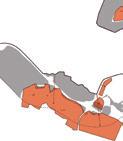


HISTORYLINE
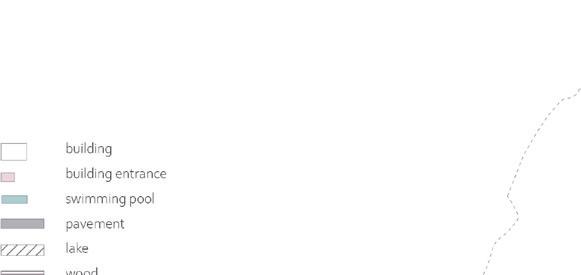

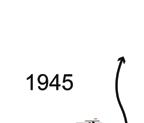
WINDSOR NATURE PARK

VILLAS DEVELOPTED IN DIFFERENT TIME


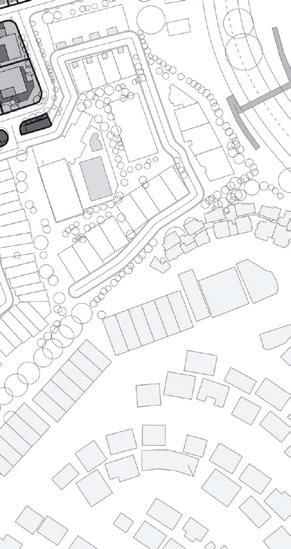




Originally, parks and grounds were planted





pine tree
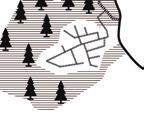
road tree
pine tree shade tree shade

distribution
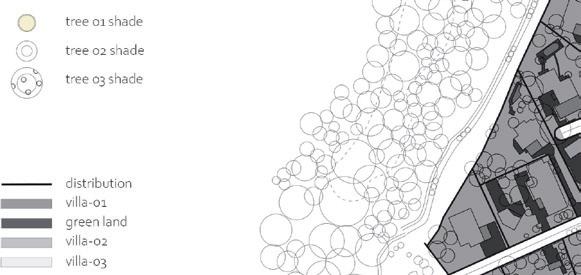




villa_type 01
pavement

villa_type 02

villa_type 03



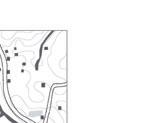

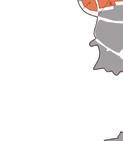


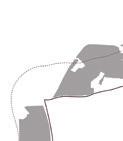
322
POTENTIAL AREA FOR WILDLIFE
FIND POSSIBLE PLACE TO BUILD HABITATS
POTENTIAL AREA=TOTAL AREA-HOUSES-ROADS-PAVEMENT -SWIMMINGPOOL-PUBLIC EQUIPMENTS MAINLY=PLAYGROUND+BACKYARDS+FRONTYARDS+ROADSIDES UNDERUTILISED PLACES

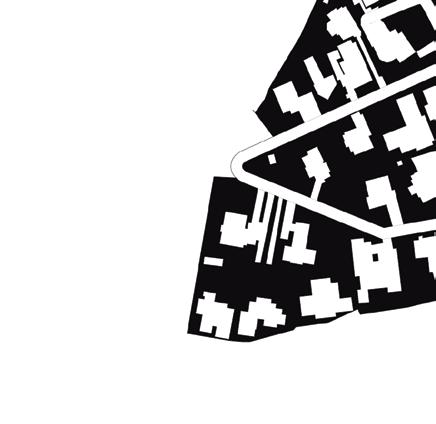


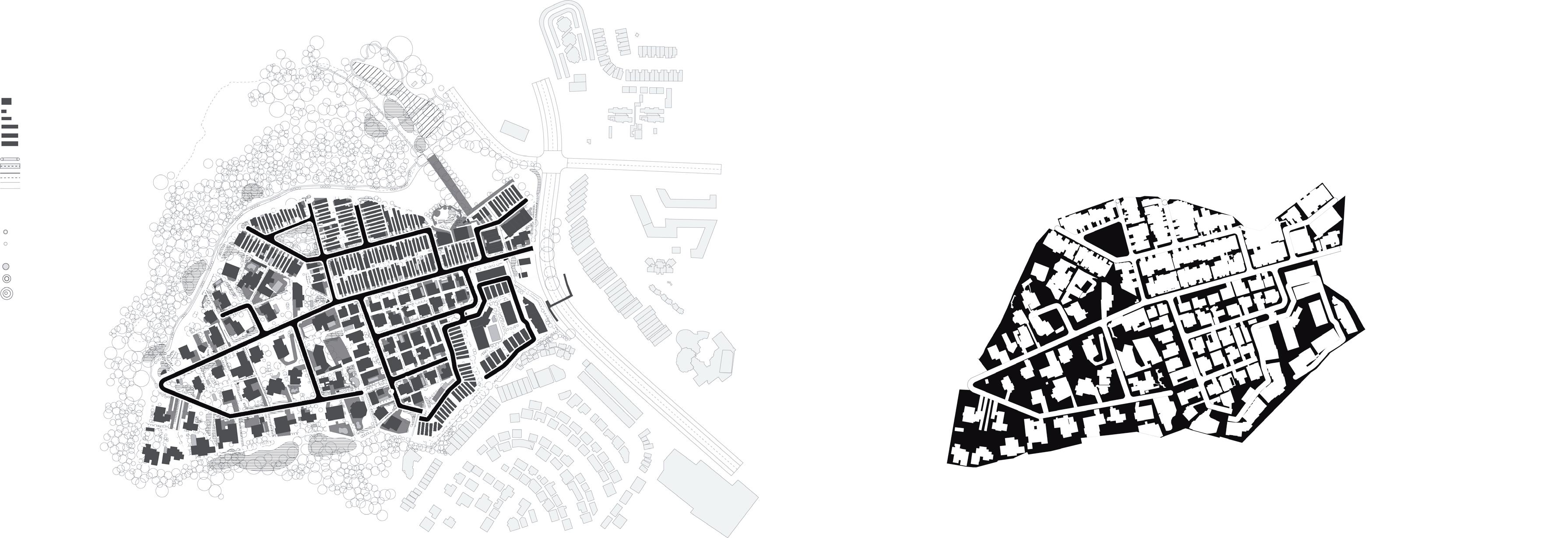
POTENTIAL CONSTRUCTED POTENTIAL CONSTRUCTED





ROADS HOUSES PATHWAY PAVEMENT SWIMMINGPOOL ROADSIDES ROADS MOTORROADS PATH TREES BUFFER AREA
TREE ANALYSIS


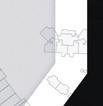


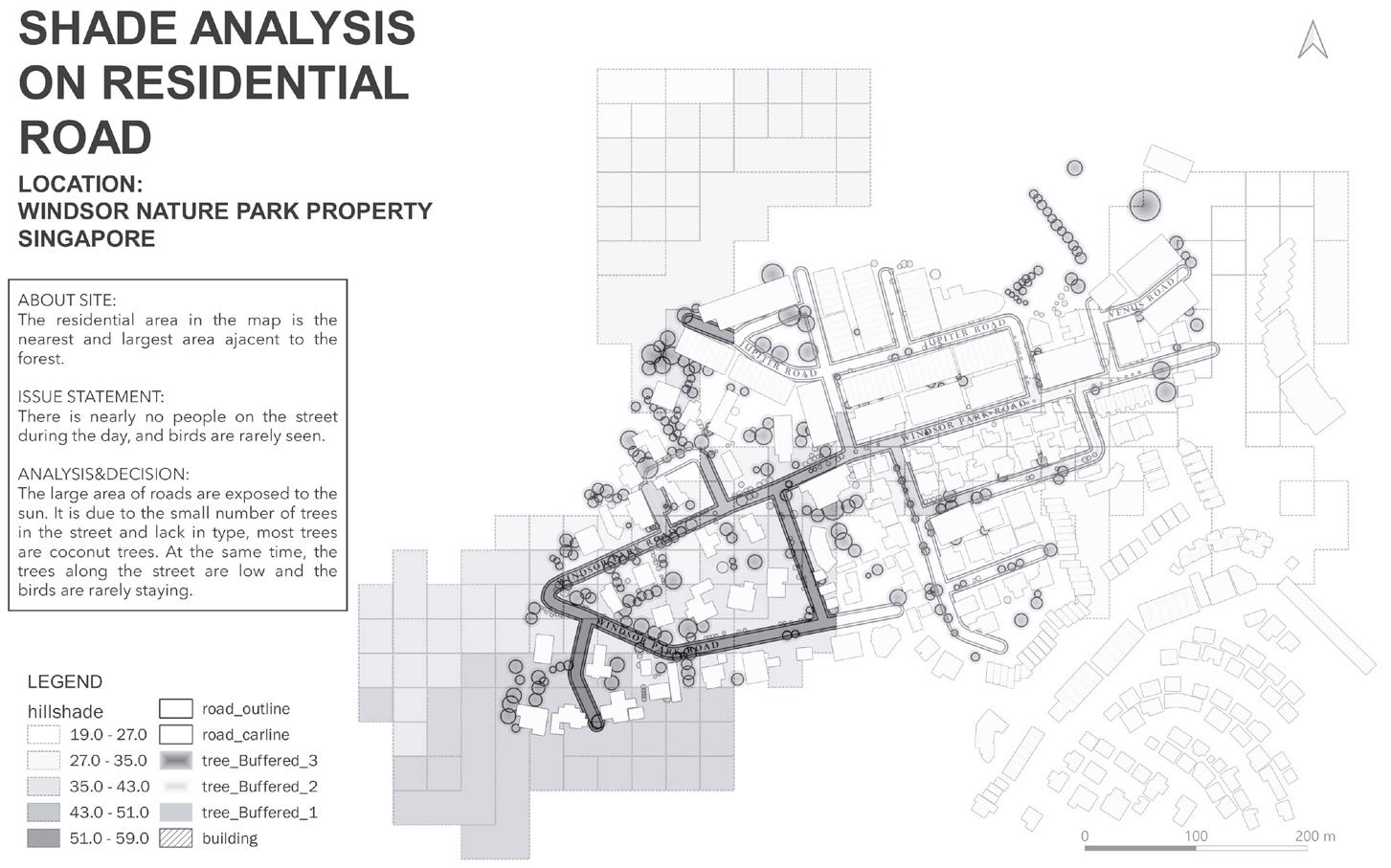
NATIVE TREES COMPARISON AGE, HEIGHT, SPIECES

4. Alstonia scholaris
5. Peltophorum pterocarpum
17. Ficus microcarpa
1. Lagerstroemia floribunda
2. Samanea saman
14. Mangifera indica
13. Xanthostemon chrysanthus
14. Artocarpus heterophyllus
16. Arfeuillea arborescens
23.Roystonea regia

25. Carallia brachiata
28. Syzygium grande
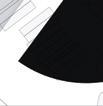
30. Sterculia oblongata
8. Dipterocarpus alatus
9. Cratoxylum cochinchinense
10. Magnolia champaca
12. Sterculia rubiginosa
18. Adonidia merrillii
21. Rhodamnia cinerea
22. Adinandra dumosa
26. Gardenia carinata
27. Ficus celebensis
29. Sterculia oblongata
3. Syzygium myrtifolium
6. Elaeocarpus mastersii
7. Terminalia buceras
11. Flacourtia rukam
19. Syzygium lineatum
20. Cocos nucifera

24. Sterculia parviflora
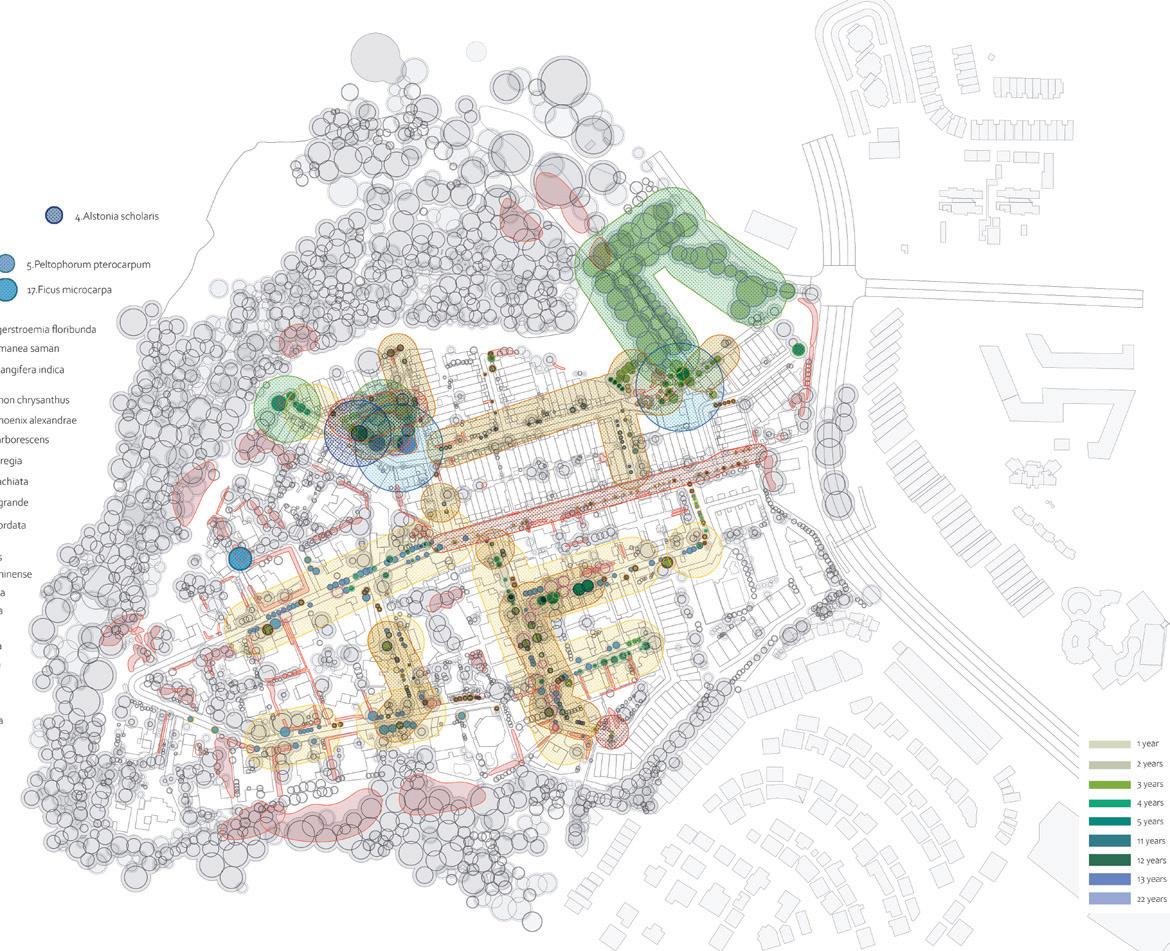

324
12% WINDSOR NATURE PARK NATIVE PLANTS SURVEY NATIVE NON-NATIVE
88%
FUTURE PLAN













ROADS PLAN+EDGE PLAN+LANED HOUSE PLAN


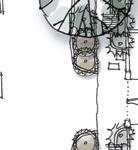
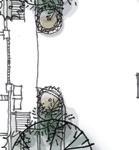

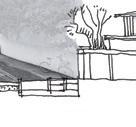

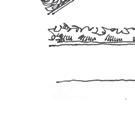


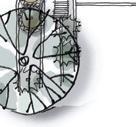




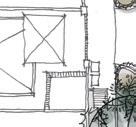



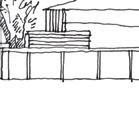









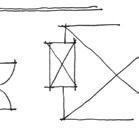
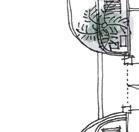

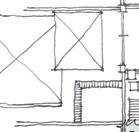






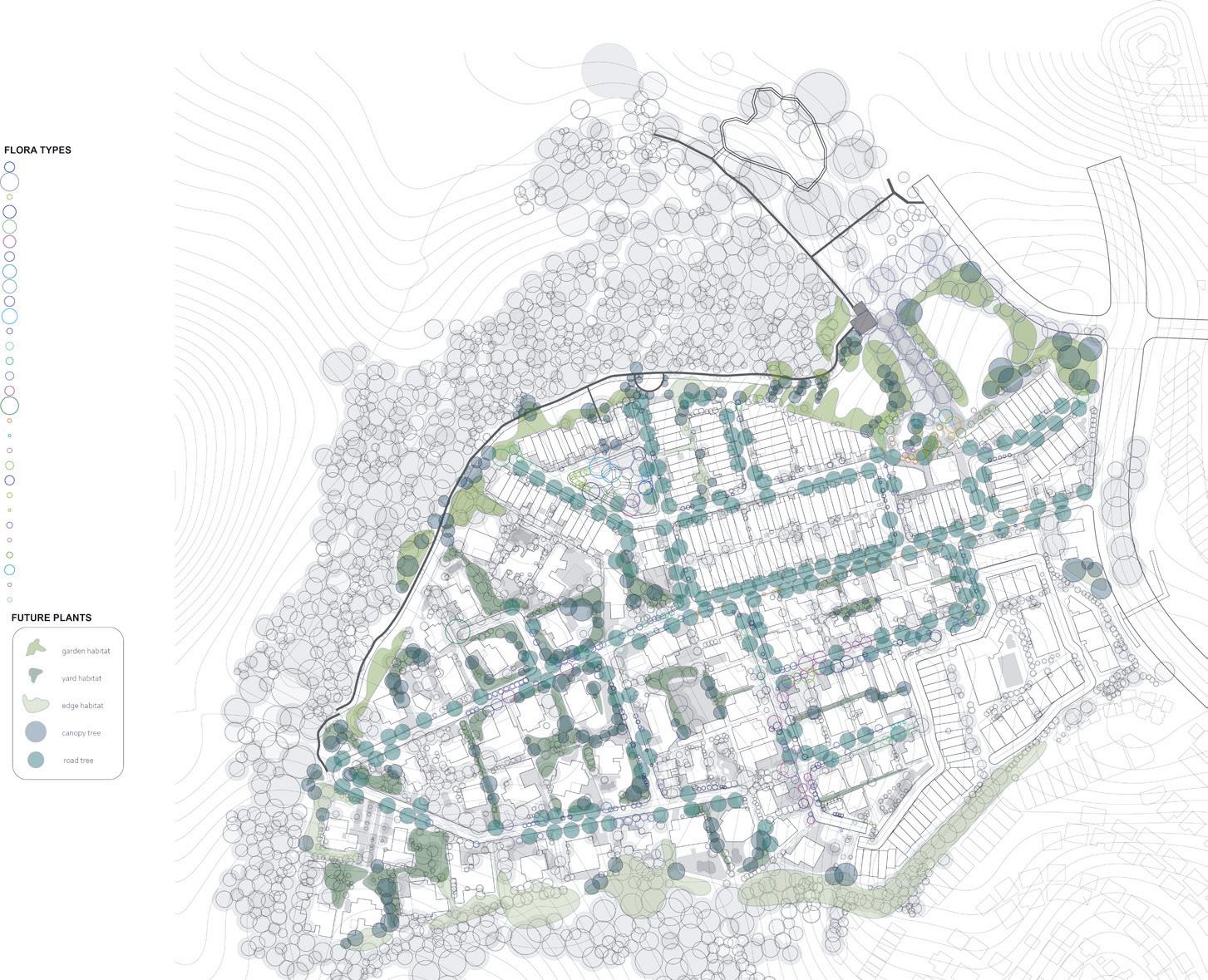
Lagerstroemia floribunda
Samanea saman

Syzygium myrtifolium
Alstonia scholaris

Peltophorum pterocarpum


Elaeocarpus mastersii
Terminalia buceras
Dipterocarpus alatus
Cratoxylum cochinchinense
Magnolia champaca
Flacourtia rukam
Sterculia rubiginosa
Xanthostemon chrysanthus
Artocarpus heterophyllus

Mangifera indica
Archontophoenix alexandrae
Arfeuillea arborescens
Ficus microcarpa
Adonidia merrillii
Syzygium lineatum
Cocos nucifera

Rhodamnia cinerea
Adinandra dumosa
Roystonea regia
Sterculia parviflora
Carallia brachiata
Gardenia carinata
Ficus celebensis
Syzygium grande



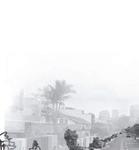

Sterculia oblongata
Cerbera manghas
Sterculia cordata
ROADS PLAN



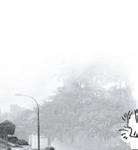


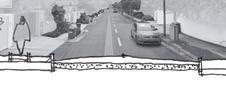





The road in the residential area is a two-way driveway with green belts and sidewalks on both sides and water flow under the surface.Rainwater flows into the sewer system through a drain in the tree pool.


325
BEFORE ROAD PLANTING Landed House GATE RUBBISH BIN DRAINAGE SYSTEM Pavement Planting pool Drainage pipe Drainage pipe Drainage pipe Drainage pipe Landed House Landed House Landed House ROAD PLANTING AFTER
THE EDGE PLAN



THE EDGE BETWEEN WINDSOR NATURE PARK AND THE RESIDENTIAL AREA
Use the surrounding edge of the park to create an ecological garden, using the spontaneous planting to make people living in the surrounding area feel the power of nature.
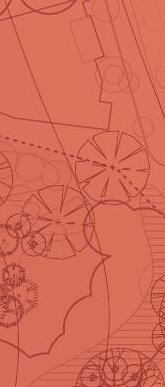

1. MAIN ENTRANCE TO THE PLAYGROUND AND
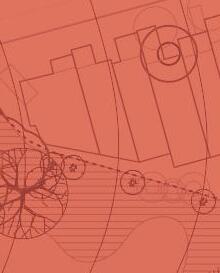
326
OPEN SPACE
2.
TO ECOLOGICAL POOL OPEN PLAYGROUND
ENTRANCE












327
AND PARK
TO THE PLAYGROUND AND PARK
3. ENTRANCE TO RESTORATION PART
WINDSOR PARK PROPERTY
WINSDOR NATURE PARK
WINDSOR NATURE PARK TOURIST PATH
2. MAIN ENTRANCE TO THE PLAYGROUND AND PARK
4. THE END OF THE EDGE
UNDERUTILIZED SPACES
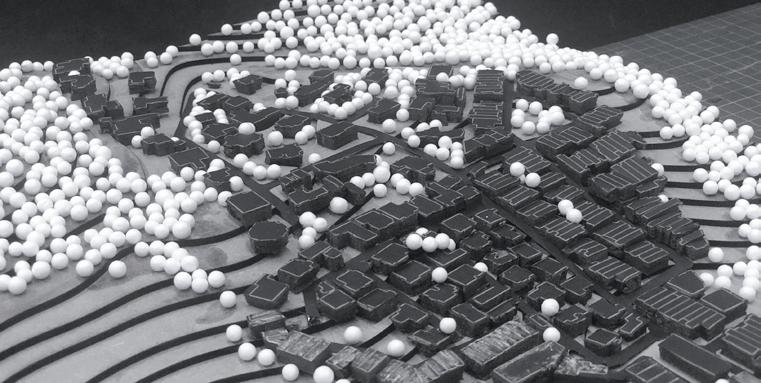



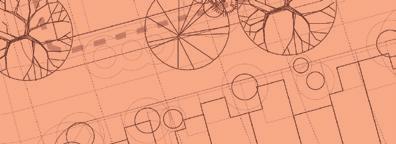















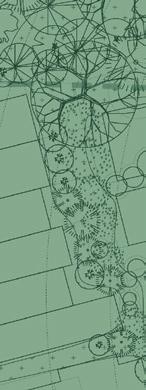

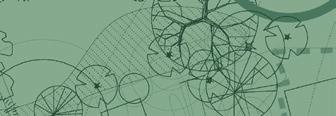







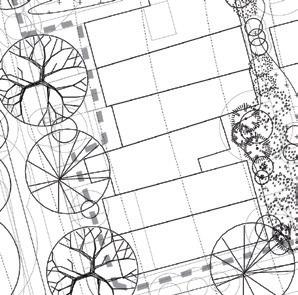


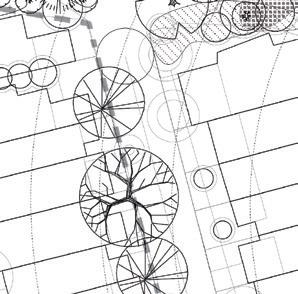
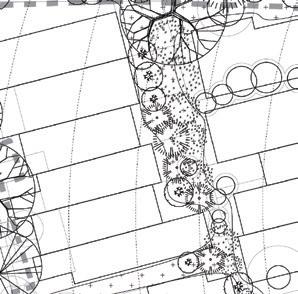

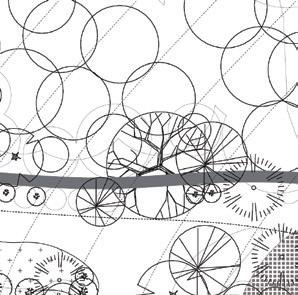
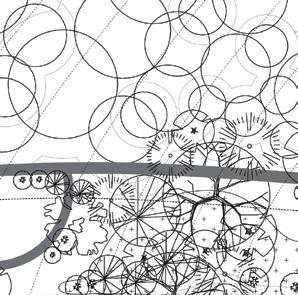







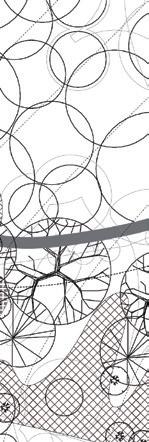










Due to the site’s unique topography, there is much underutilized land. During the construction process, many of these slopes were created by the construction of the house platform. People can’t get there because of the steep slope, and the plants can not grow.

SECONDARYFORESTCONNECTIONBETWEENLIVING AREAANDWILDSPACES

PATH BETWEEN FOREST AND RESIDENTIAL AREA
PATH BETWEEN FOREST AND RESIDENTIAL AREA
CONNECTION BETWEEN LIVING AREA AND WILD SPACES
LOCATION IN THE SITE

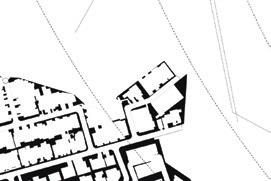

UNIQUE TYPOLOGY IN WINDSOR PARK PROPERTY

328
TYPE 1.
SLOPES BETWEEN HOUSES
SLOPE MODIFICATION SCHEME






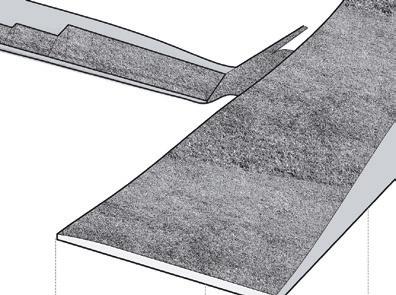
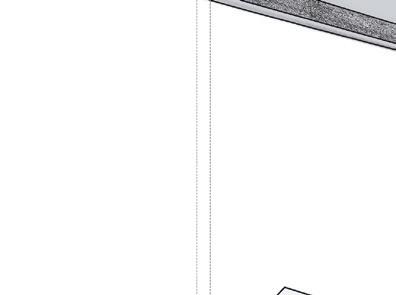









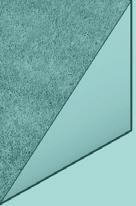

BY CREATING PLATFORMS AND STEPS FOR WATER TO STAY

RAINFALL FLOW

LANDED HOUSES ON THE SAME PLATFORM
SLOPE WITH PLANTS COVERING


329
ORIGINAL MODEL OF THE SLOPE
CHANGE MODEL OF THE SLOPE
SPACES
VISION OF THE FUTURESLOPE
LIVING
BETWEEN FOREST AND RESIDENTIAL AREA
LANDED PROPERTY YARDS







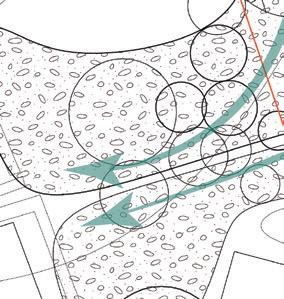
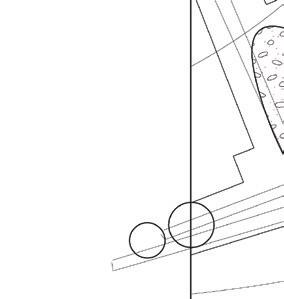


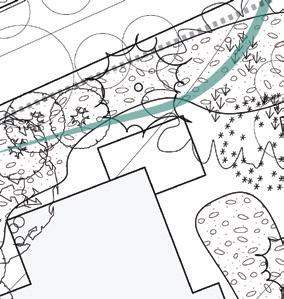


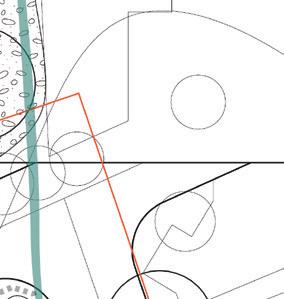
Sub Heading - 8pt (Sentence Case)




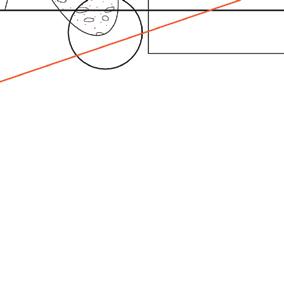





Plants can be used to make fences on unused slopes and edges in a proper way to form a








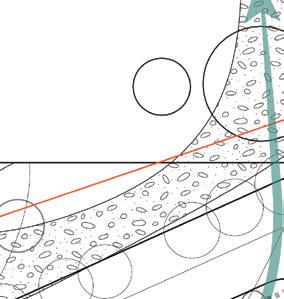
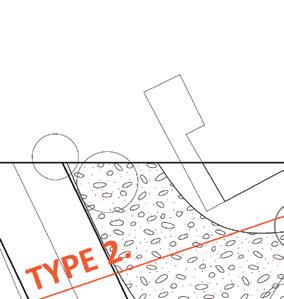
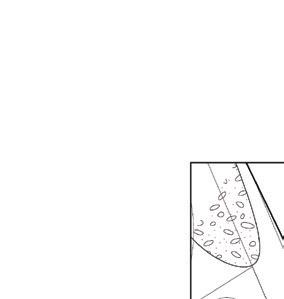


330
IN THE
LOCATION
SITE
LANDED HOUSE ON THE PLATFORM

PLANTING DETAIL steps to build the nature fence


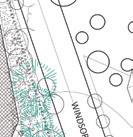




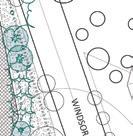




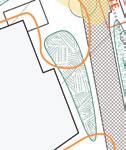




TREE FENCE

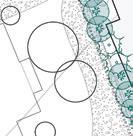
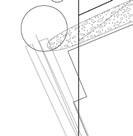





PLANTING STRATEGY



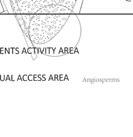
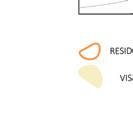
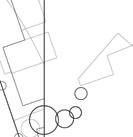


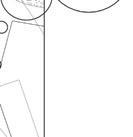



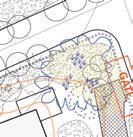
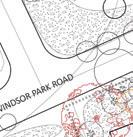


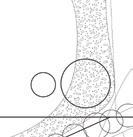
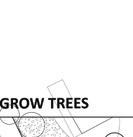

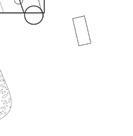


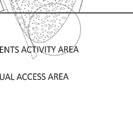













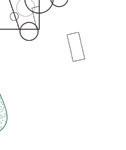



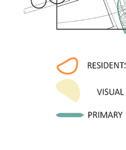

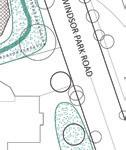


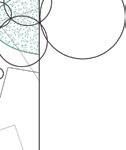
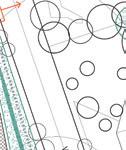
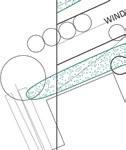









331
SITE PHOTO
VISION OF EDGE


Sub Heading - 8pt (Sentence Case)
0~1years
0~1years
0~1years
332
0~4years
50 years
50 years


BEFORE AFTER
0~2years
0~2years
333
VISION OF VILLAS
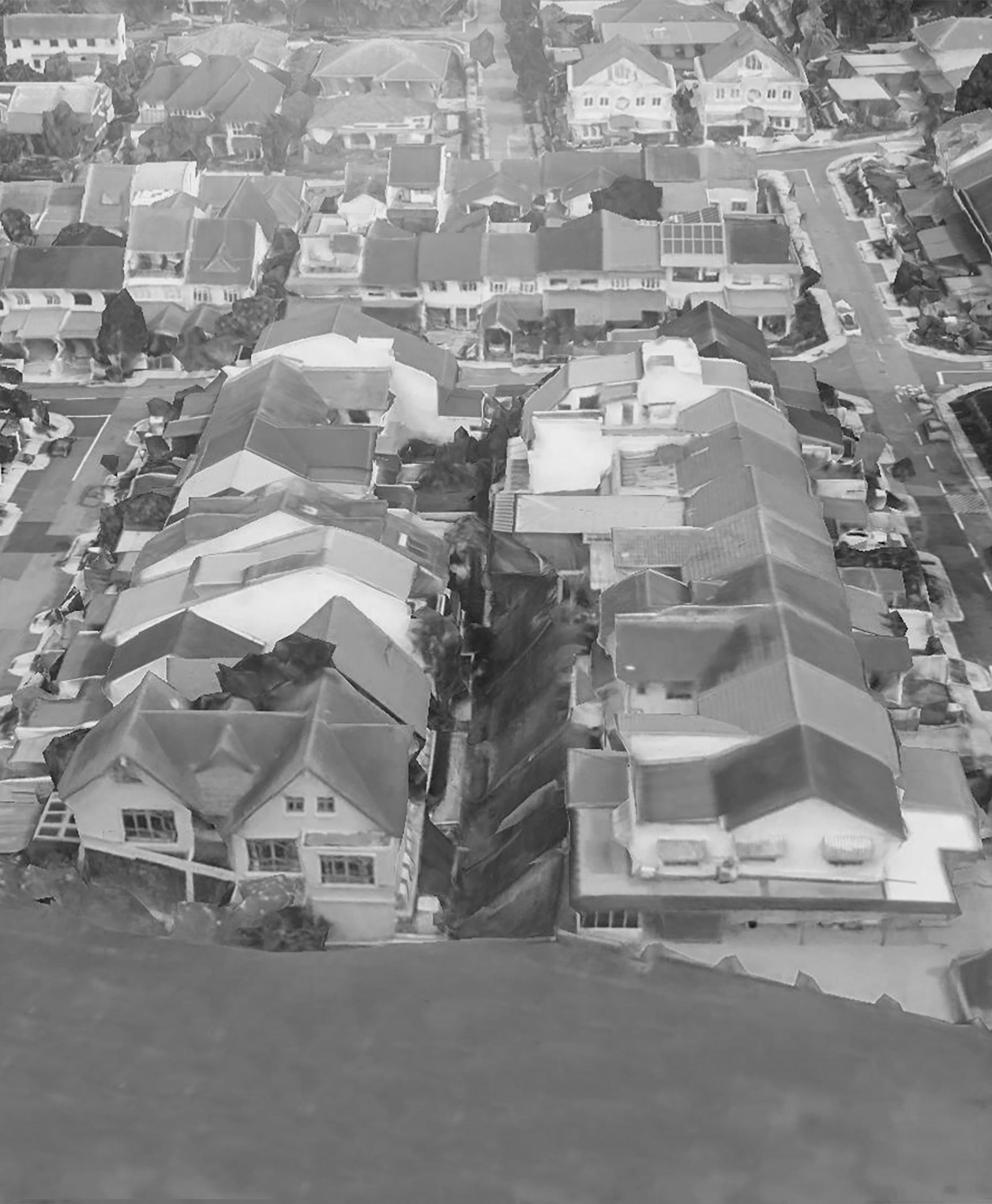
334
BEFORE
Legend Text (Minimum 4pt)
0~10years 0~10years
0~1years
0~5years
0~2years
0~2years
AFTER
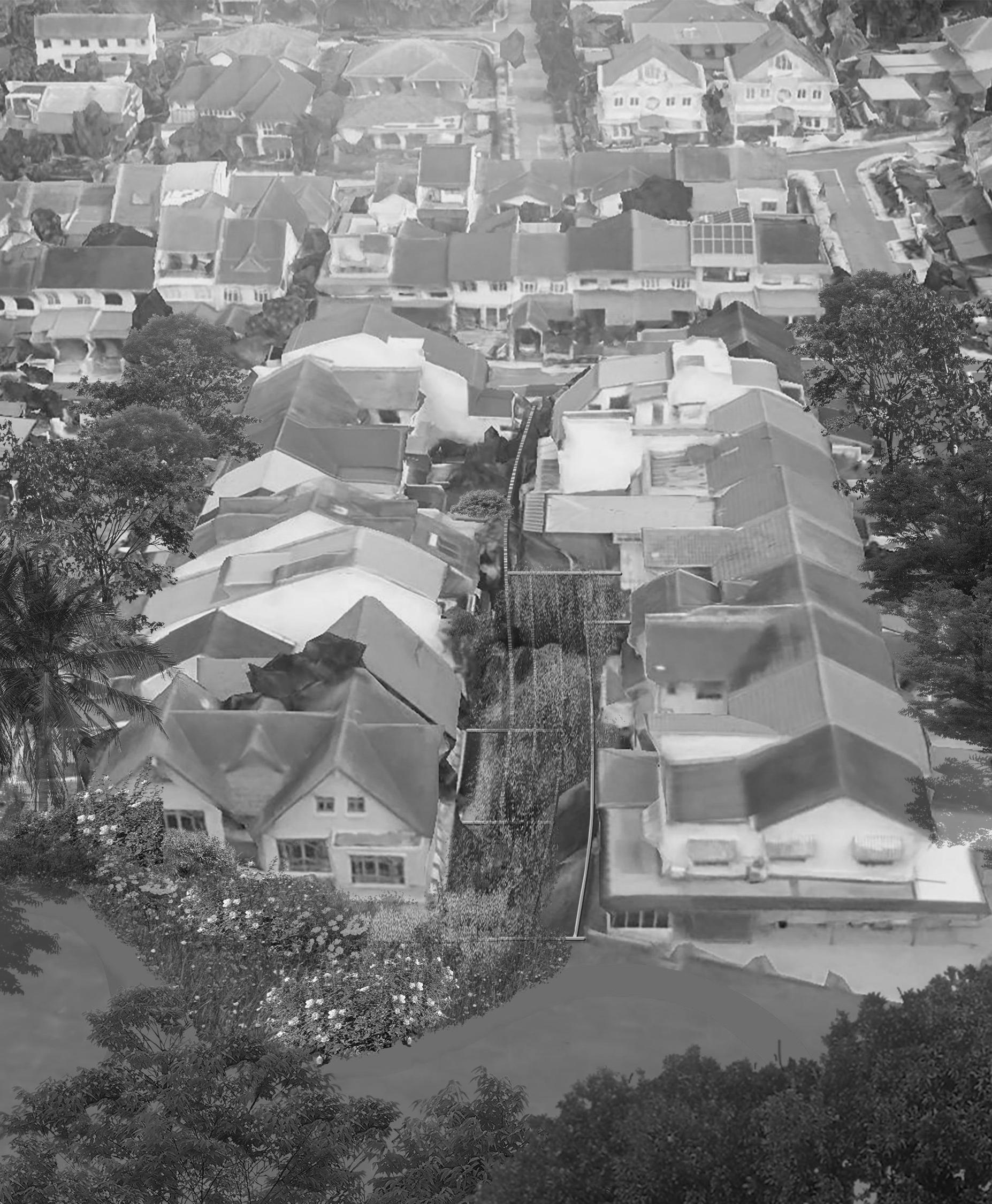
335
VISION OF THE UNDERUTILIZED PLACE connect residential area to nature

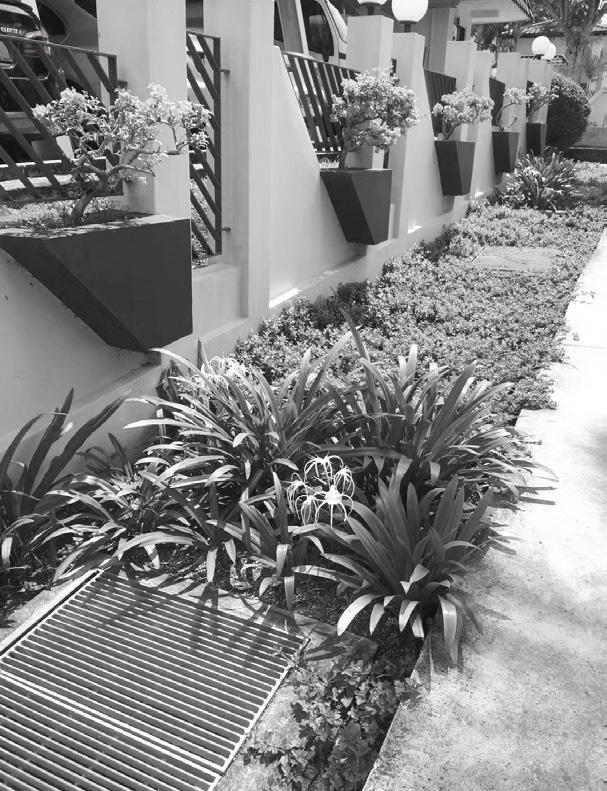

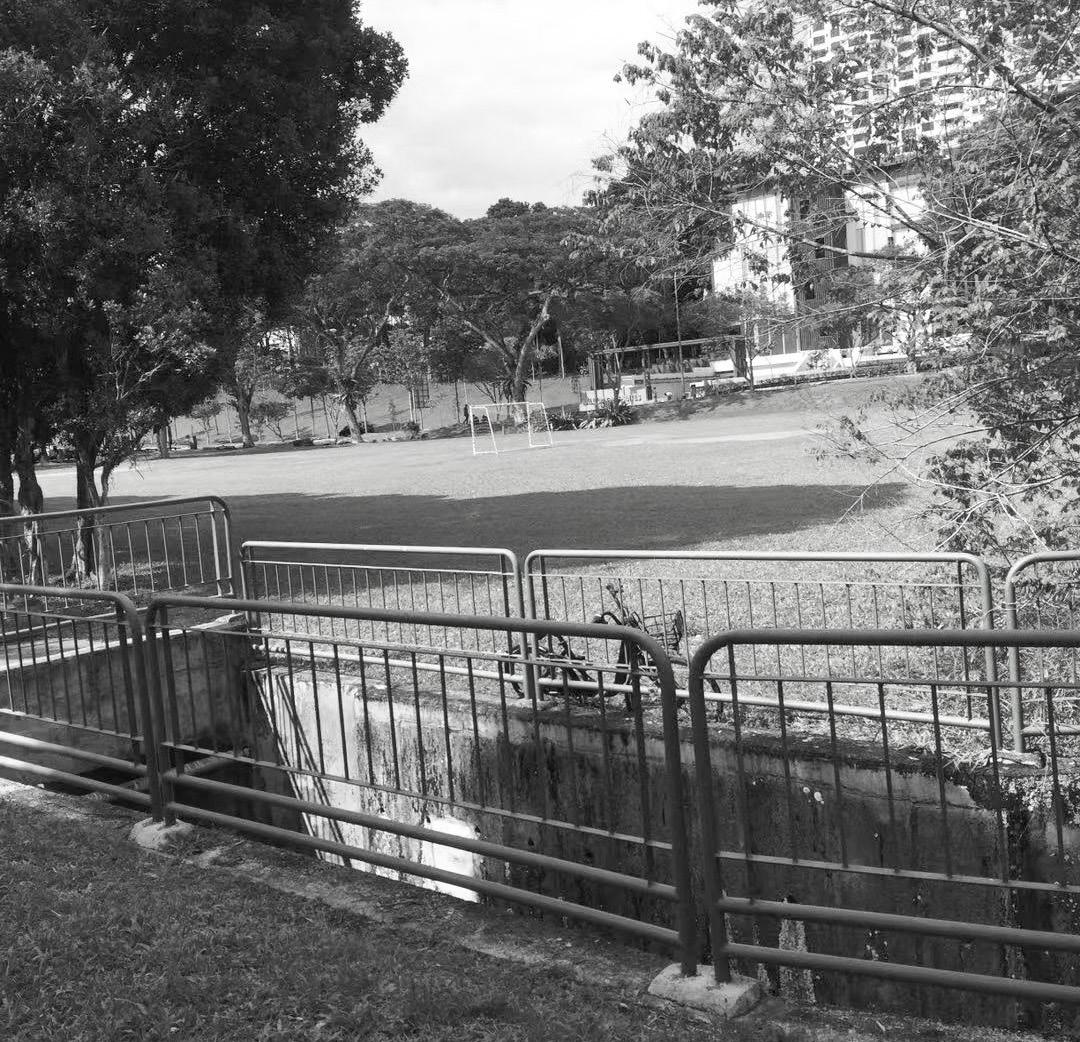
RE-FLOWING NATURE IN WINDSOR NEIGHBORHOOD
Located in the south-western edge of CCNR where the freshwater swamp forest stream ends, 30ha Windsor residential area has great potential to be re-connected with forest flora and fauna. Currently, urban fabrics interrupt the natural streamflow, distribution of green spaces are not ideal for wildlife movement, and increasing dense developments require engineered infrastructure with high impermeable/concrete spaces and less human-nature interaction. The project thus attempts to re-flow nature in the neighbourhood as a part of a forest ecosystem that facilitates mutual growth of nature and neighbourhood.
The main design intent of this project is to design the flow, and two design strategies will be proposed - spatial increment and inventory evolvement. For rearranging and reshaping available spaces for a better flow, this design will reconfigure open spaces for interconnecting flows of nature (water, flora, fauna) and human (traffic, pedestrian, recreation). Tracing from historical forest streams, the project restores and diversifies water flow by introducing recreational forest streams, historic stream and naturalized drainage, followed by improving fauna and flora movement, and human circulation along the waterways. All these flows become a dynamic network that intersects with built environments.
The first strategy is spatial increment. This design will improve the quality of existing spaces, such as widening roads aggregation of available spaces (private yards, ecological swimming pools, dismantling buildings of low price, and waterside naturalization or activity space) and improving the natural cycle. Space with different conditions (current space, new space, expanded space) will be designed according to context, function, and texture.
The second strategy is inventory evolvement for both human and nature over time. The intent is to optimize wildlife habitats, water quality, water level, and flowing speed which are key elements for aquatic habitats; and canopy cover, vegetation structure, and food resource will be considered for terrestrial habitats. The living environment and experience will be improved by diversified blue and green spaces.
Introducing forest elements into the residential area near CCNR, enhancing habitats based on water flow, the biodiversity, including unique flora and fauna - All these will provide an essential base for both human and wildlife communities in the Windsor neighborhood. The integration of the natural ecosystem with human activities will enrich the lives of both humans and nature.
Wang Haobo & Tanaka Mamiko & Zhang Bingyi
DRAINAGE TYPOLOGY

338
0 50m
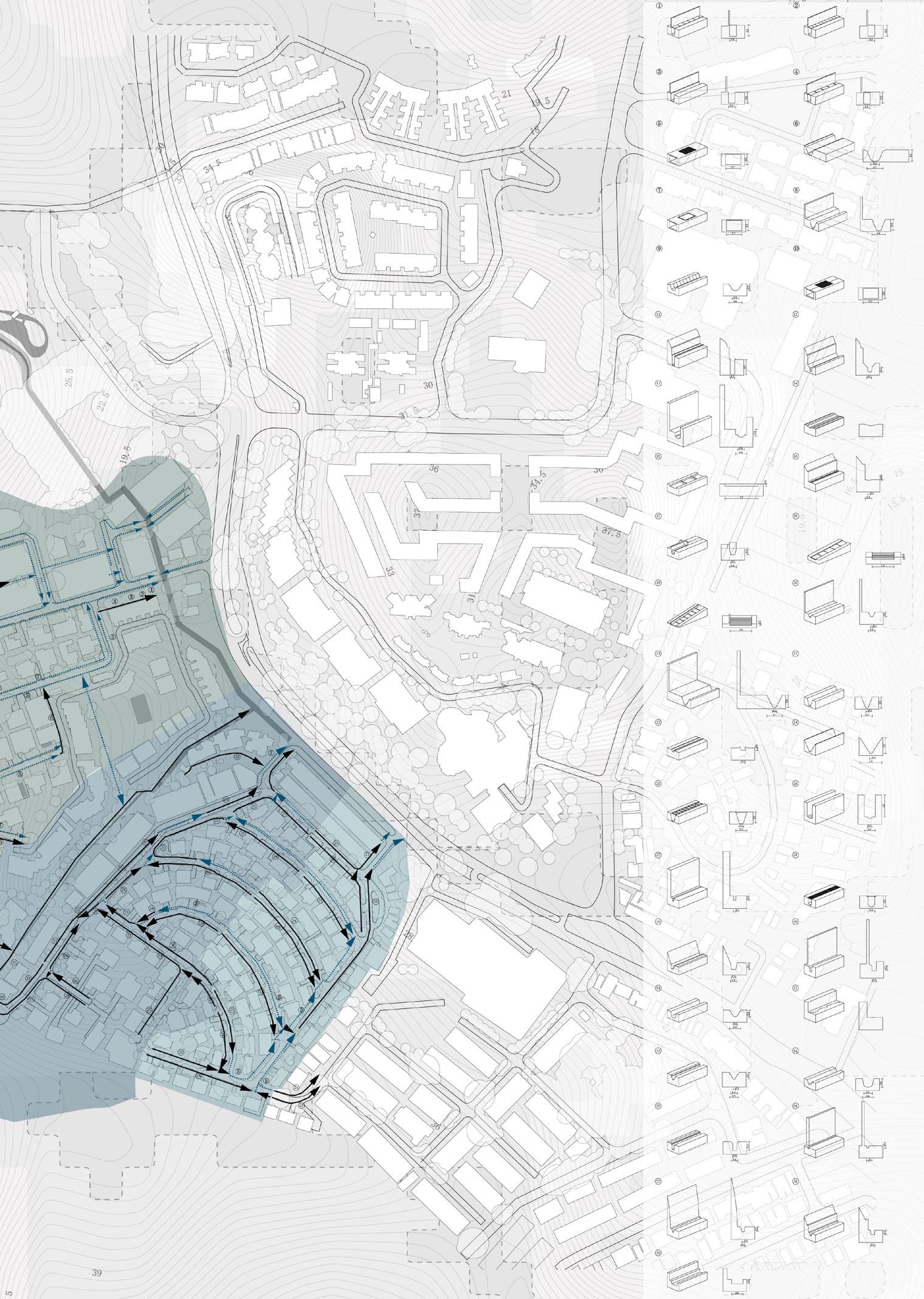
339
RODASIDE GREENERY TYPOLOGY
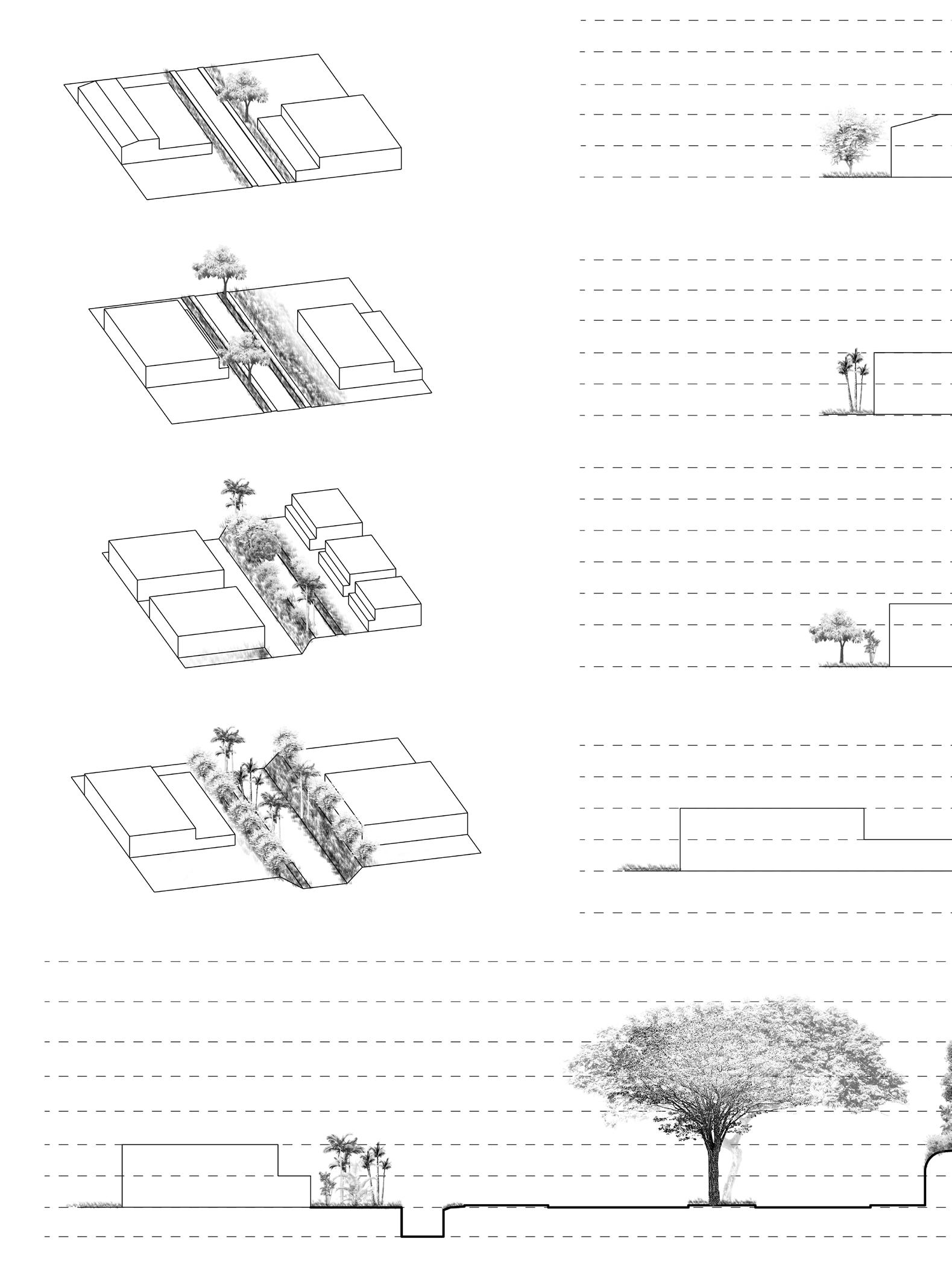
340

341
1
2
3
Typology
Typology
Typology
Typology 4 Typology 5
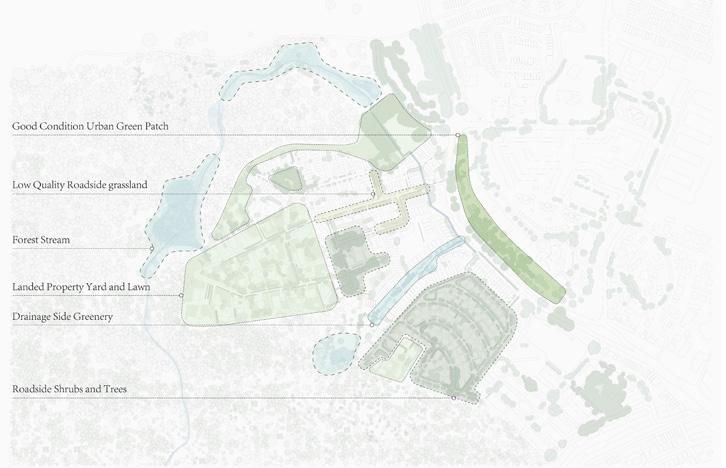
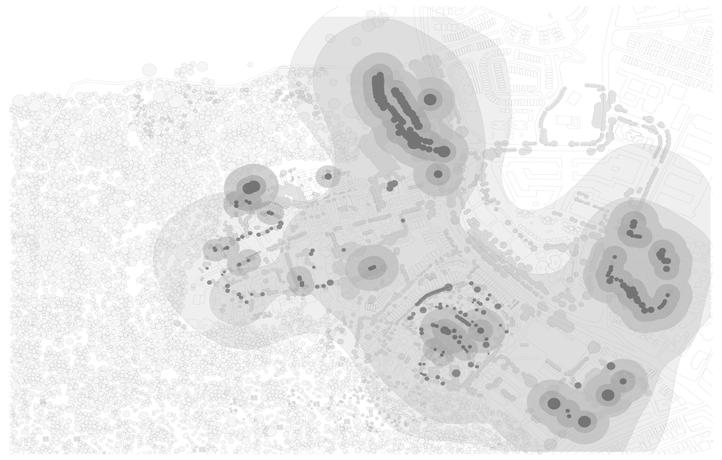
















342
ANALYSIS FENCE HARD AND SOFT MATERIAL VALUABLE TREE CURRENT HABITAT GREENERY CONDITION CURRENT FAUNA MOVEMENT SUN PATH HOUSE PROPERTY solid wall fence green slope | wall 0 25 50 100m 0 25 50 100m 0 25 50 100m 0 25 50 100m 0 25 50 100m 0 25 50 100m 0 25 50 100m 0 25 50 100m park fruit trees high canopy trees Olive-winged Bulbul water tolerant trees low canopy trees Brown-throated Sunbird dry condition trees shrub Plantain Squirrel fast growing trees yard and grassland Common Palm Civet gas station 1 storey 2 storey 3 storey 4 storey 5 storey 6 storey
SITE
SEED DISPERSE LAND USE







343
ELECATION AND WATER FLOW
DESIGN
STRATEGY DESIGN PROPOSAL

Design the flow to re-connect Windsor residential area with forest, so that dynamic natural organisms, resource and energy will re-flow in this site.

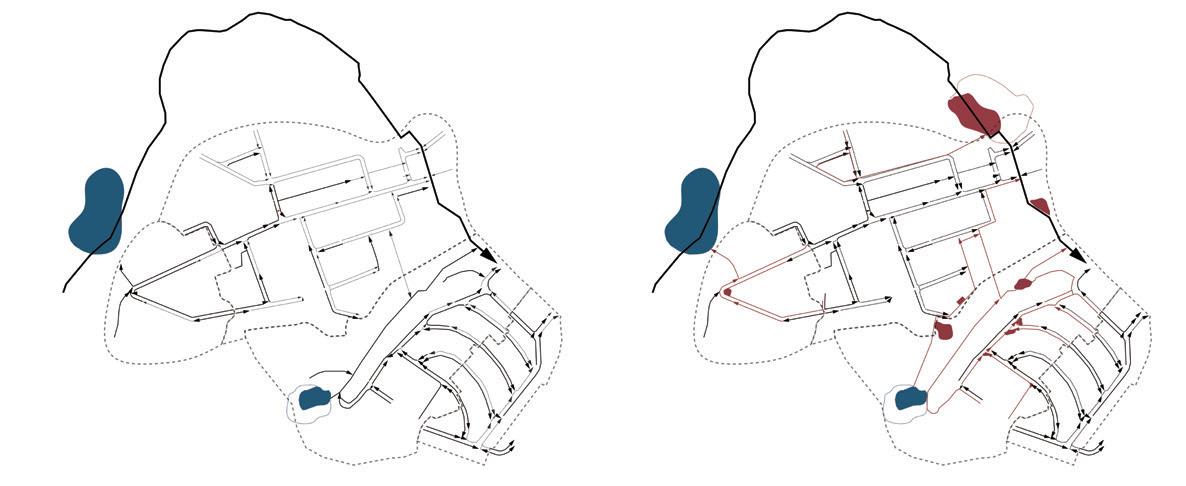
BUILDING NEW WATERBODY
CHANGING WATERFLOW
344
DESIGNING THE FLOW DIAGRAM

CONNECTING GREEN PATCHES
CONNECTING FAUNA MOVEMENT
PEDESTRIAN FLOW RE-ORGANIZATION




CHANGING TRAFFIC FLOW

345
Pedestrian Flow
Proposal Pedestrian Flow Current Pedestrian Flow Current Traffic Flow Pedestrian Flow Traffic Flow Parking Lots Traffic Flow Parking Lots
Add and Improve Flow
DESIGN STRATEGY - SPATIAL INCREMENT BUILDING ROAD
SWIMMING POOL YARD

346

347 AVAILABLE SPACE


348 DESIGH VISION | WATER 0 50m
DRAINAGE BEFORE AND AFTER NATURALIZATION

349
DRAINAGE NATURALIZATION STRATEGY
THREE WAYS TO NATRUALIZE THE DRAINAGE


350
A. COIR GEOTEXTILE

DRAINAGE NATURALIZATION STRATEGY

MATERIAL CHANGE
B. BRUSH MATTRESS

WATER STORAGE AND FISH POND

C.ROOTWAD COMPOSITES
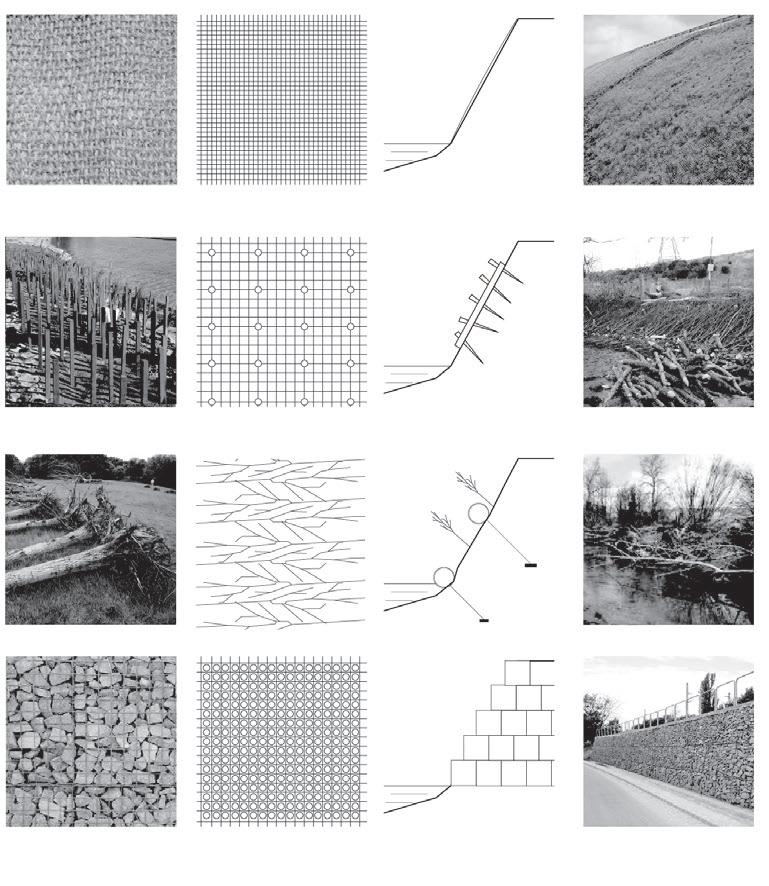
D.GARBION
WATER PURIFICATION
351
A.
B.
C. rainwater collection
SECTION AND STREETSCAPE

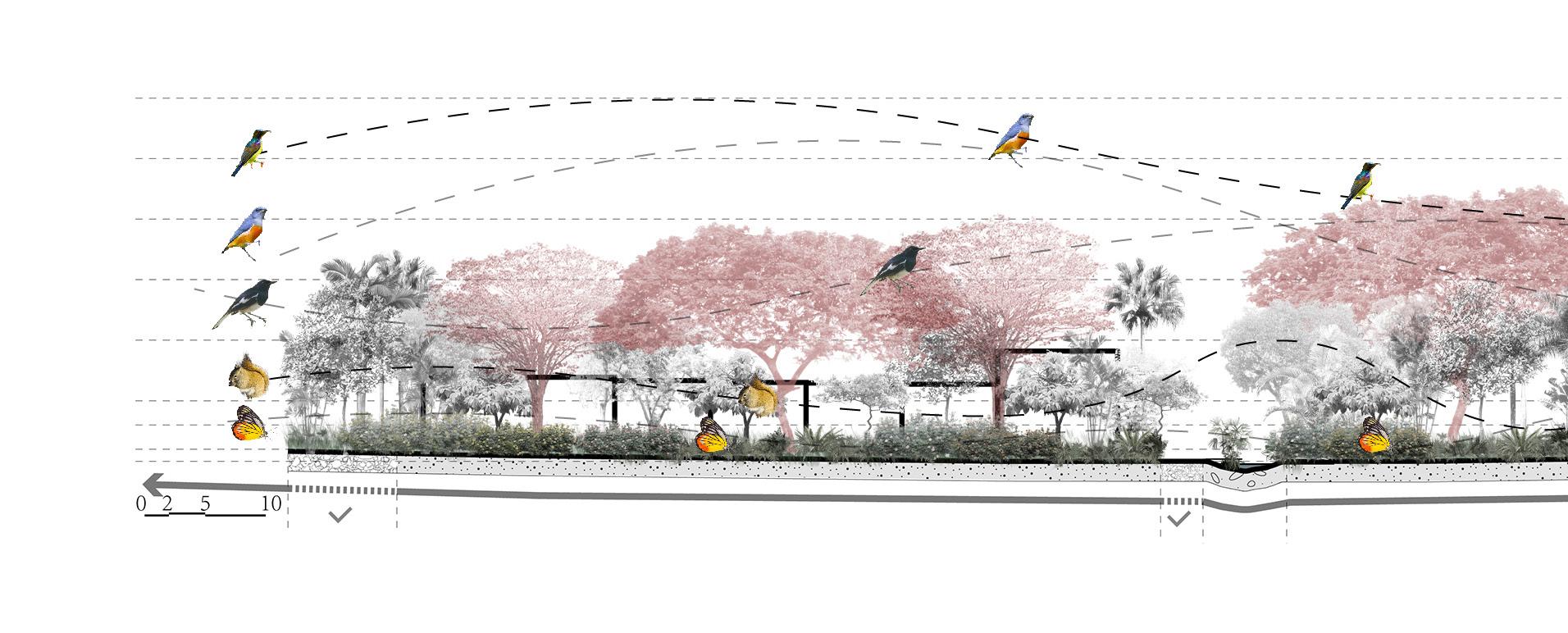

LONG SECTION A-BEDORE
LONG SECTION A-AFTER

LONG SECTION B-BEDORE
LONG SECTION B-AFTER
352


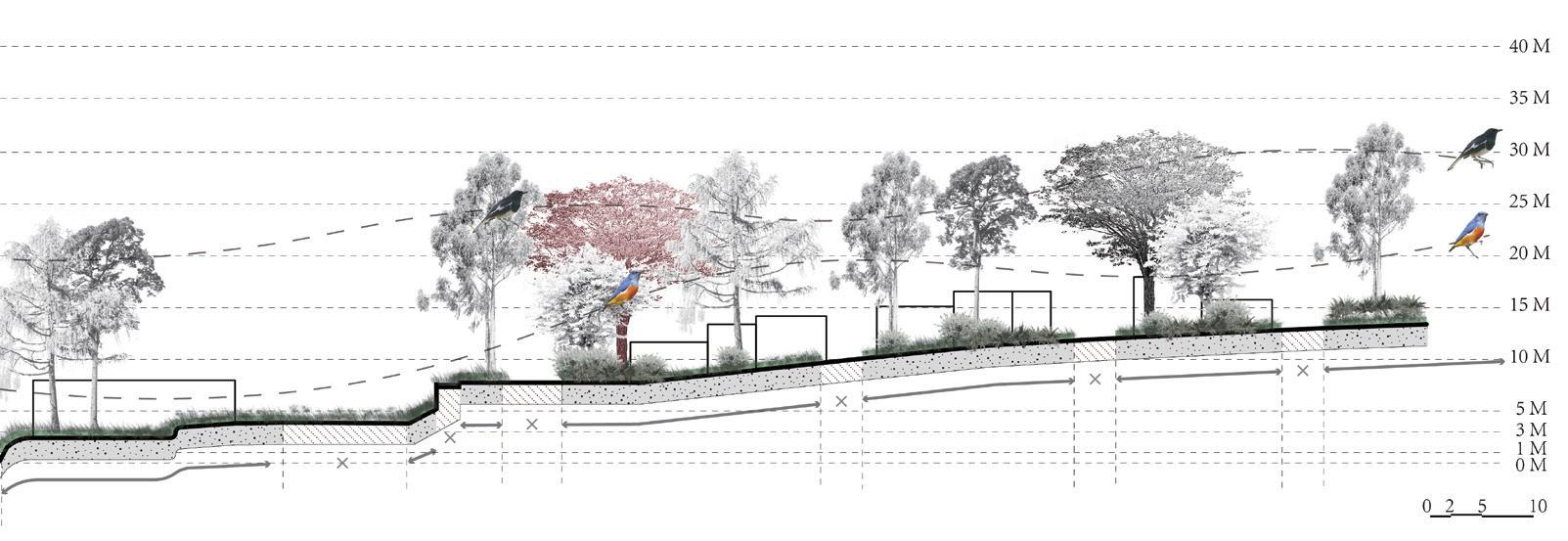
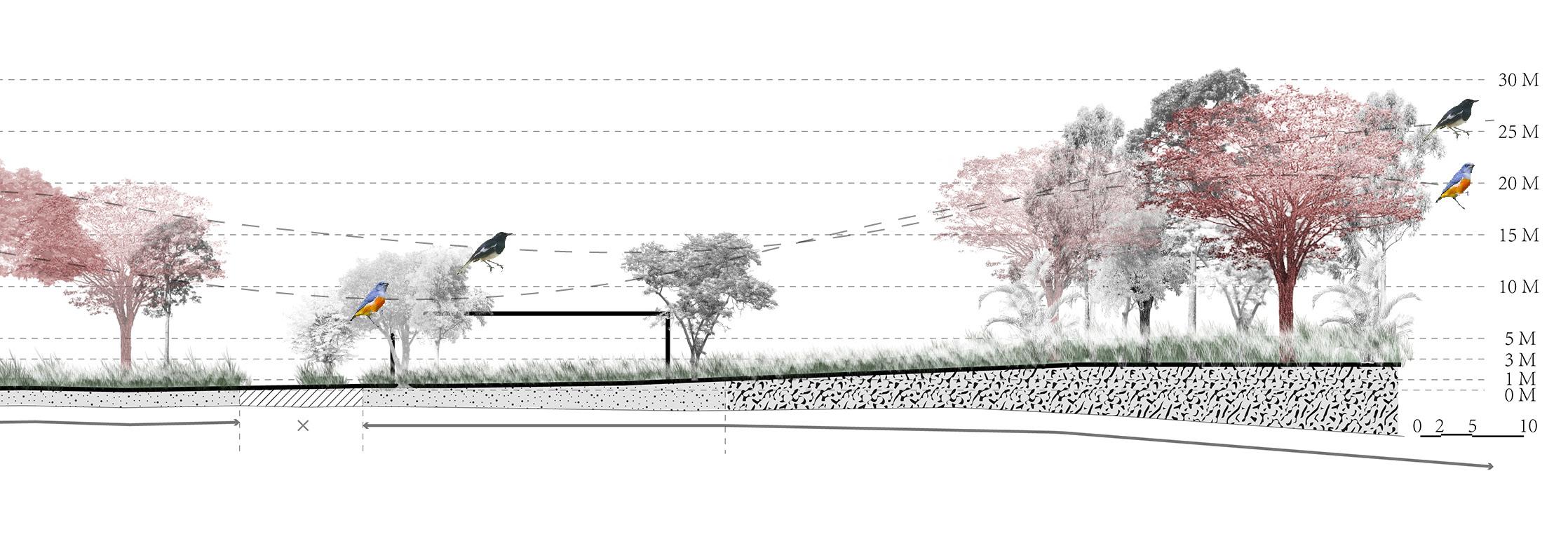
353
NUTRIENT FLOW DESIGN
Nutrient flow and cycle is significant but easy to be ignored for natural flows in this neighborhood. Our design also cares about enhancing the nutrient cycles, connecting disrupted urban cycles to the natural forest cycle, connecting the flow and movement of soil organisms (like fungi and decomposers), so that a healthy nutrient cycle will be rebuilt to support the flowing nature for our project.
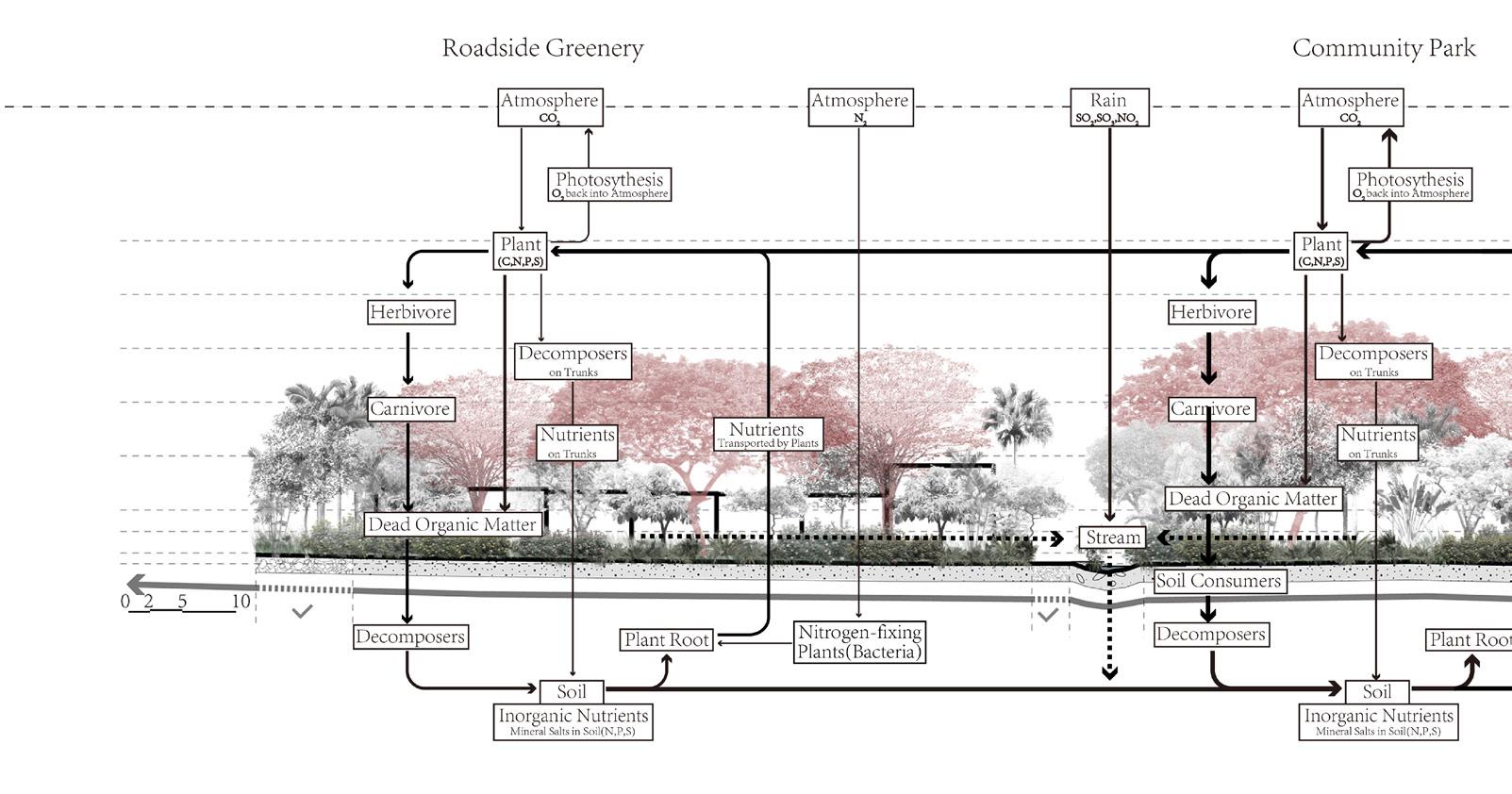

NUTRIENT CYCLE-BEFORE
NUTRIENT CYCLE-AFTER
354


355
DATAILED NUTRIENT CYCLE
NUTRIENT FLOW AND CYCLE IN THE ROAD SCALE

356
STRUCTURAL SOIL DETAILS OF STRUCTURAL SOIL

357
ROAD SECTION DETAIL
DESIGN APPROACH FOR HUMAN

358

359
KEY ACTIVITY SPACES_in rainy days
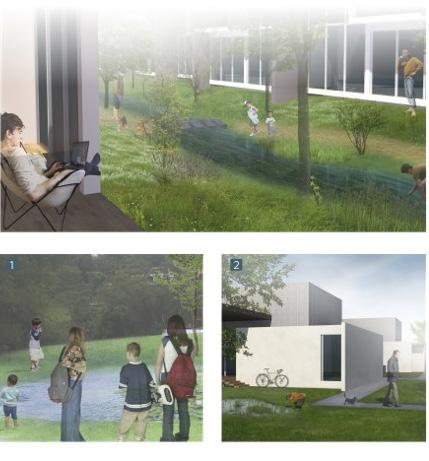
360
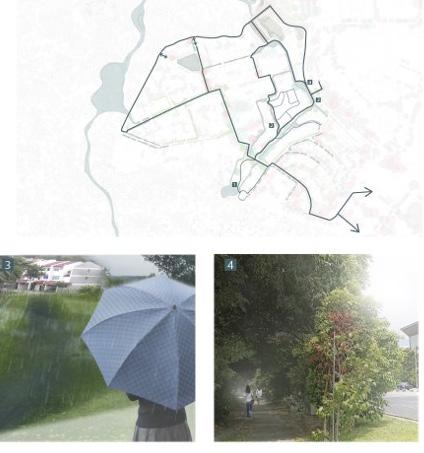
361
KEY ACTIVITY SPACES_in sunny days
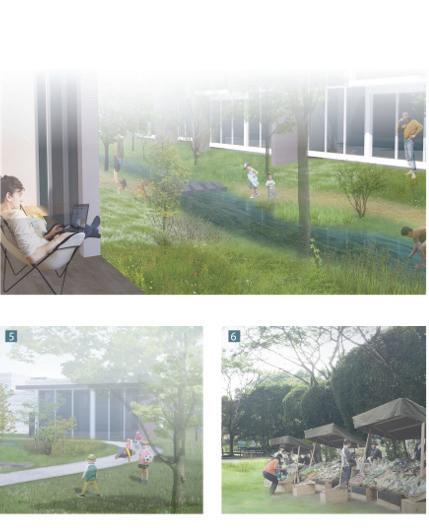
362

363

364
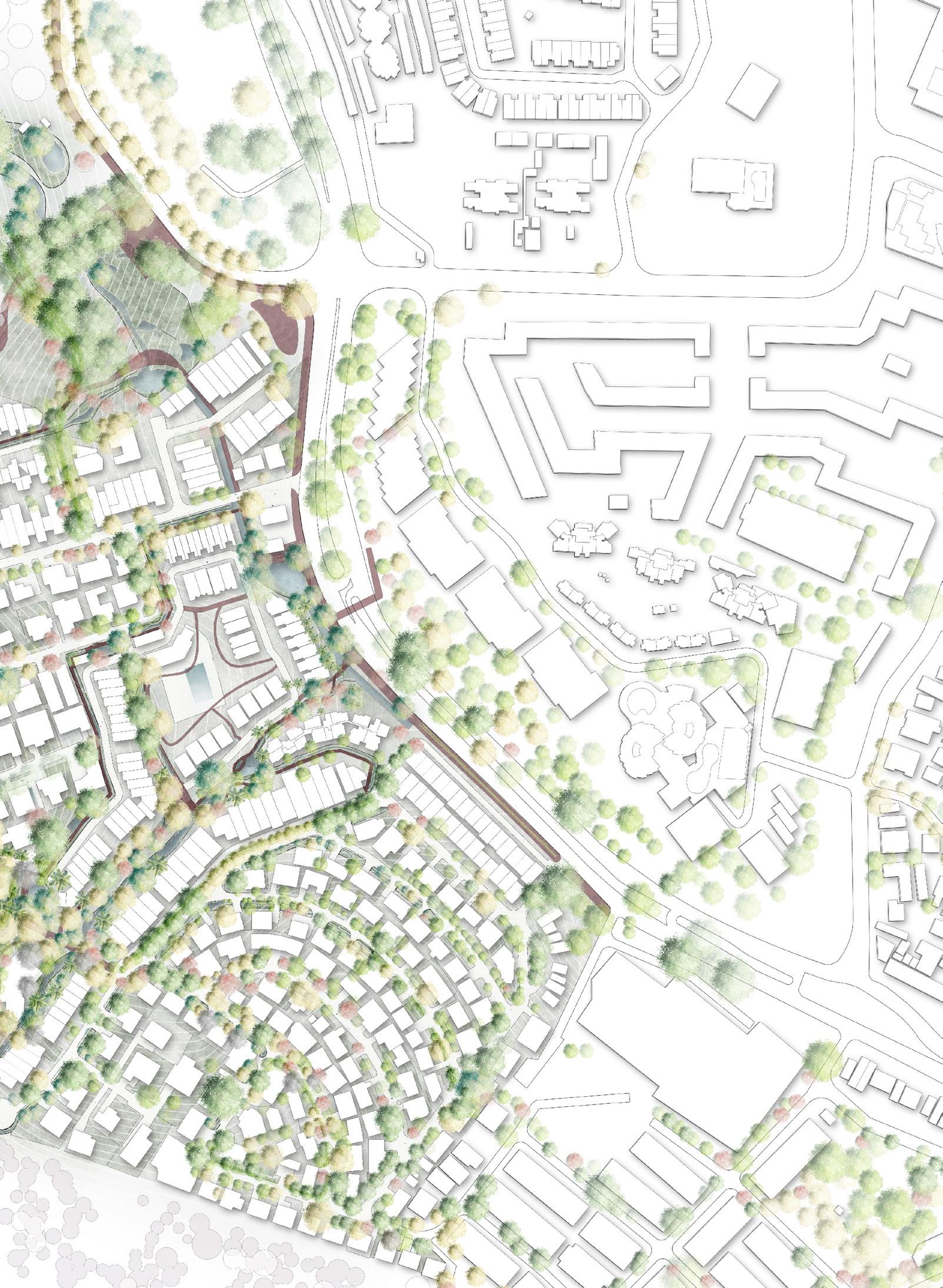
365
UNDERSTORY DESIGN PLAN


366

367
DETAILED PLAN - HISTORICAL STREAM

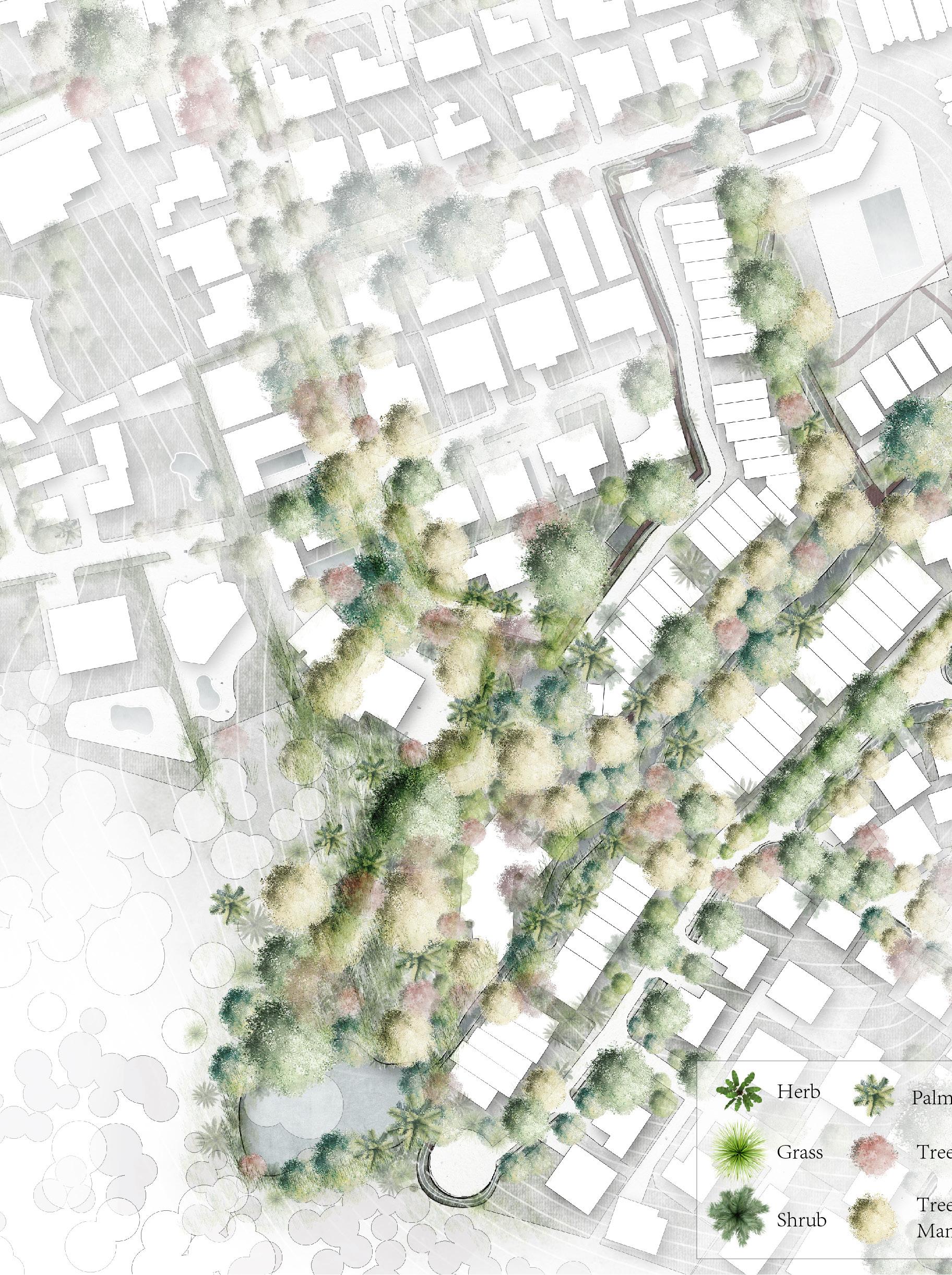
368
1 2 5 4 48m 16 0

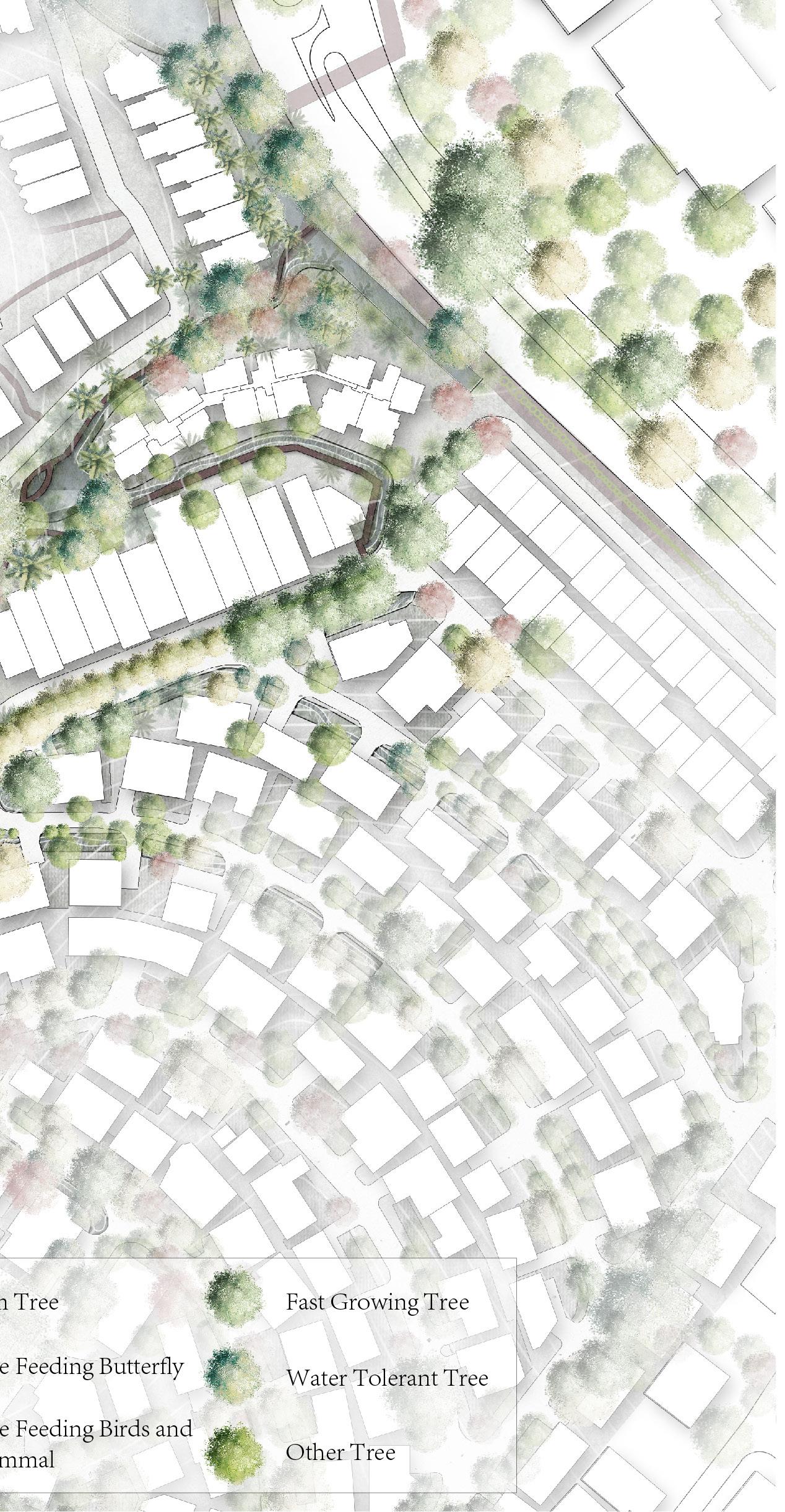
369 PERSPECTIVES 2 3

370 TARGET SPECIES

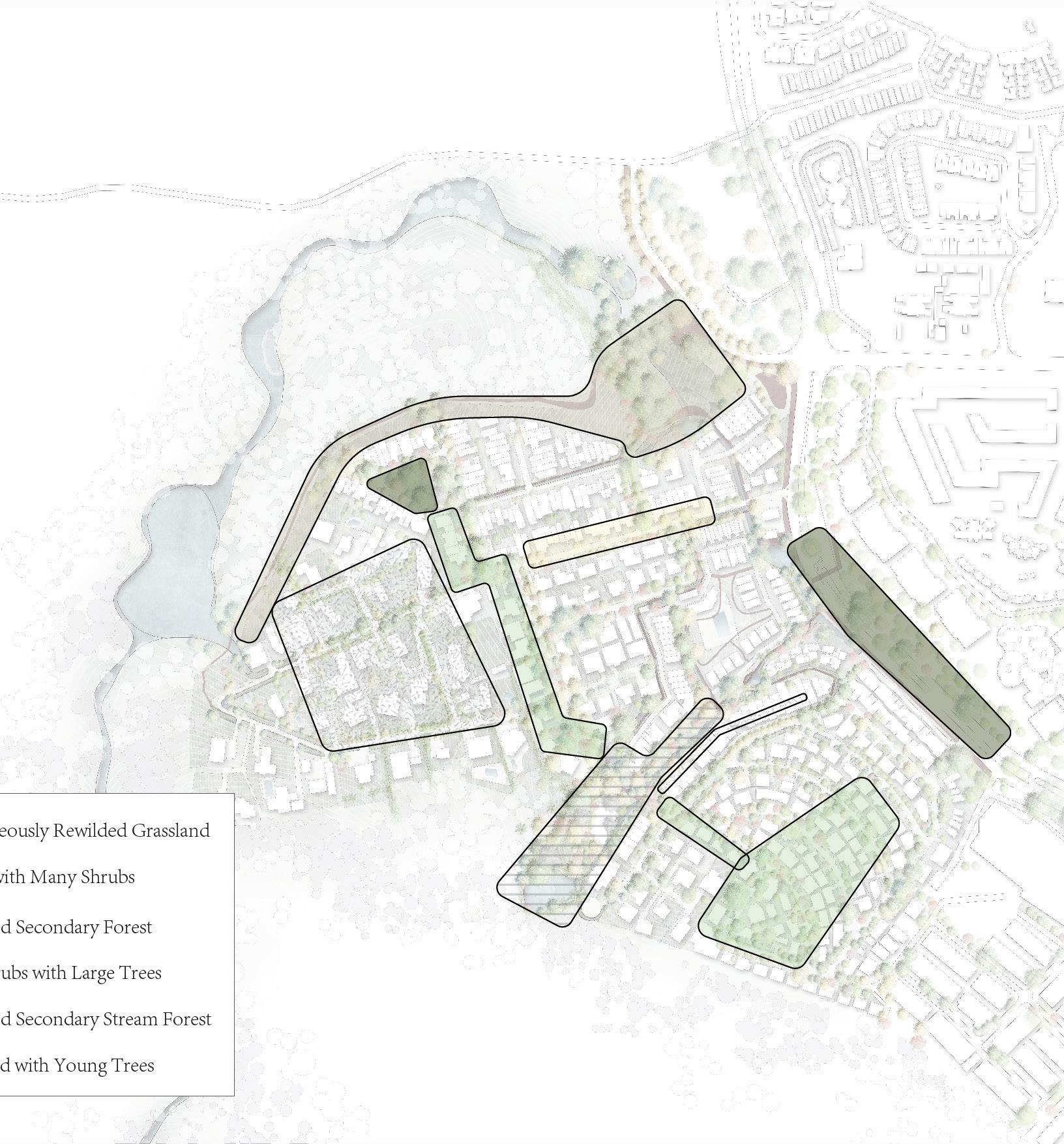


371 HABITAT SUCCESSION PLAN 0 50m
TARGET FAUNA SPECIES MOVEMENT
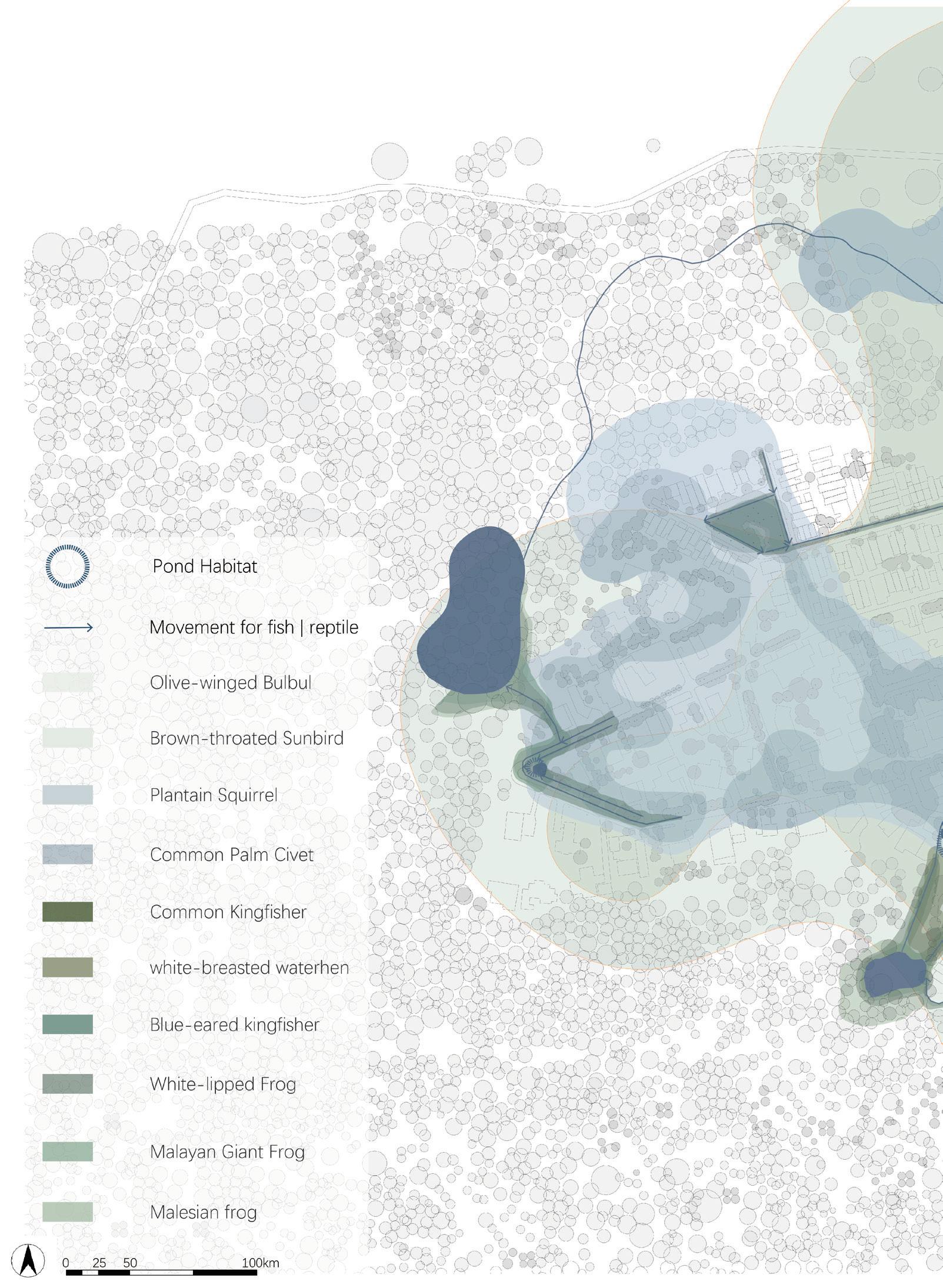
372
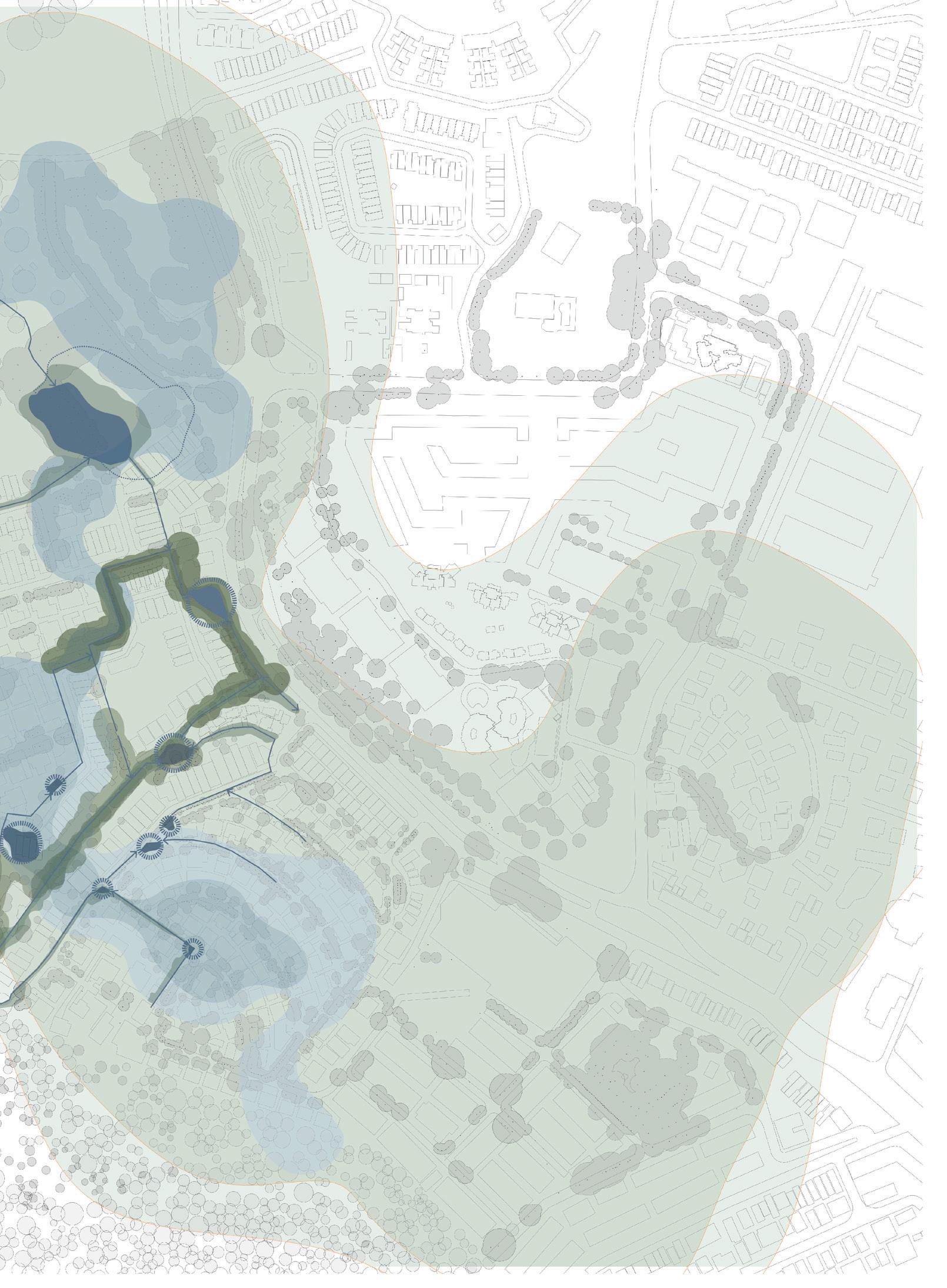
373
HABITAT DISTRIBUTION MAP
Recreation stream
Fish drainage



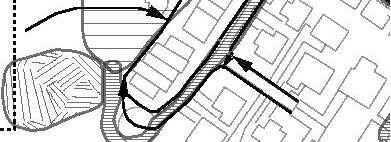


Upper historical stream
Fresh swamp
Flood plain
Fish pond

Roadside shrub and tree corridor
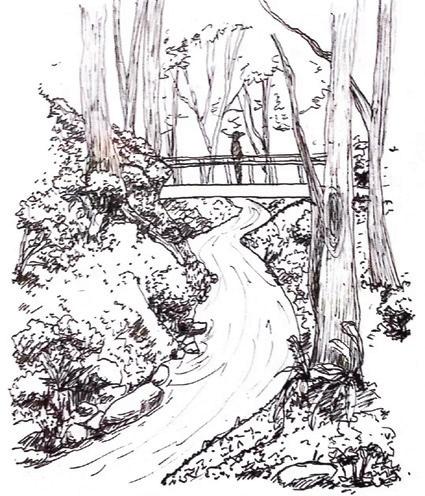

Roadside shrub
Disturbed secondary forest

Wild grassy slope




Urban remanent woodland






374


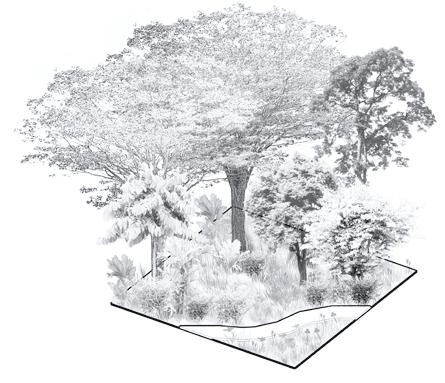

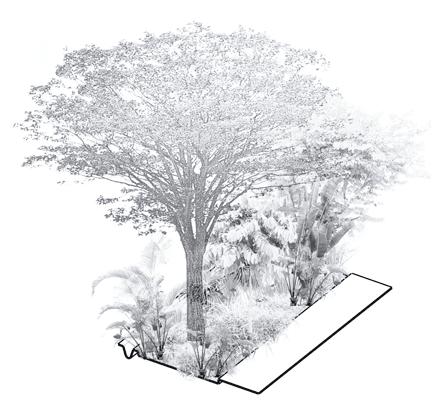

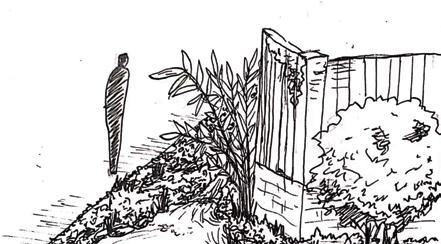






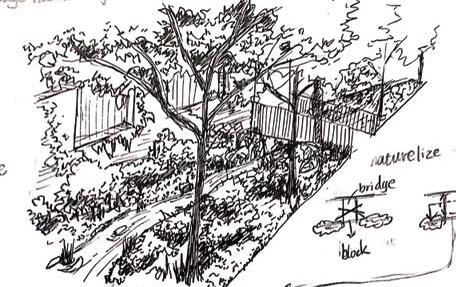




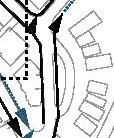

375
SCENERIES OF HABITAT
HABITAT MAP

376
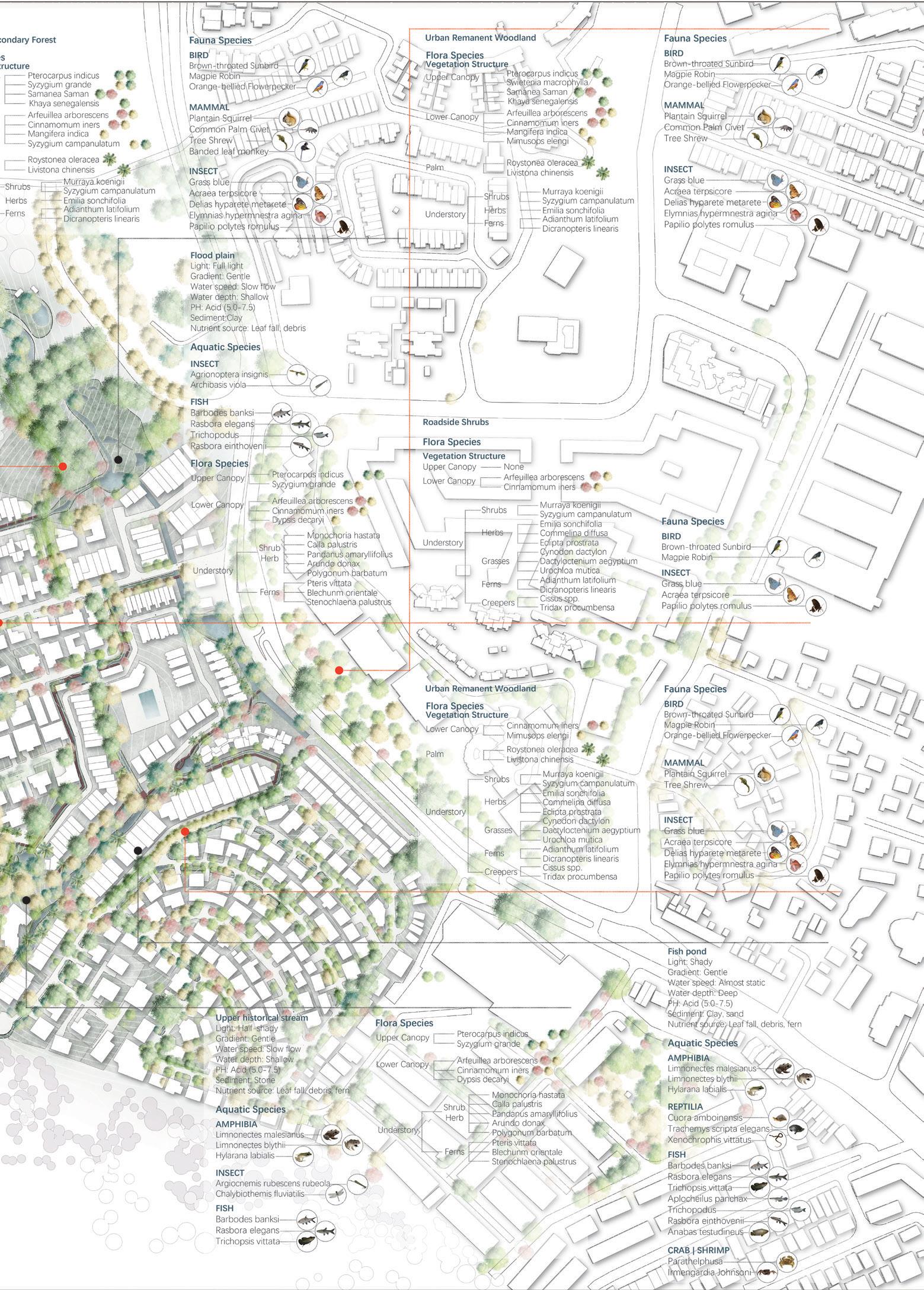
377
378
379
REFLECTIONS
My undergraduate major is the environmental art design , so my ability of logical thinking on landscape design was very weak, I decided to study the master course because I had the awareness of my weakness. During this semester, I spent a lot of time on the site analysis and design strategy, which also reflects my sweaty and lack in this aspect. I was not good at group cooperation on design, and it took me a long time to adapt to this method of teamwork in landscape design. I had to change my typology from commercial area to industrial area on the halfway through the semester. The study process of this semester can be said to be full of challenges and setbacks, but I had overcame these and I will work harder in the further study.
 Astrid Han Cong
Astrid Han Cong

The studio offered me with a more refreshing way of designing with ecology, especially after having had a few years of work experience prior to the MLA course. We were taught to think about every aspect and make the design solid through research, analysis and a thorough understanding of the sites chosen. The academic process started off with a rigorous research phase, where we visited parts of CCNR to get a better understanding of forests, how they function and their various complex layers. This helped and opened up various possibilities of how we can select our typologies and develop our design through the weeks. The importance of critical thinking, time management and prioritizing ideas are three major things I learned and hope to get better at. Though the process was intense and sometimes tough, I am excited to learn from this experience and apply it to future opportunities in the upcoming landscape studios.
Before having this studio, l haven’t had clear clarification of ecology, l used to connect it to just green. But this period helps me to know more about fauna, flora, people, nutrient, etc. Every layer in nature has its function. I began to learn more about the in-depth knowledge of nature. My design is about connection. It is a design trying to deal with the fragments separated by viaducts. In the beginning, l was struggling because it seems impossible to utilize the gray space under the structure. The low light density and concrete facet make it hard for animals to use. But more essay readings and professors’ instructions help me to find a way. The issue is challenging but interesting. I hope to deal with all kinds of challenging problems and learn more in the future.
Brynn Zhou Zuyuan

380
Bargotra Poornima
This first MLA studio was indeed a fruitful experience for me. It gave me an entirely different perspective on the importance of landscape ecology and design. Through the entire studio experience, we were tasked to uncover the value of what Central Catchment Nature Reserve represents in Singapore’s landscape identity. Striking the balancing between landscape ecology and human experience to create various design proposal was challenging yet rewarding. I have come to appreciate the fact that wildlife is an essential part of the ecosystem and that landscape design plays a vital role in protecting wildlife and augmenting the human experience. The site visit arranged with Dr Shawn Lam in identifying existing plant species was very helping and enriching. I’ve gained many insights into tree identification methods and would continue to apply this knowledge in future projects. Overall, this studio taught me to be analytical throughout the whole planning process and be bold in exploring new landscape design ideas.
Carissa Chin Qiwei


At the beginning, I was not fully adapted to the graduate study method, which required me to research, discover and obtain results.For example, when I started exercise 01, I started to use my original conventional thinking to study the forest. In fact, this part requires me to observe forest and consult materials to understand the forest succession. But then came the question of how do I present it, what kind of supporting material, to explain the succession of plants, the changes in species, soil and nutrients.At the end of the presentation, my Exercise assignment was not perfect.Back to my design project, streetscape.The first thing I need to do is to choose a road that fits with my exercise 01 project, plant succession.Therefore, I chose the relatively spacious Bukit Panjang Rd as my design site. Later, the multilateralism and complexity of this road brought me some troubles.I am constrained by my own ideas and hesitate to make design decisions.Rewilding’s theme is to be bold, to be brave.Maybe in the next studio, I will seek some more bold and innovative design methods.
Cheng Jing
Having background in Architecture since last six years, MLA definitely provided me with a very new perspective towards importance of knowledge regarding Landscape processes. Its integration with Built environment it very intricate. As part of “Re-Wilding Singapore” studio, we were asked to identify specific landscape typologies within 1KM buffer zone of CCNR and carry forward one of the area as study. My early exploration in Urban Park typology provided me an in-depth understanding of integral importance of their presence in an Urban Fabric. Further exploration of outdoor sports and recreational activities landed me into the world of Golf Courses and its impact. Through out the studio, as I explore golf courses in detail and make an attempt to strike a balance between its impact and importance as a buffer; it provided me with the insights related to various complex issues that a land goes through when transformed and molded to suit urban environments and recreational needs. Indeed, the exploration during the studio was a journey of life long learning and my very first foot into the world of Landscape Architecture. I am excited to push my limits and learn more in upcoming studios.
Rakholiya Ekta

381
Prior to this studio, which also happens to be my first encounter with landscape architecture formally, my approach to designing was more anthropocentric. As an architect, even though I was inherently sensitive towards the existing landscape while designing, I never really imagined giving fauna the centre stage and let it guide the creative process. The studio “Rewilding Singapore” has hence been an exciting and challenging journey which pushed me to understand other elements and user groups within a landscape and value them while designing. I really enjoyed the investigation into the real ecological value of green Singapore, and I feel we’ve barely scratched the surface but atleast it was a start! The structure right from exercise 1 to the final design was well put out for us so we just seamlessly moved on from one stage to another. Right from selection of site to designing experiences, it has a been a very real and immersive experience.And I believe it has changed the way I conventionally looked at designing of landscapes.
Dhuri Ruiee

Learning in tropical city, and studying tropical forest, the first MLA studio “rewilding Singapore” gives me many opportunities as well as inspiration to understand tropical landscape in courter scale. I am a beginner in landscape architecture, yet I get myself devoted into the landscape design with the help of the instructions from exercise 01 to exercise 02, and to final project. I obtained a wide range of knowledge about tropical forest, including the process, fauna and flora species, animal behaviors, water and nutrients, which push me deeper and deeper in landscape project for Windsor Neighborhood. I have a detailed and elaborate study of waterscape typology, drainage typology in our group, as well as the analyzing process of waterscape in a logical procedure. From major watershed of the whole island, to sub watershed in site, from major canals to tiny drains, from upper stream forest to down stream city, we learn about the water systems deeply and finish our project in order. Group work also gives me a different experience as we try to divide and organize each individuals’ responsibility. Moreover, the studio encourages to try new thoughts and ideas, which I will continue to learn in future study.
Wang Haobo

This semester had been enjoyable. I had learned about the importance of site research and how it helps to inform and shapes our design thinking process. To “design with time” is the main challenge I encounter this semester. As I had never done any time-related project in my previous studios, I am glad to be guided and allowed to learn something new this semester. Overall, I felt that this semester had been a tough one but with a rewarding learning journey. I am also glad the studio invites various guests with different areas of expertise to share with us their knowledge and views. It was an eye-opening experience to see things from their perspectives and receive comments from the guests.

382
Lim Wenfa
The first MLA studio has given me a brand new experience in this field which is so different from my undergraduate studies. During the early stage, the whole class spent a long time together to do research about the entire Singapore. We were divided into small groups and each group focused on different landscape typologies. The information and analysis I done played a critical role in my designing process. Additionally, the method and framework I learned from other courses such as Geodesign and biology has shaped my design to be more convincing eventually. Although I had a time struggling with dealing the conflict and transforming, I landed softly and my independent thinking is enhanced. I sincerely hope for the further explore in landscape, I could gain more.
Xiao Xinyan

The first studio in NUS ended, for me, it is a completely different field from my undergraduate study. I am delighted to have the opportunity to experience how to design a naturalized design with ecological knowledge in this semester. This is also the first time for me to use different layers for group operations, it is also a brand-new experience for me to learn how to complete this project from the macro and micro perspectives using the GEO Design. Of course, I still have shortcomings in many aspects. I hope I can continue to improve myself in the following study in the studio.
Zhang Bingyi
For me, the whole ‘Rewilding’ project is a relatively new field. The first studio in NUS focuses on more research, which is quite different from the study during my undergraduate period. From my perspective, the gradual process of the final project is derived from a plurality of different exercises. In the process, I have learned a lot of ecological knowledge, how to deduce my site in a convincing way and how to overcome the difficulties I encountered during the process. Furthermore, it is an excellent benefit for me to communicate with my classmates with different educational and cultural backgrounds, the different opinions and the way to solve the problems. I am ready to welcome the challenges to be posed for me in the next studio.
Zhong Yixin
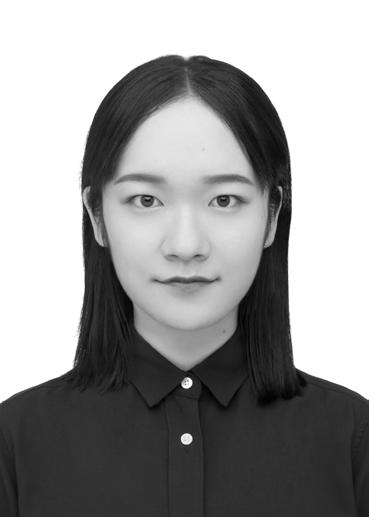
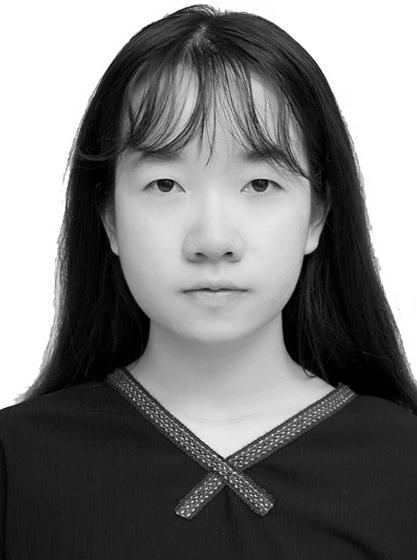
383
This studio was an unforgettable start to my MLA program. Undeniably, working on these projects was difficult at the beginning, but after field research, material reading and tutorial guidance, I found that I could make my project more logical and reasonable step by step. It is a brand-new experience for me to complete a natural design under the guidance of ecological knowledge. I realized the importance of combining design with nature and trying to create a sustainable and resilient habitat for both humans and wildlife. Every moment spent on the studio is worthwhile because of the new things I could learn every step of the way. Finally, I really appreciate the help from tutors and classmates in the learning process.
Zhou Xianfeng


The studio in this semester is really an enjoyable learning experience for me. It is different from the design I have done before in my undergraduate. Firstly, we had exercise 1 to research the interesting field we chosen and tried to learn more in it. The part I chosen is freshwater swamp forest, which guided my design later. Next, the exercise 2 we analyzed the different landscape typology, and our individual work was based on the analysis and research we have done. I learned that the independent and logical thinking is critical for a landscape architect. I used to focus on the some superfluous aspects, now I know learning deeper and careful about the site and the materials supported my design are very necessary. This is the first semester in my graduate, I hope to get better and further in the next steps.
Lyu Jiawei


This studio makes me understand many aspects that I had not paid attention to in my previous study and work design and I began to pay more attention to the ecological value brought by the landscape and the intervention from the biological level required in the process of sustainable urban development. Although I encountered many challenges in the design process (such as solving the contradiction between plant growth and urban environment), these problems pushed me to think more deeply. I hope that I can keep my research direction in the future studio study, have a deeper understanding and thinking about the operation mode of the ecosystem, and apply it to my design.
Feng Zihan
In this first semester of graduate study, I have learned to develop a design project in a brand-new approach compared to that in my undergraduate stage. The project started from a series of researches upon both CCNR and the selected landscape typologies. It was quite challenging for me, but it has extended my understanding of forest ecology and ecological design. When it came to the individual design project, based on a very detailed analysis of my site, I was inspired to come up with specific strategies. Then, the whole design process followed closely with my strategies, and all the previous research I had done became strong supports to the design. During these three months, I also learned about the importance of time managing and stress management. It was sometimes painful but finally turned out to be sweet. I am happy to learn from so many excellent professors and classmates in this studio.
Shao Zhongran
384
I’ve learned about how to make fully use of the data I gathered and find out the problems and the opportunities based on the comprehensive analysis of the data . In this way, I’ve learned about how to design more logically and scientifically .I enjoyed the working process here to study the site as a group and share the results with each other. In this way, I achieved a more comprehensive and deeper understanding of the site. I was amazed by the power of corporation.“Rewilding Singapore” is an interesting and challenging topic for me. I’ve learned about how to design with the consideration of the life of fauna and flora in the urban area, and tried to combine the outdoor and indoor the shopping mall with spatial design and design of natural-ba se commercial activities in my personal design which was a totally new try for me.
Zhang Yifei


Rewilding Singapore is an exciting project. This topic deeply discusses the boundary that can be reached by the coexistence of humans and nature in modern cities. It not only broadens my horizon to see the world, but also continually changes my understanding of the relationship between man and nature through learning and recognizing new creatures. Singapore is a country with plenty of rain and the warm climate. The fauna and flora here show incredible vitality and life forms. In the process of learning food chain, plant growth law and other knowledge, I increasingly feel that nature has a complete structure of life. As a landscape architect, the way to genuinely wild Singapore, based on familiarity with plants, is to complicate and localize the structure of natural habitats constantly.That’s how landscape architects really design nature
Zhang Bingqian
Looking back on the semester, the first day of the studio seems like yesterday. Honestly, the studio was too fast for me to keep up with my classmates. On the other hand, I tried to keep thinking about the relationship between humans and nature because my part was the scenery in CCNR for exercise 1, and the human flow in the Windsor neighborhood based on the water flow. Rewilding seems to be a concept opposite human activities. However, through my research with the group members and seeing my classmates work, I realized the forest would give us the bleeding when we build a nutual relationship with a respectful attitude. It is significant to appreciate nature as the pioneers and the people in the old times used to feel when they initially developed Singapore. Finally, although it took a lot of time, I think that I was able to put the things which I captured in CCNR into my design, responding to the water flow and flora and fauna movement which my co-members worked on. I would like to pursue landscape in the region while improving my work speed.
Tanaka Mamiko

385
Editors:
Bargotra Poornima
Cheng Jing
Chin Carissa
Dhuri Ruiee
Rakholiya Ekta
Zhang Yifei
Zhong Yixin
Zhou Zuyuan
Copyright © 2019 Hwang Yun Hye and Endo Kenya (ed.)
ISBN: 978-981-14-4217-9








































































































































































































































































































































































































































































































































































































































































































































































































































 Moisture
Moisture
Moisture
Moisture













































































































































 Daity farm
Daity farm






















































































































































































































































































































































































































































































































































































































































































































































































































































































































































































































































































































































































































































































































































































































































































































































































































































































































































































































































































































































































































































































































































































































































































































































































































































































































































 Unused site used as event planting beds with fruiting trees
Surface Carpark & Road Blk 253 4 floors
Unused site used as event planting beds with fruiting trees
Surface Carpark & Road Blk 253 4 floors



































































































 Lim Wenfa
Lim Wenfa




















































































































































































































































































































































































































































































































































































































































































































































 Astrid Han Cong
Astrid Han Cong


















